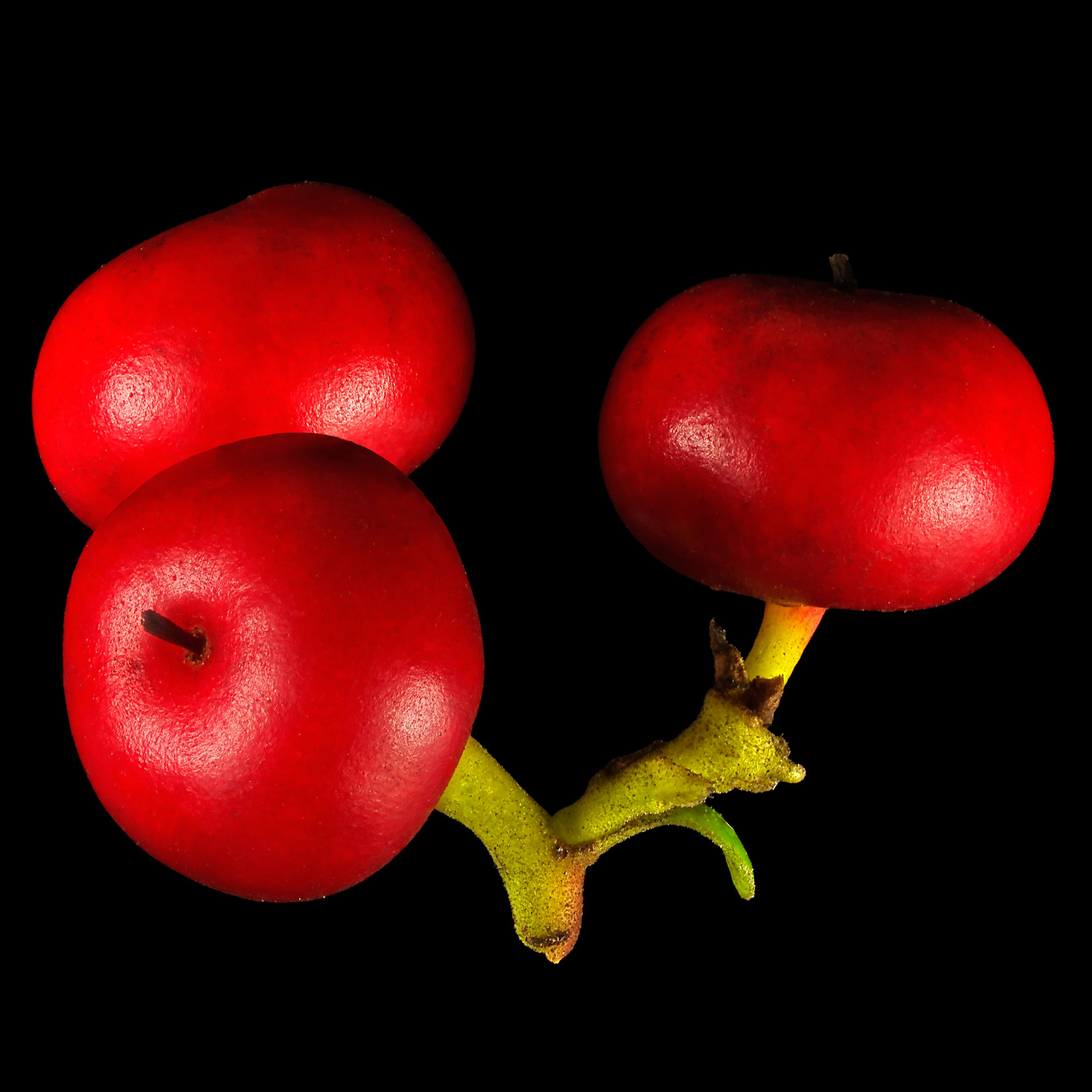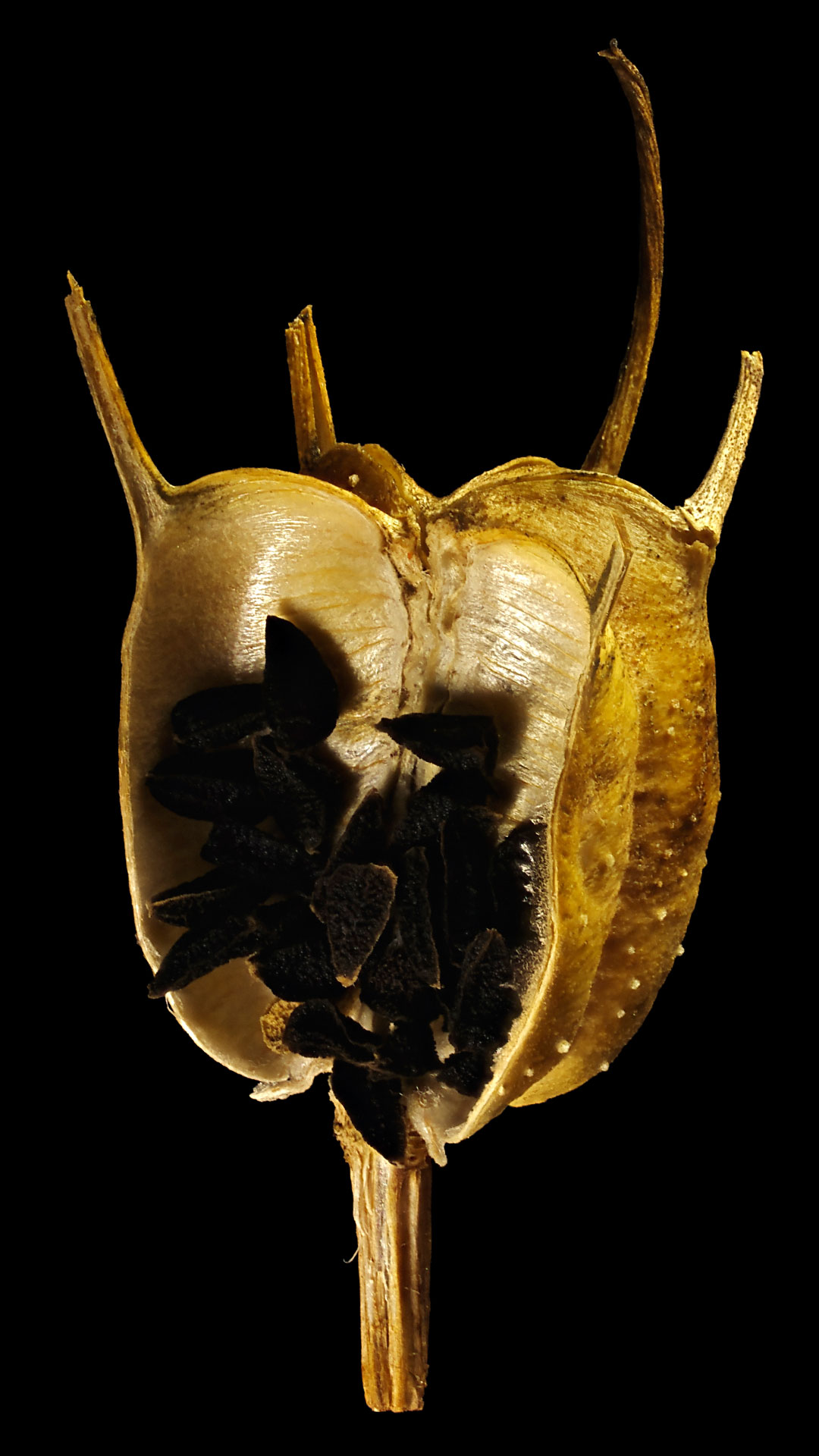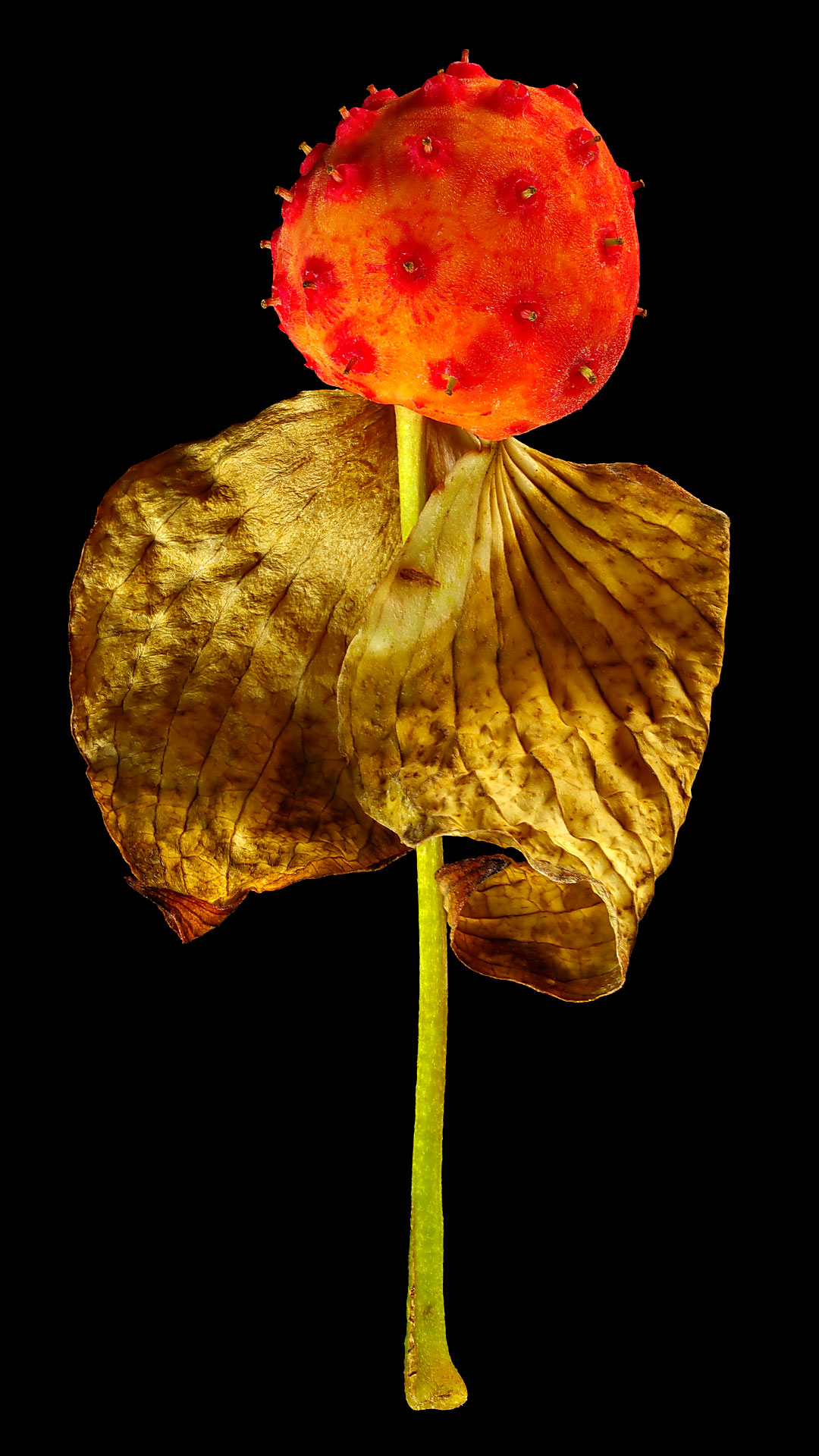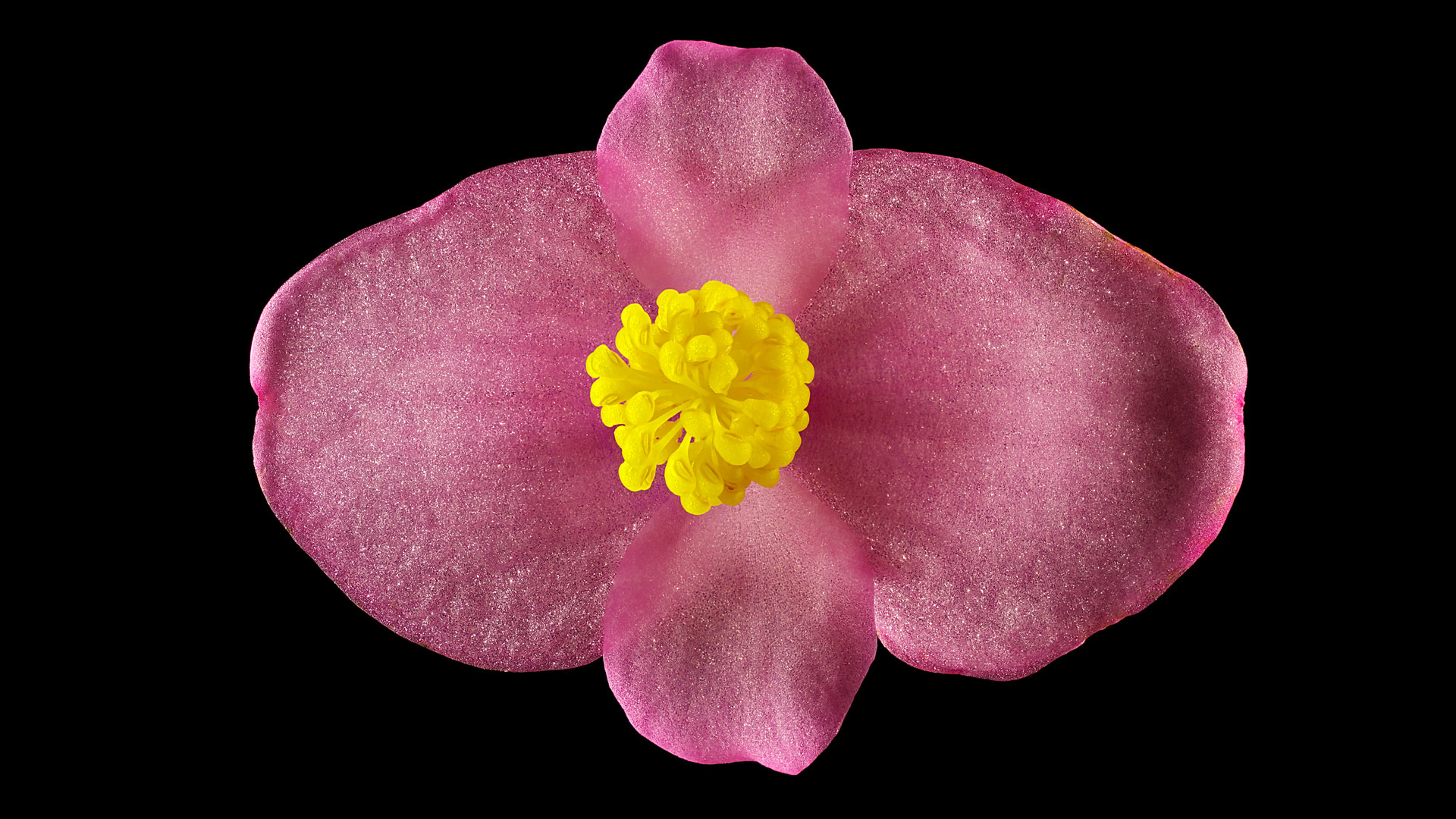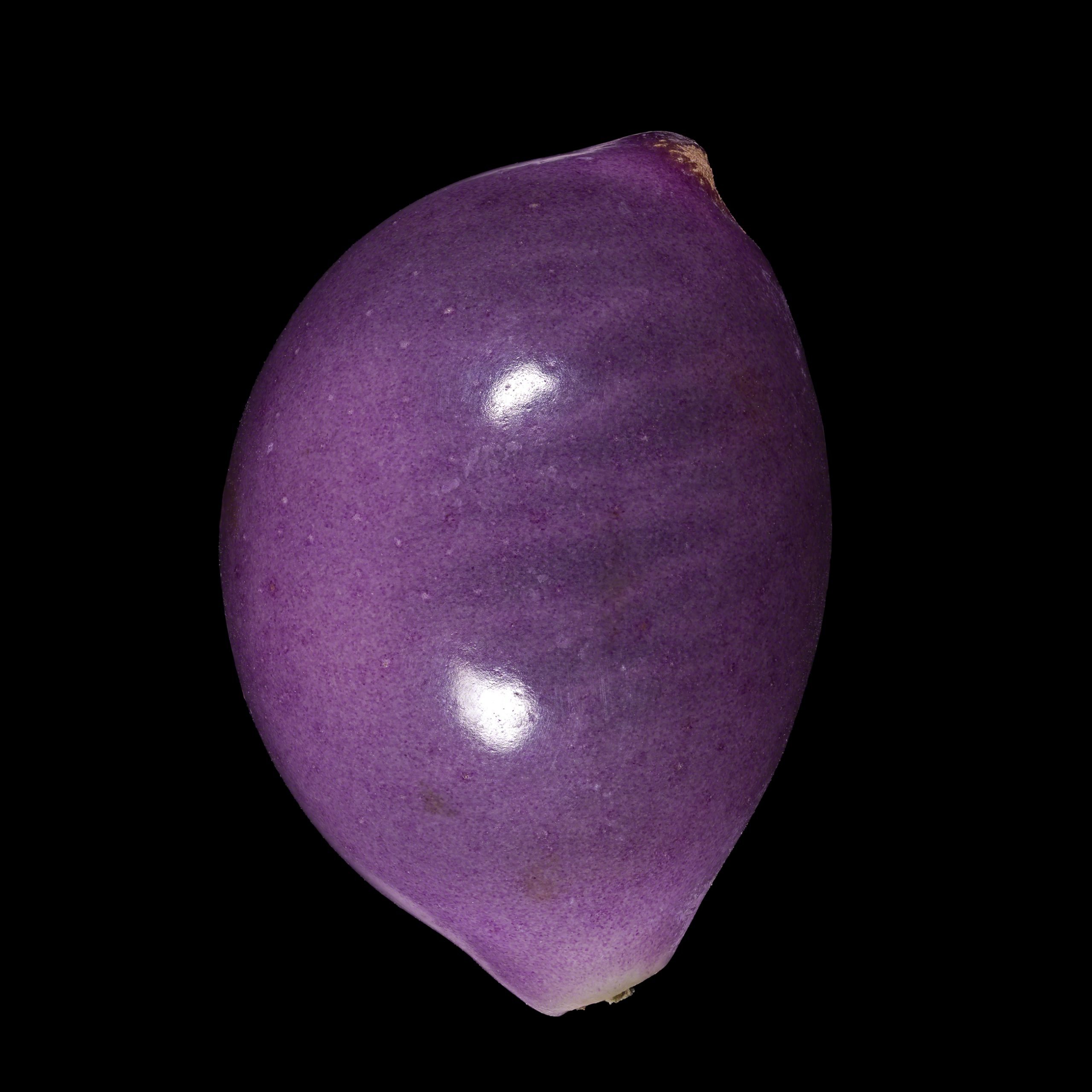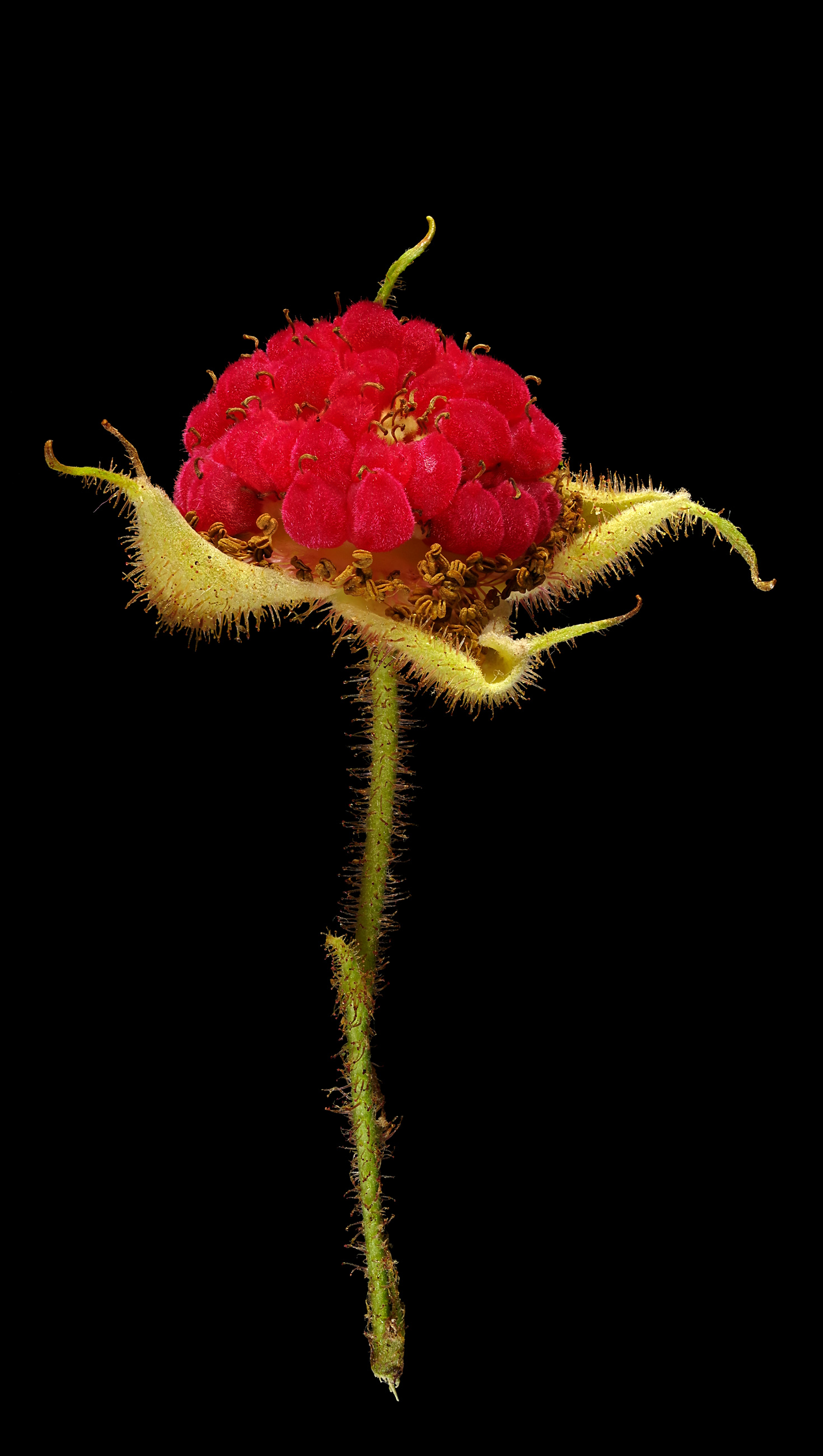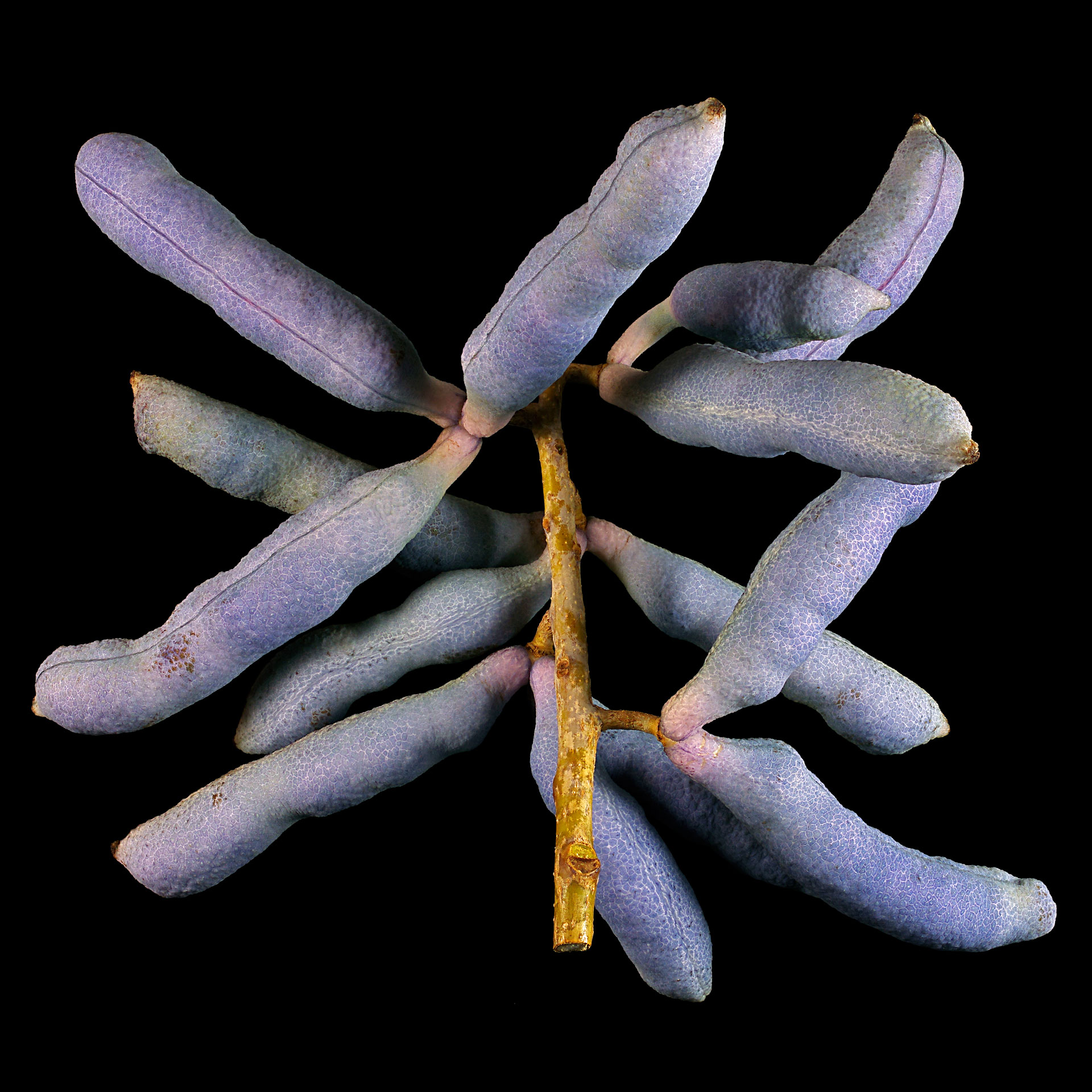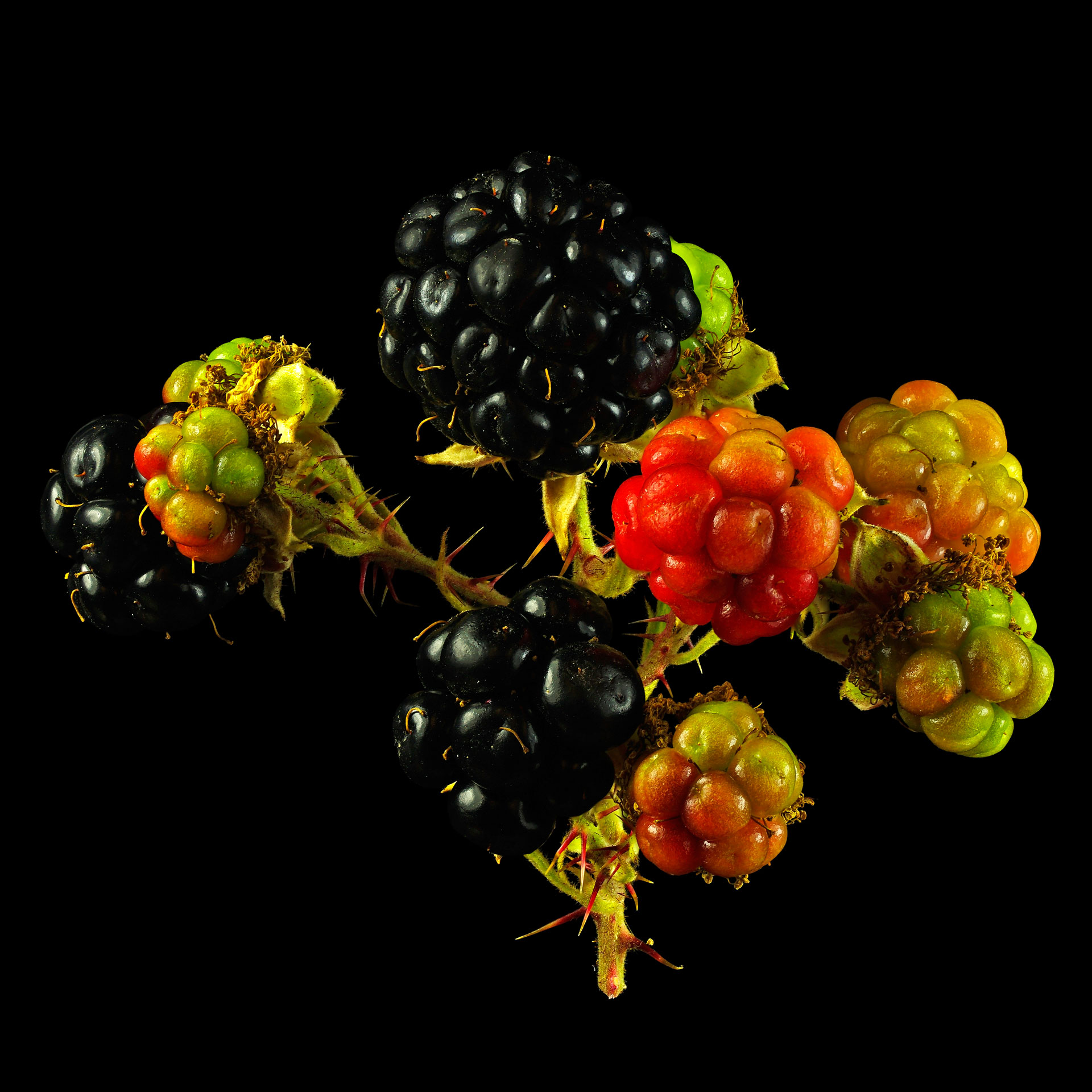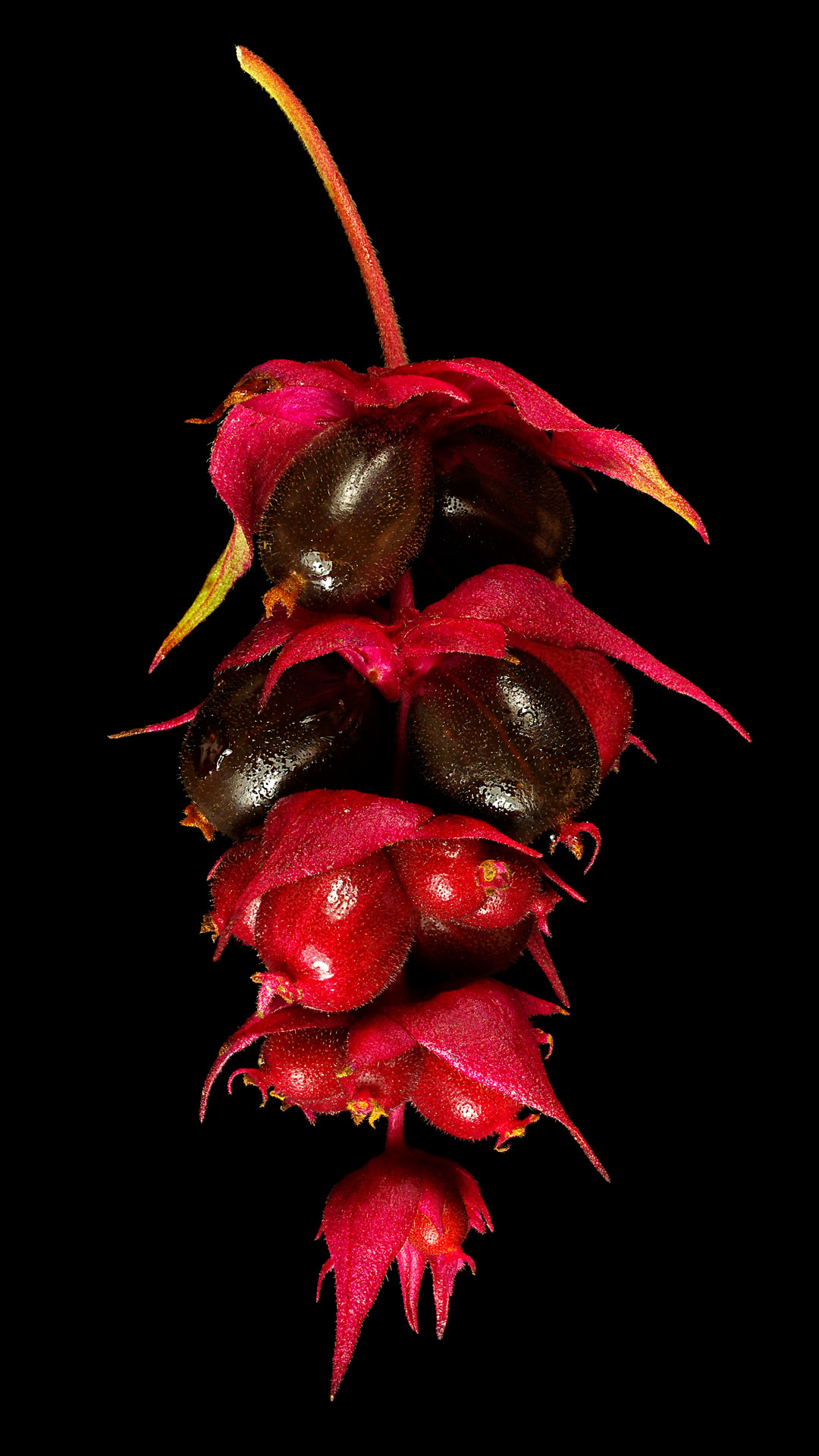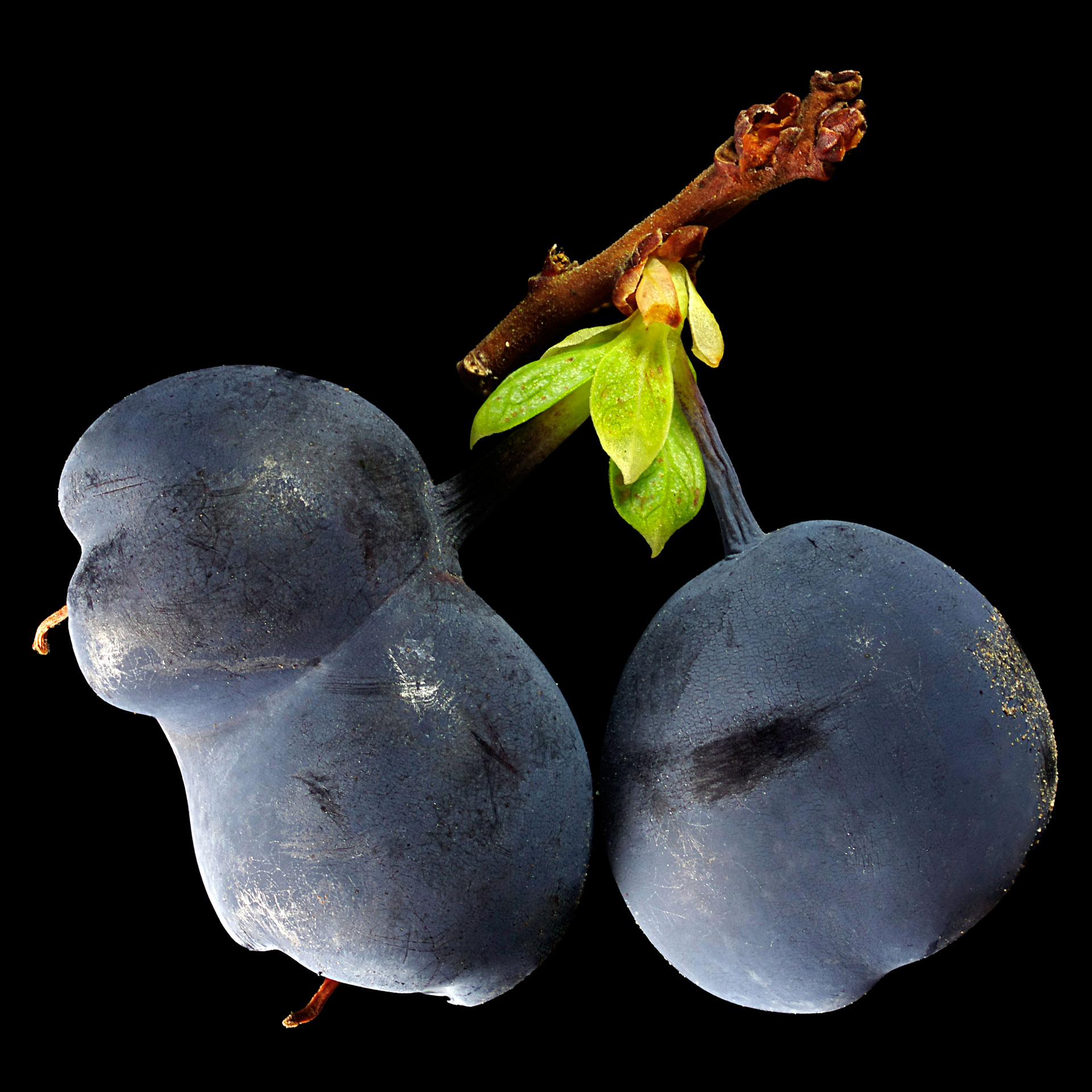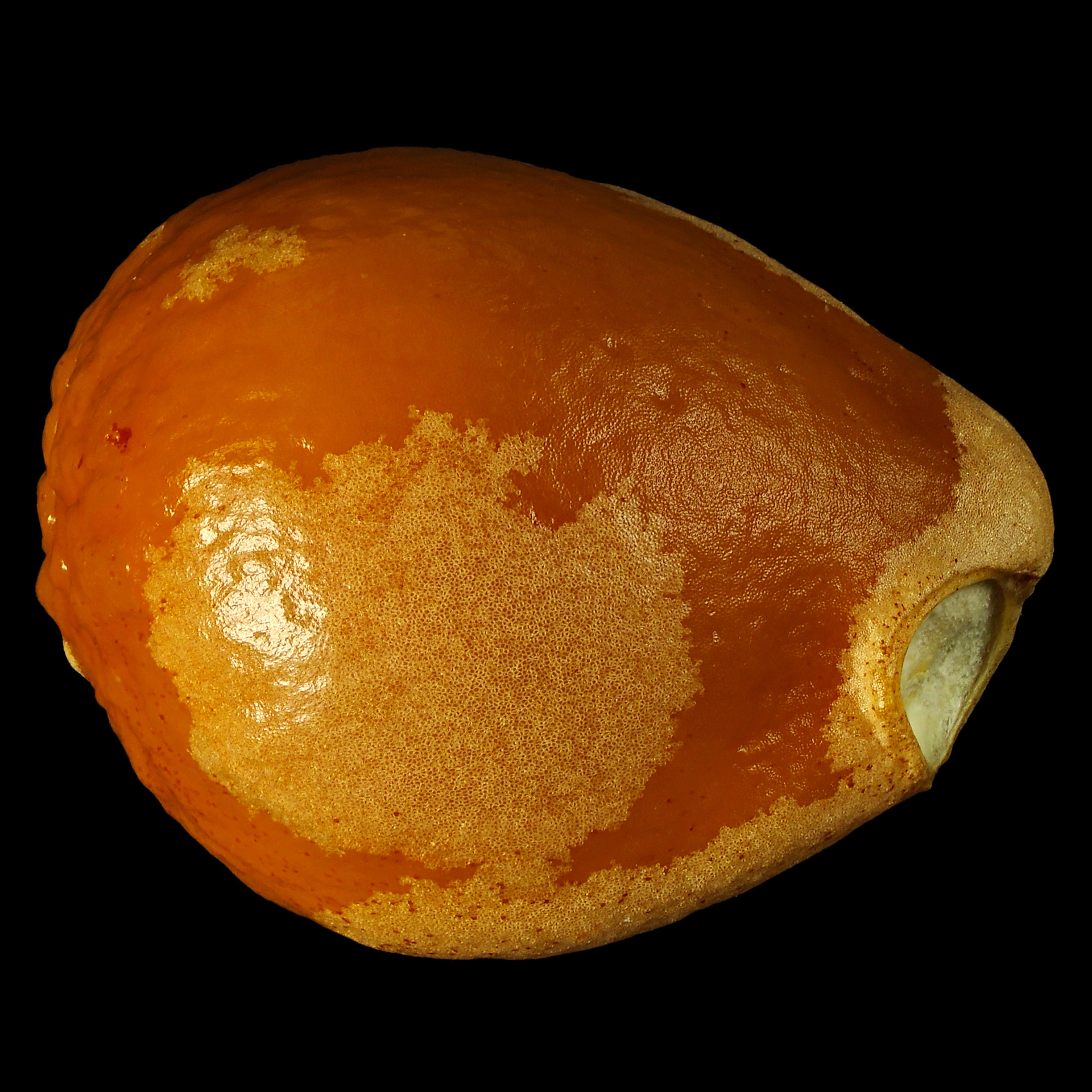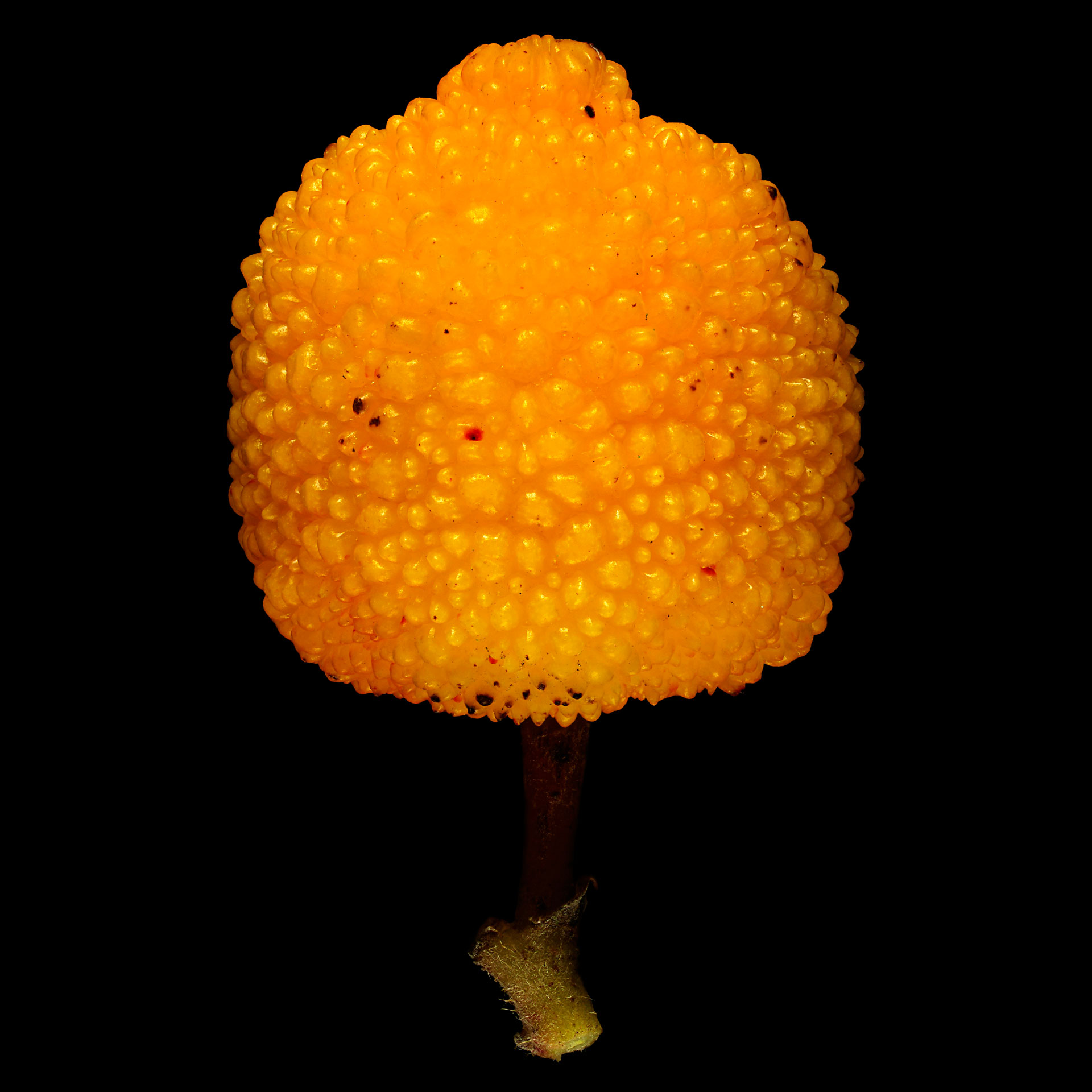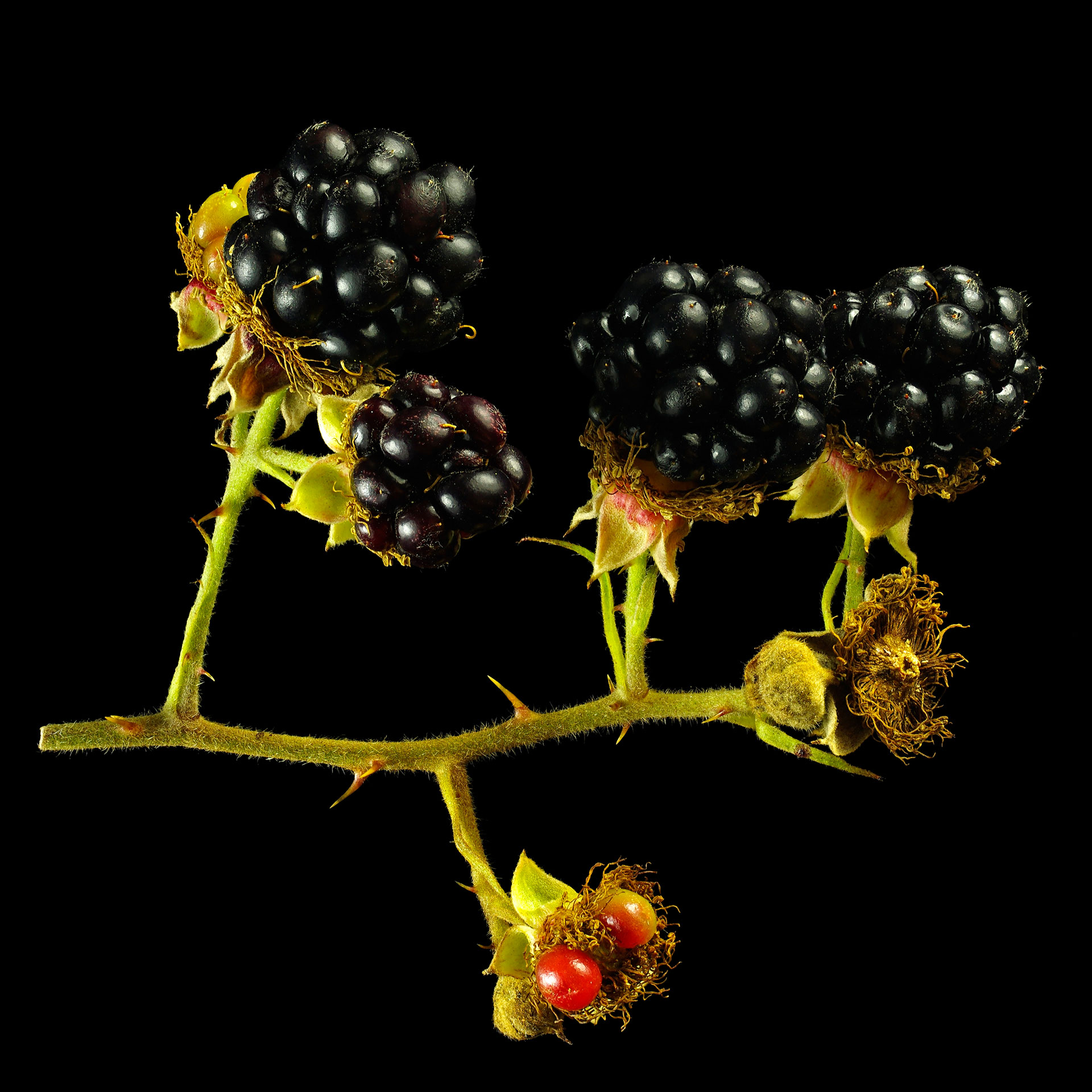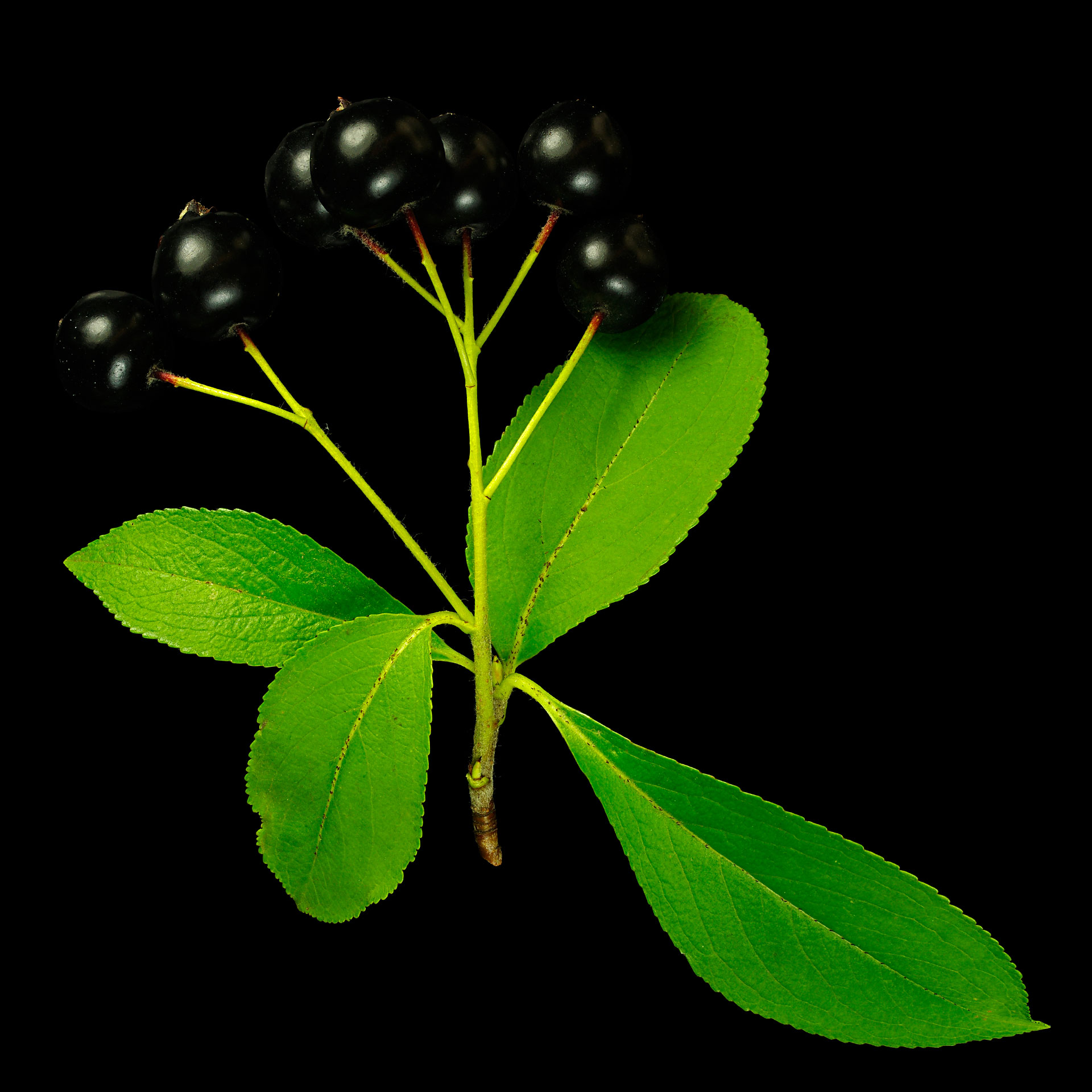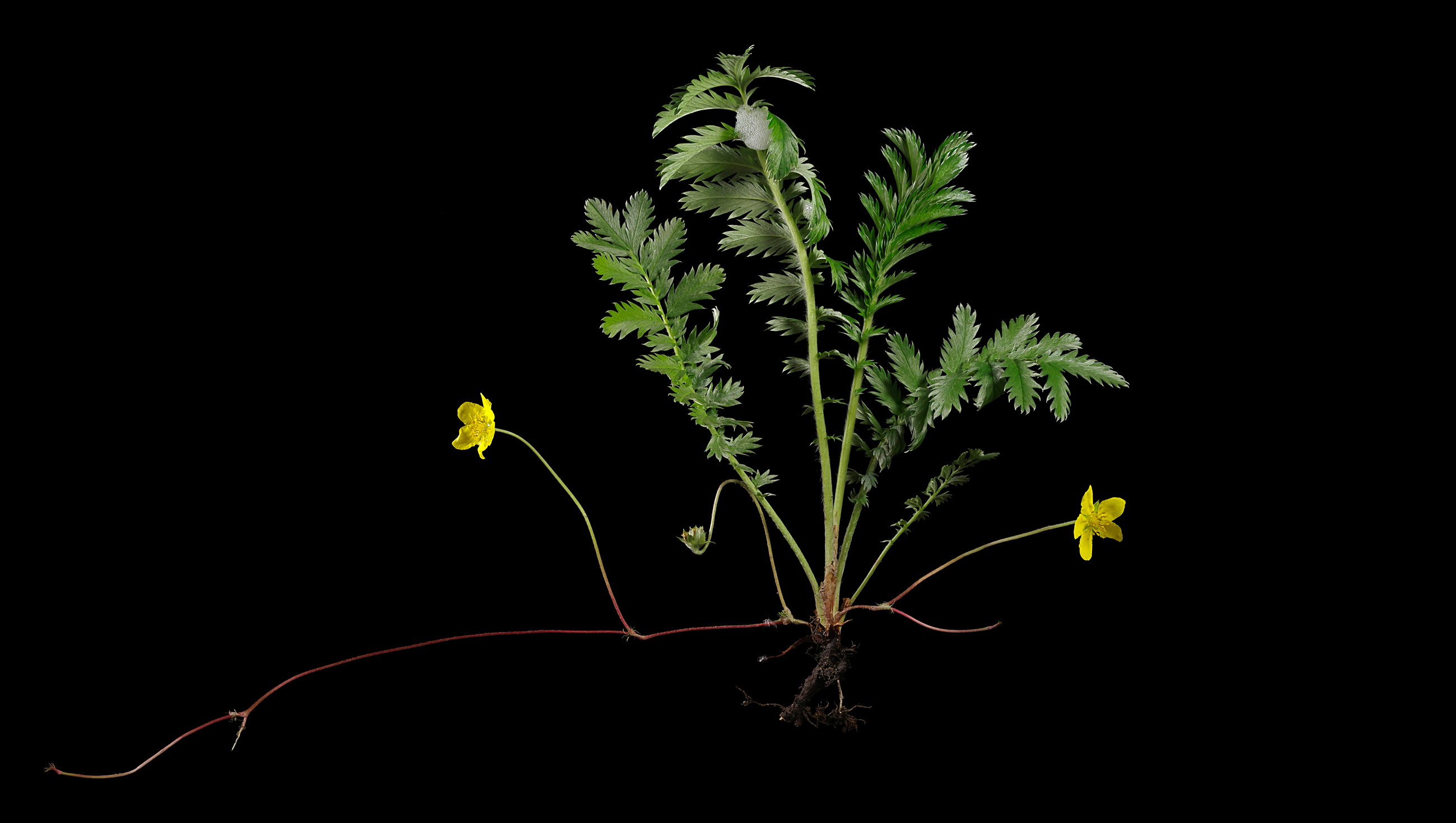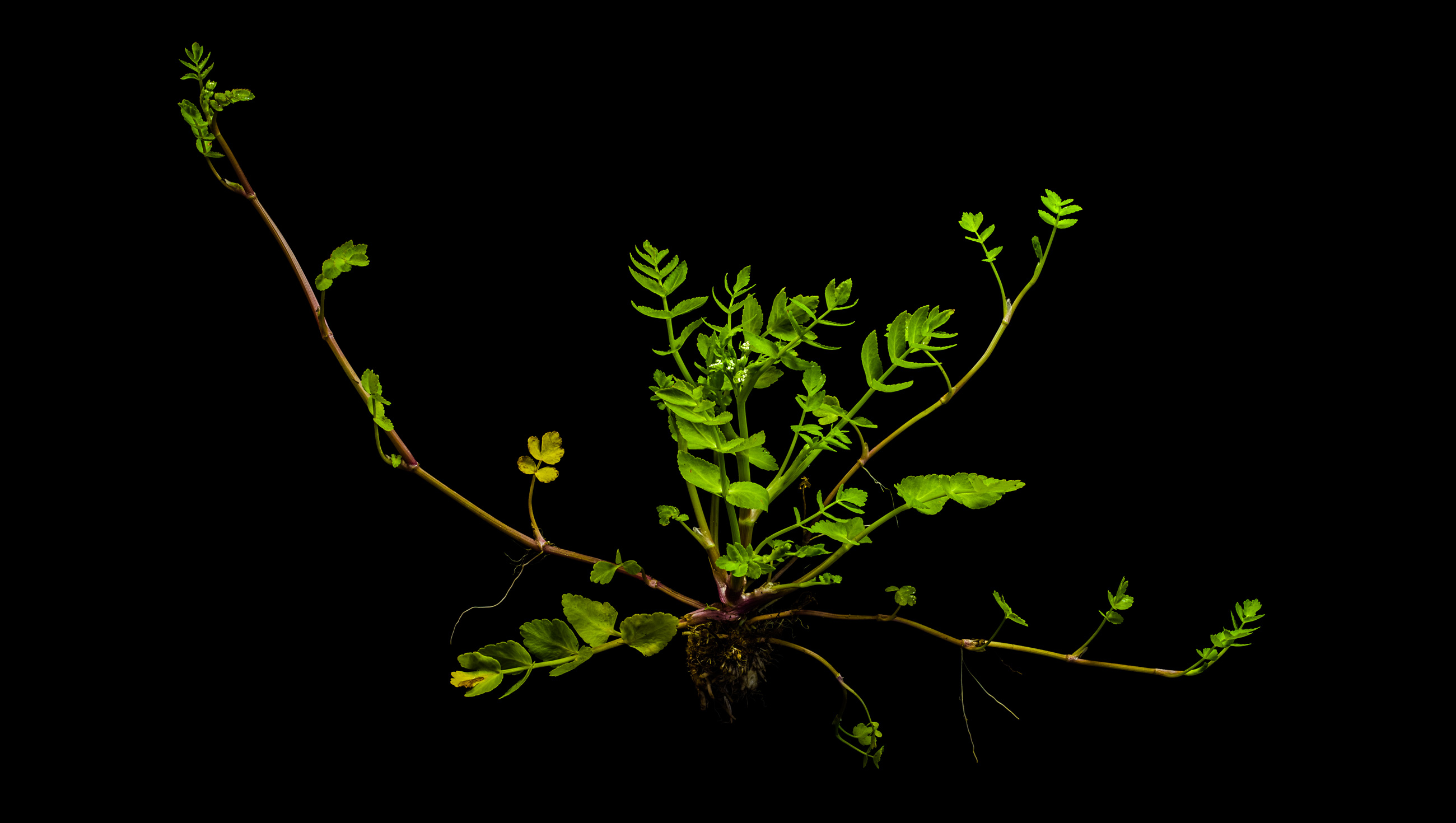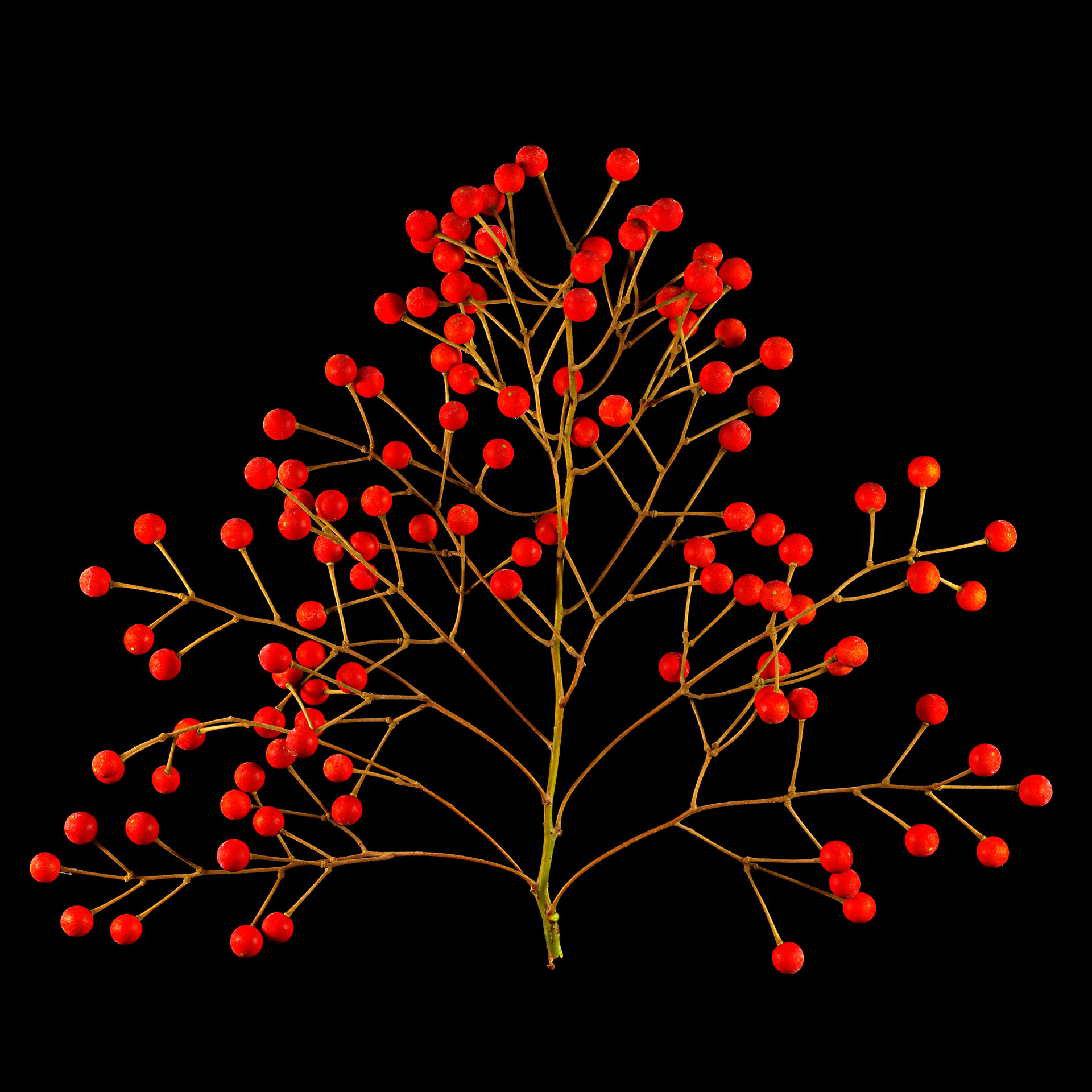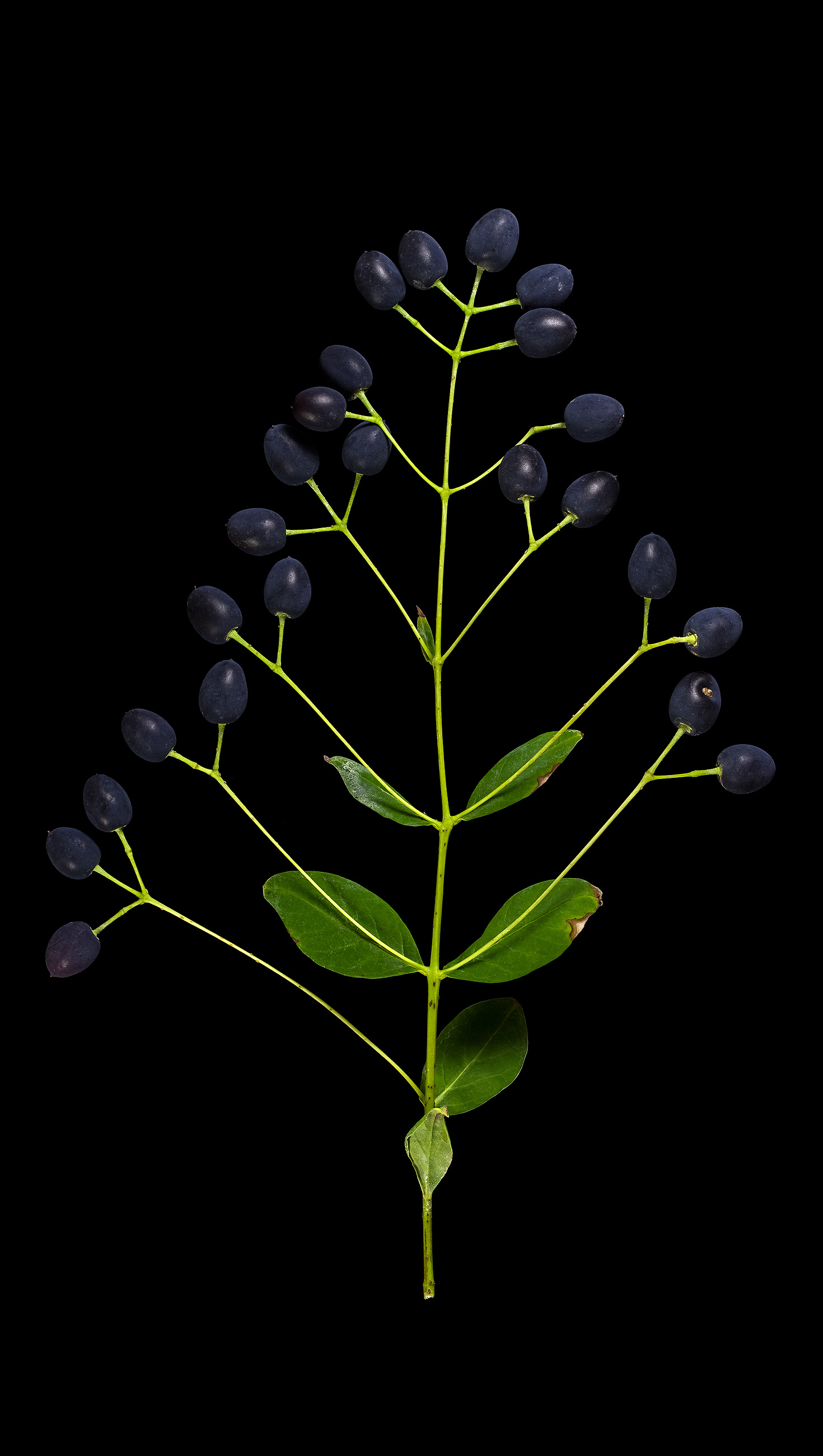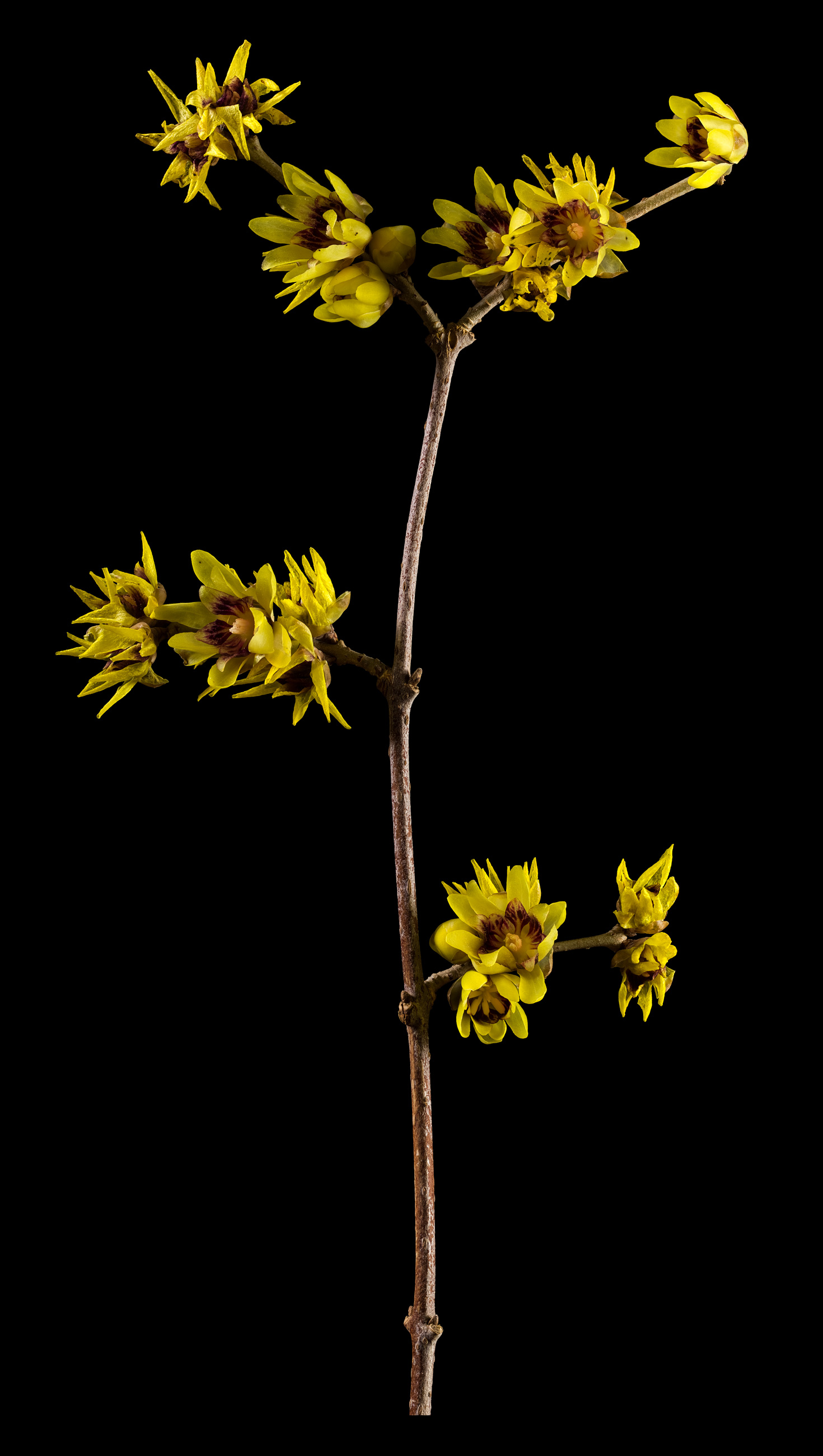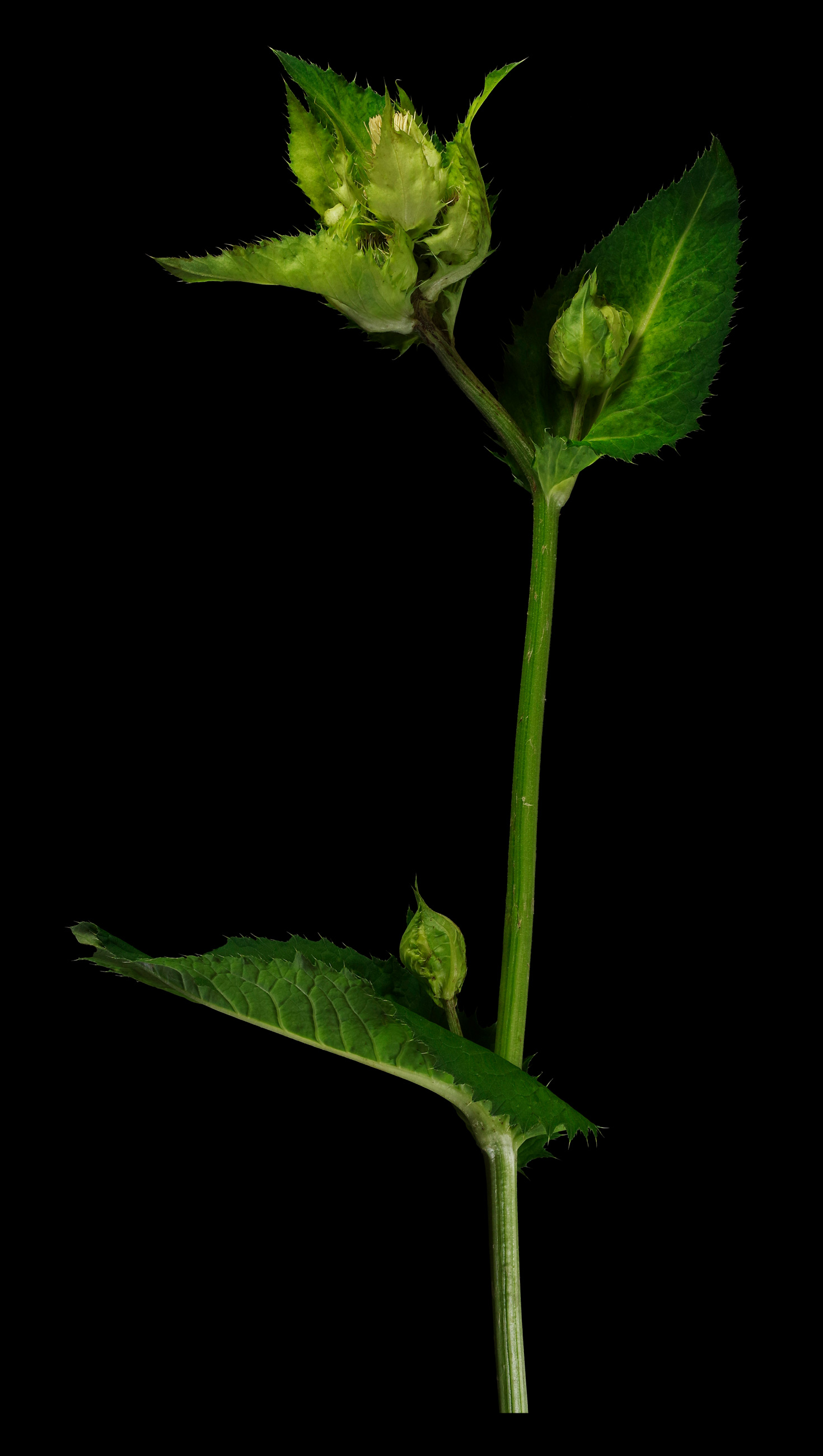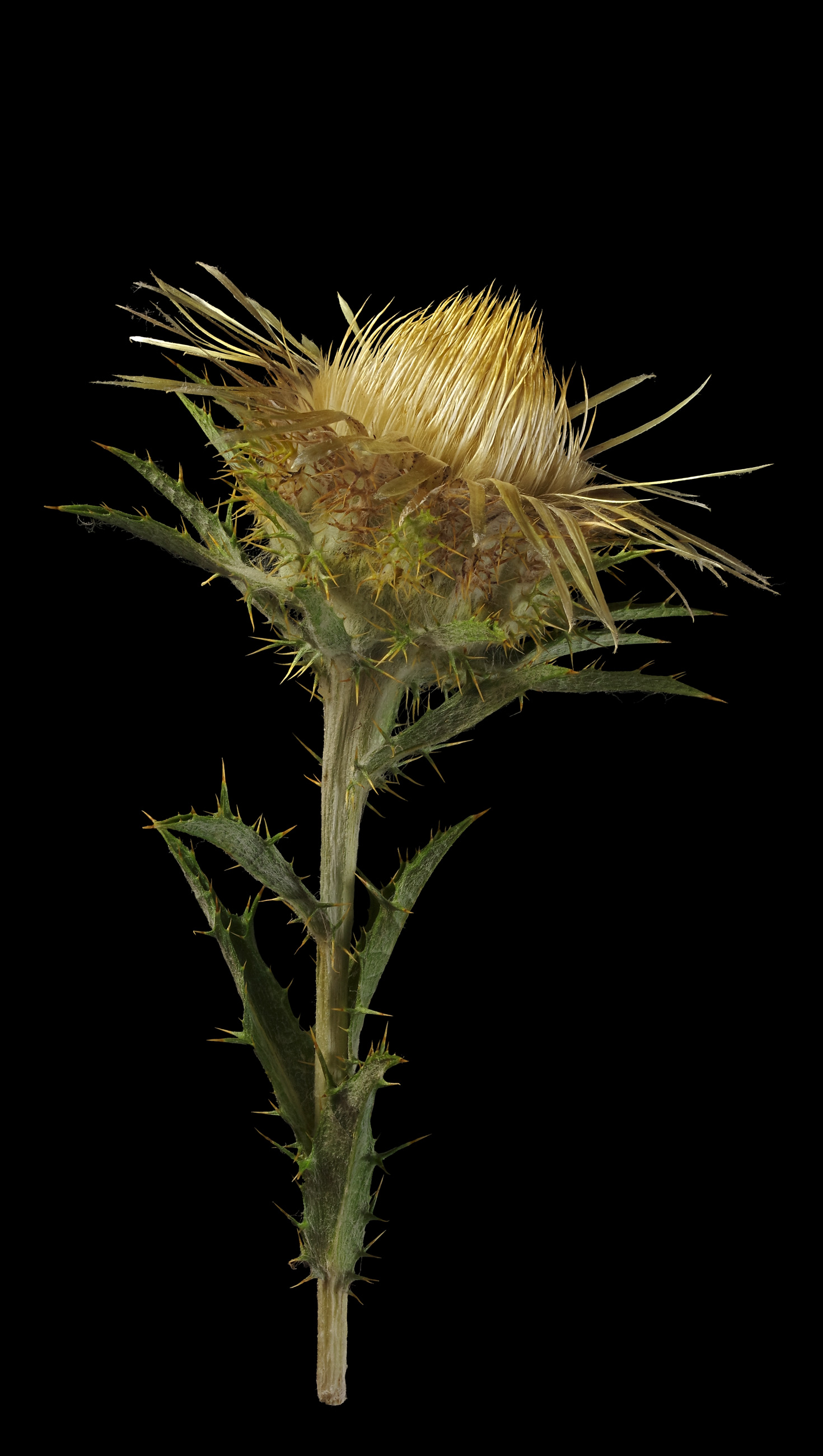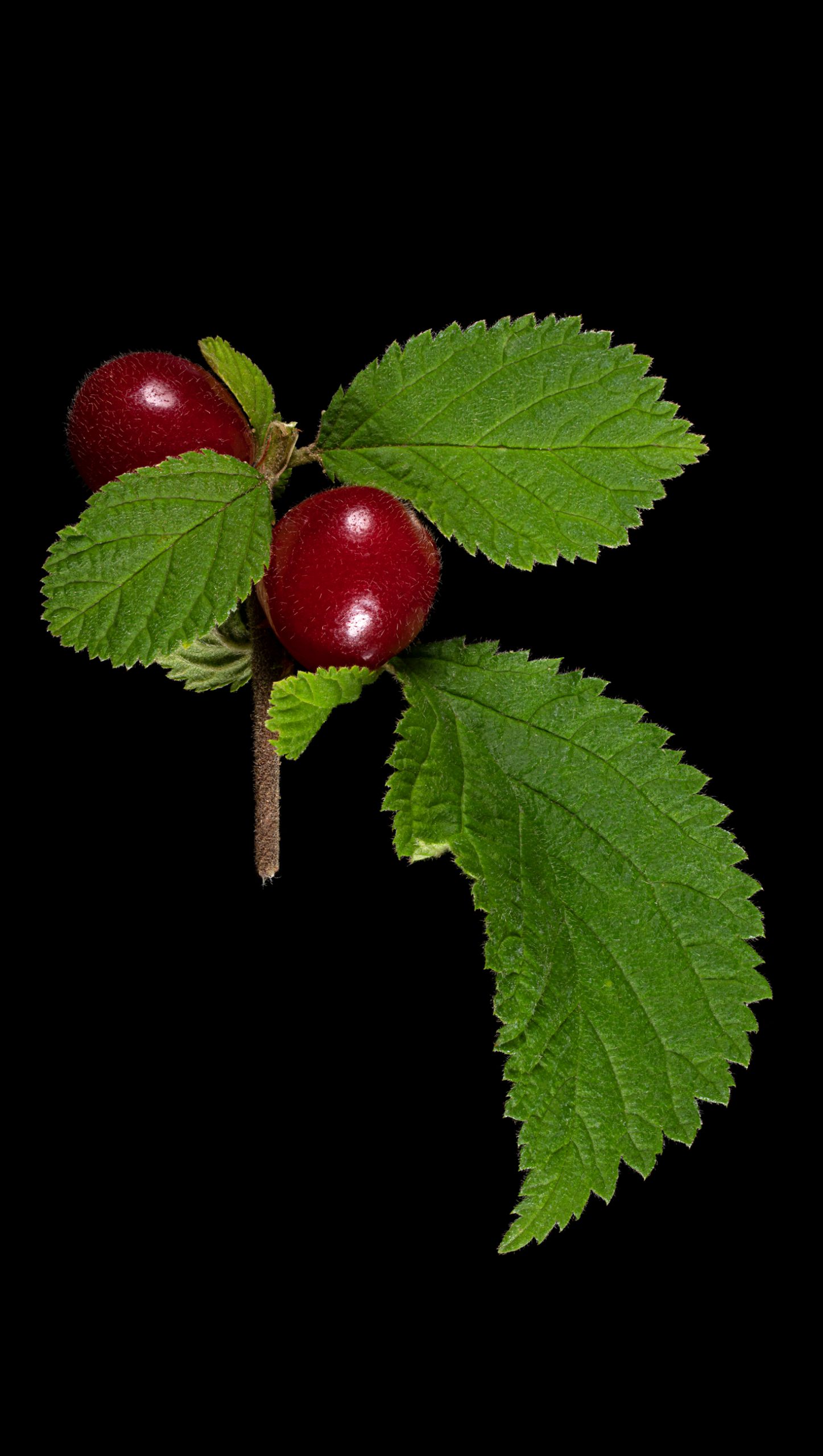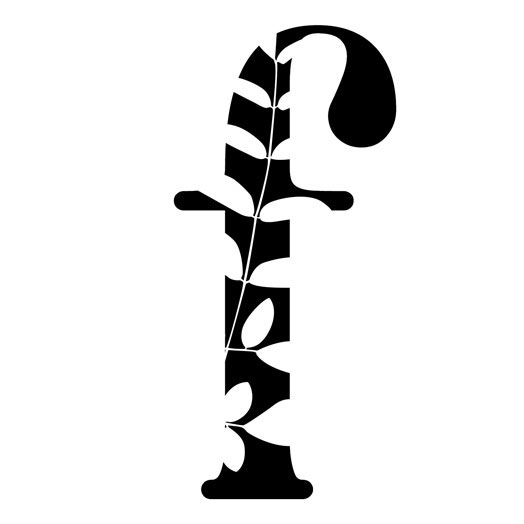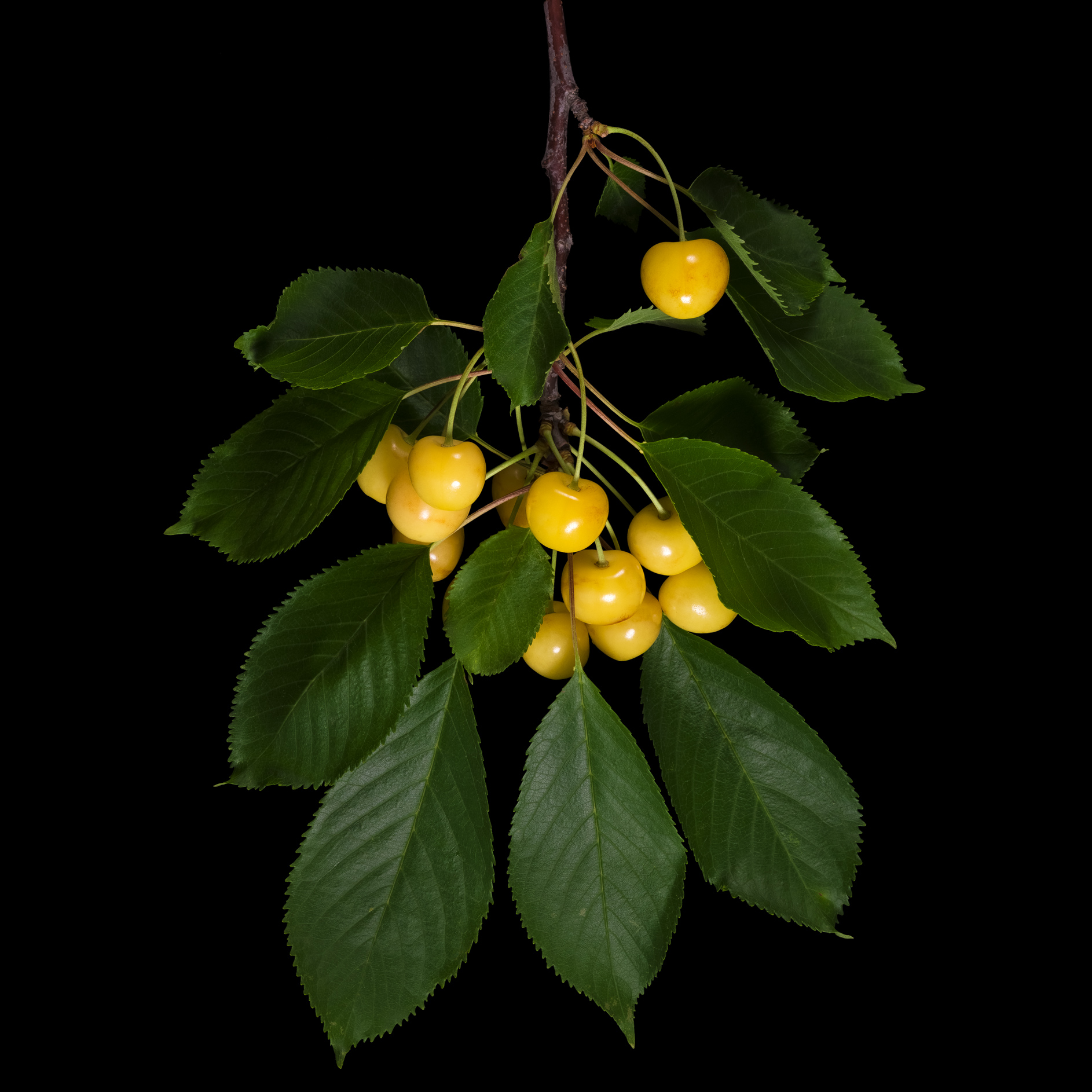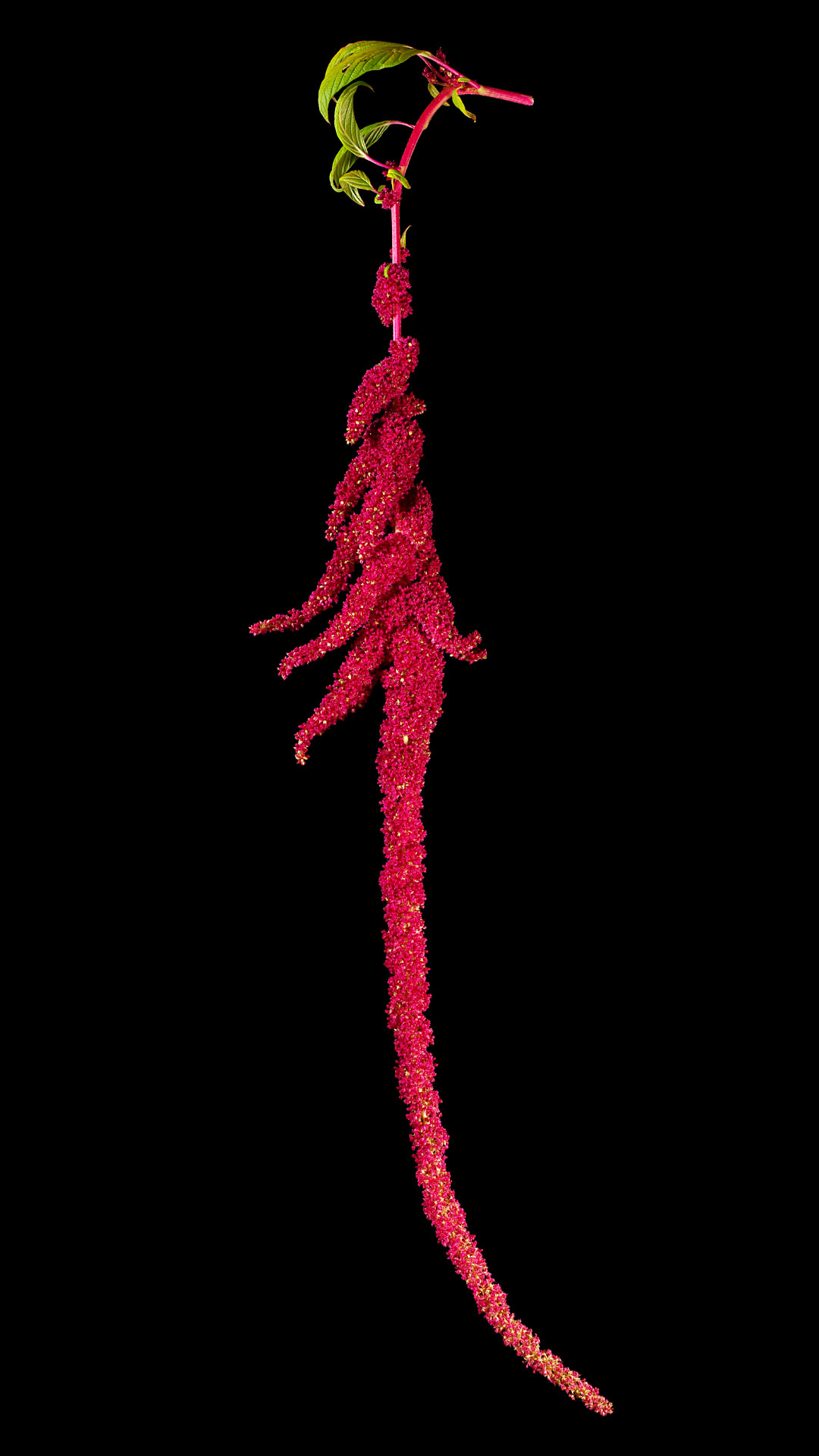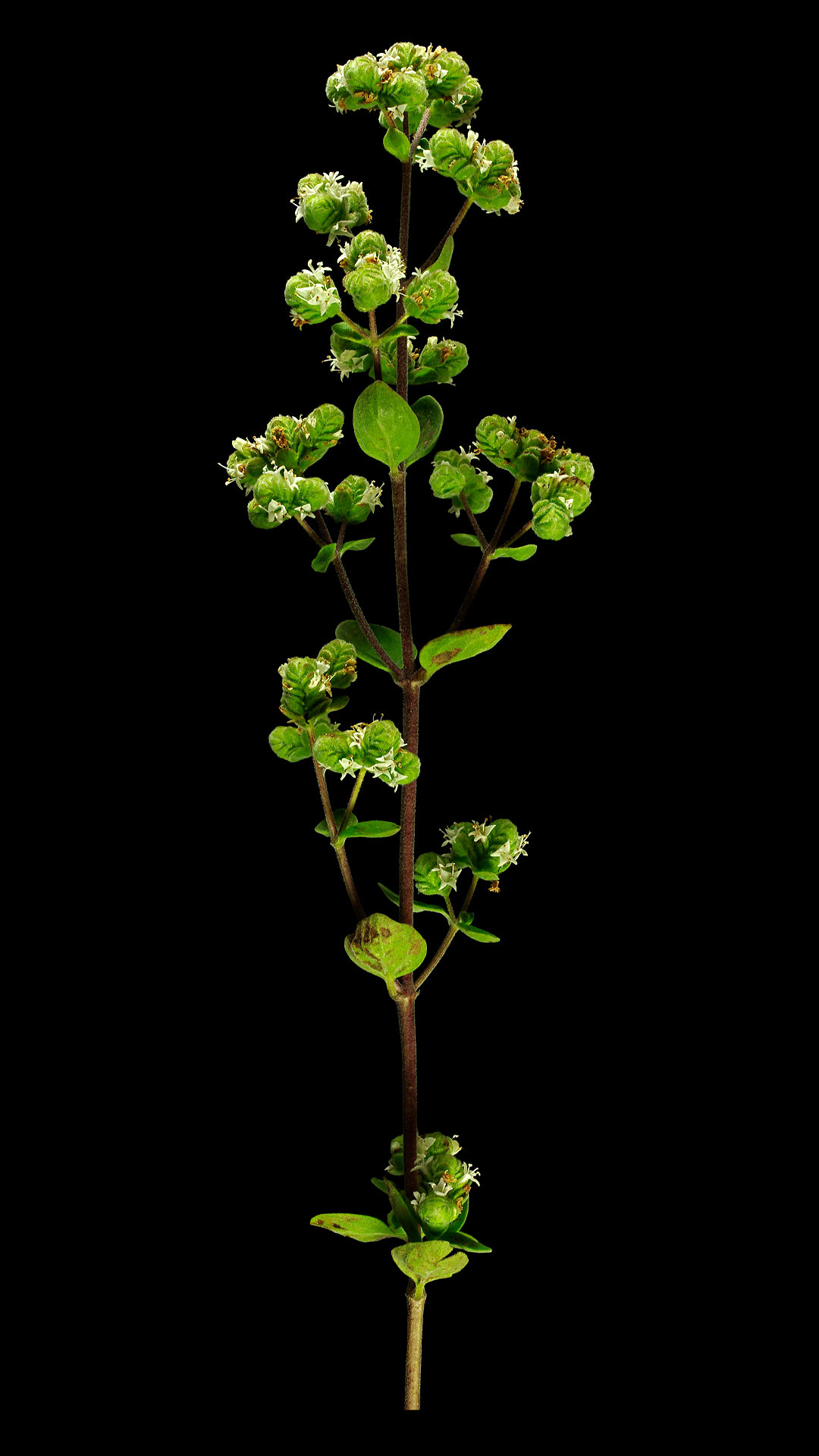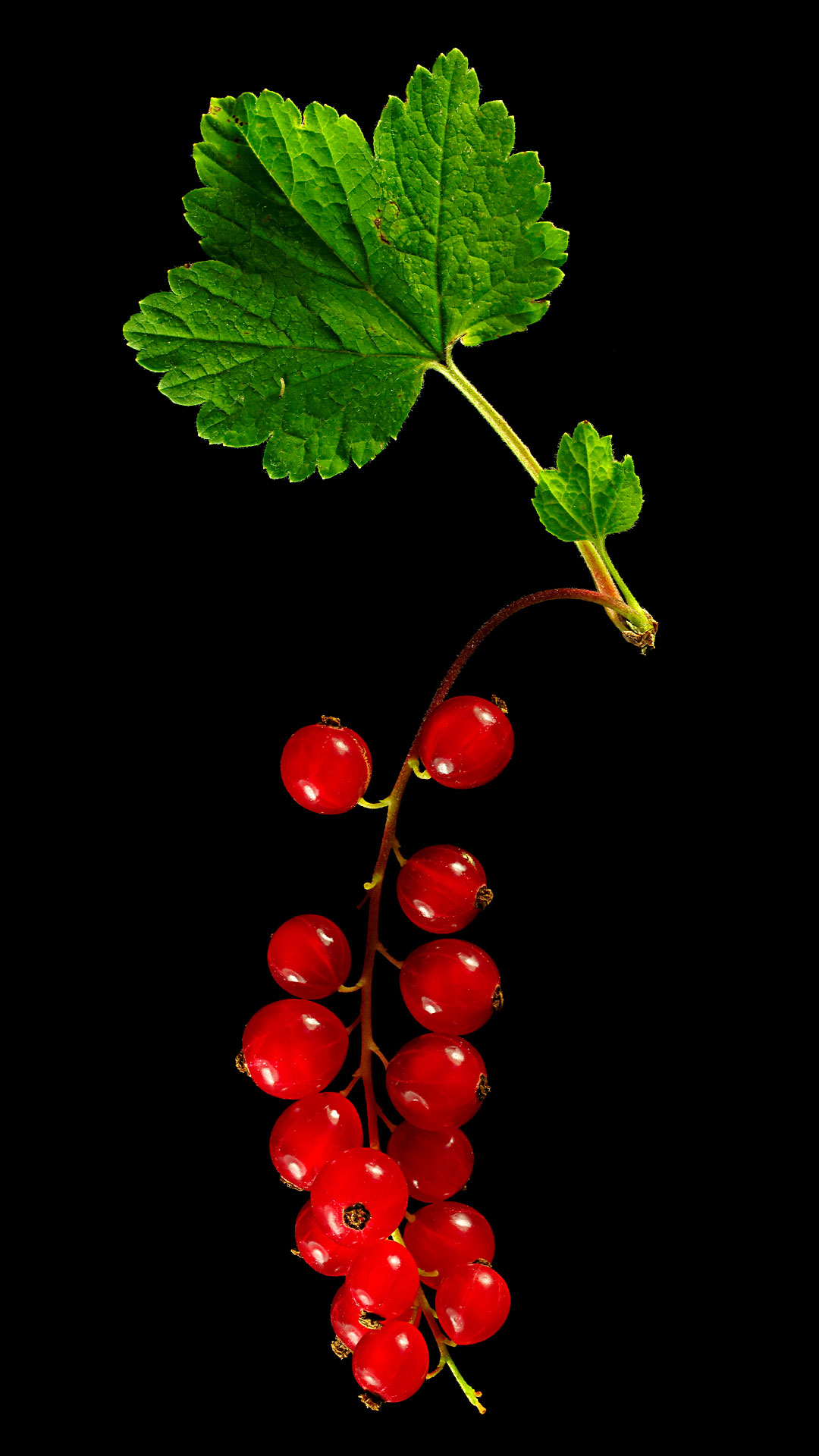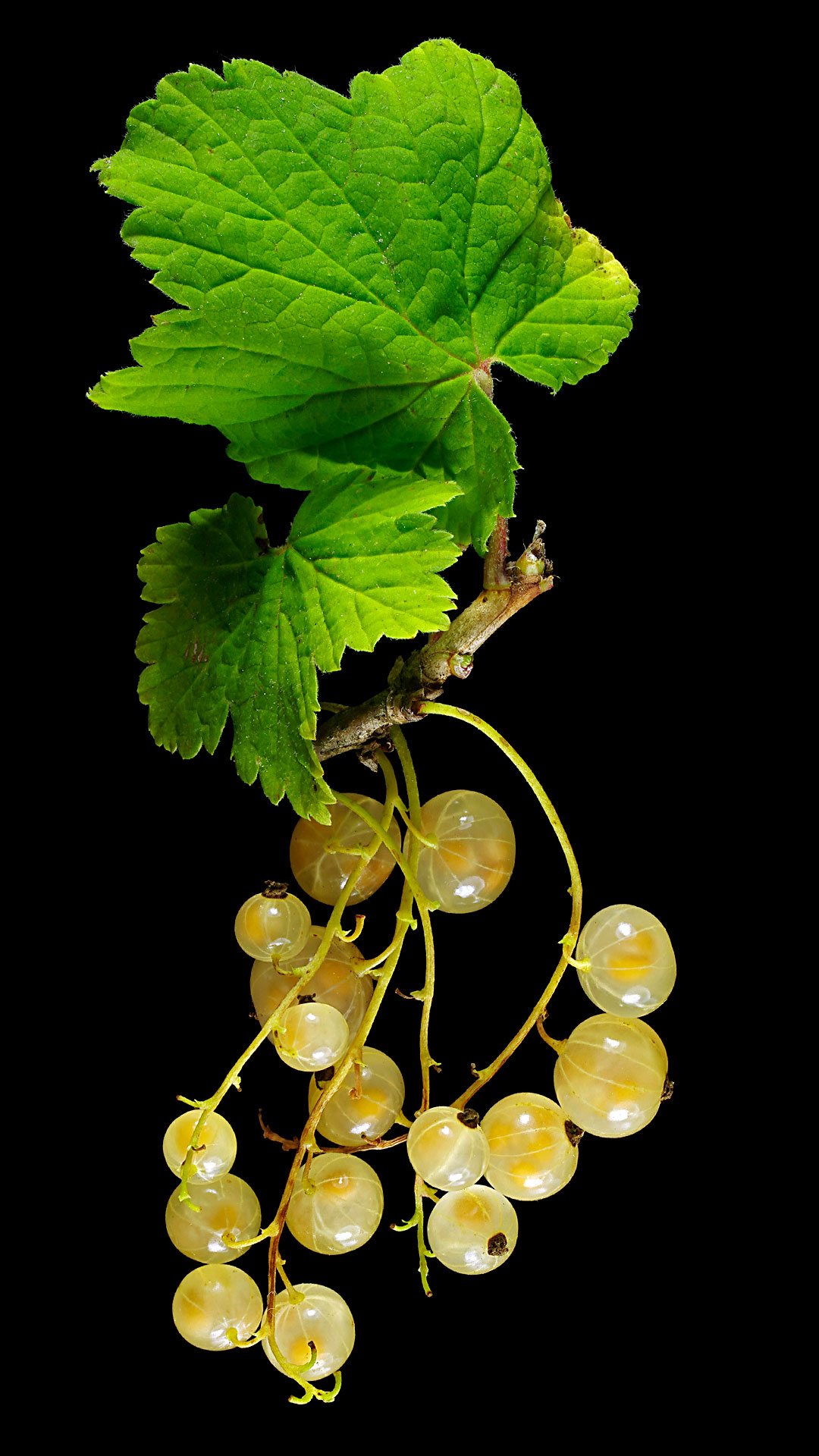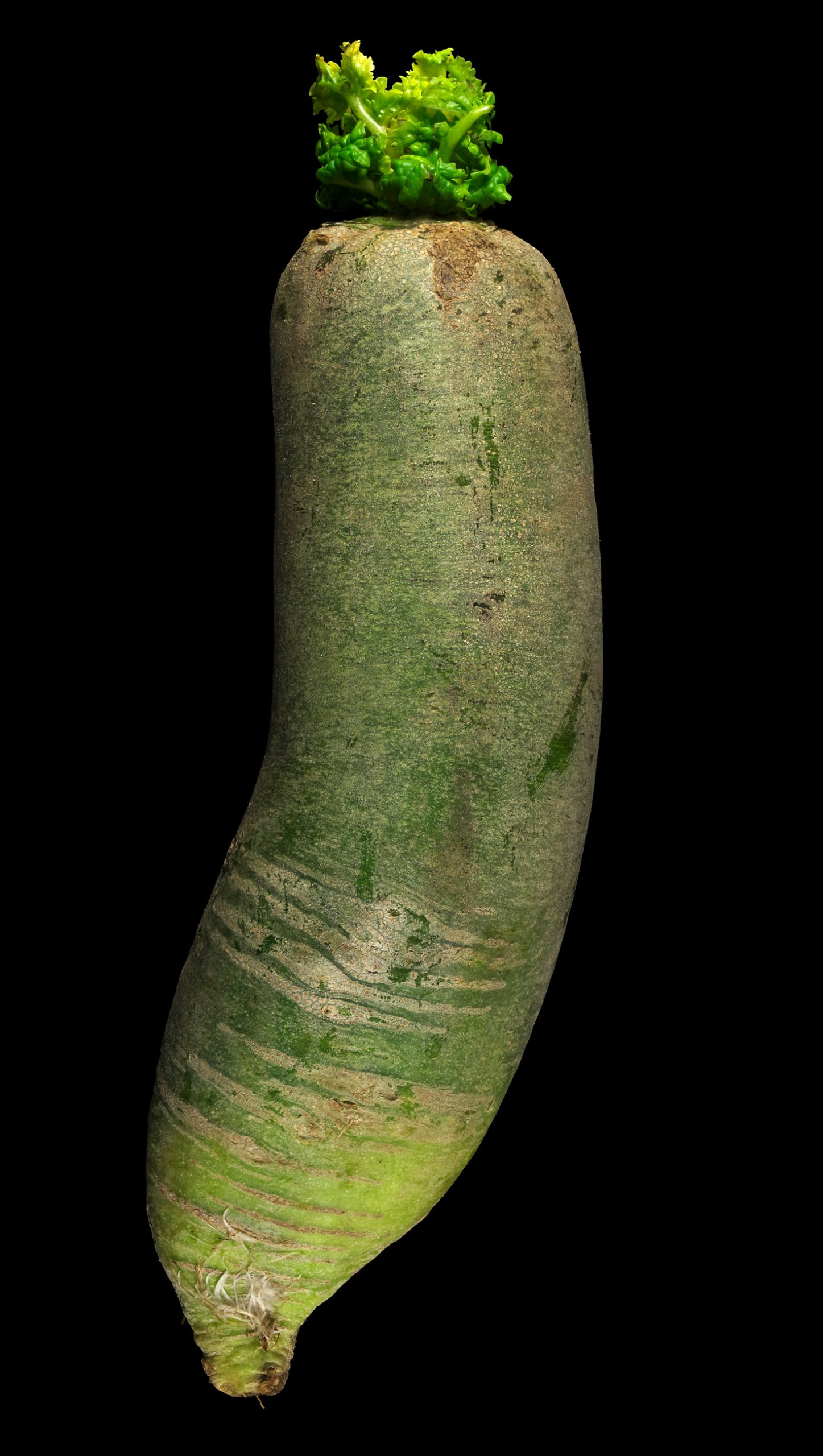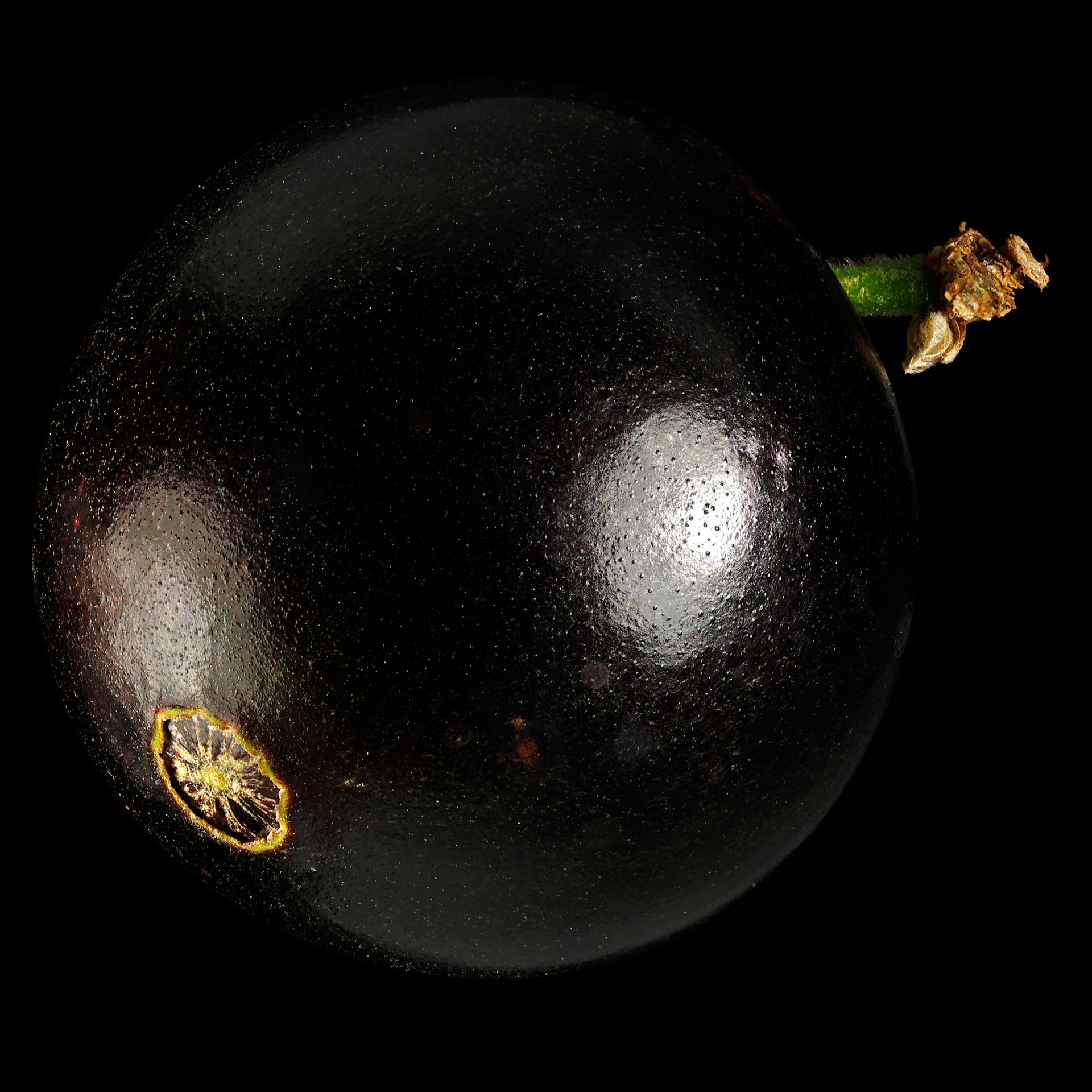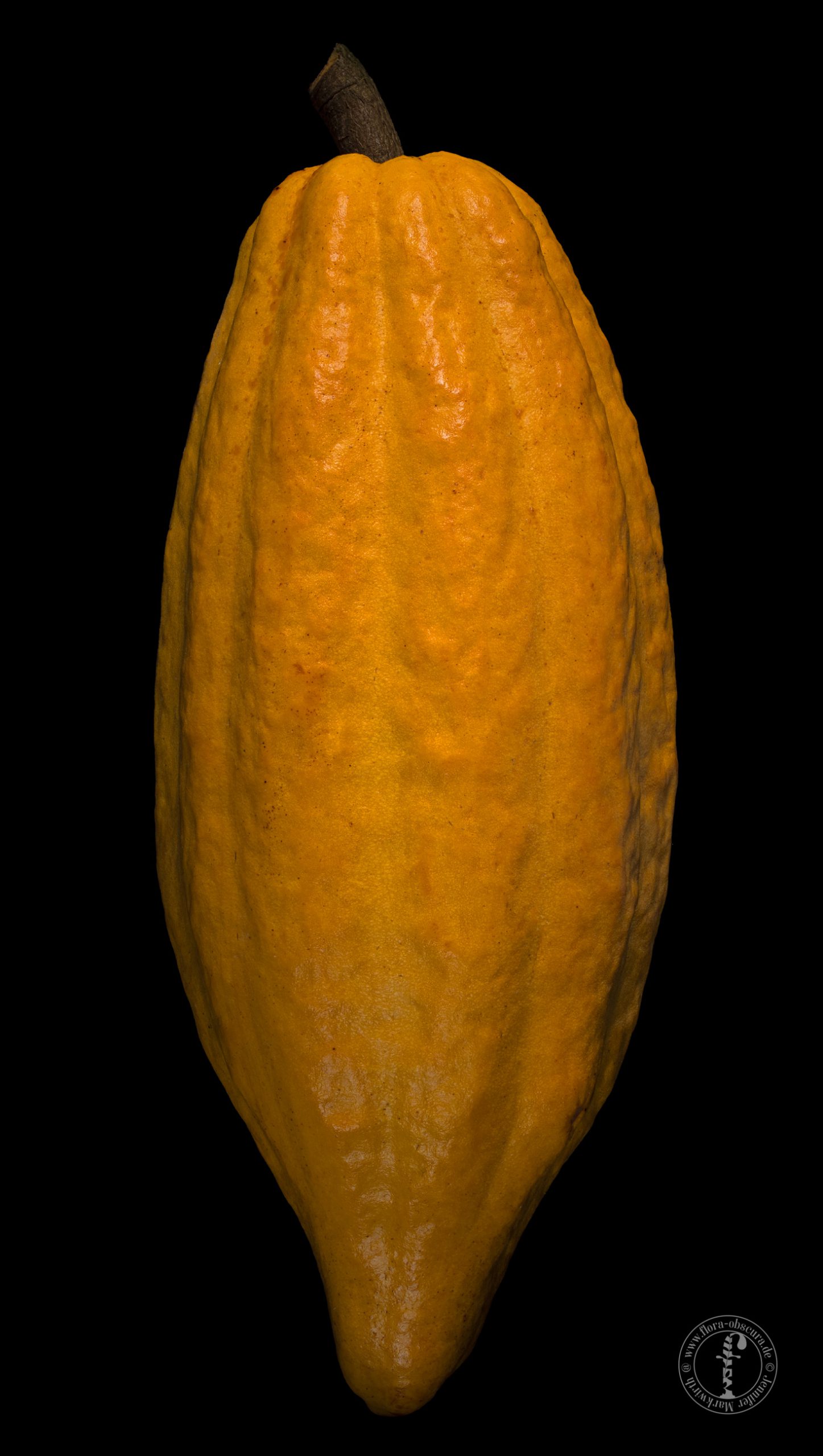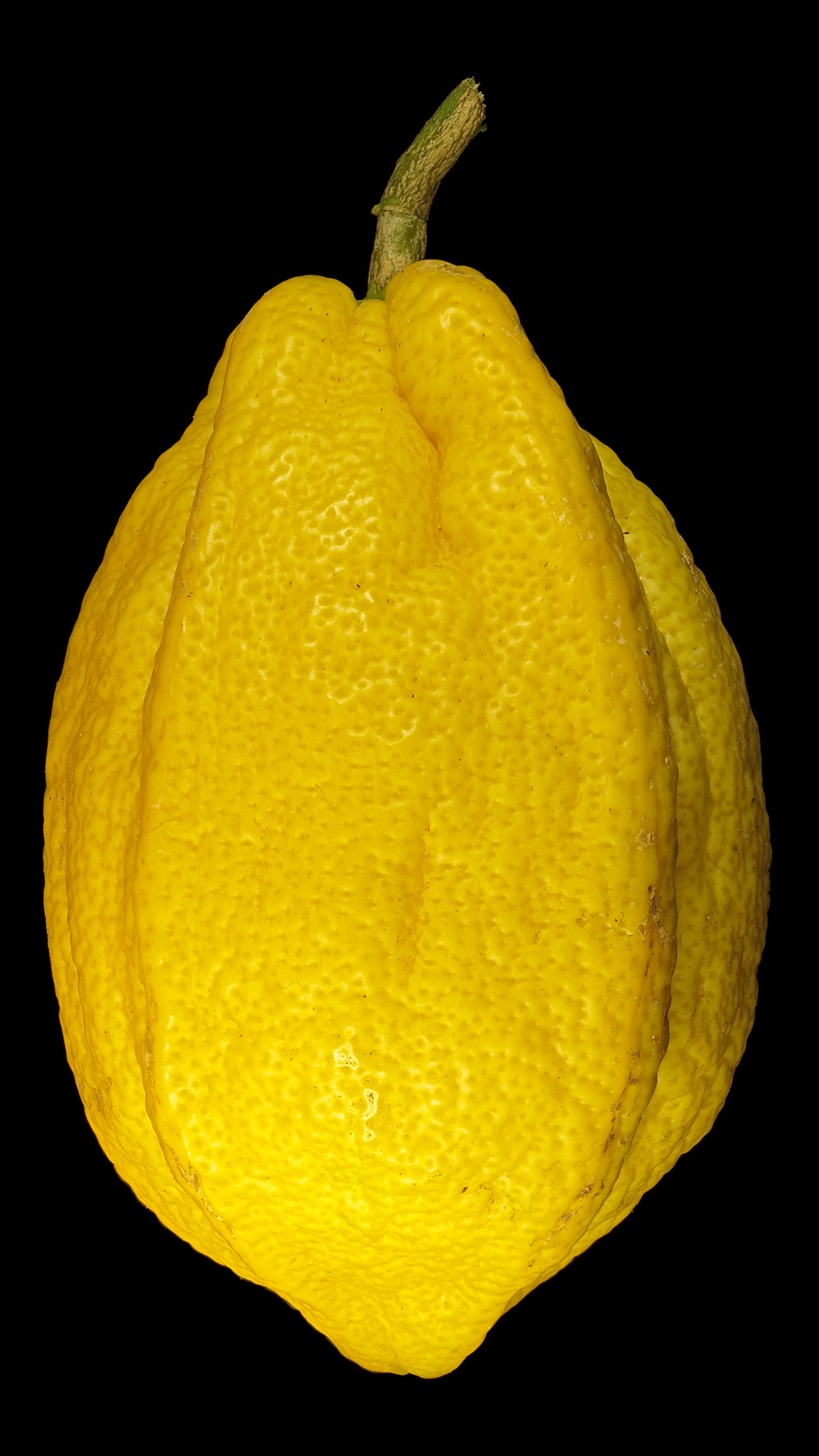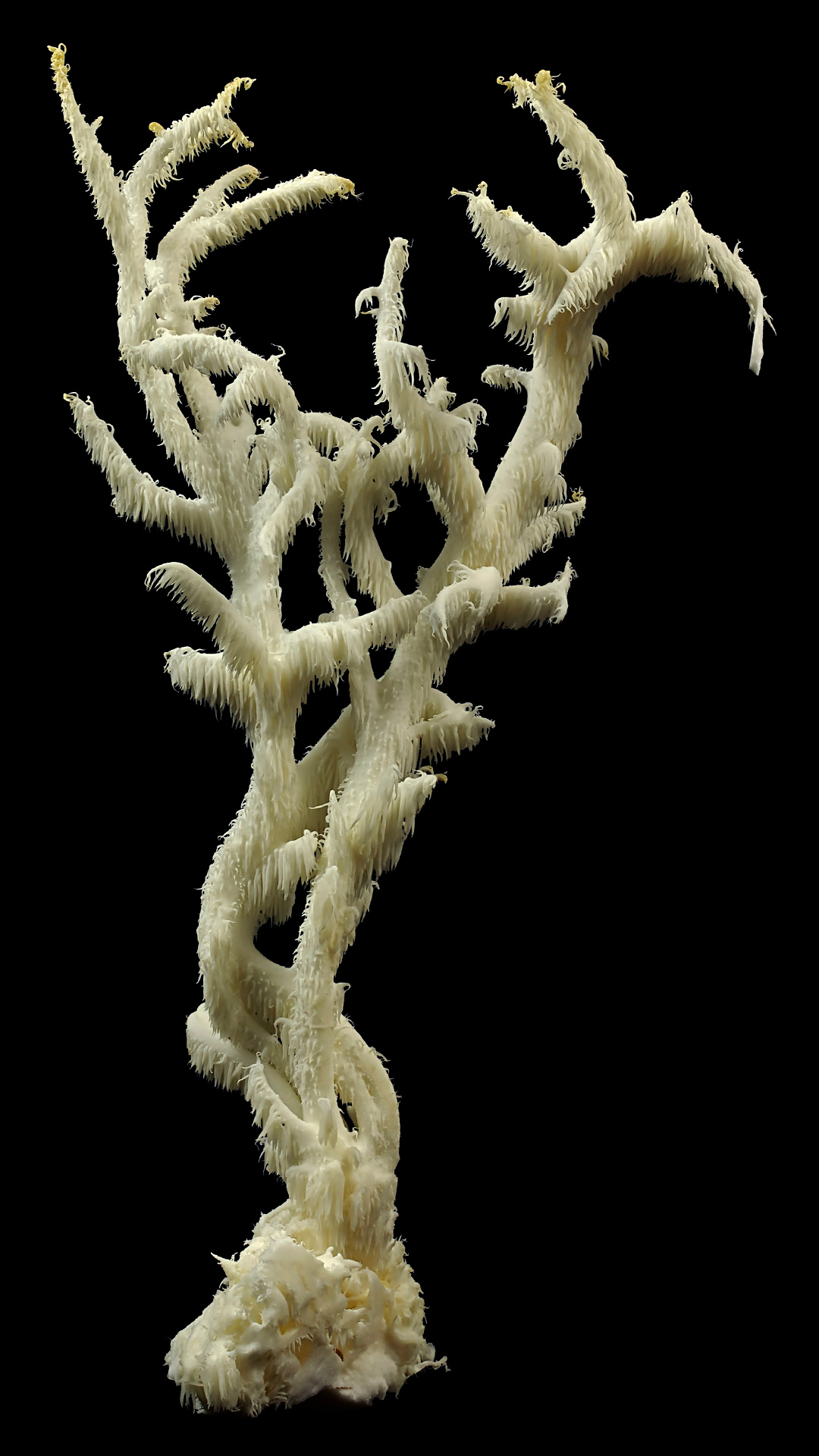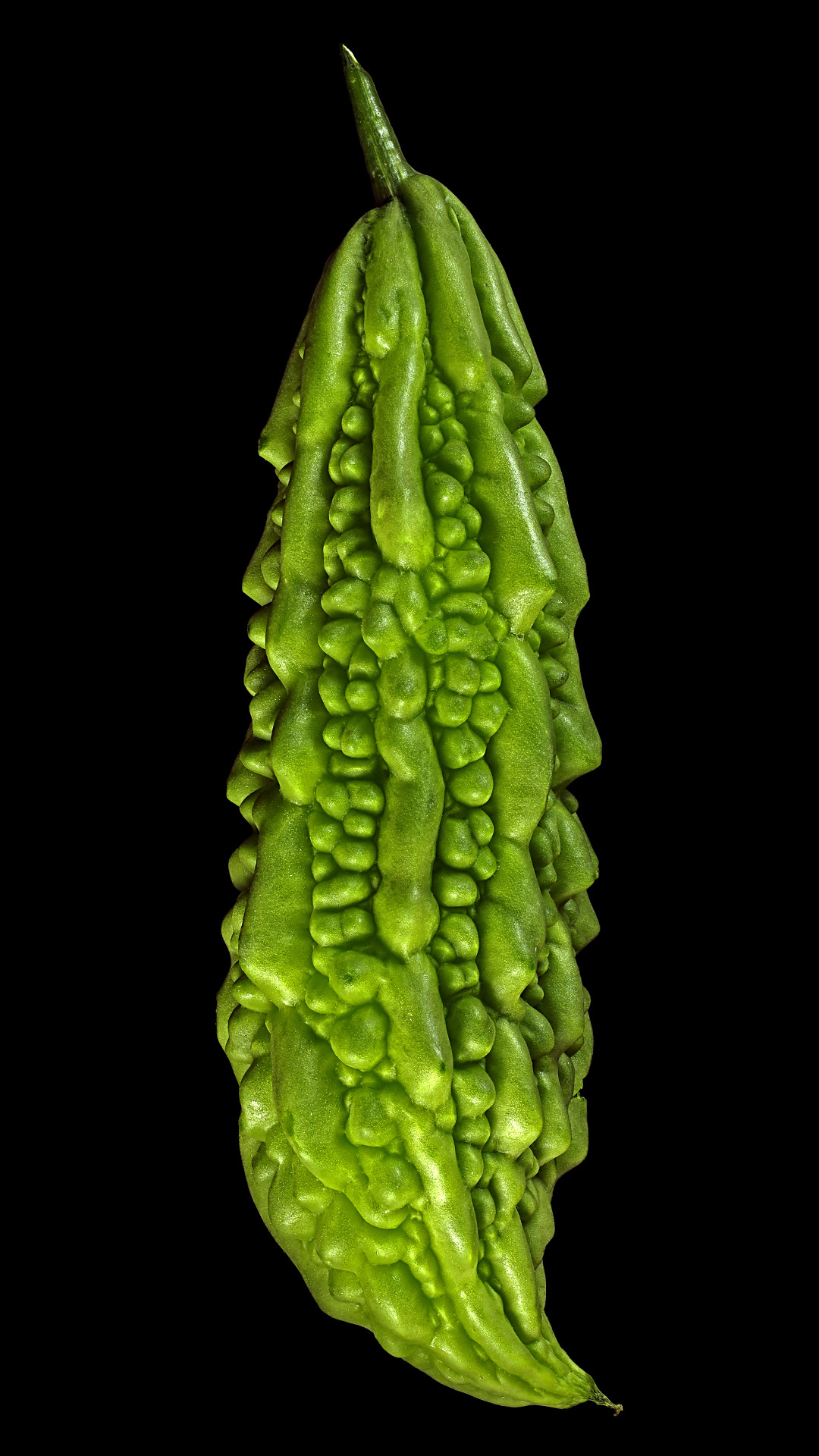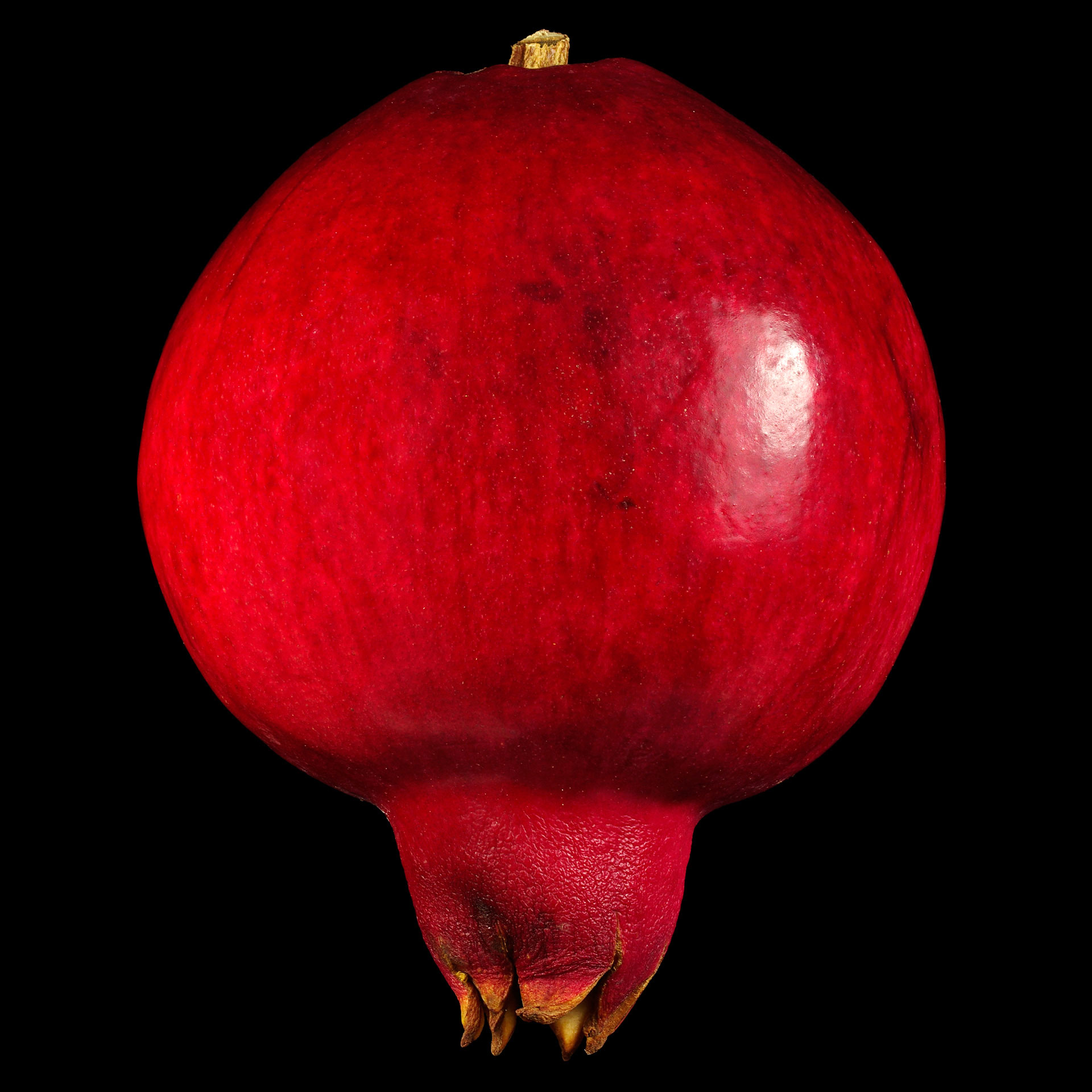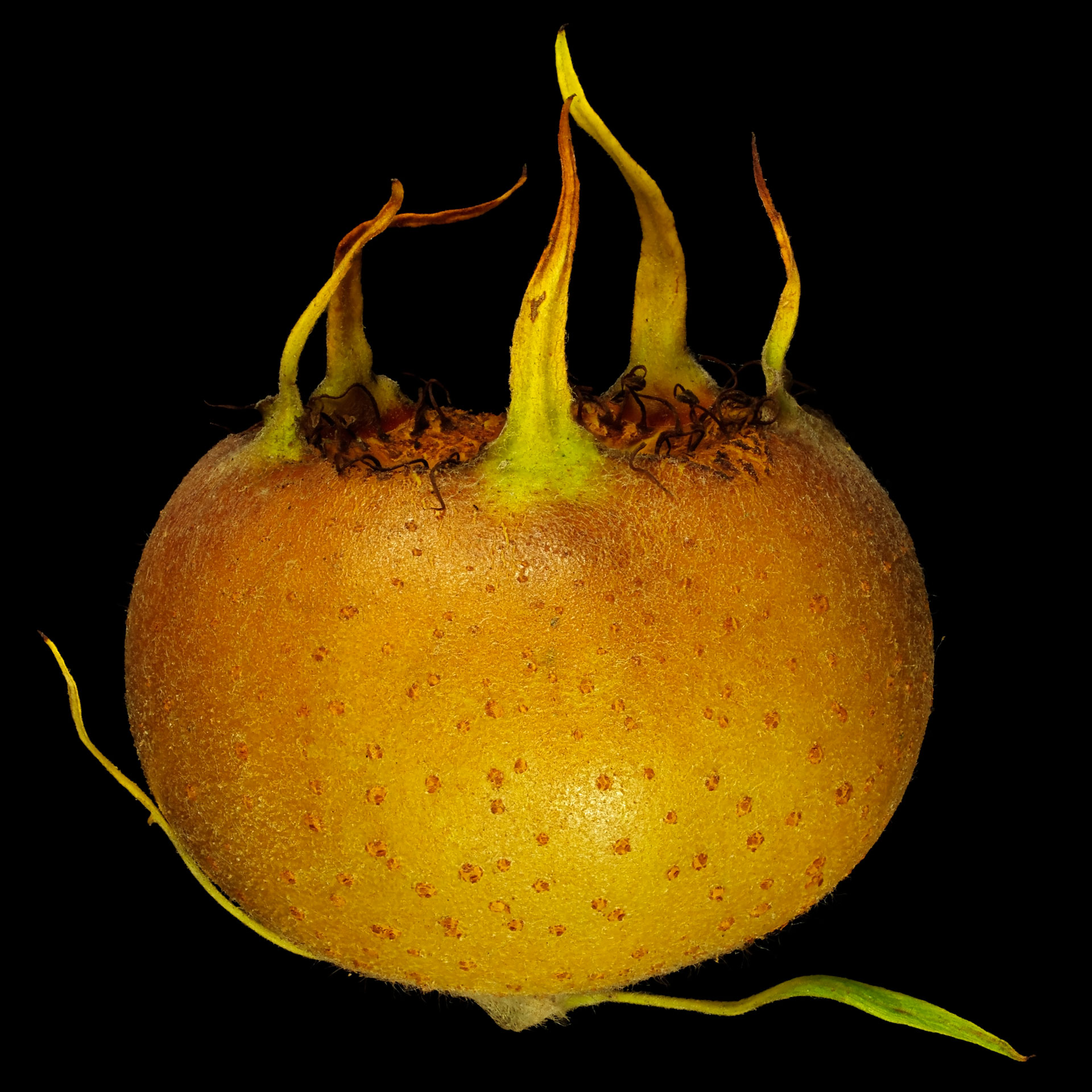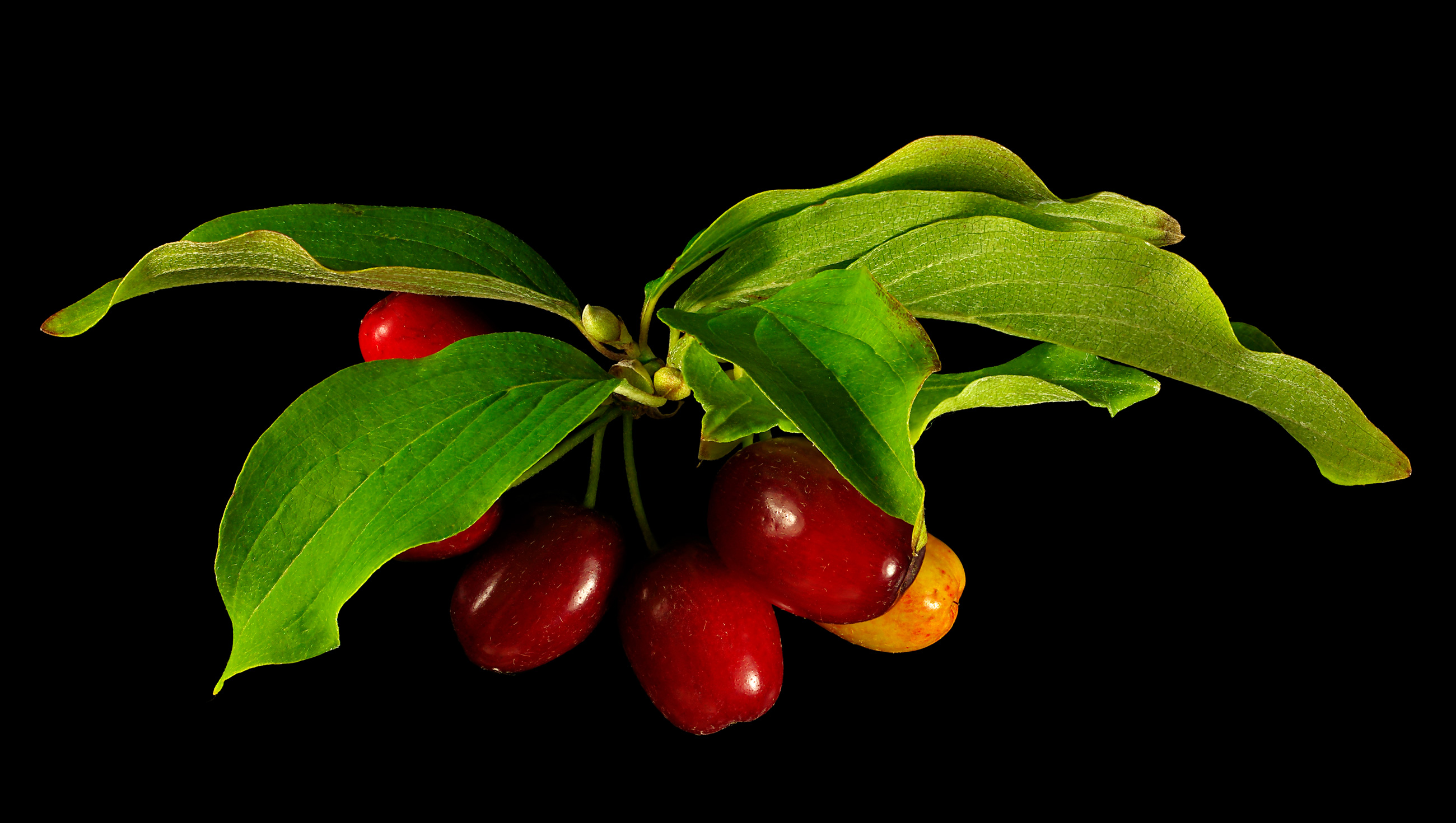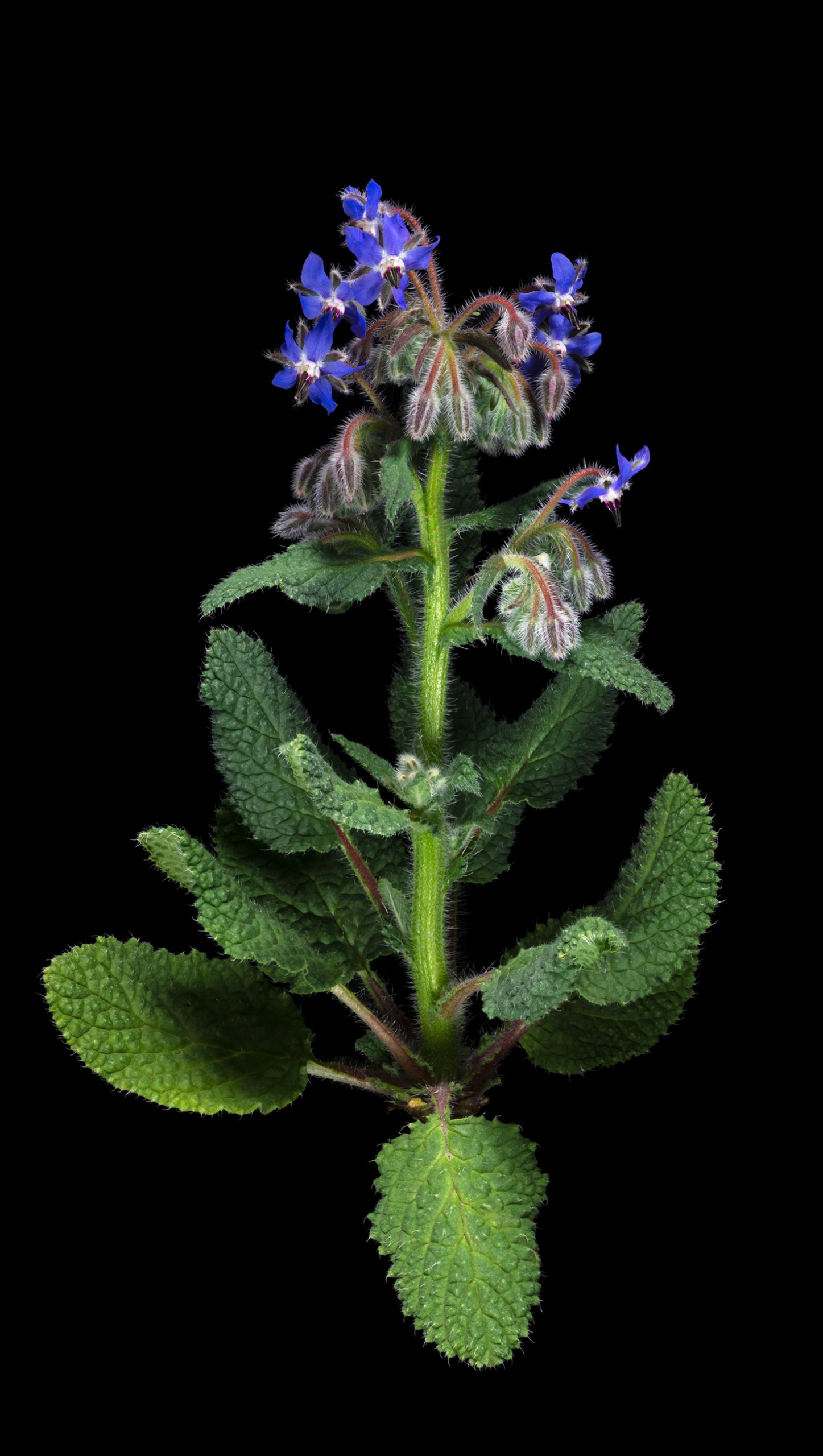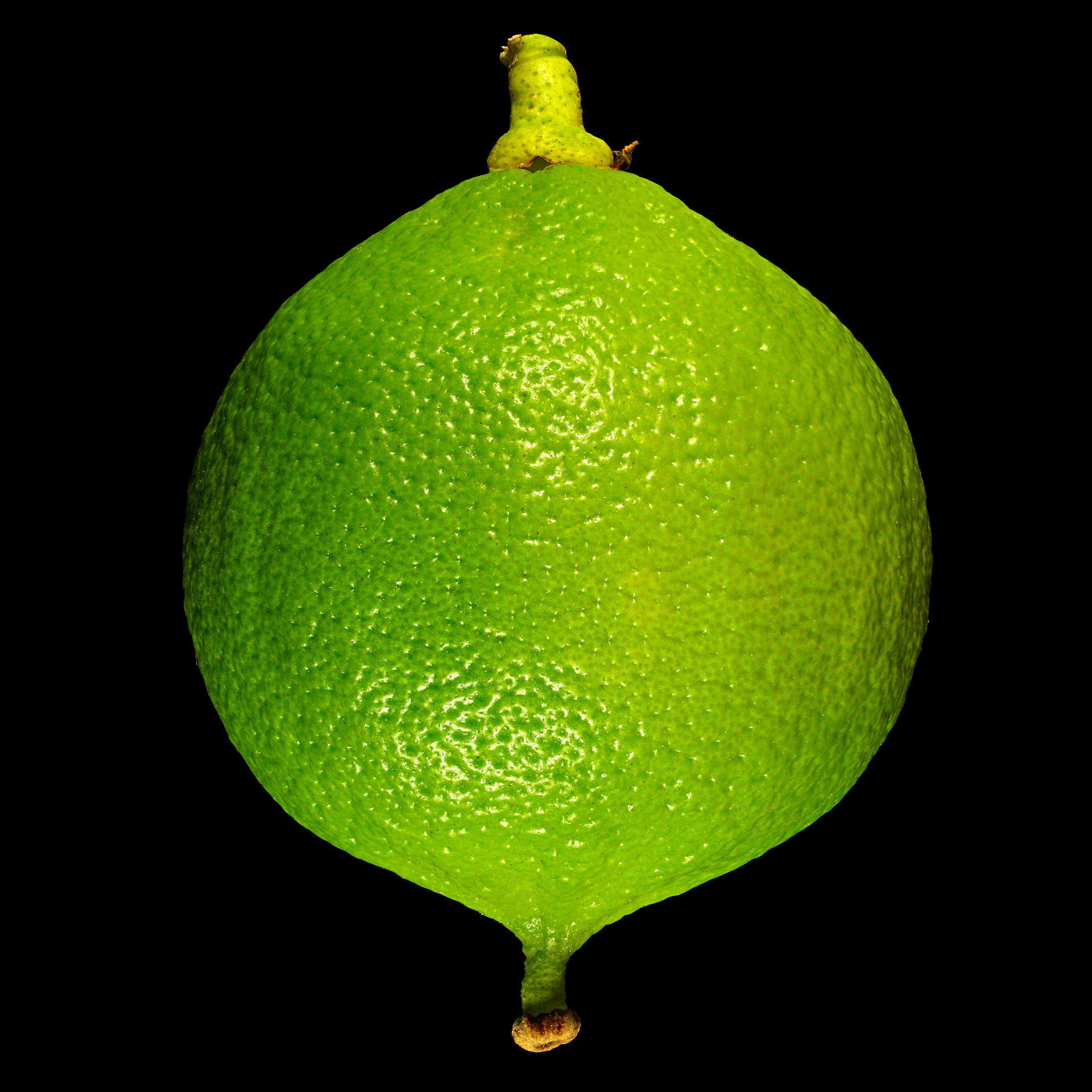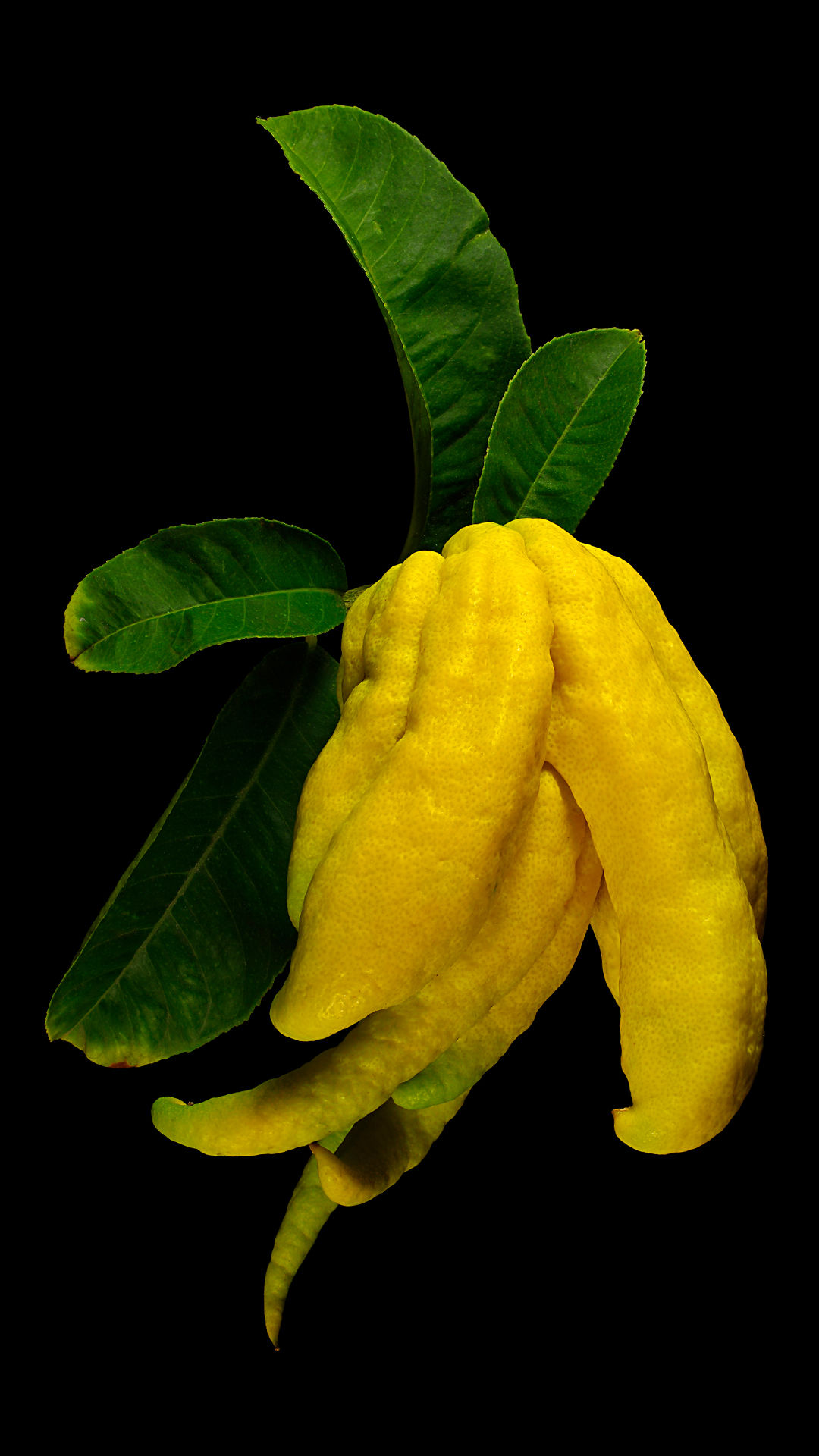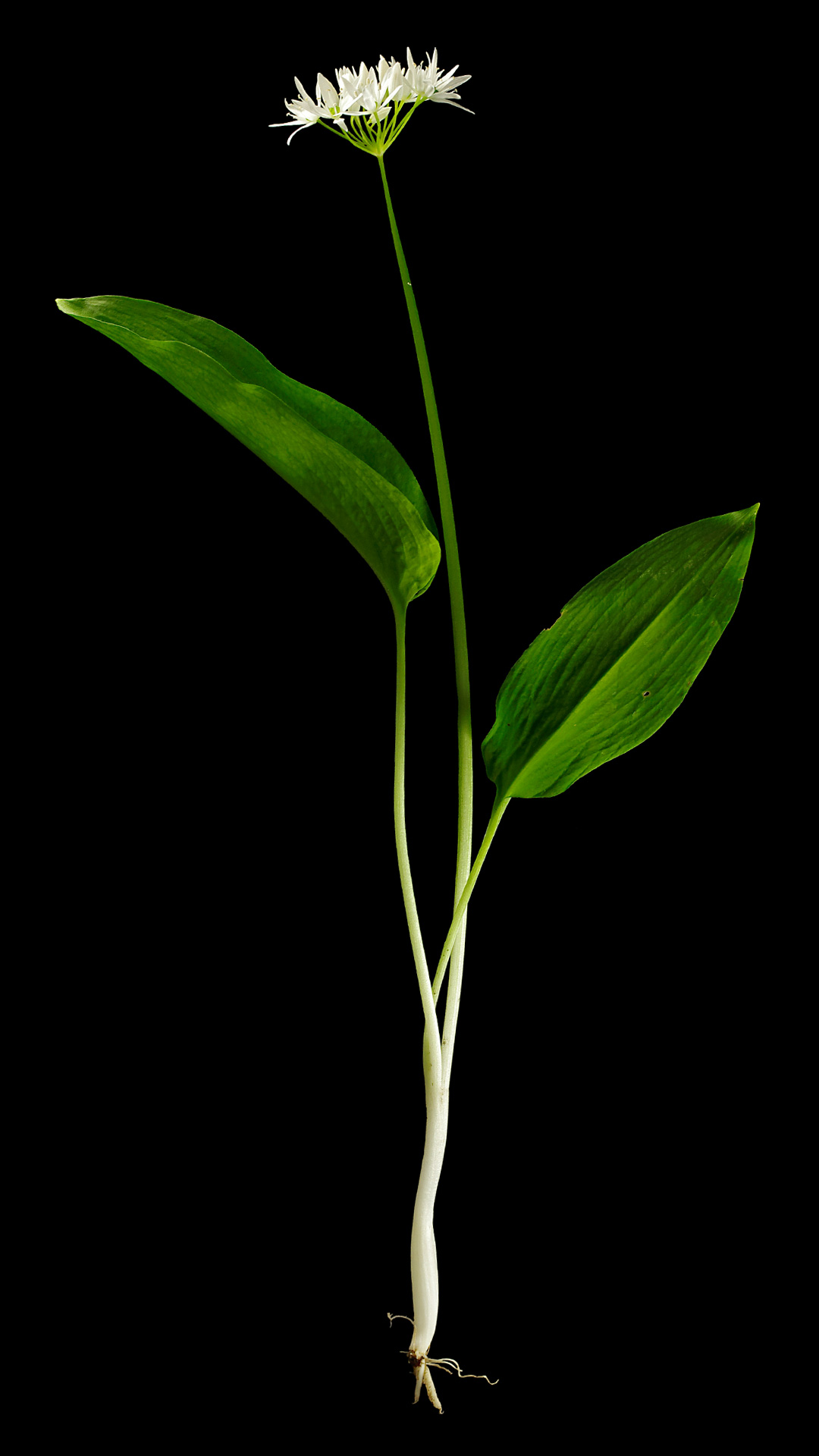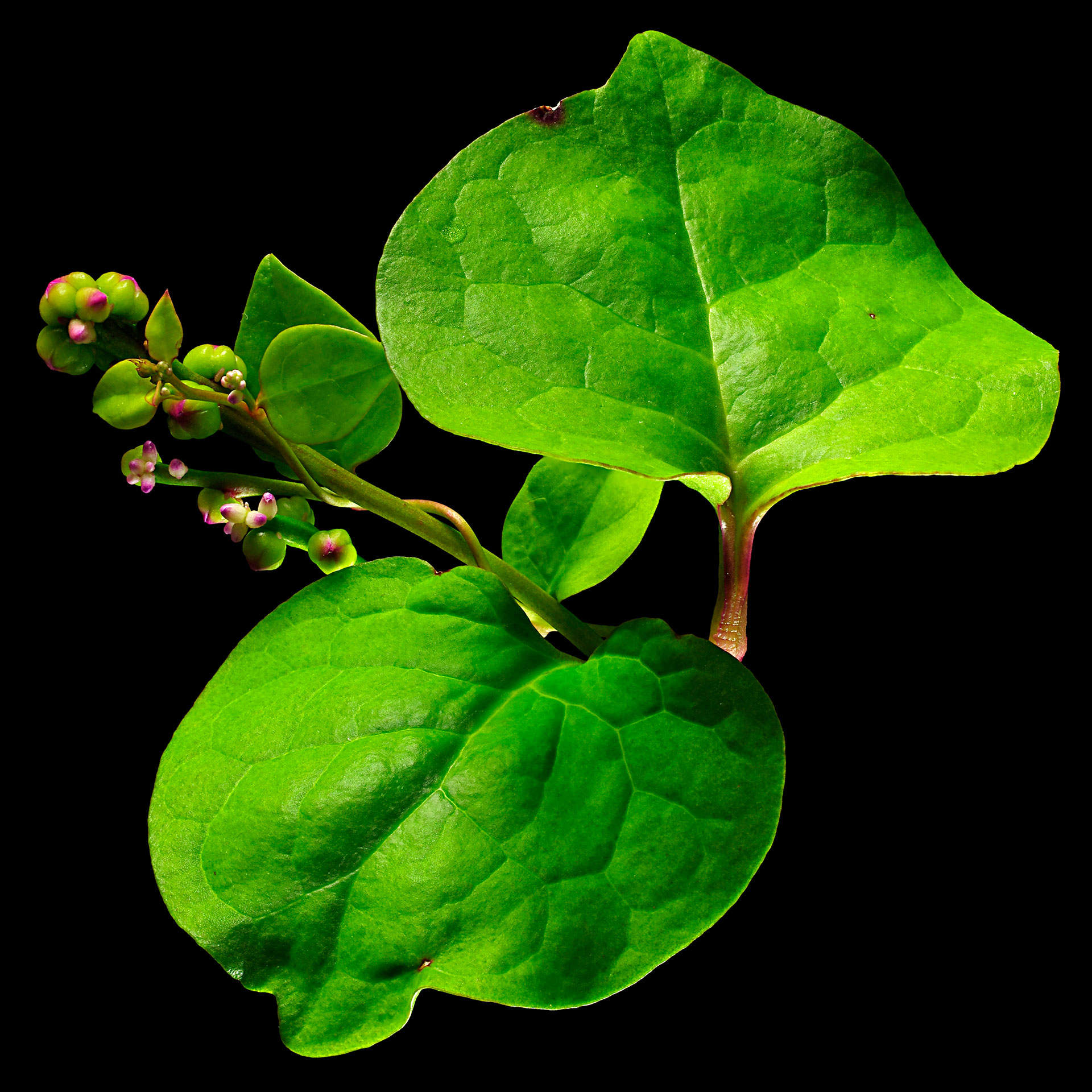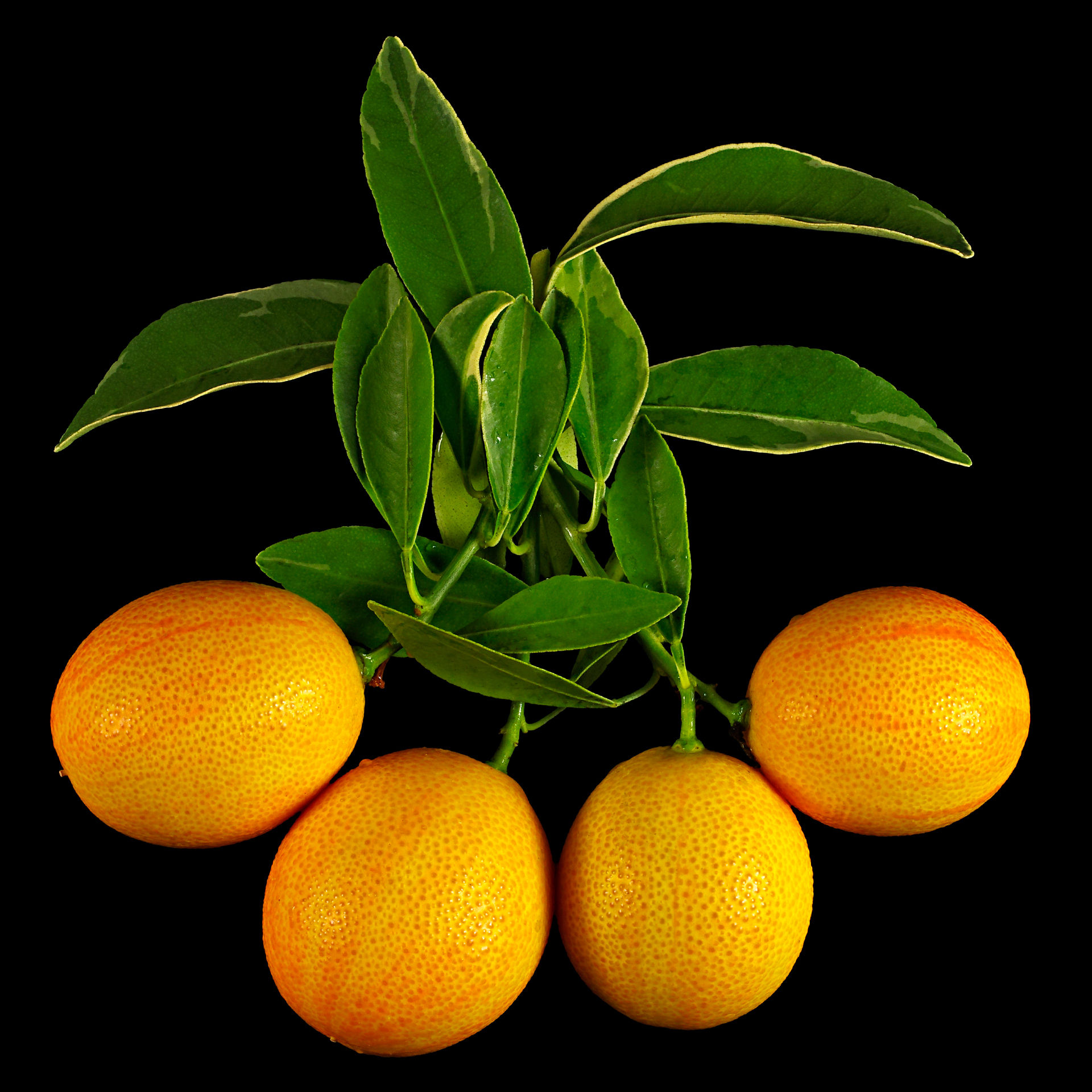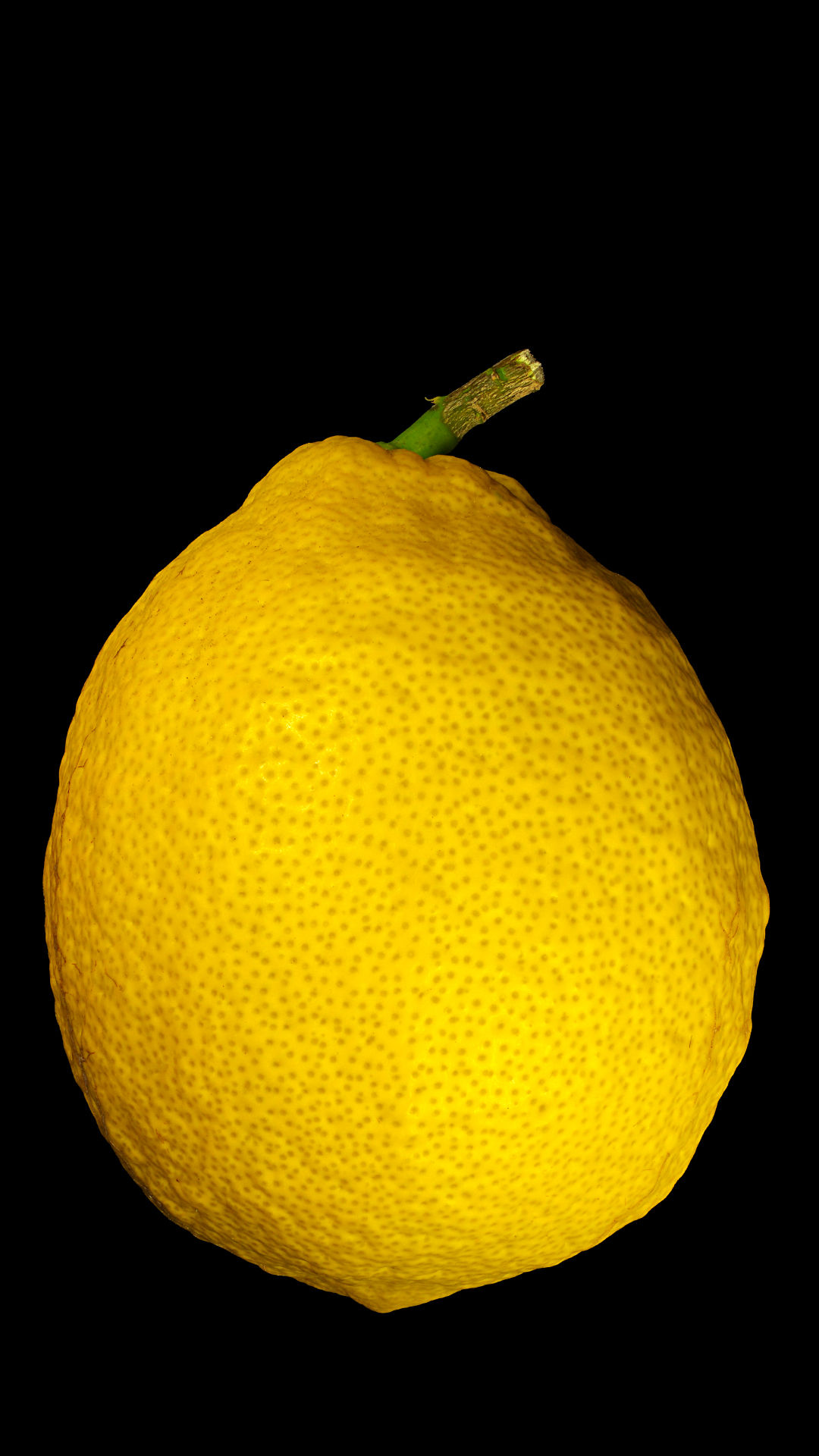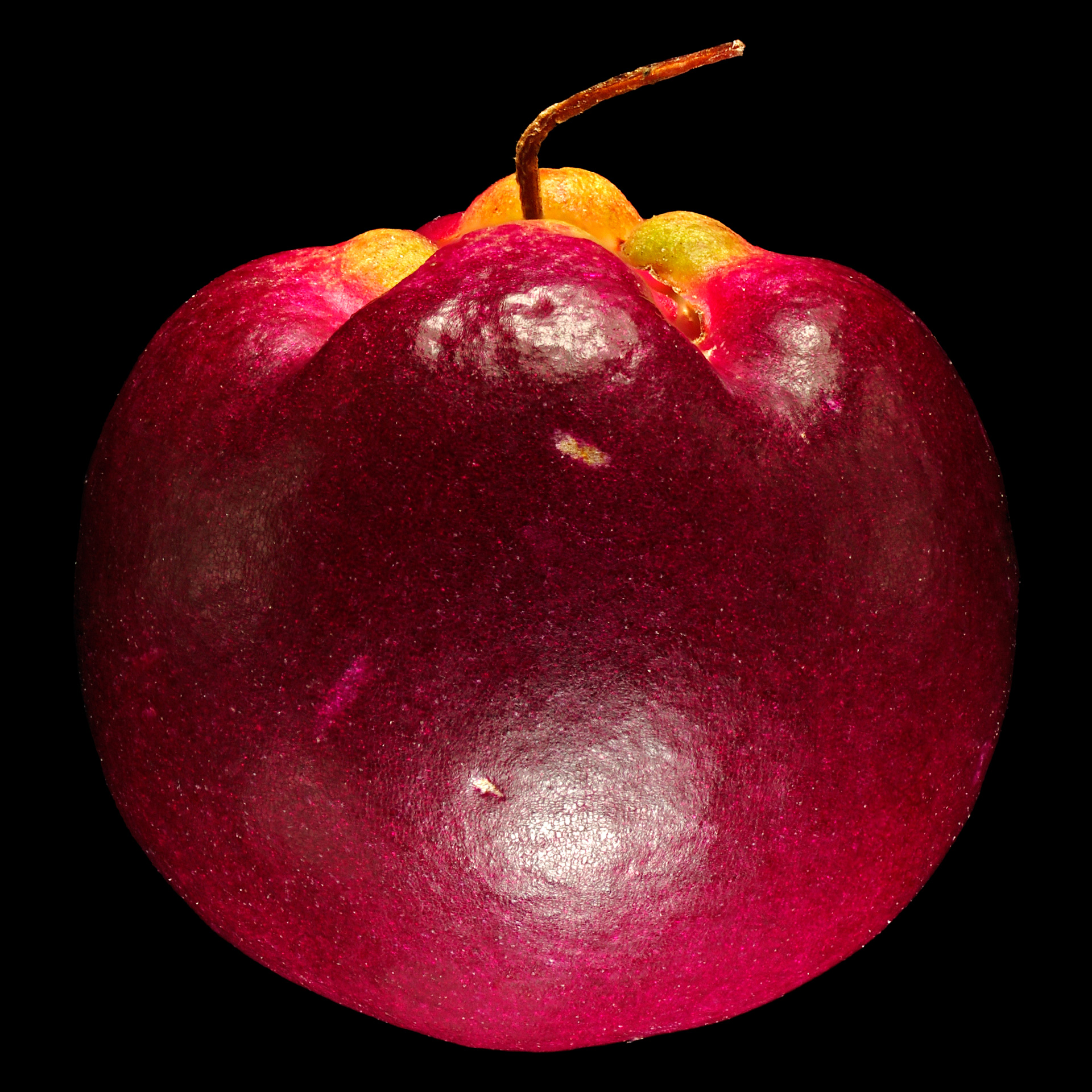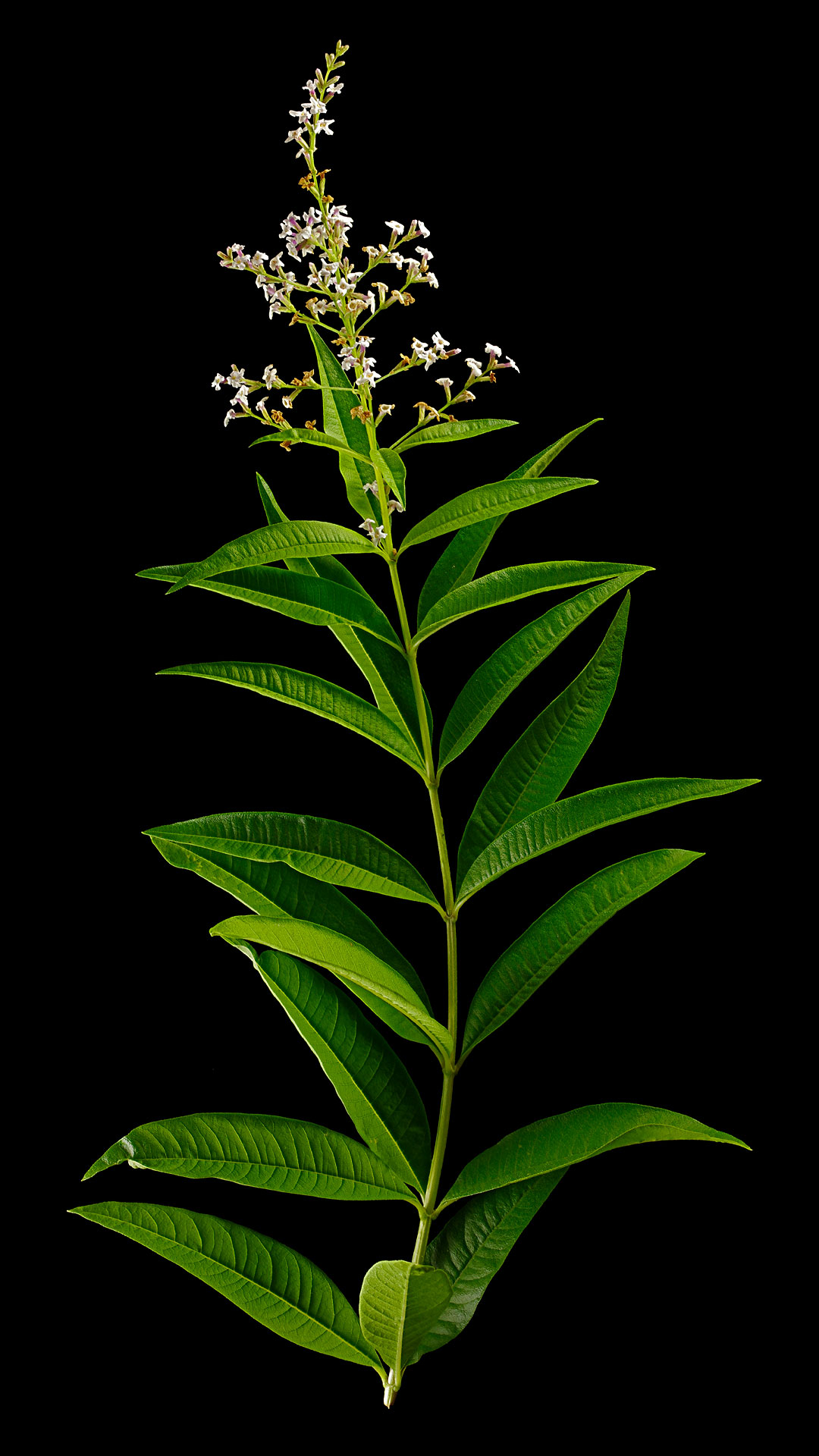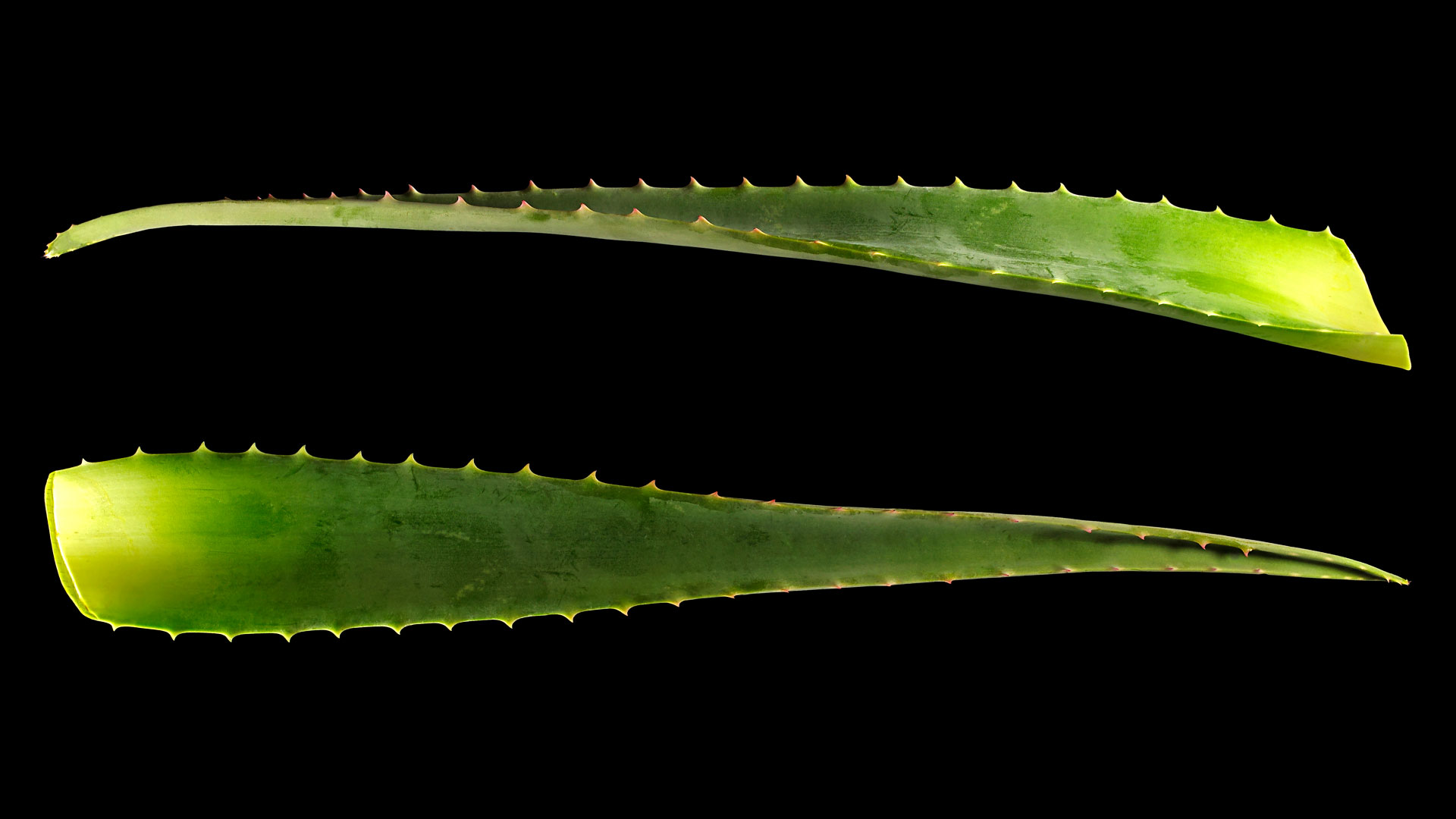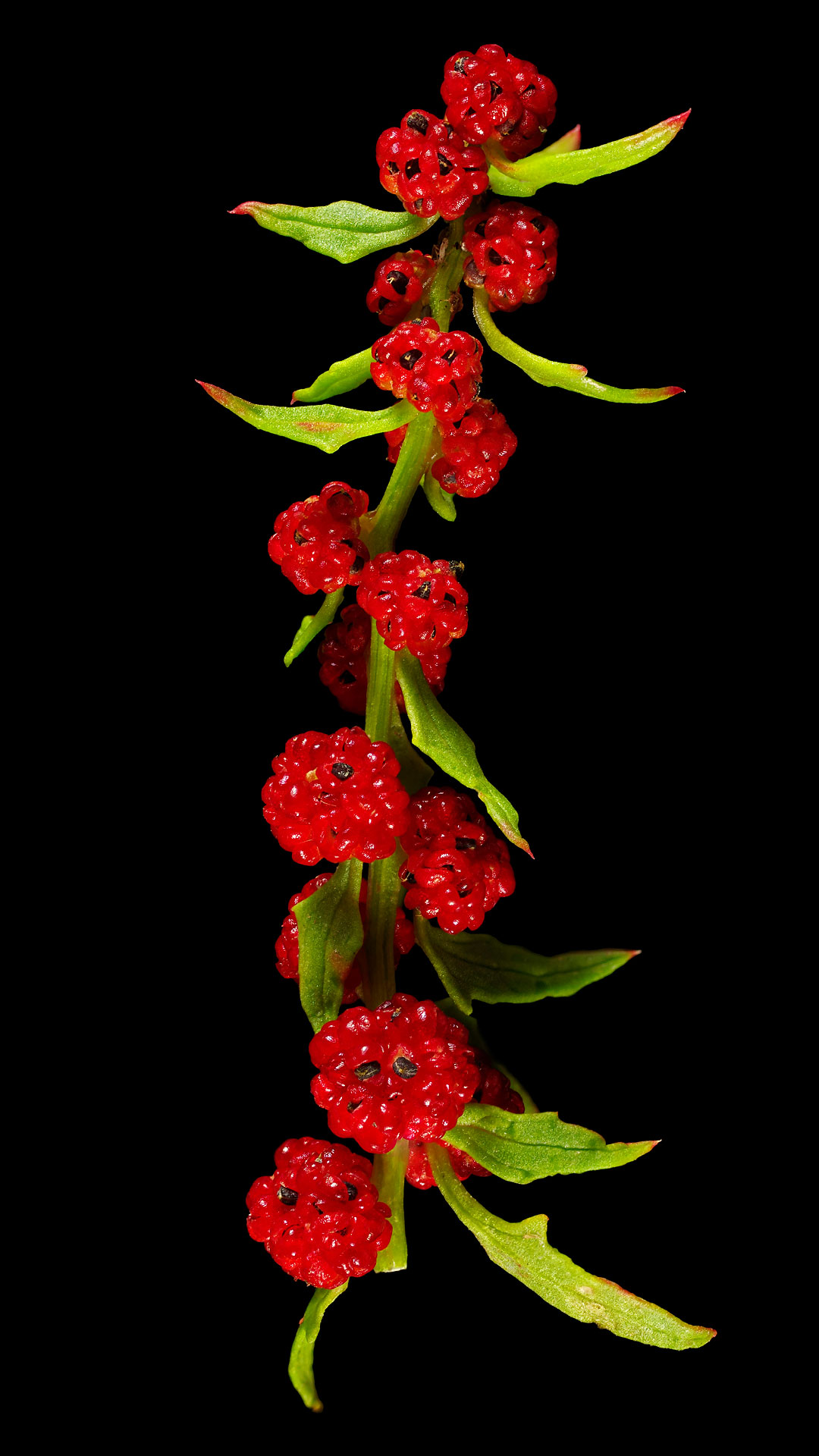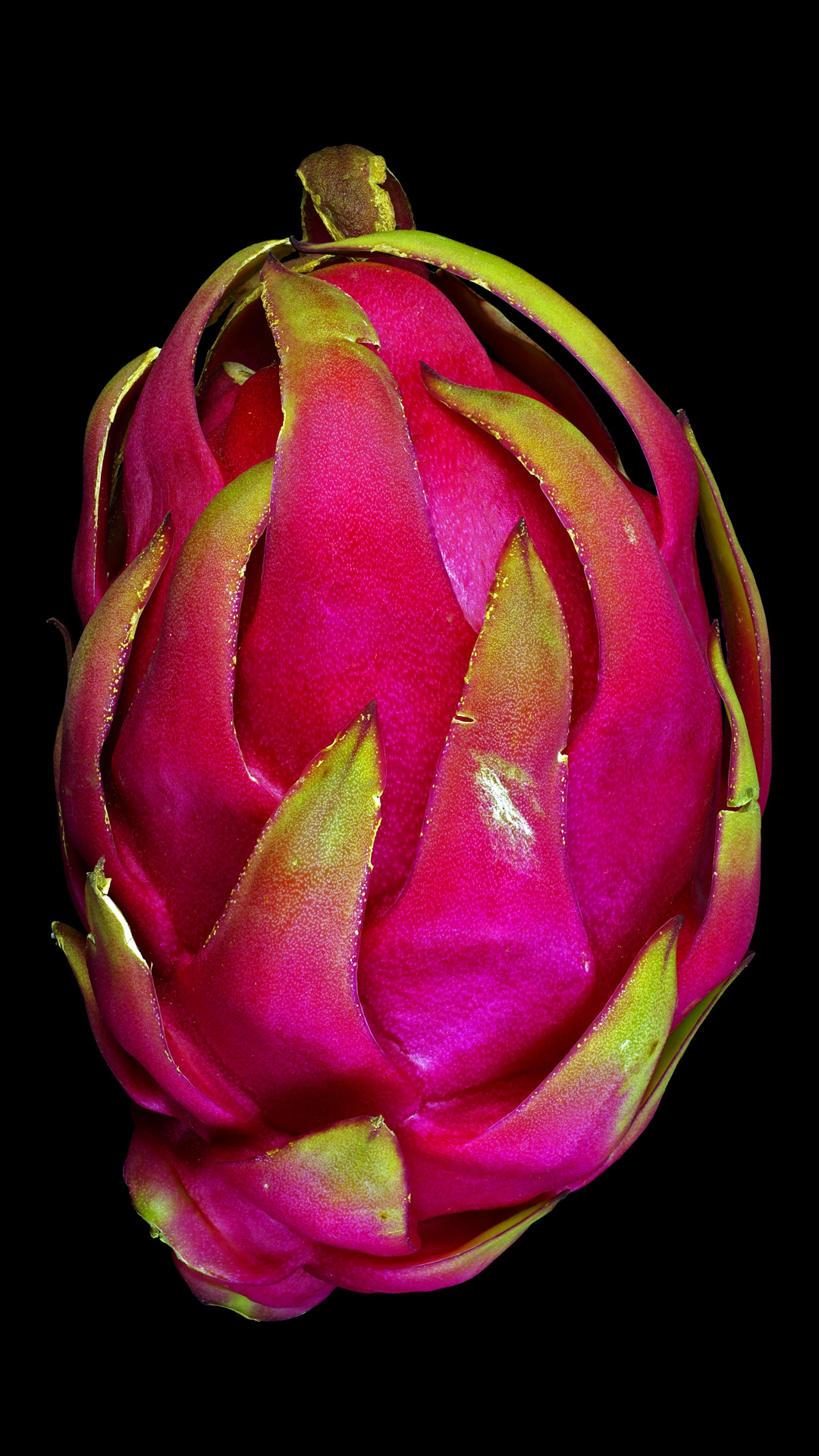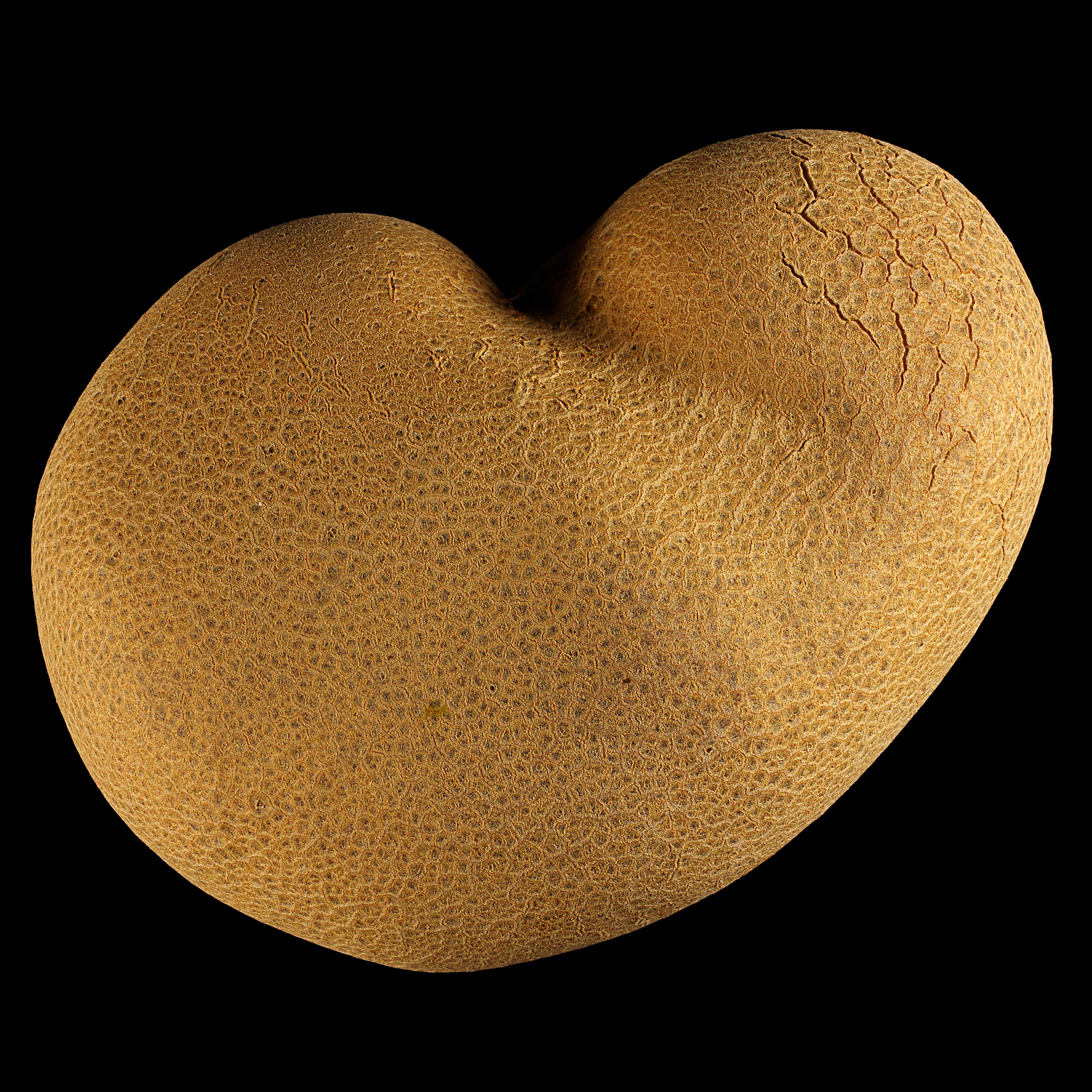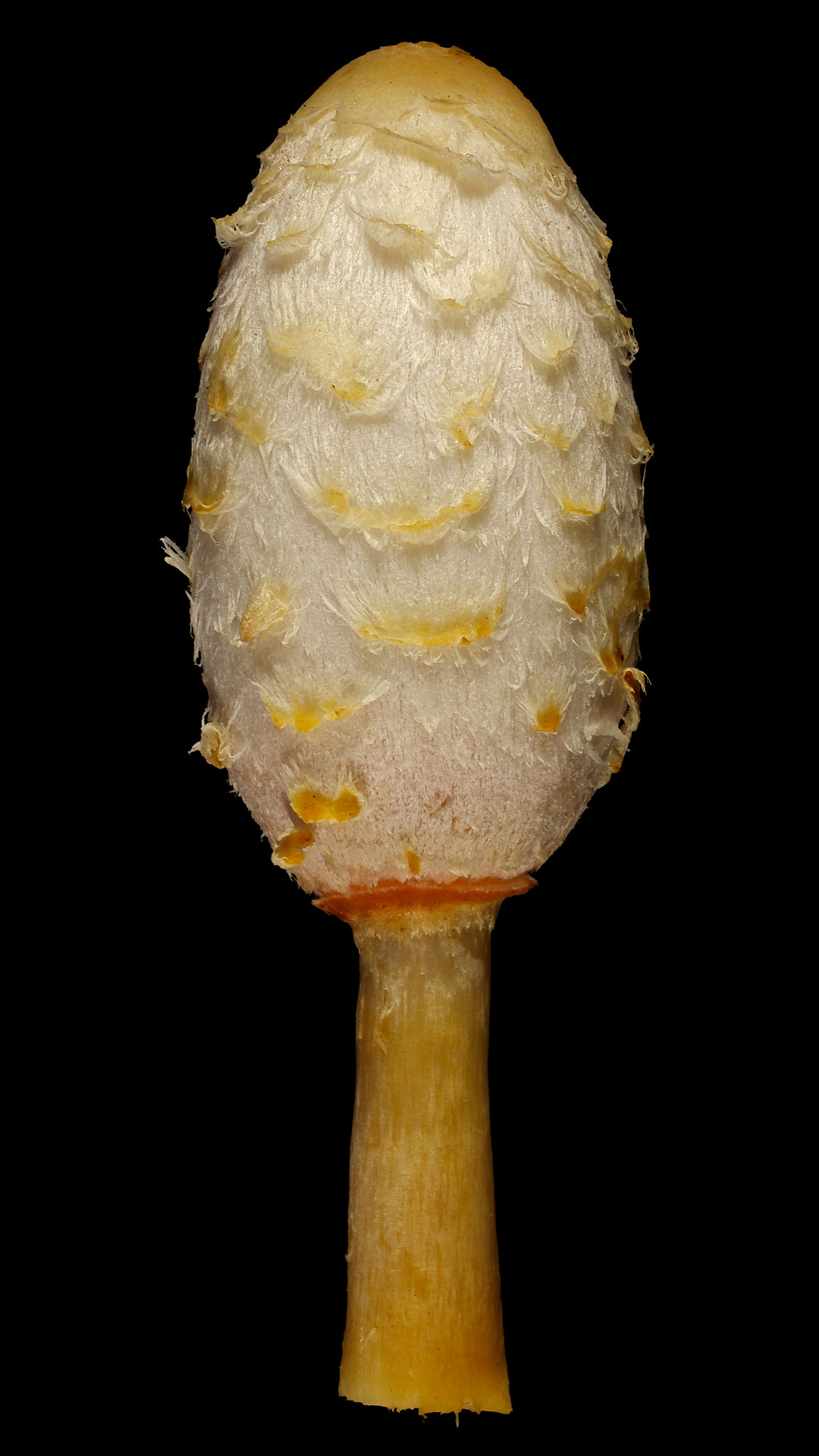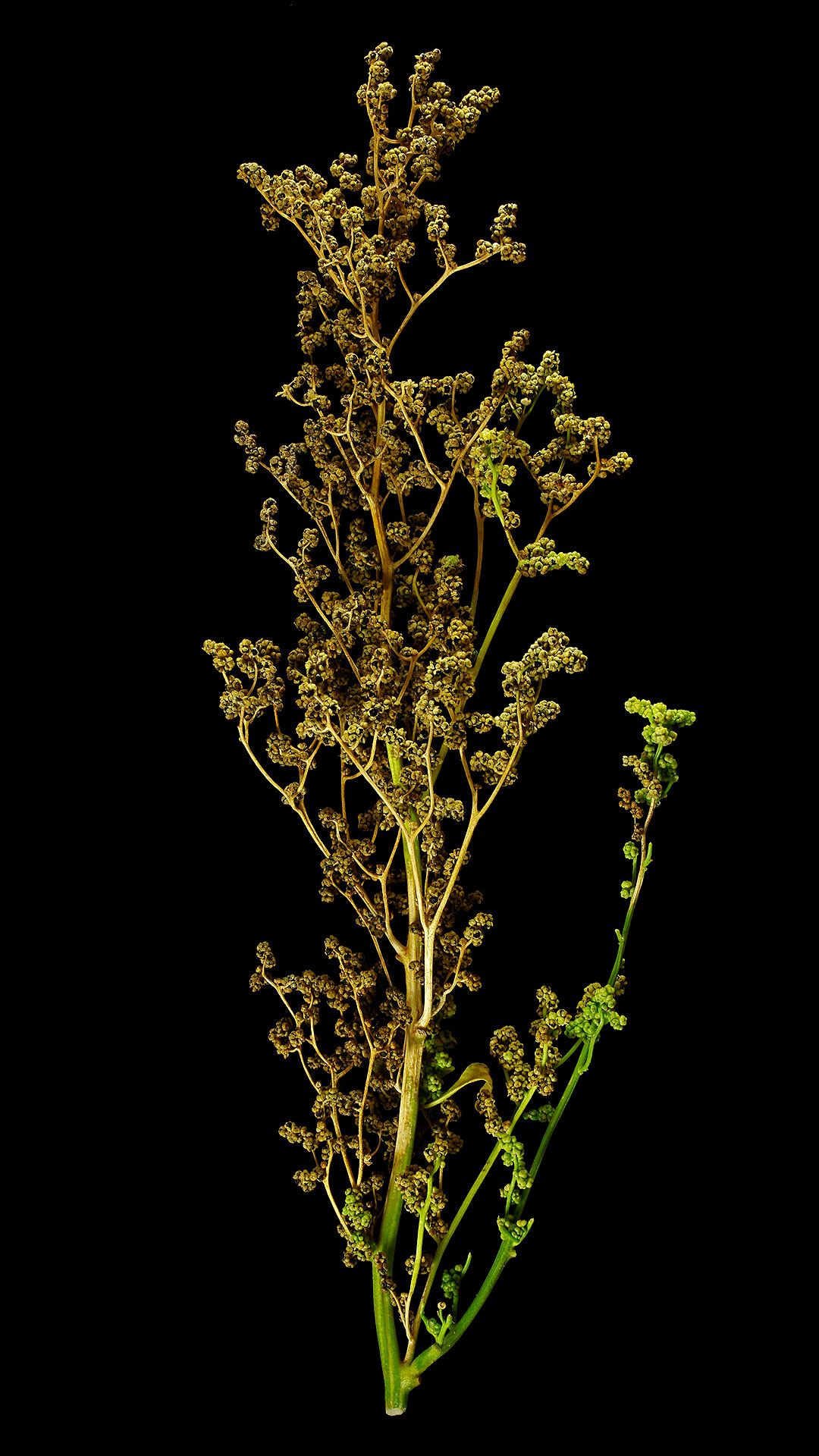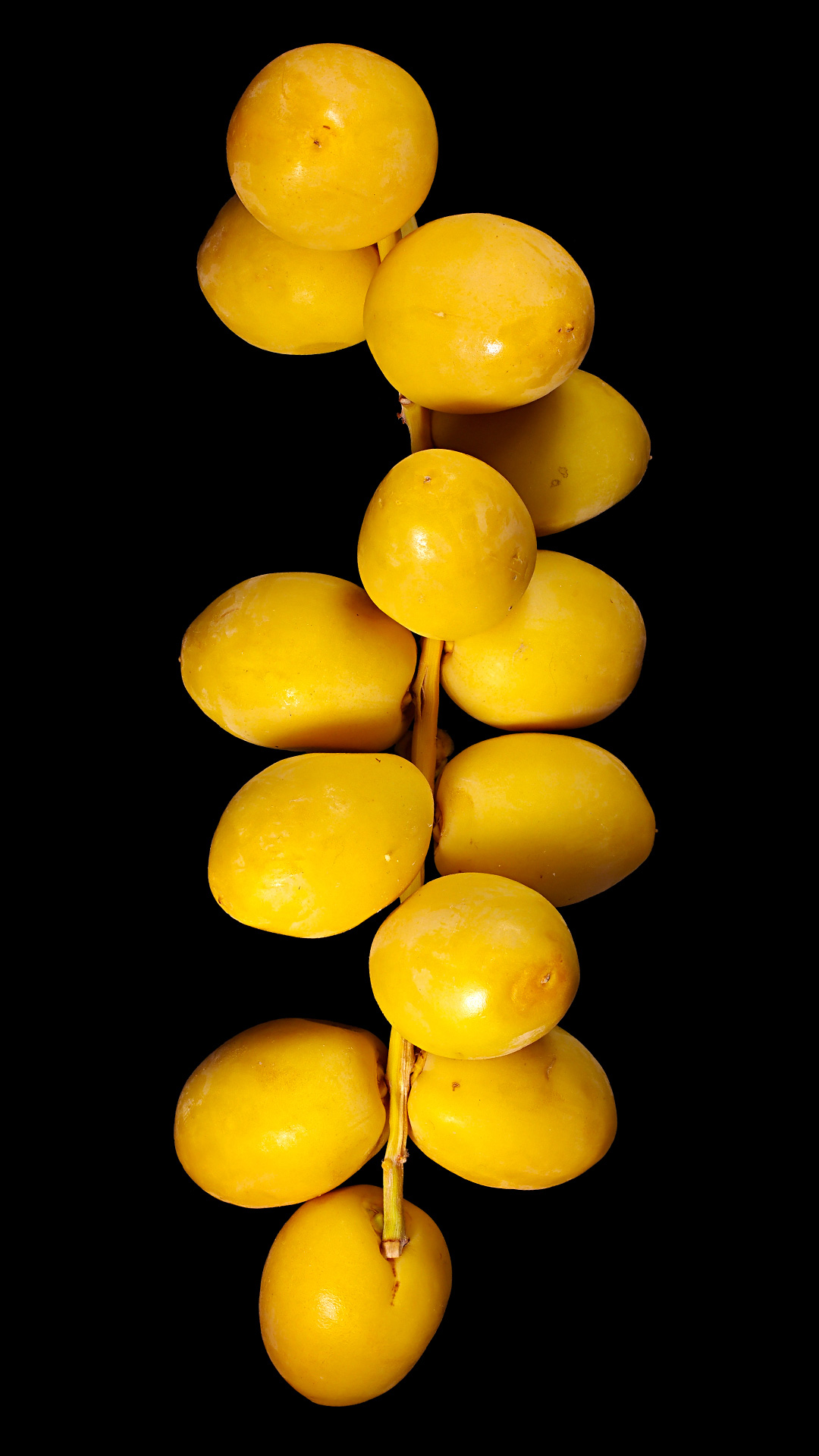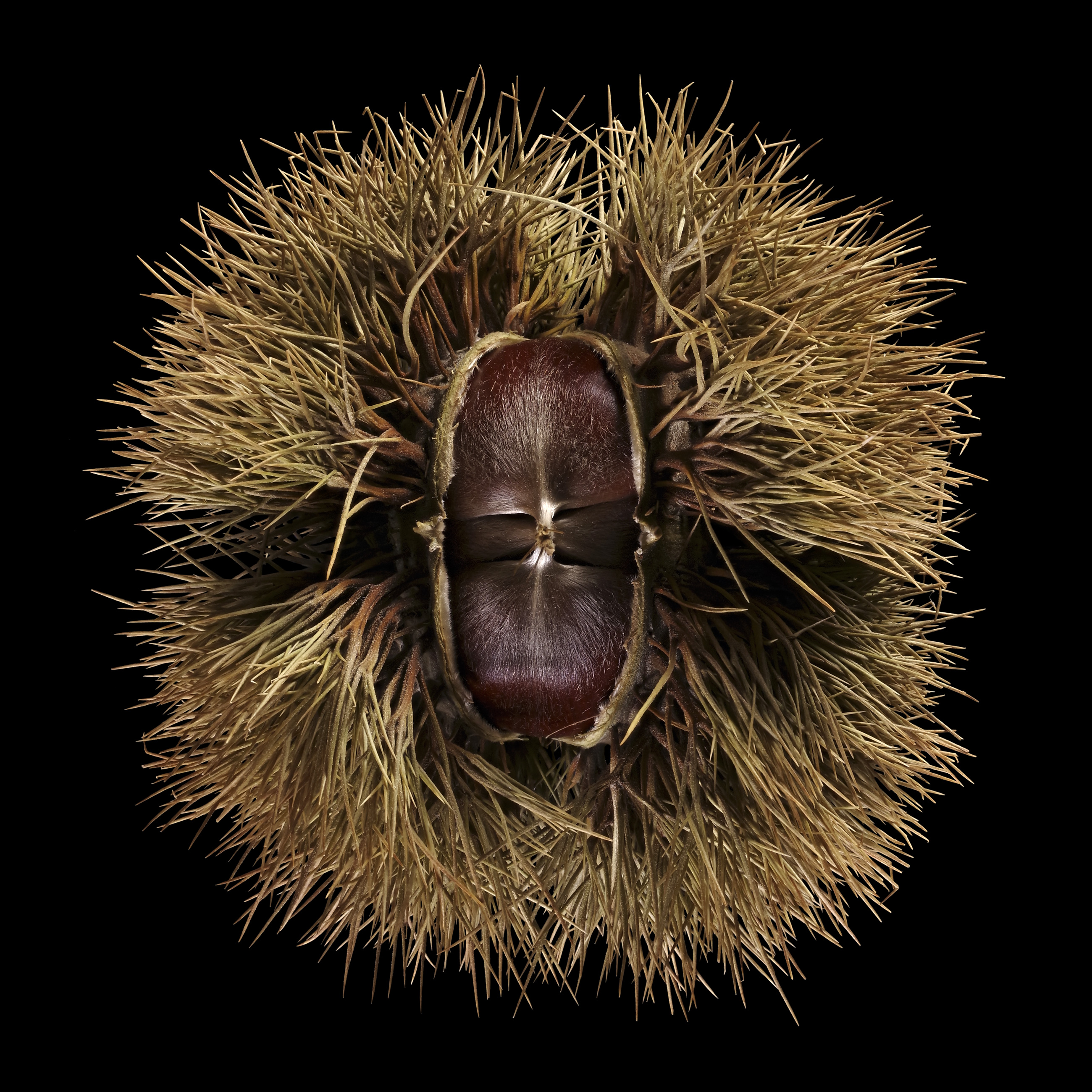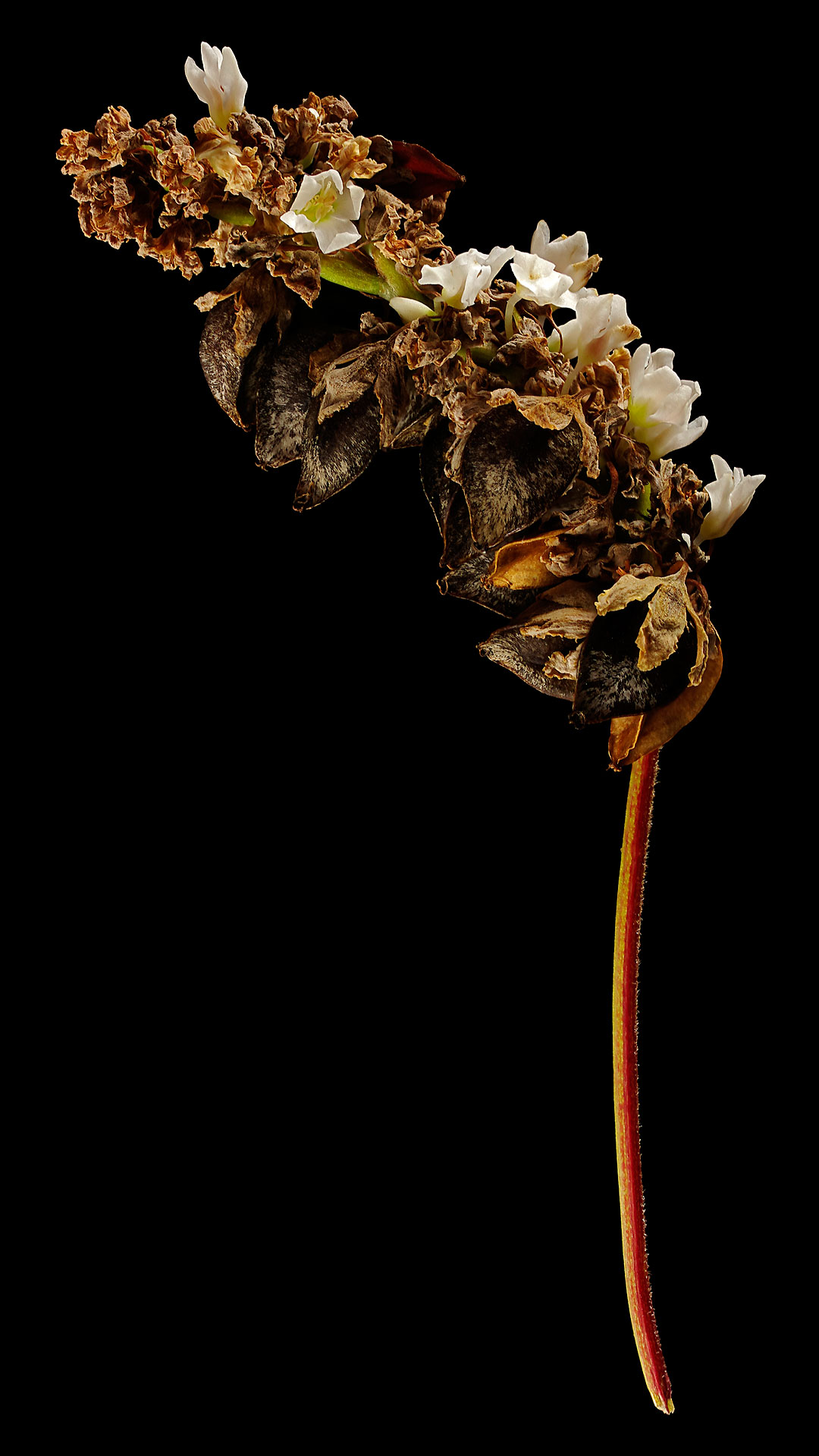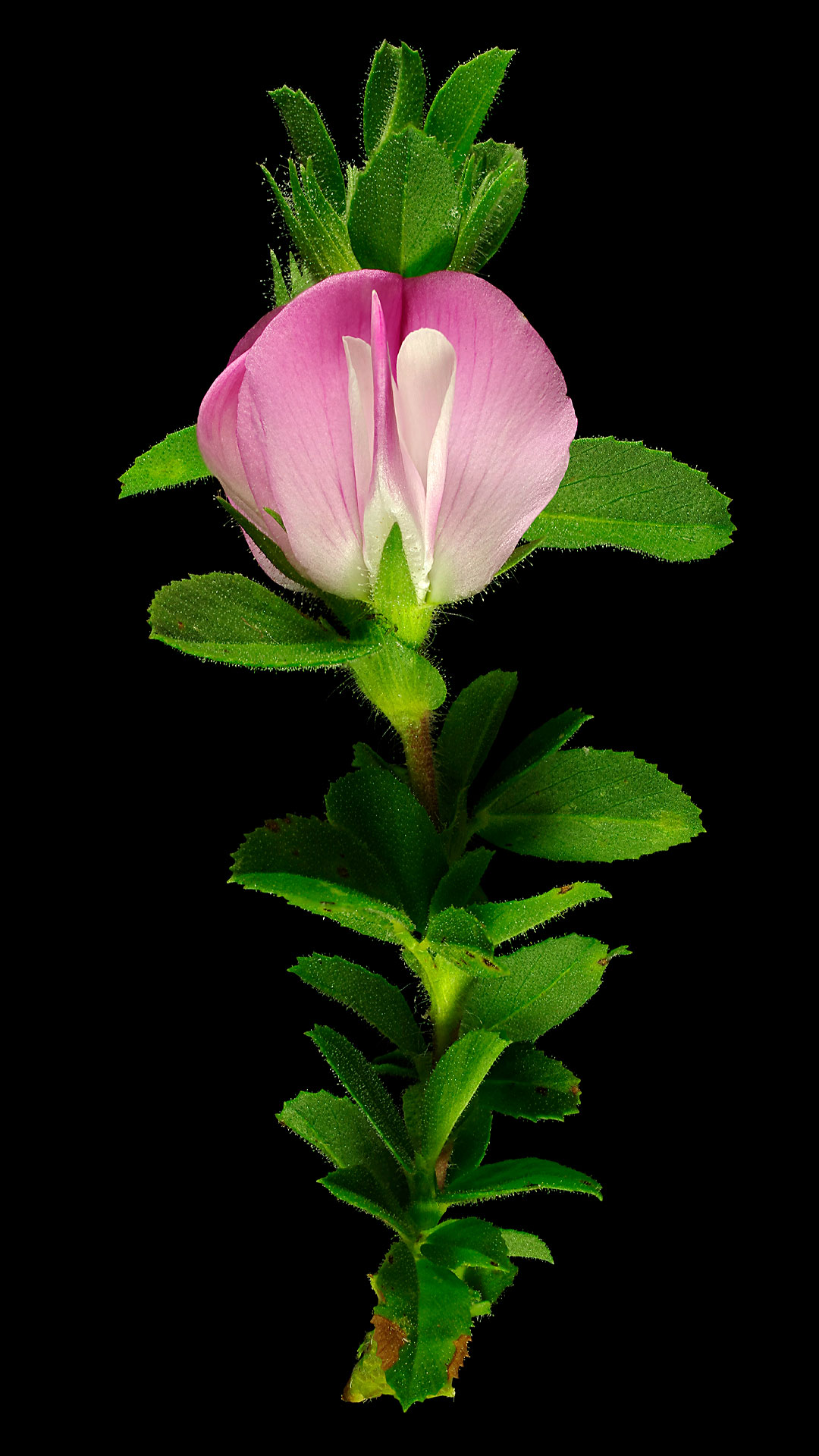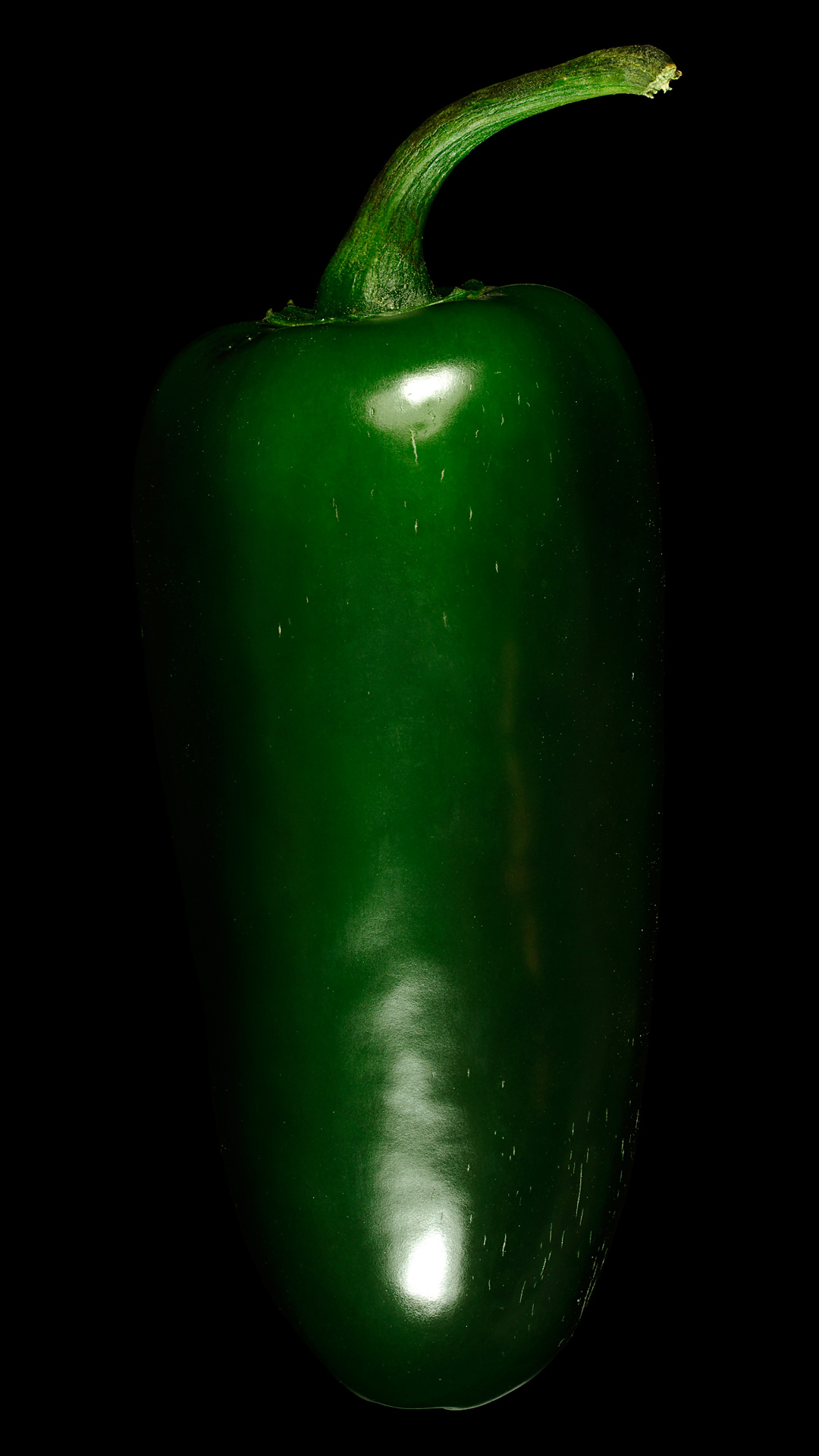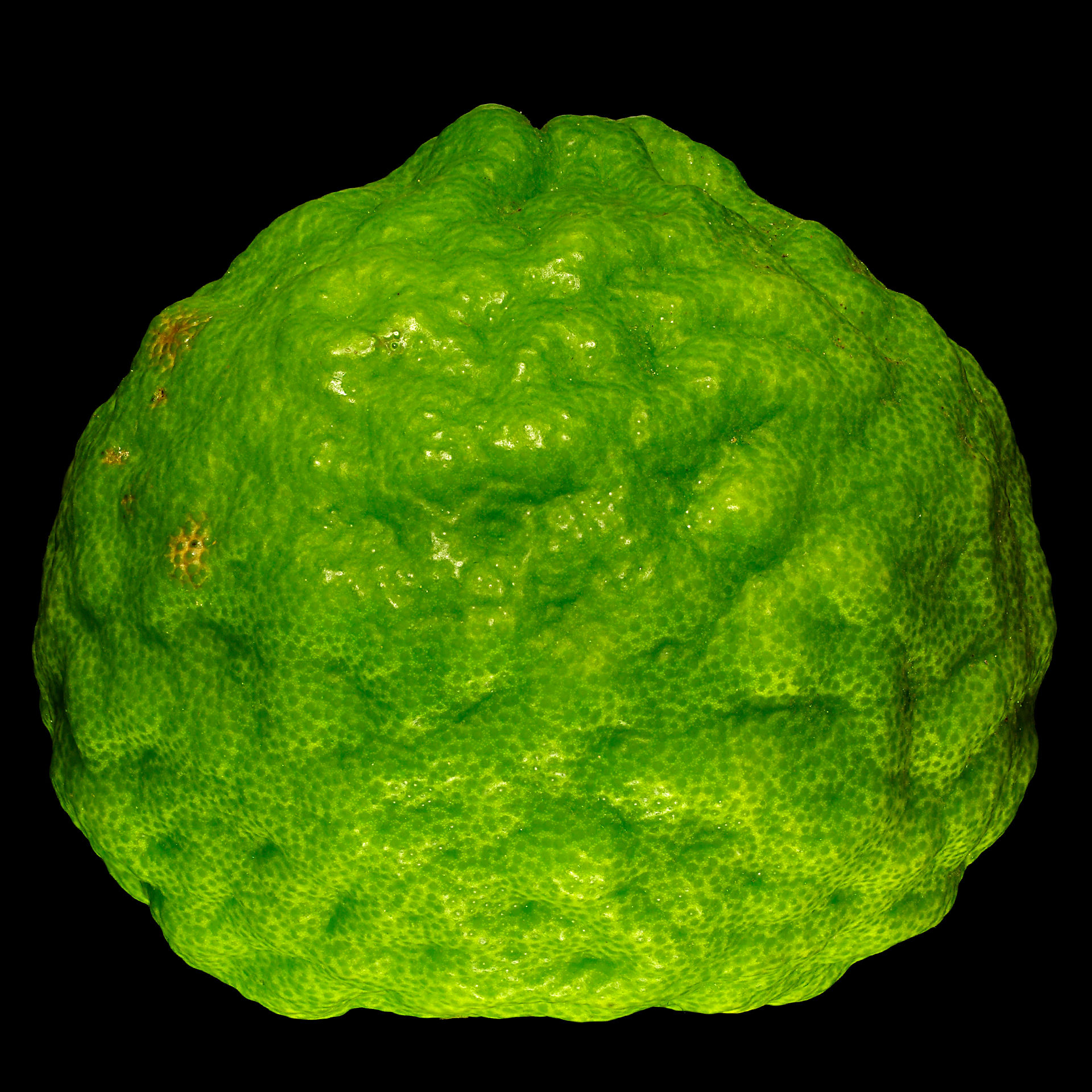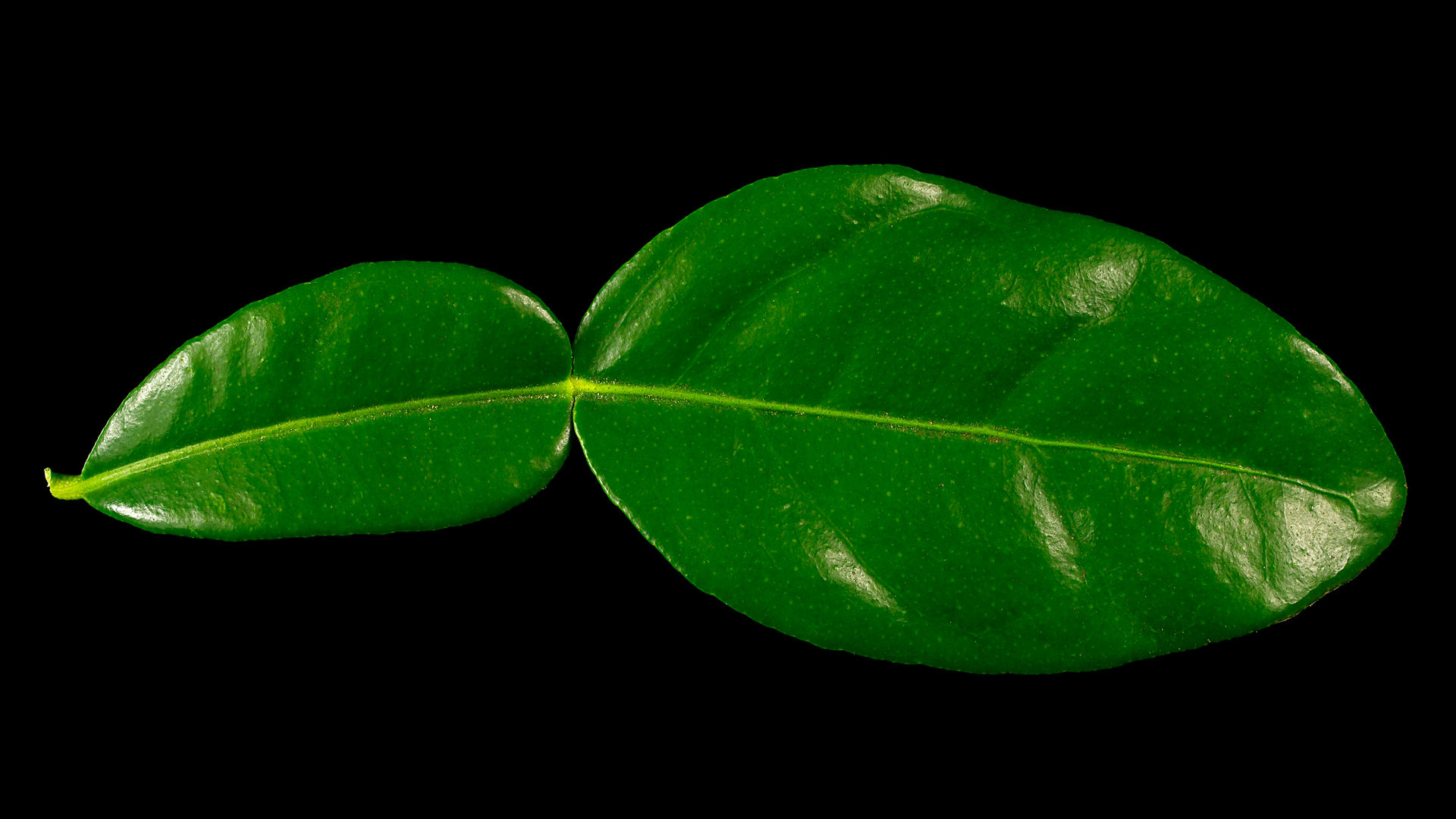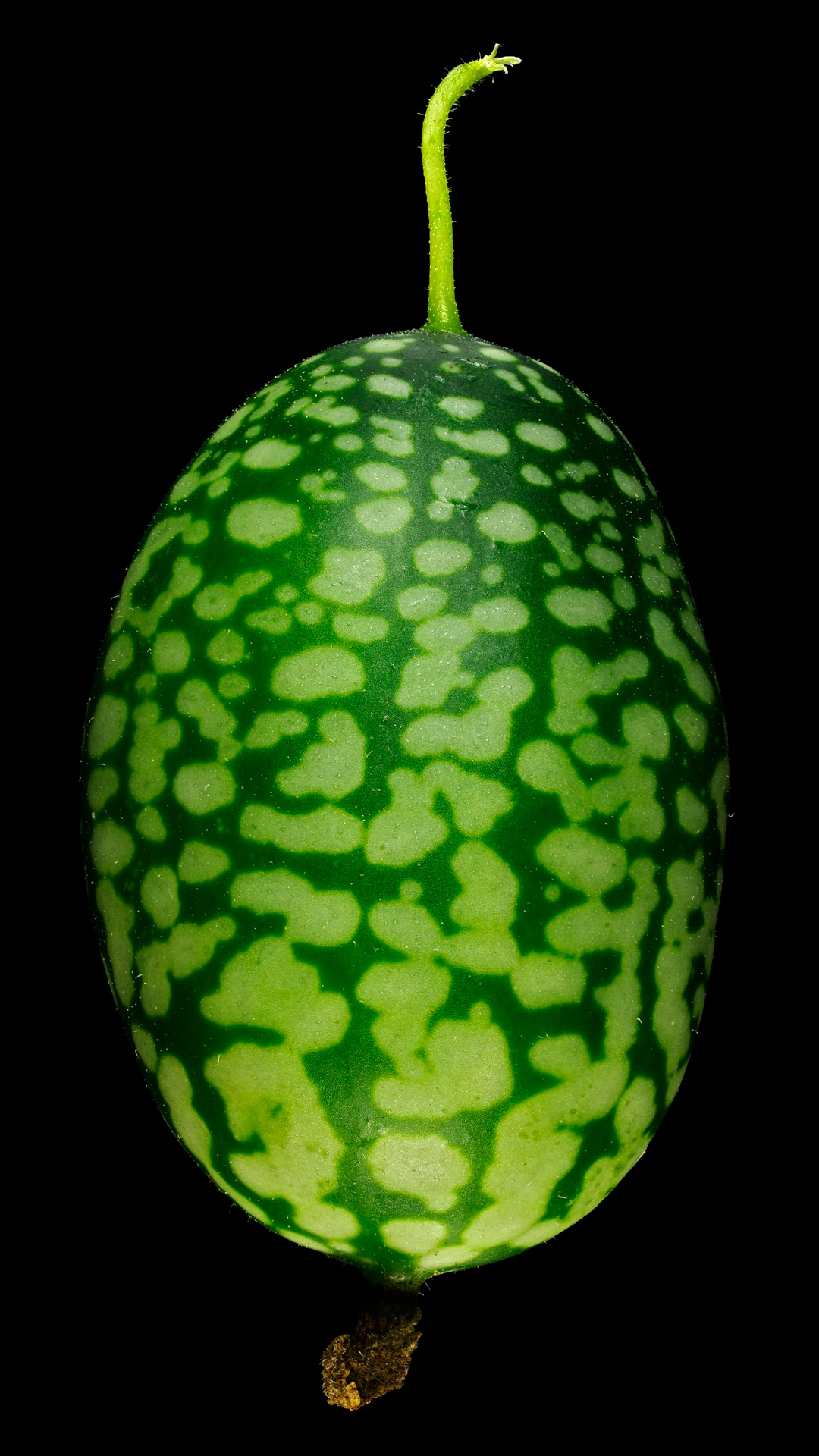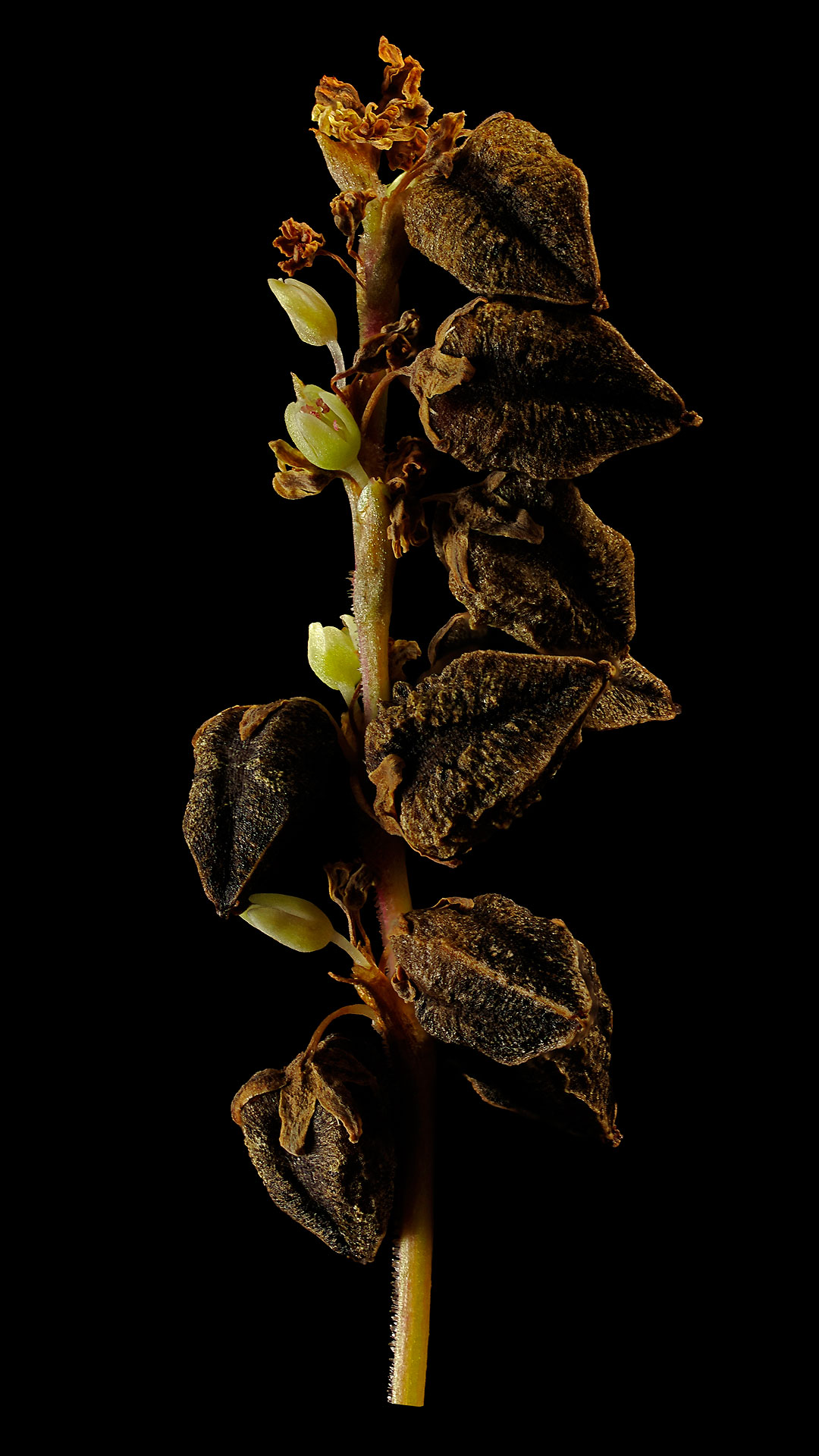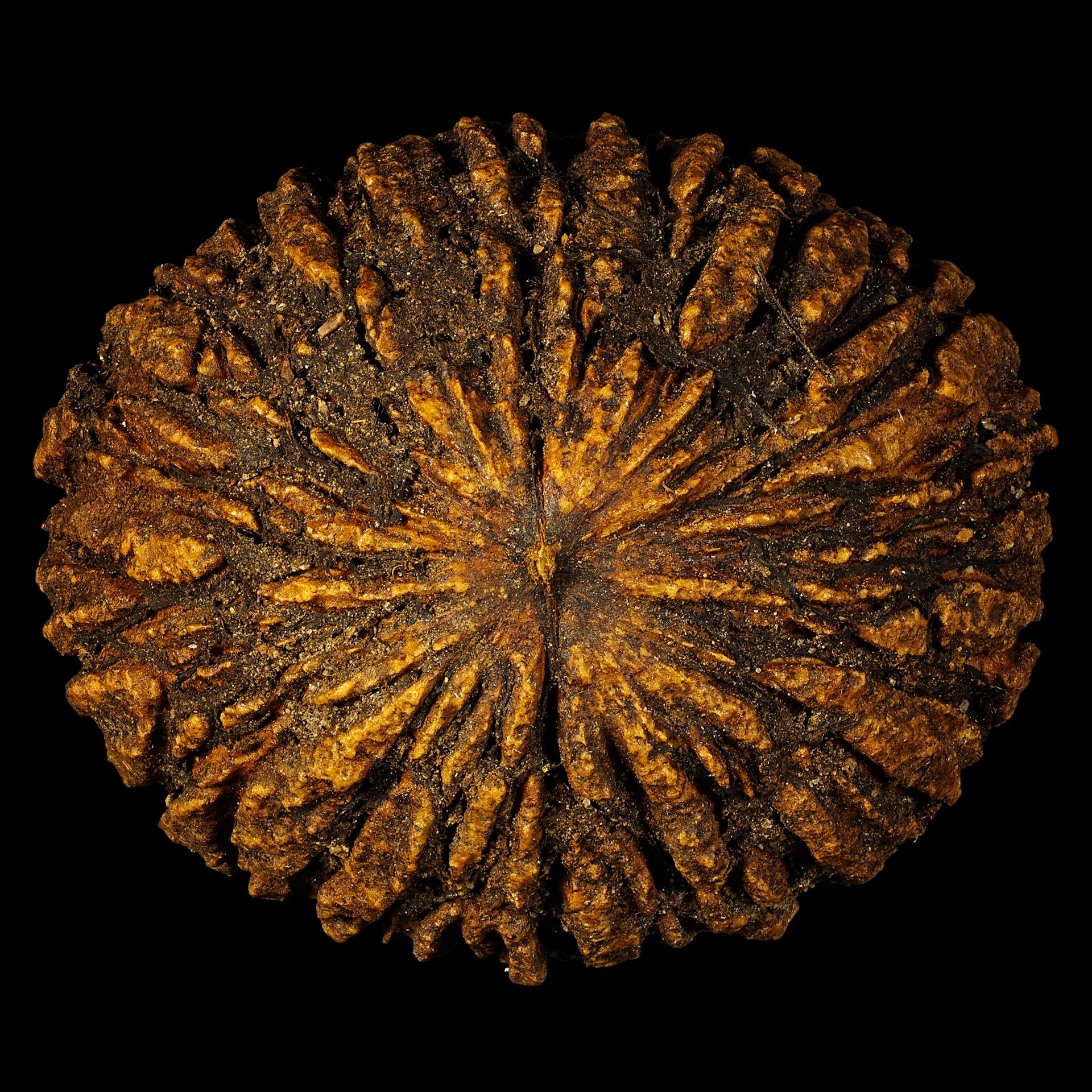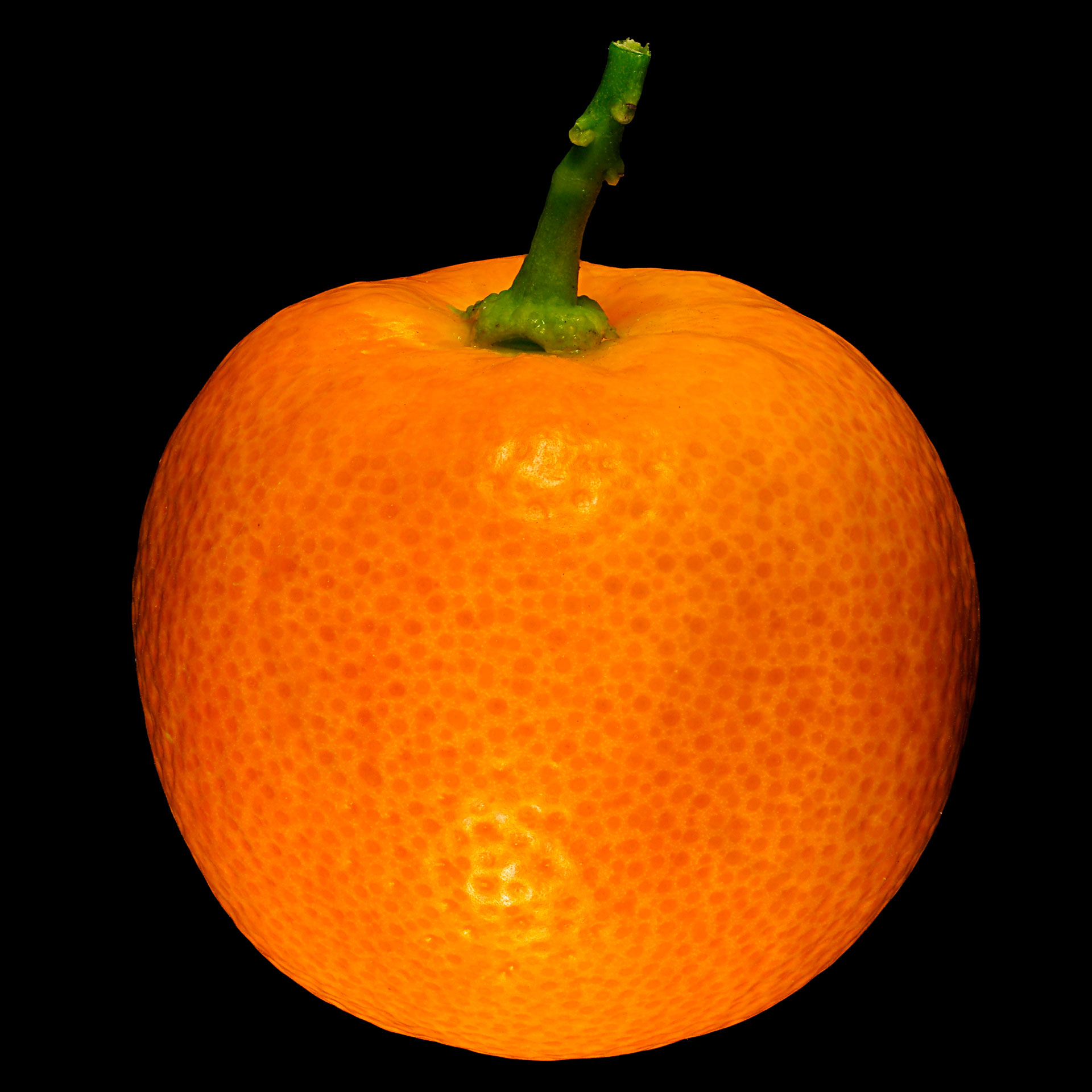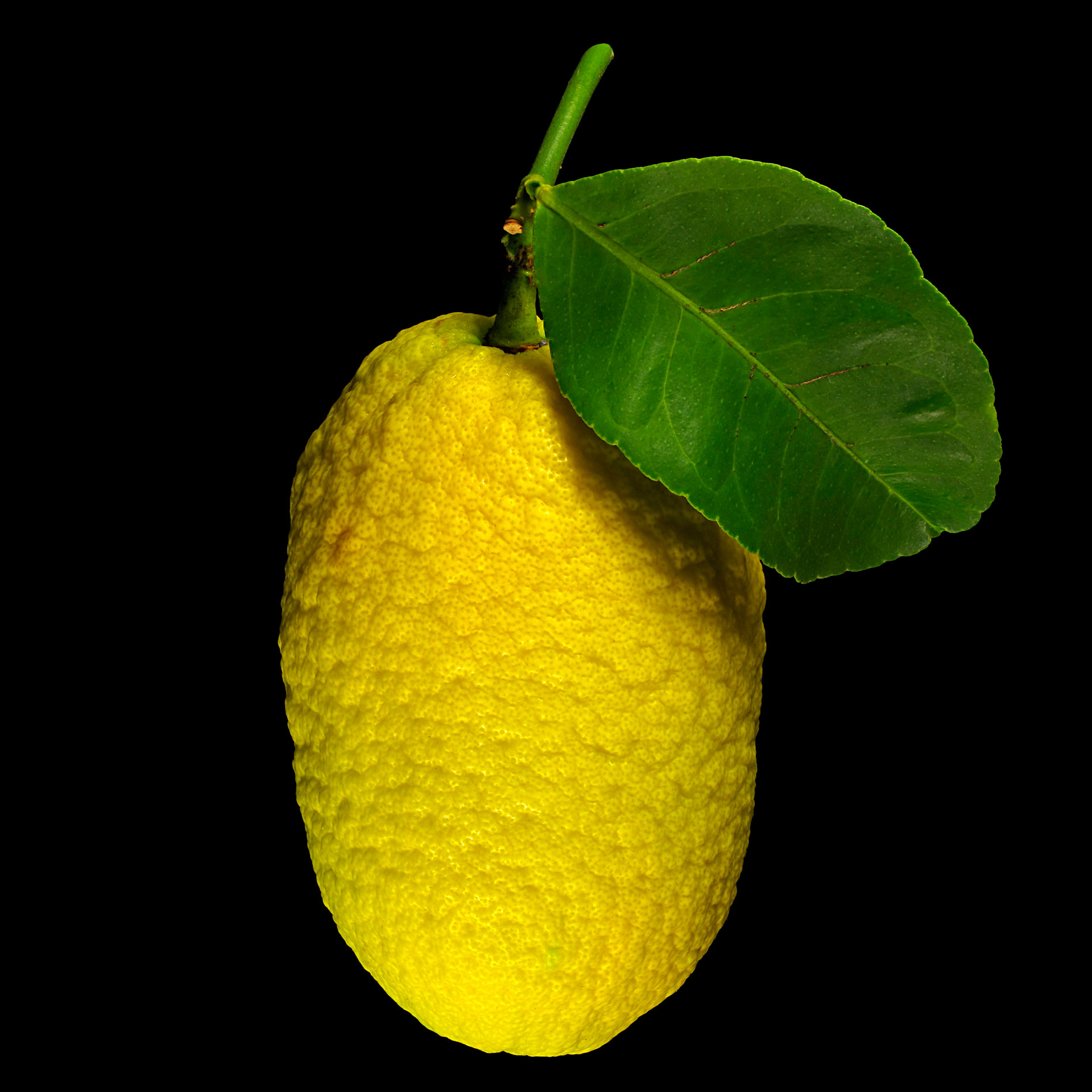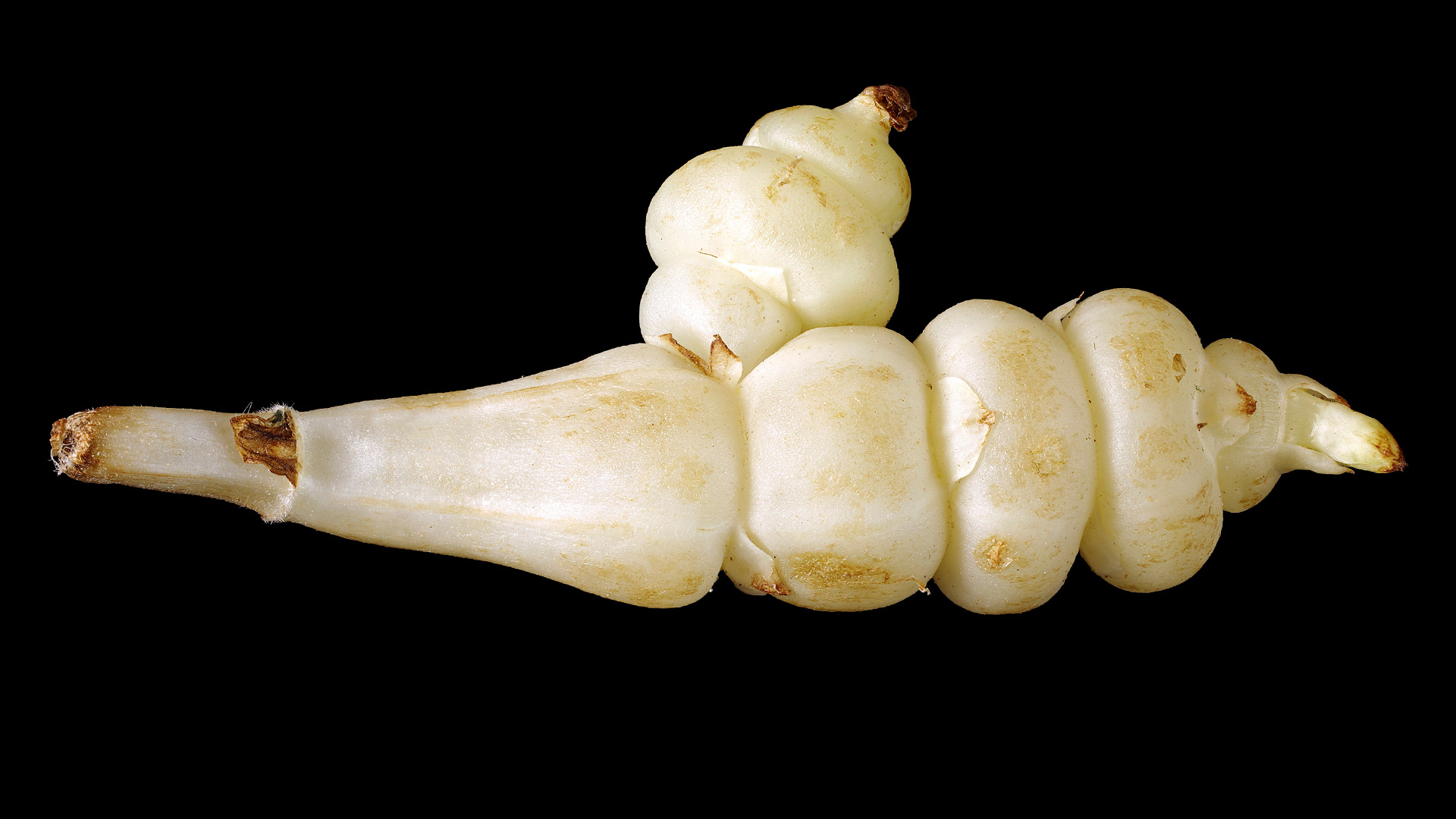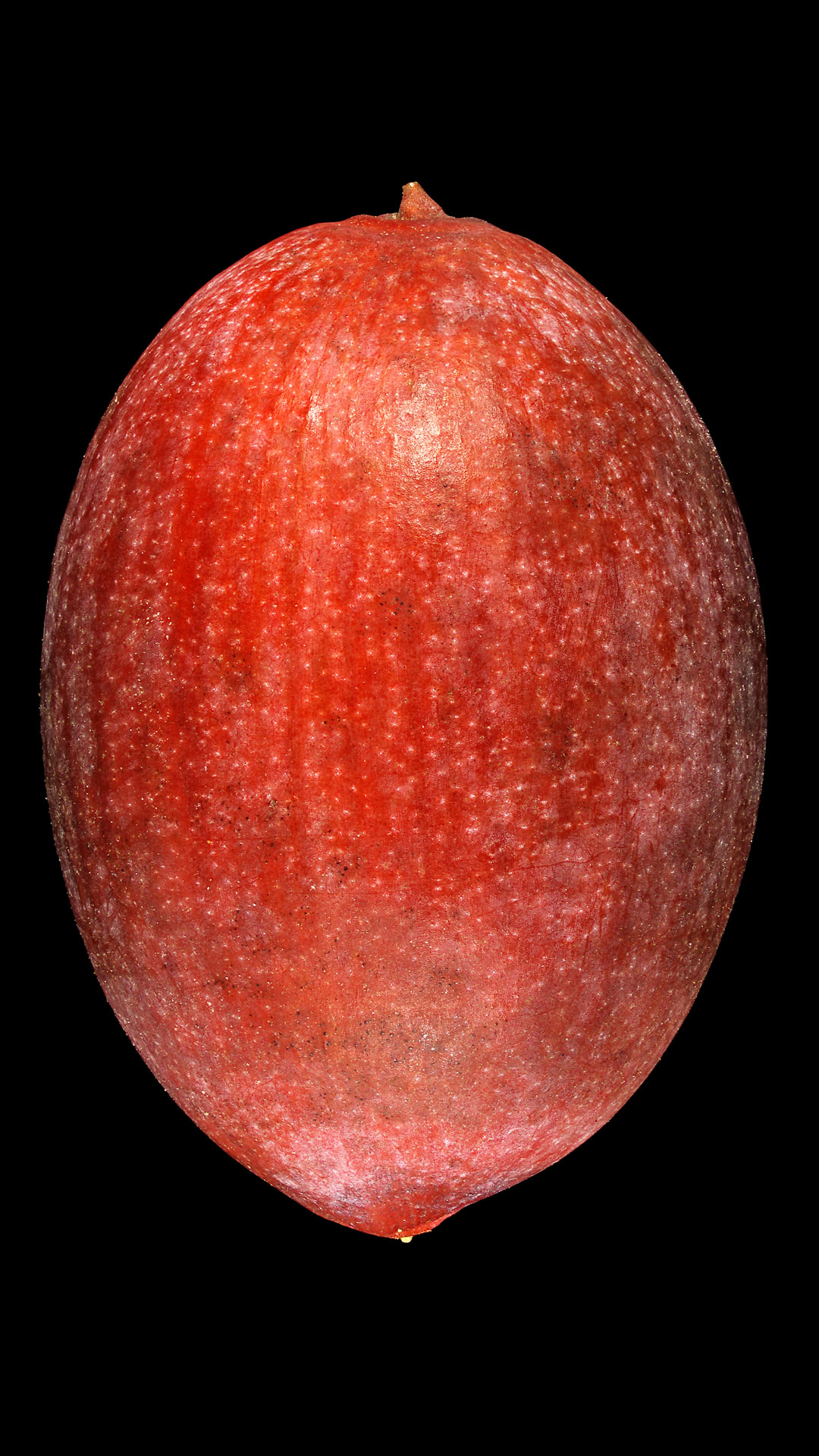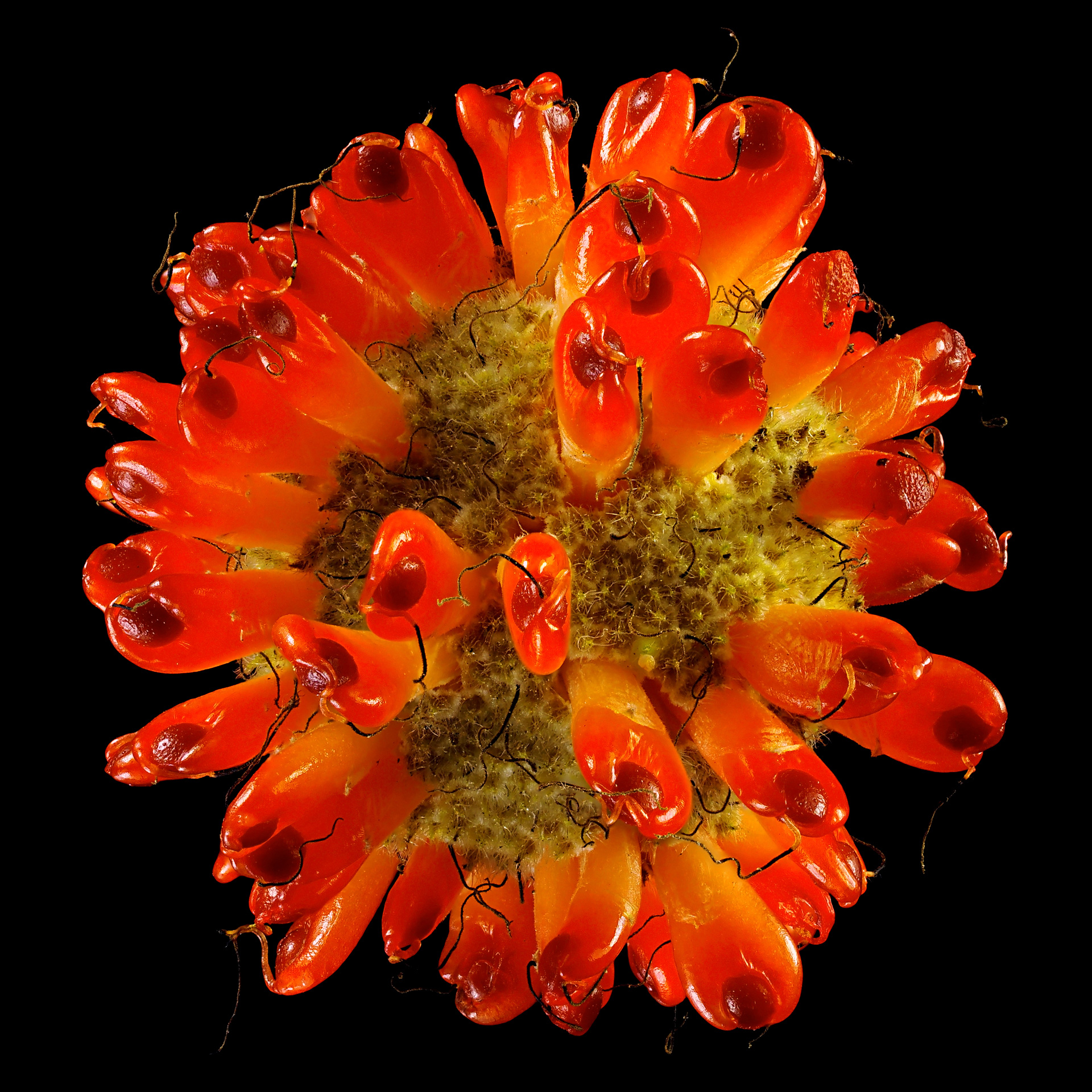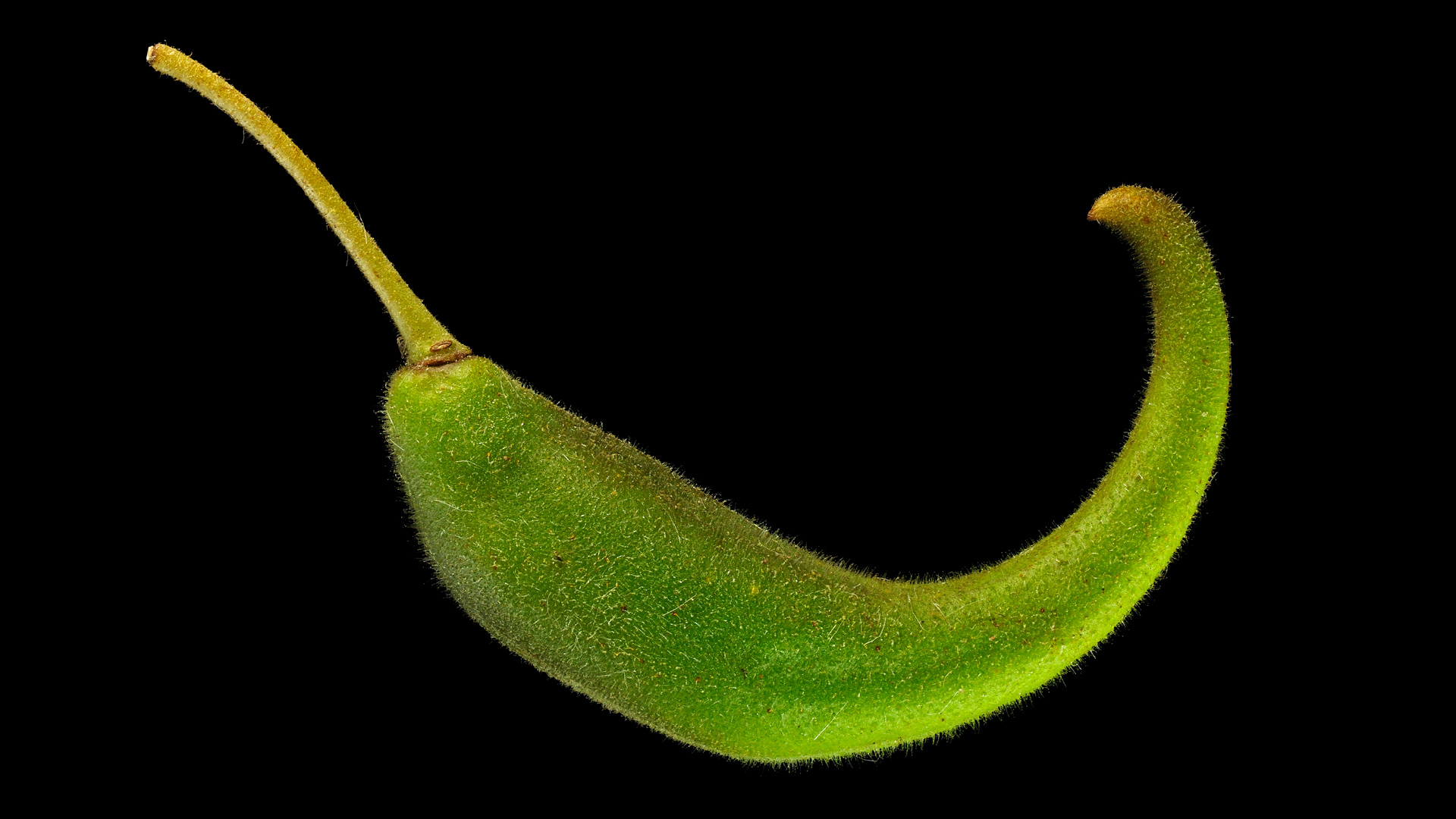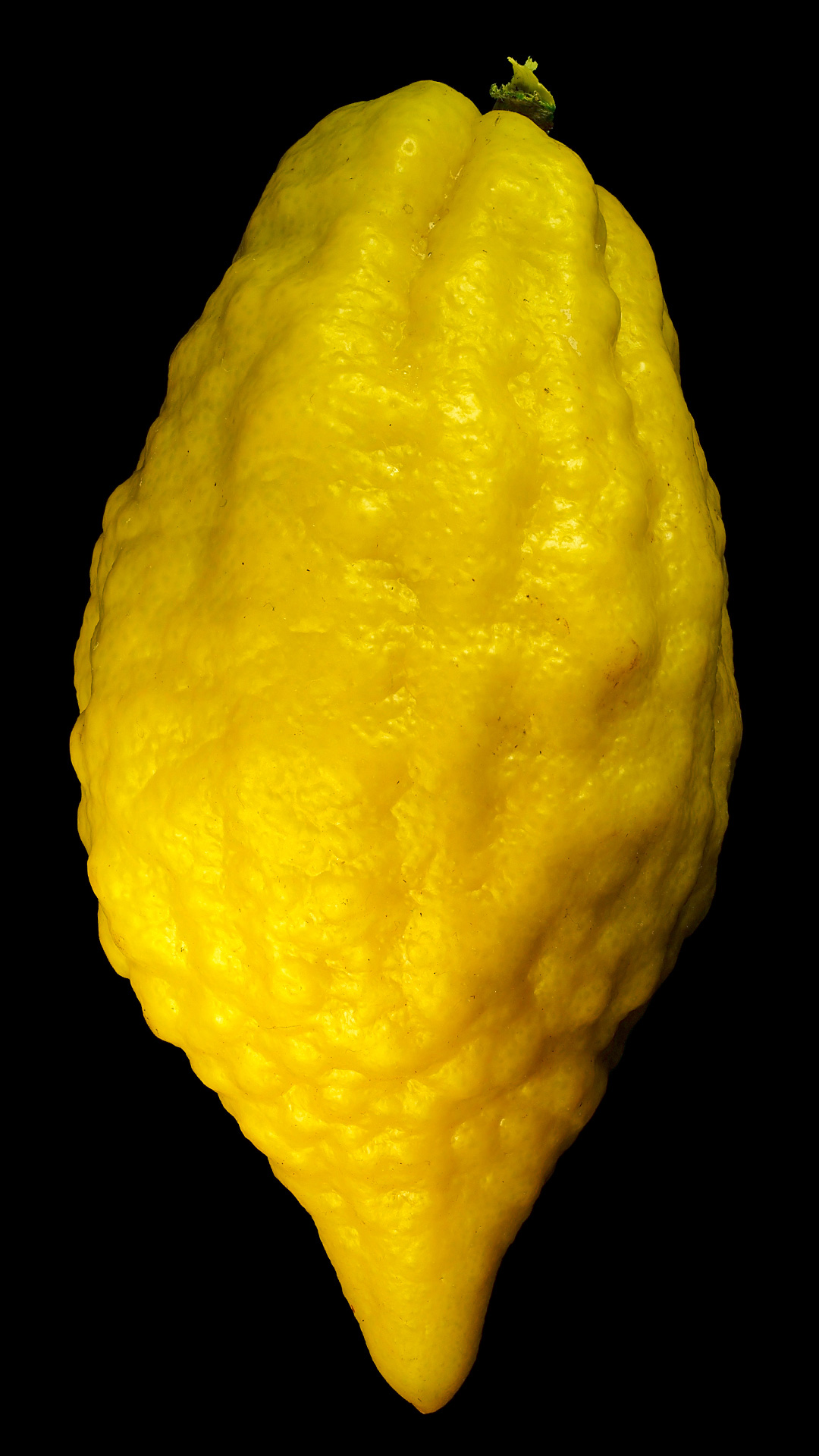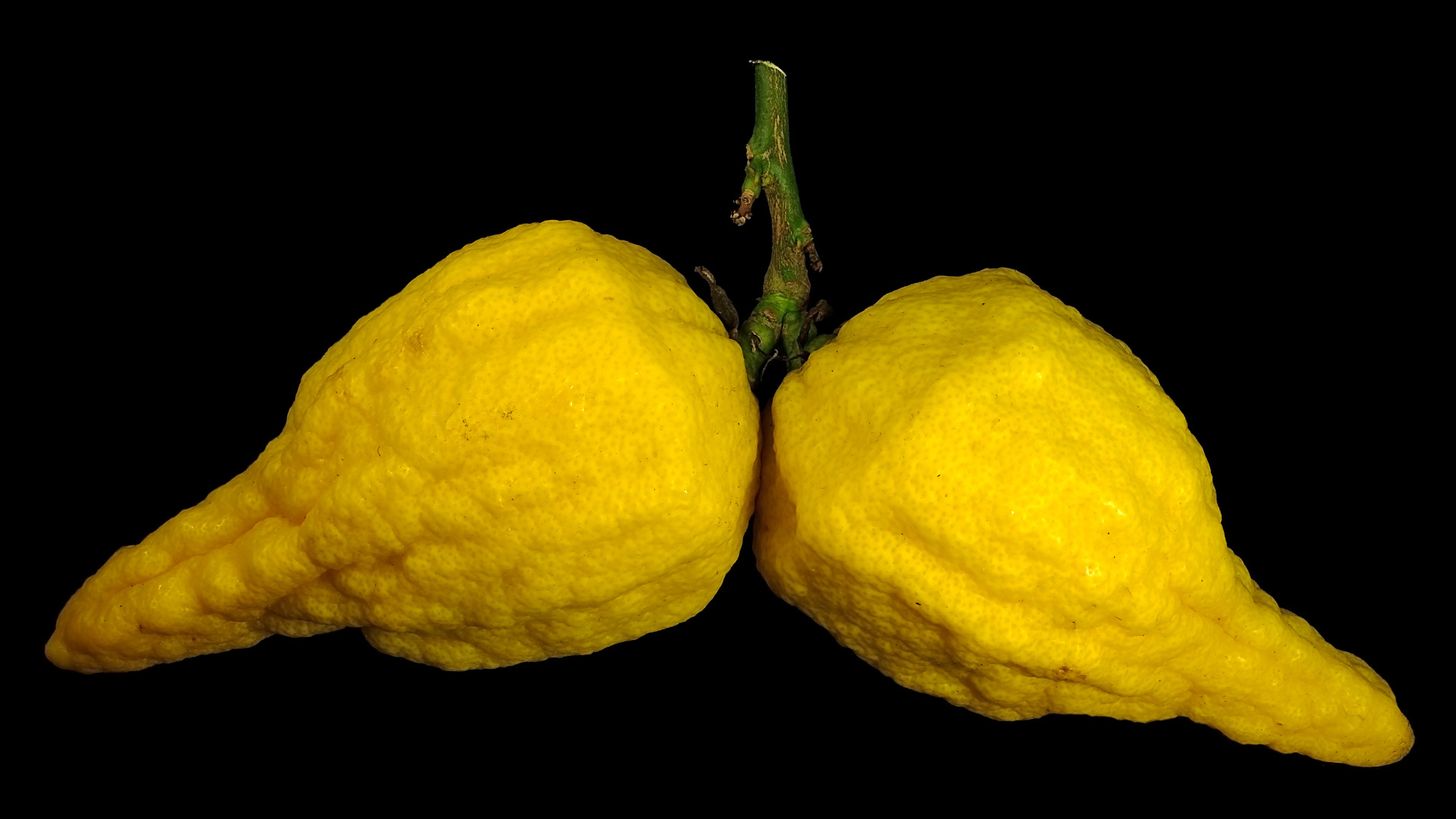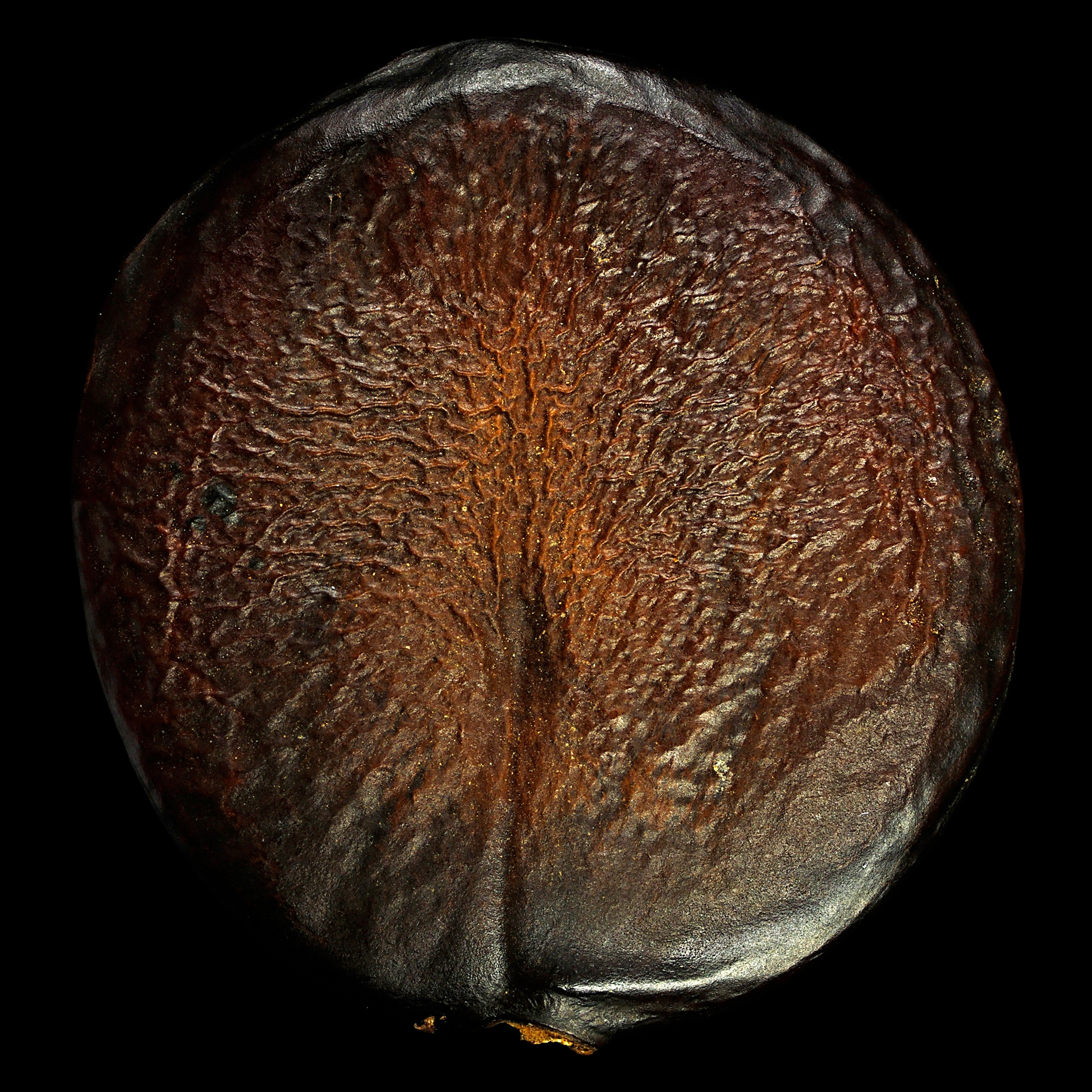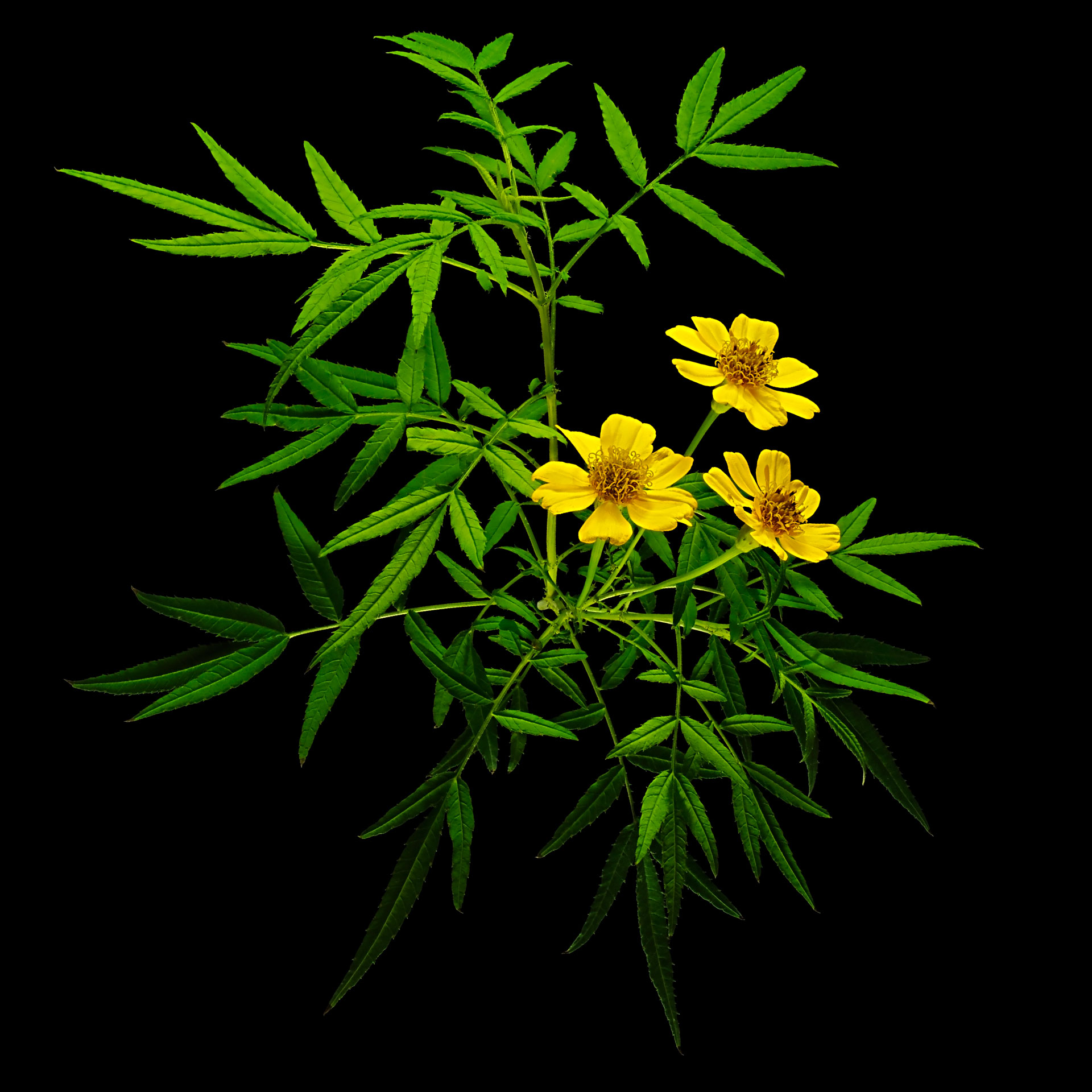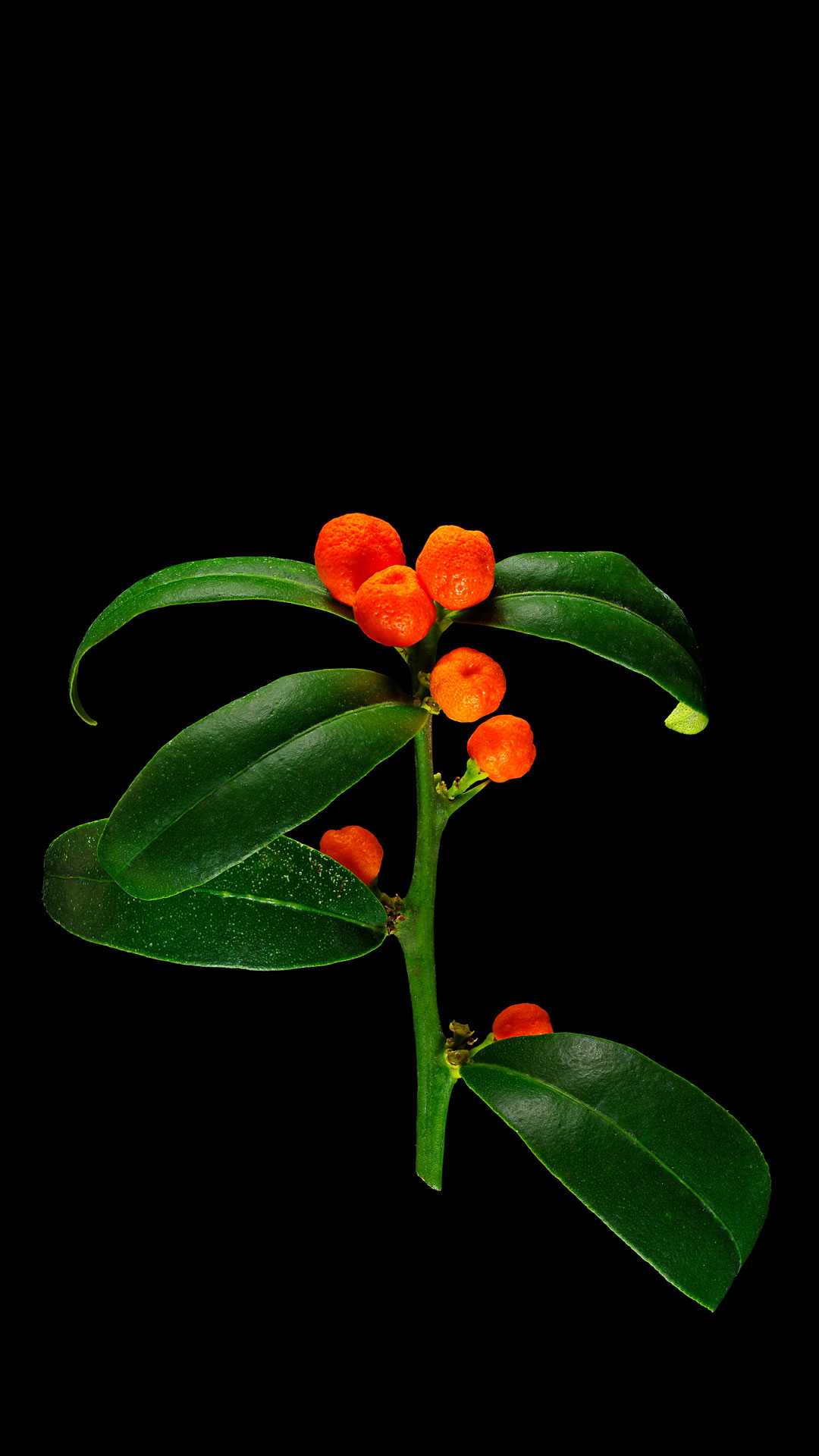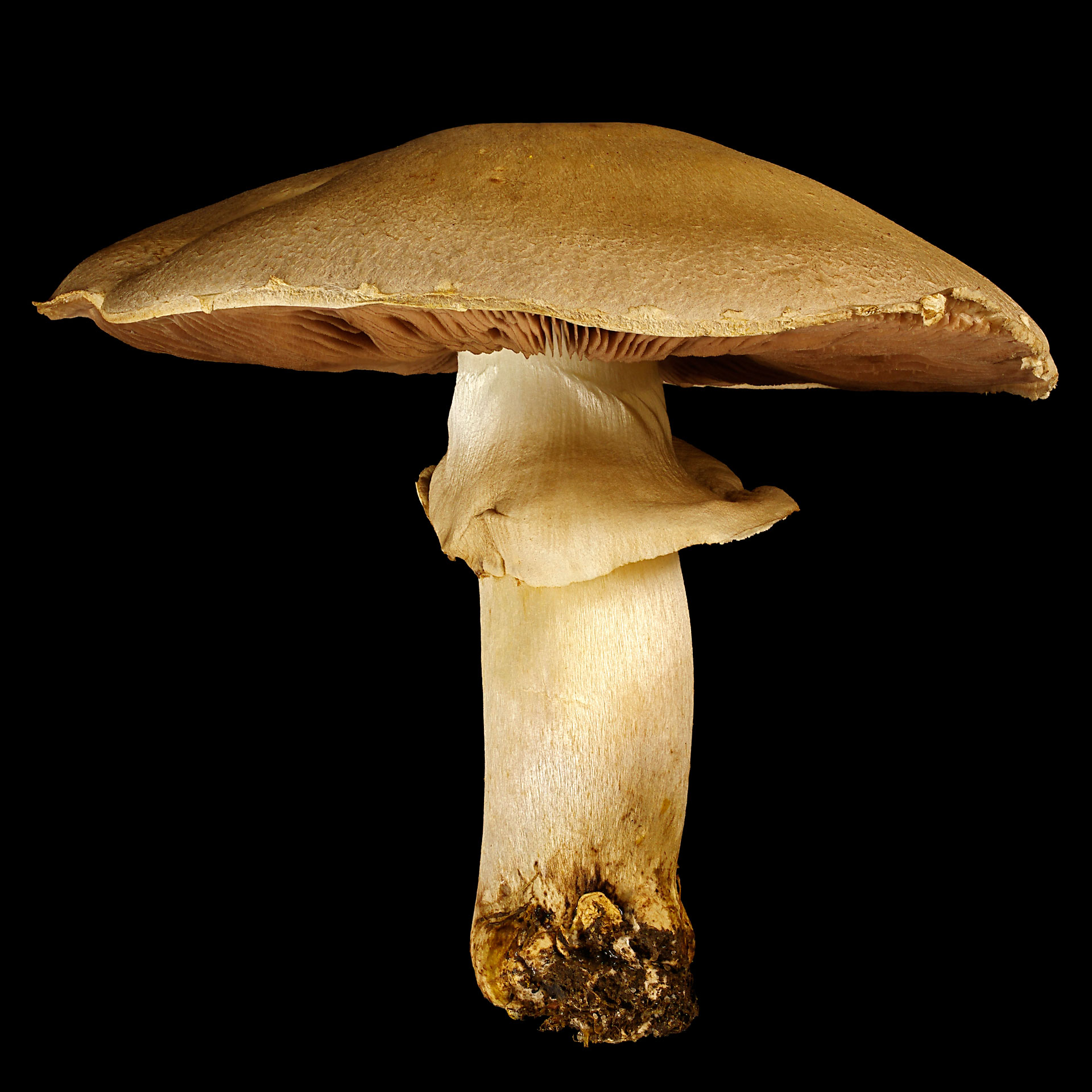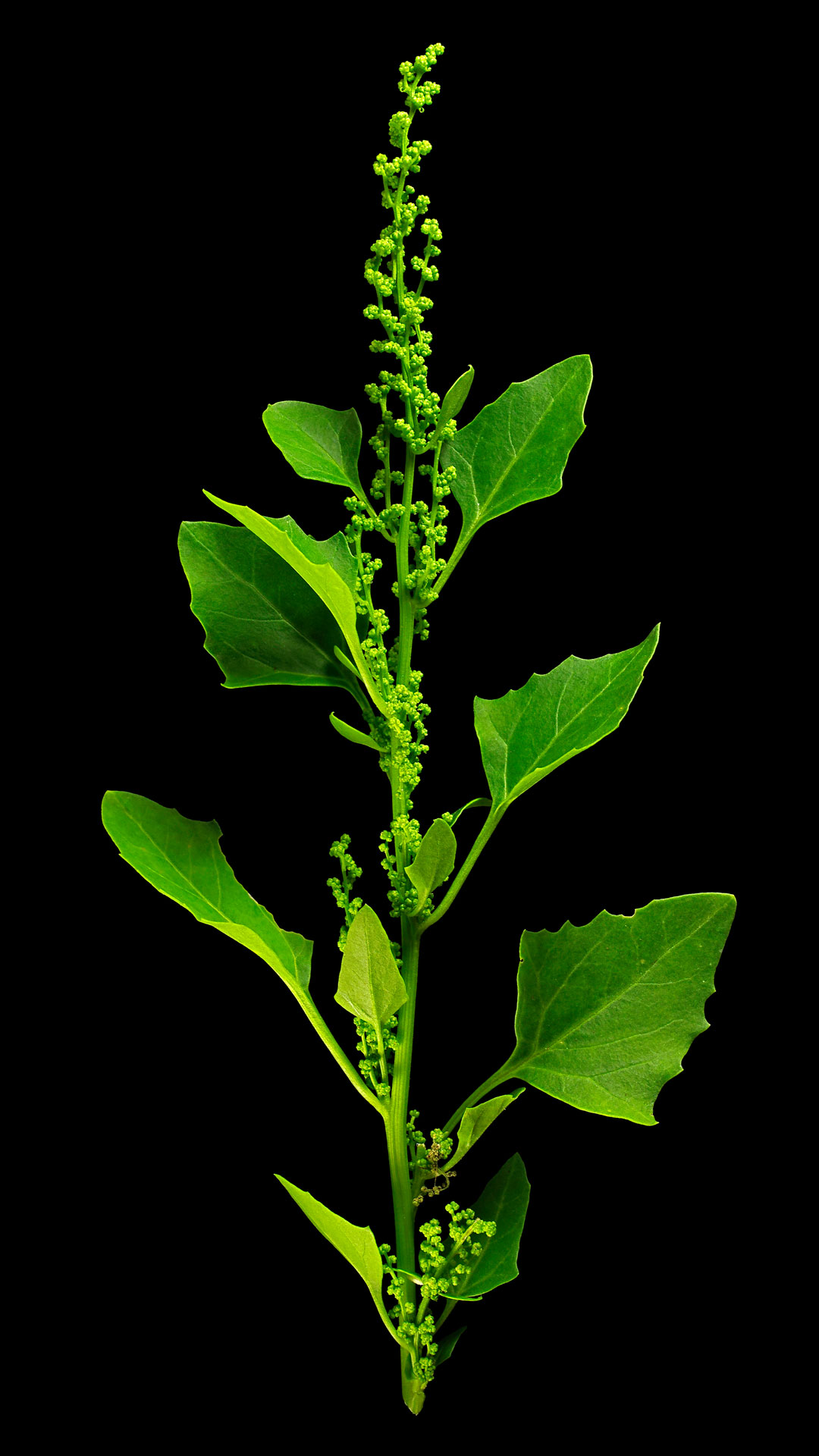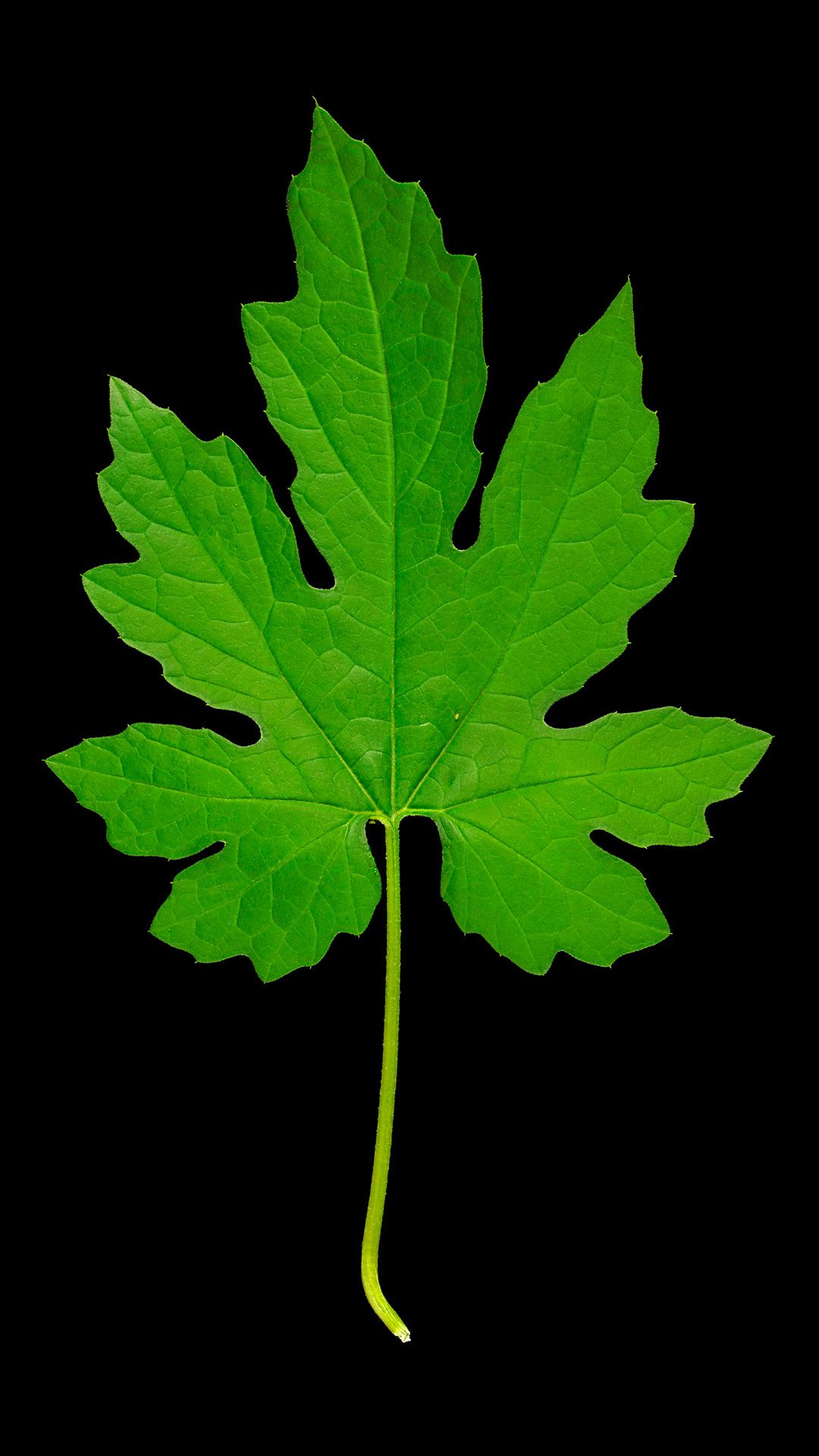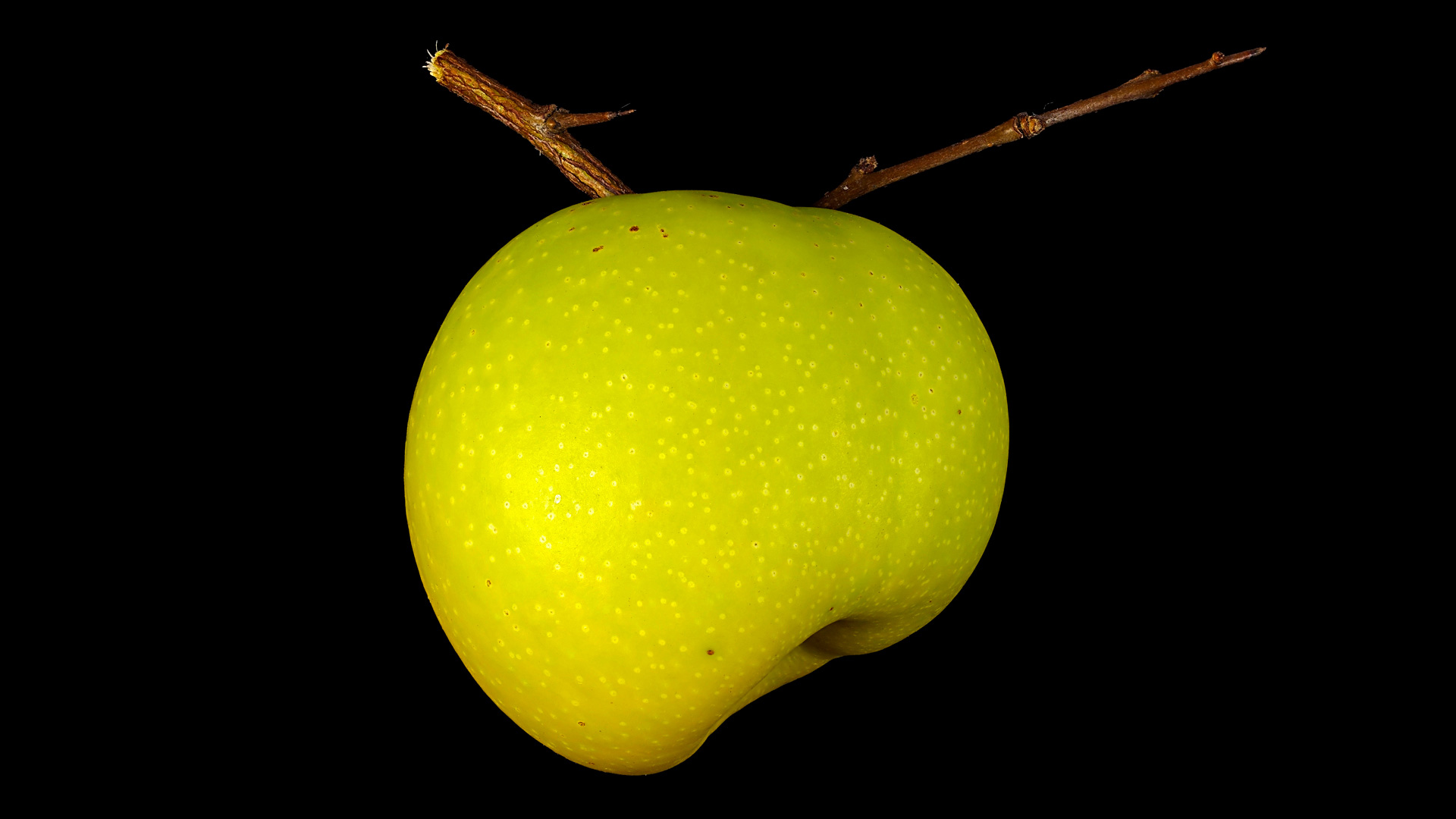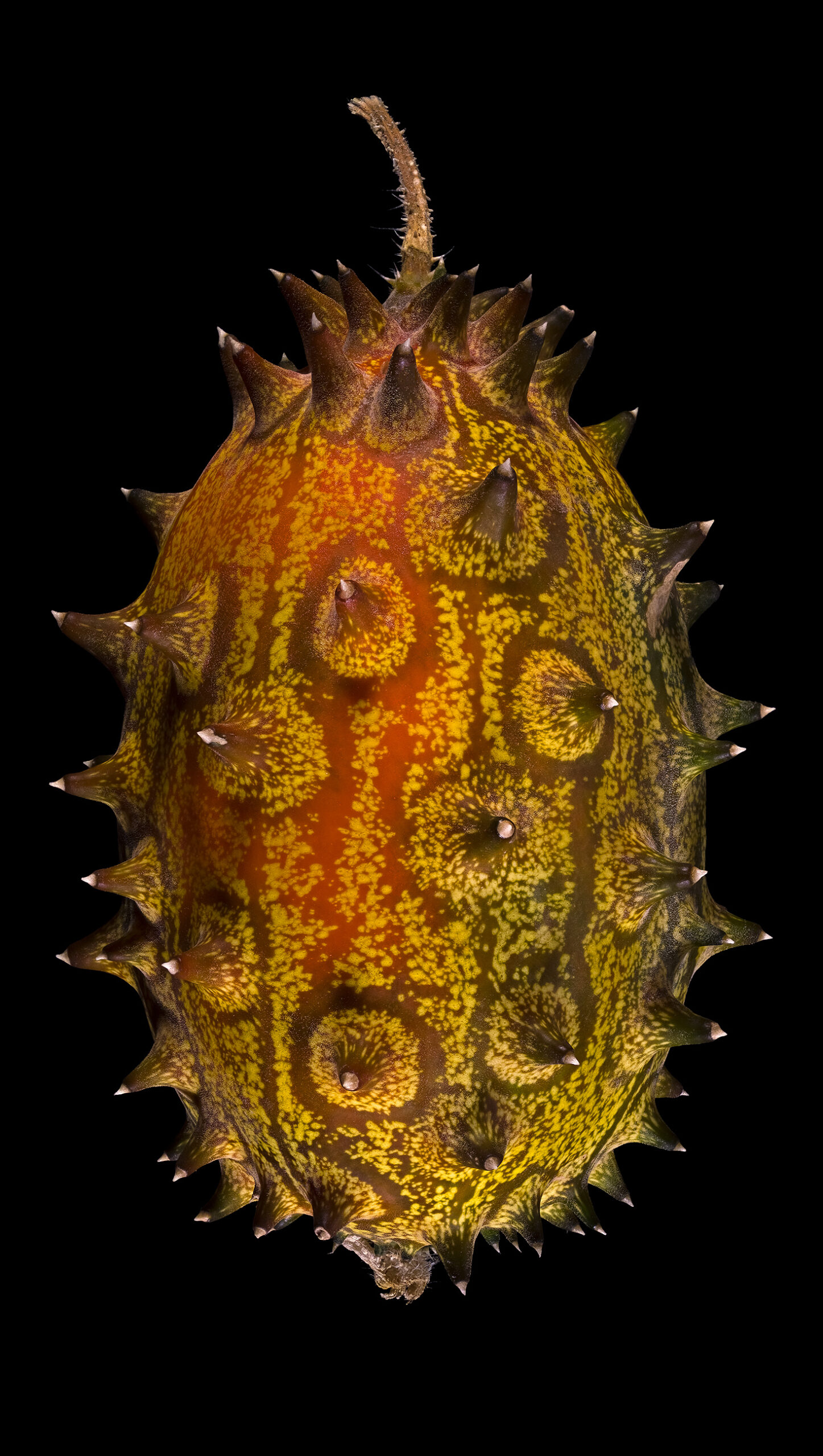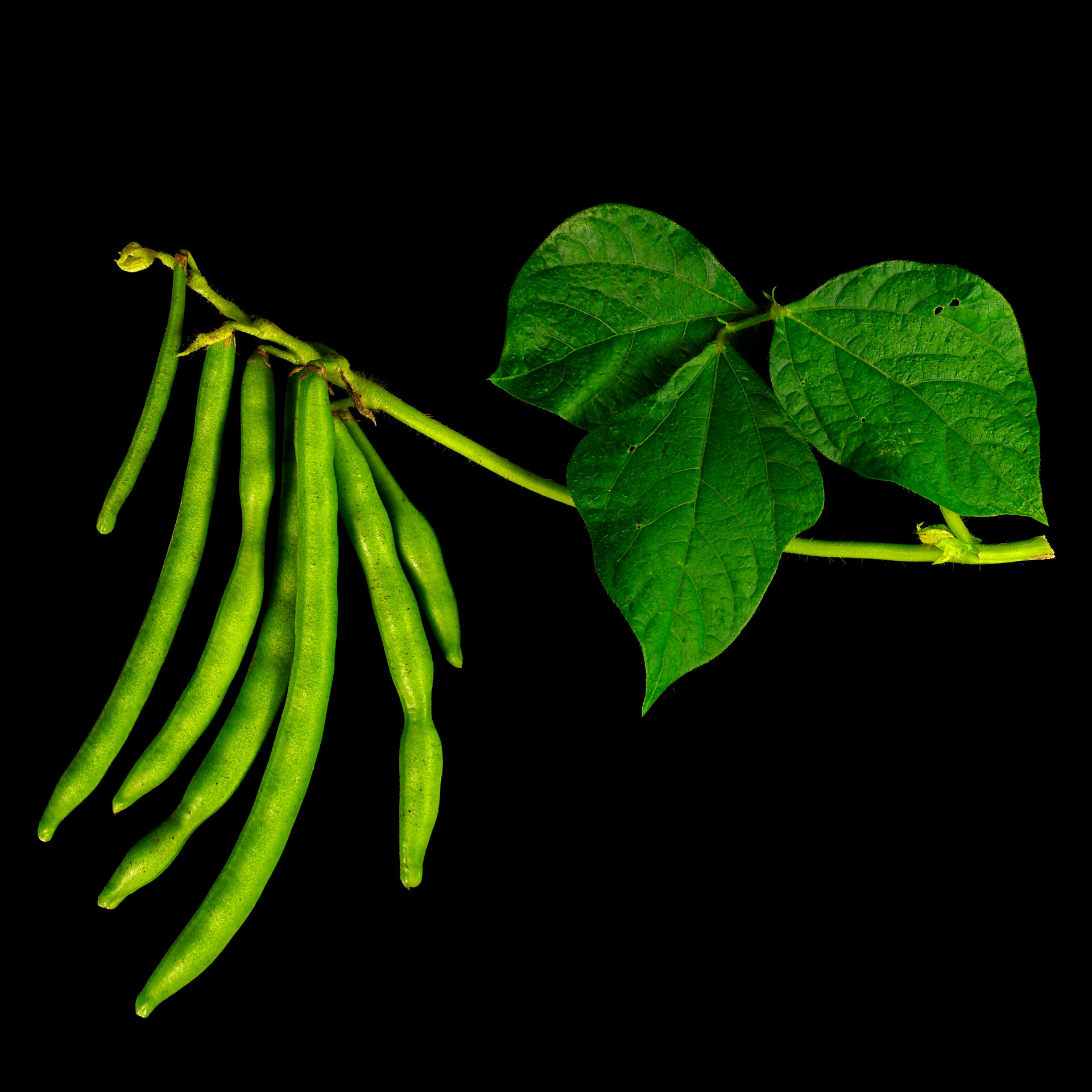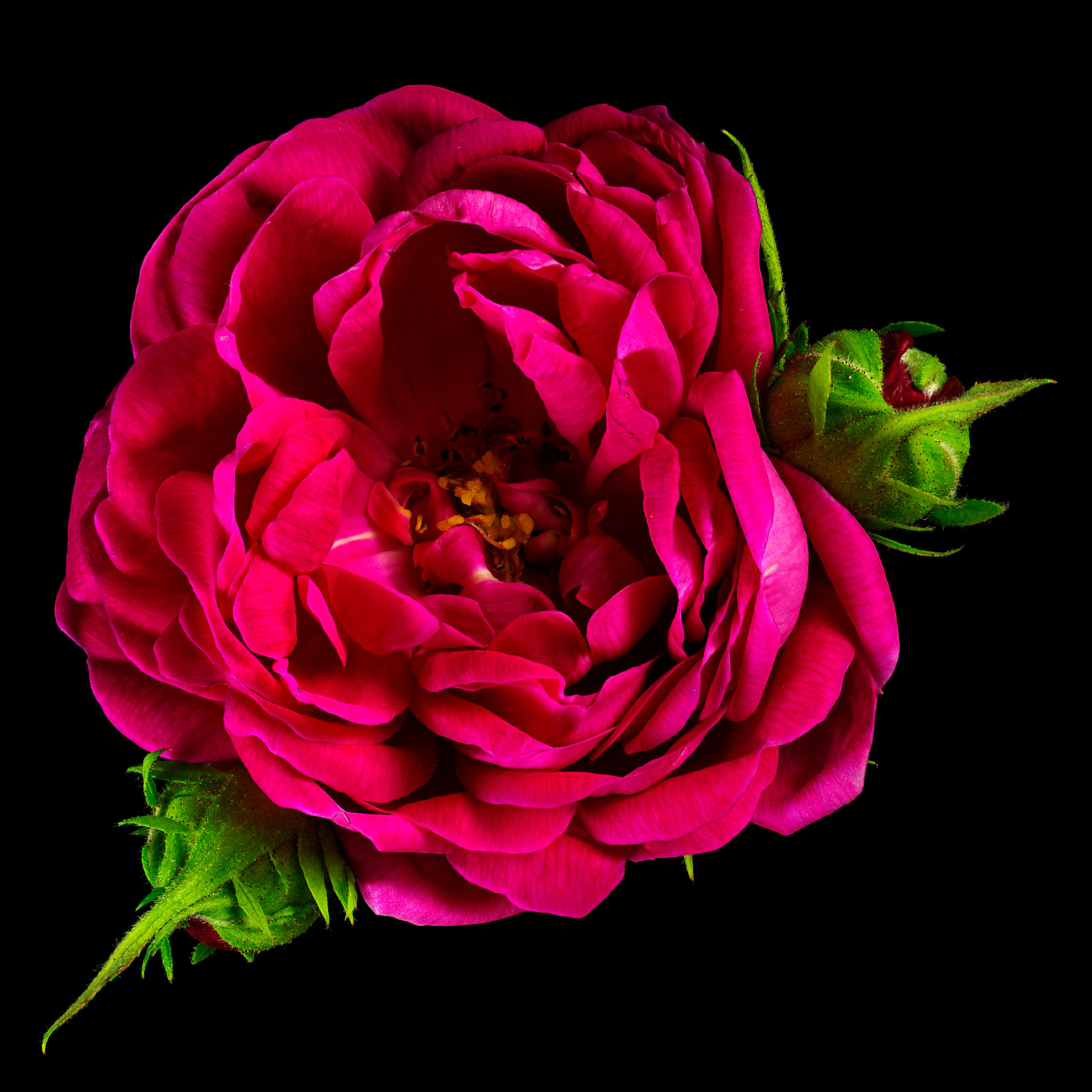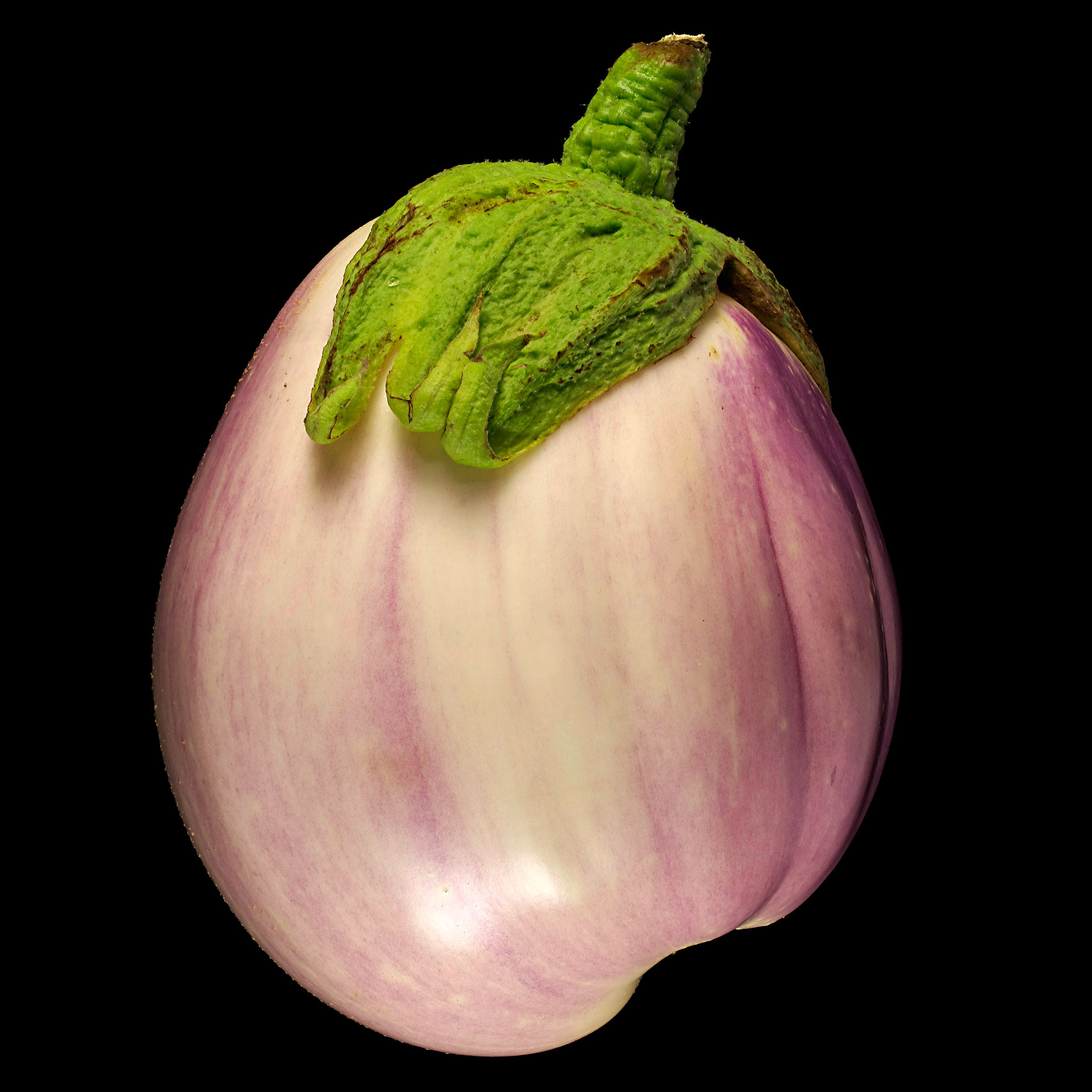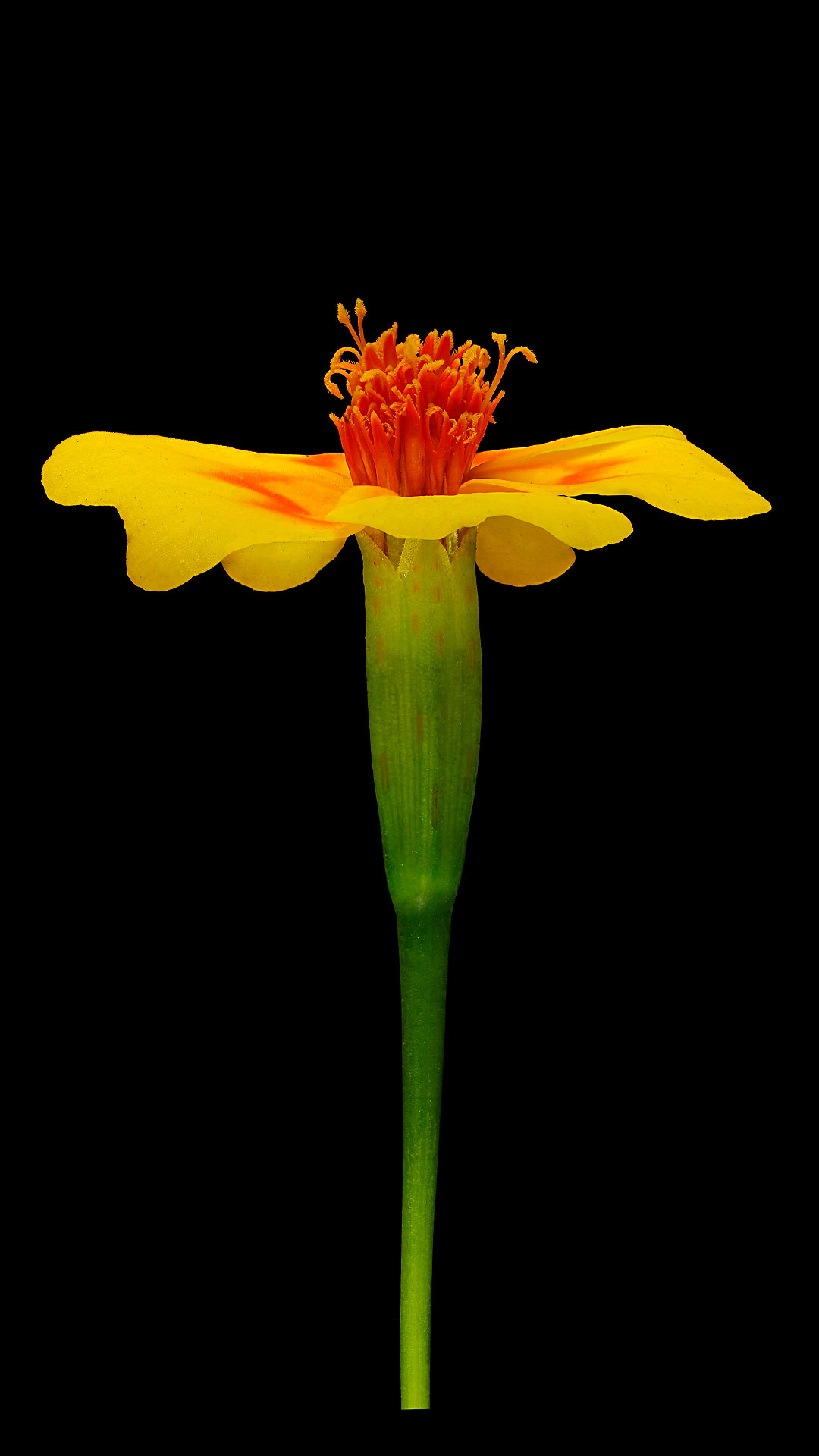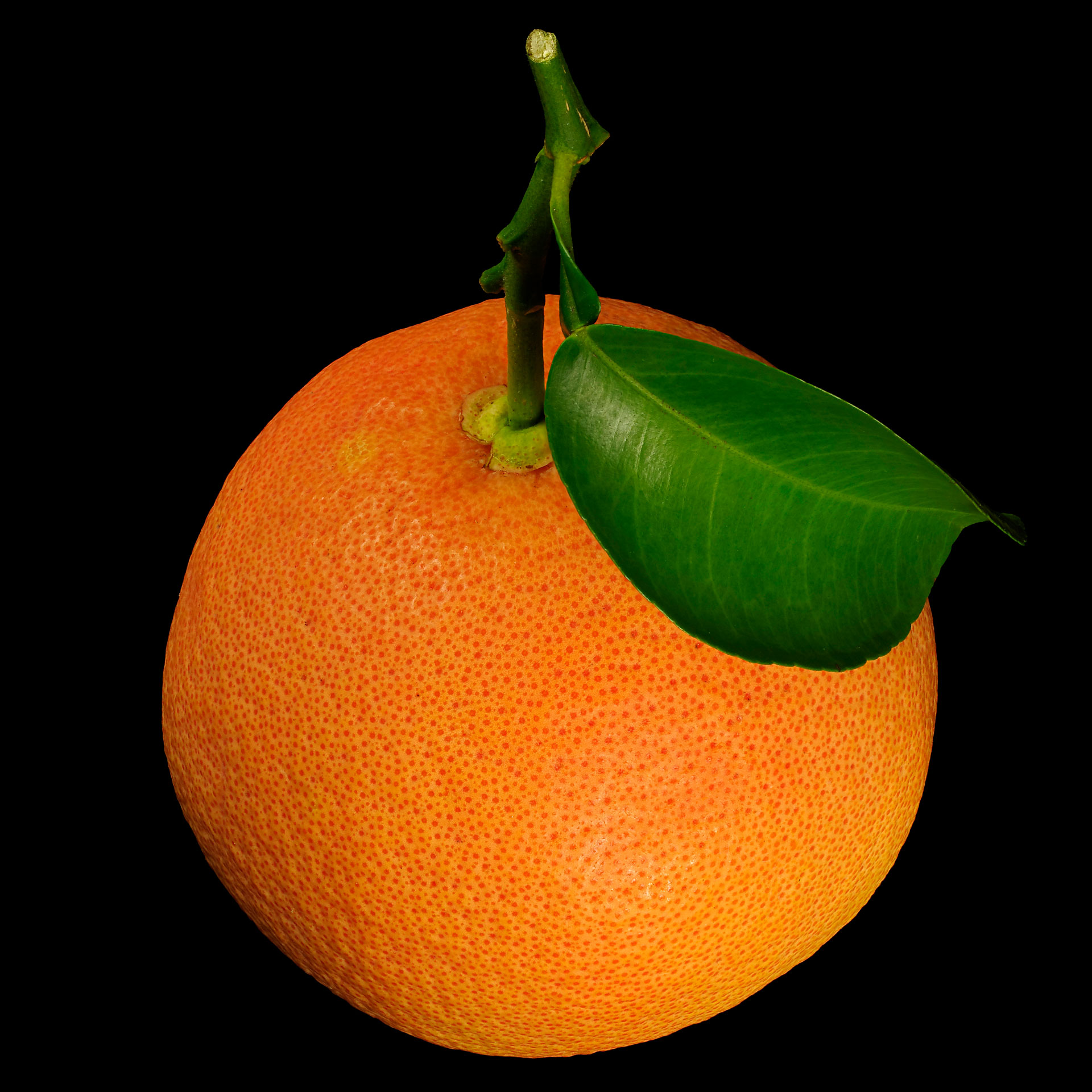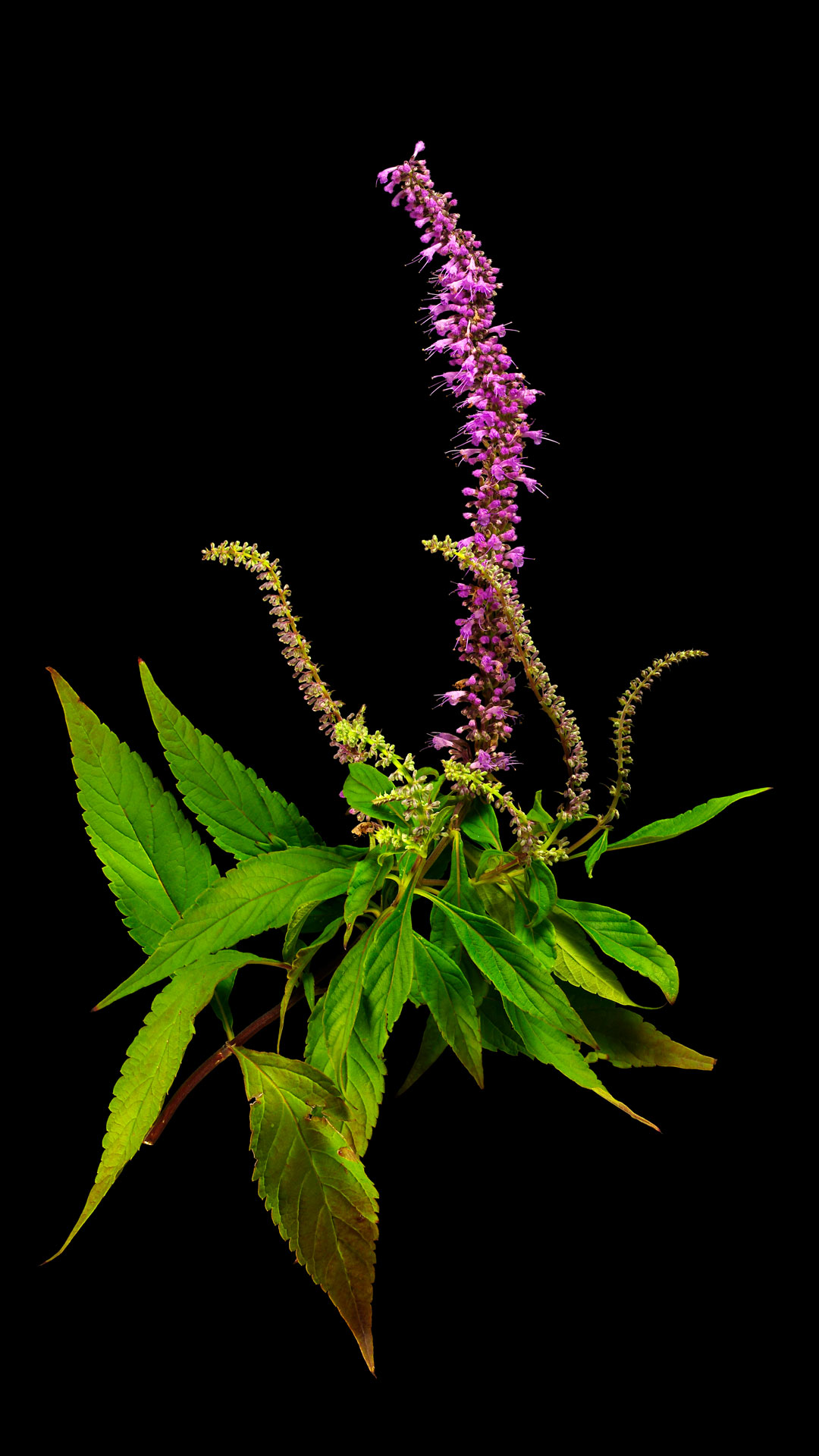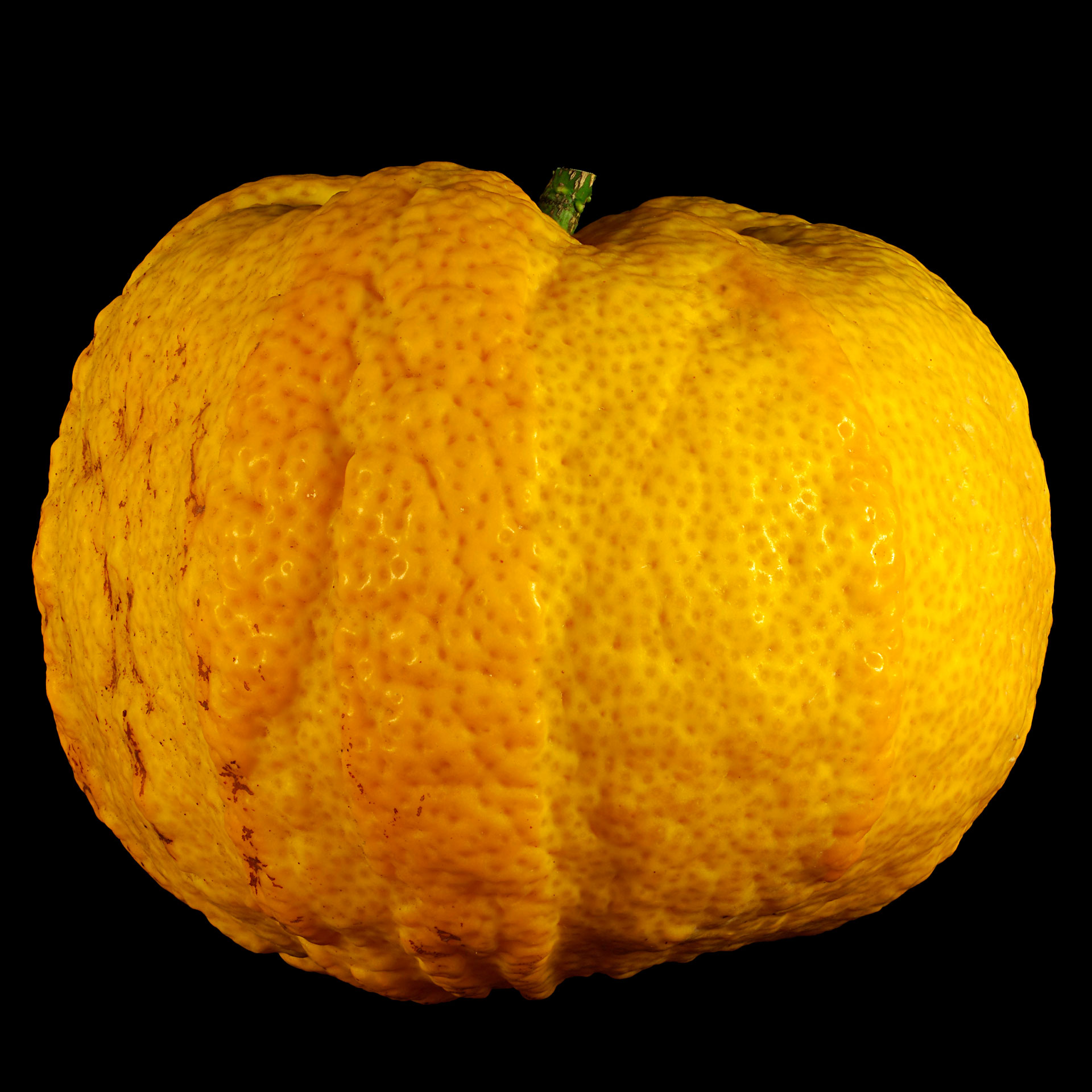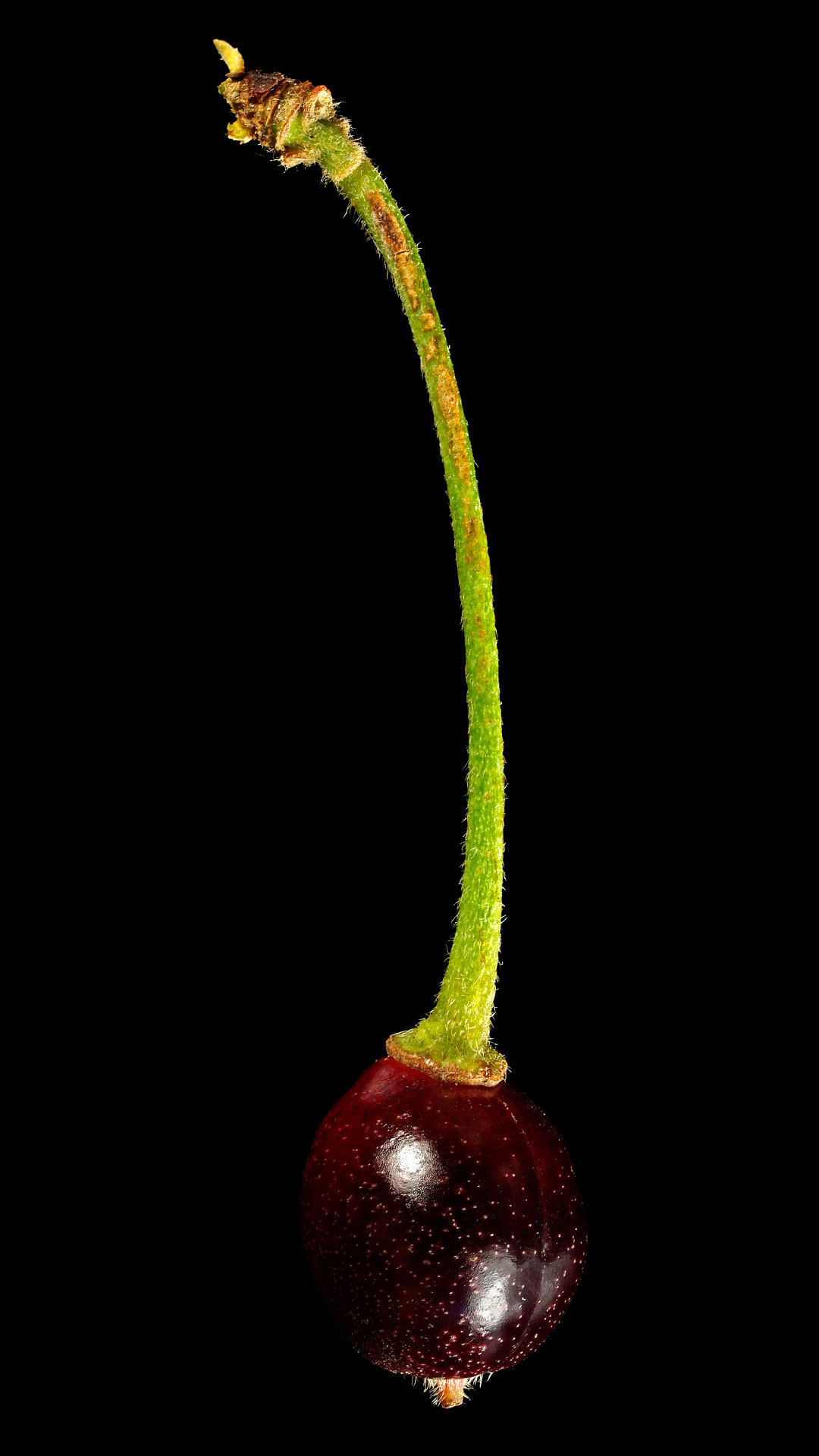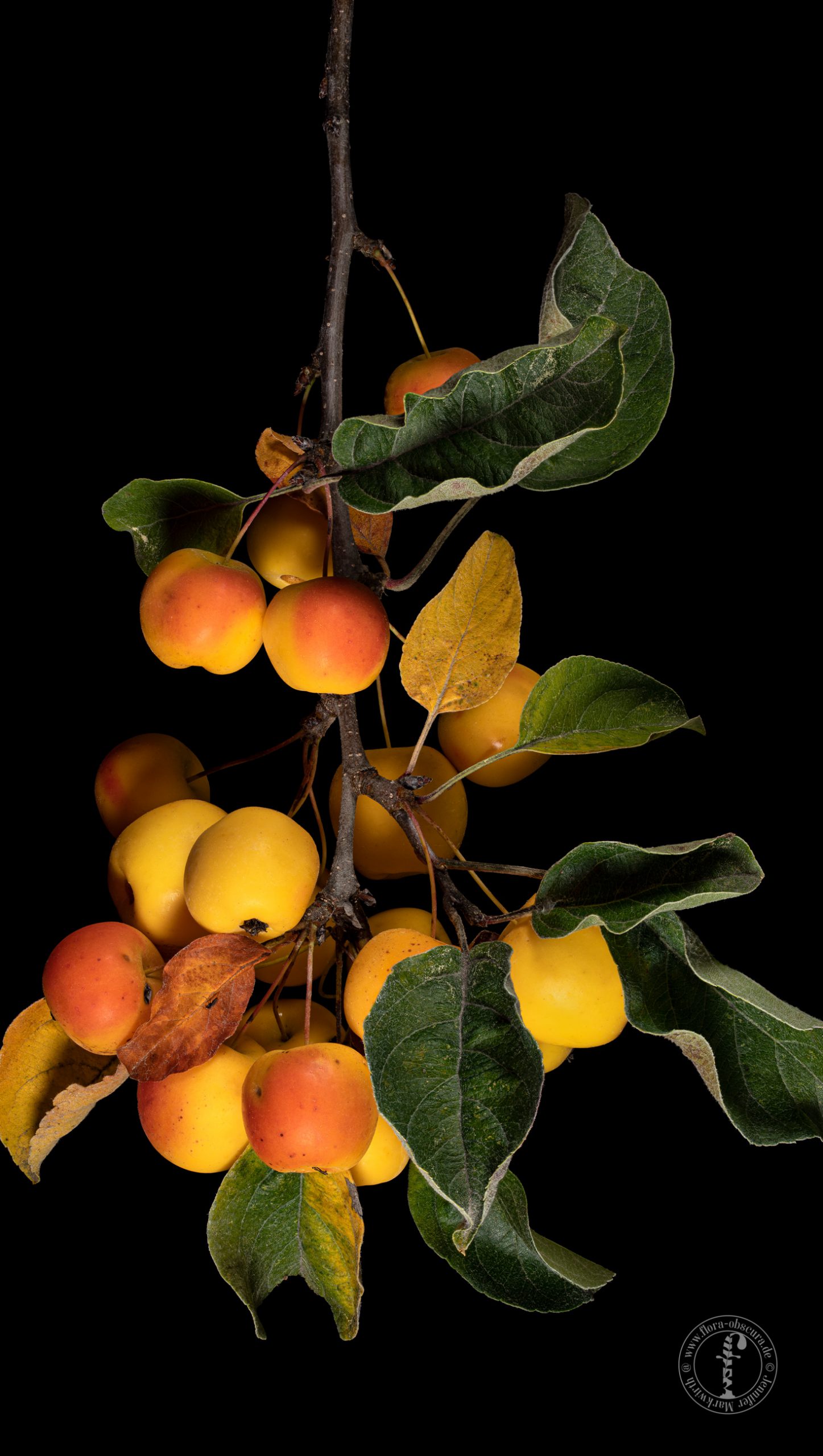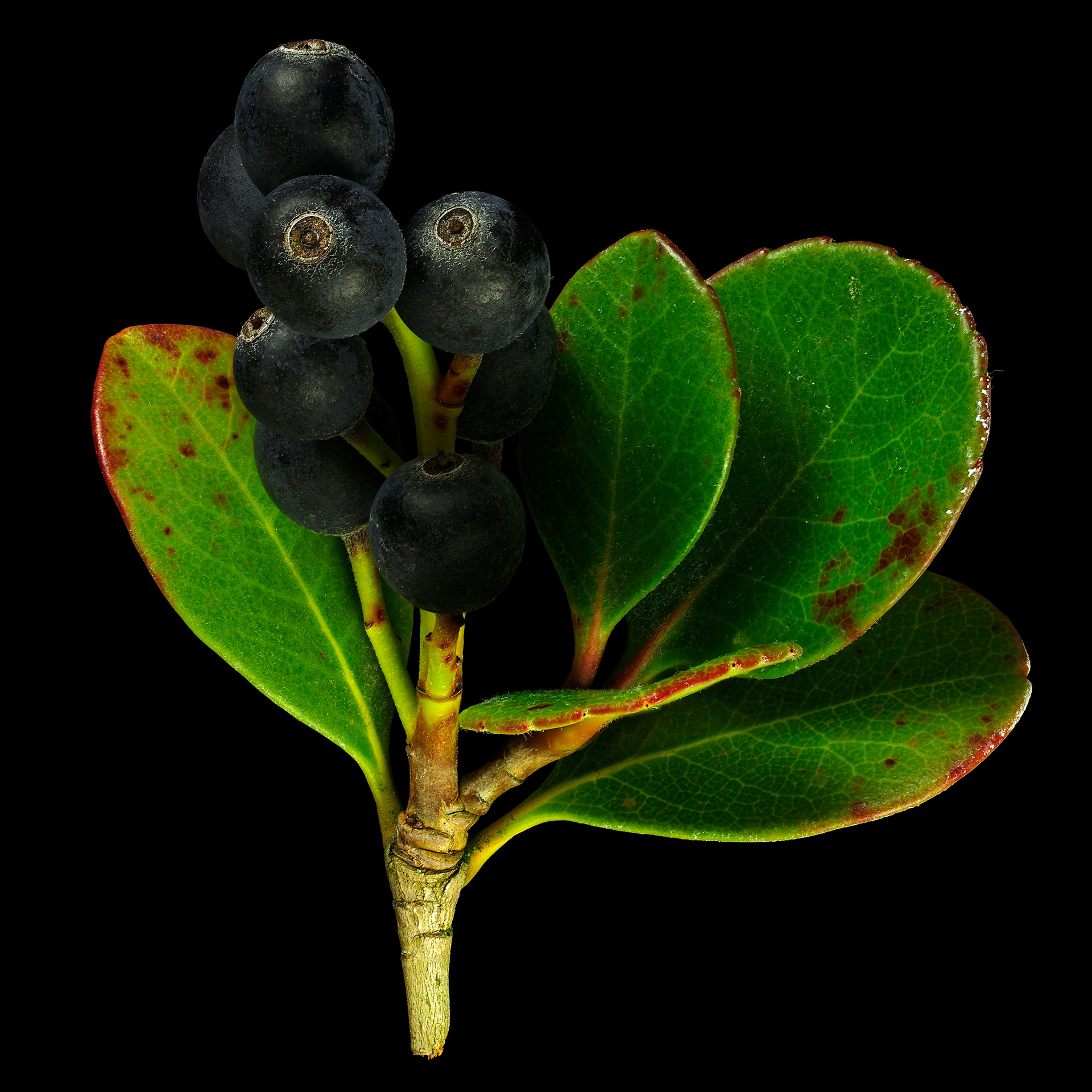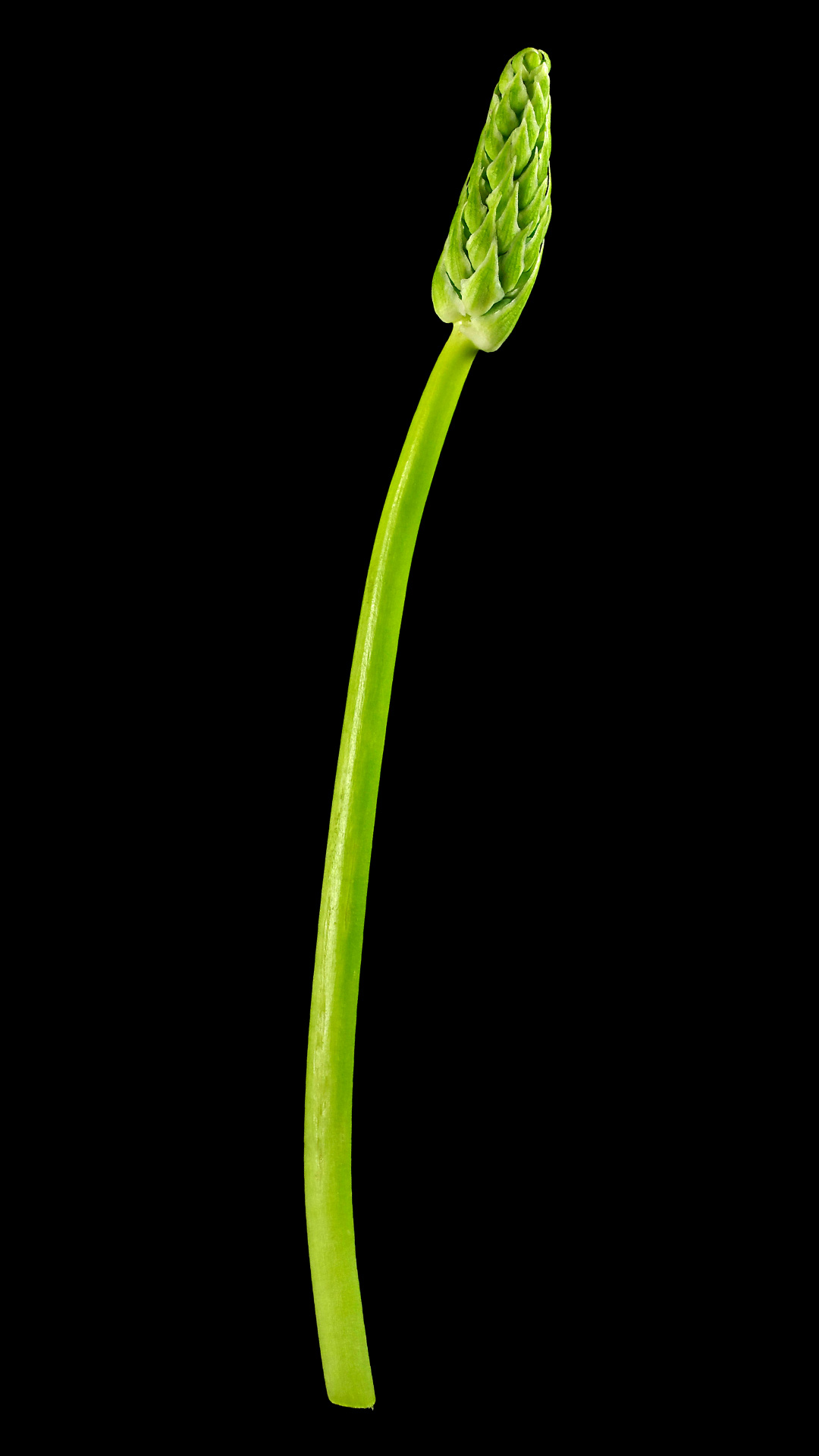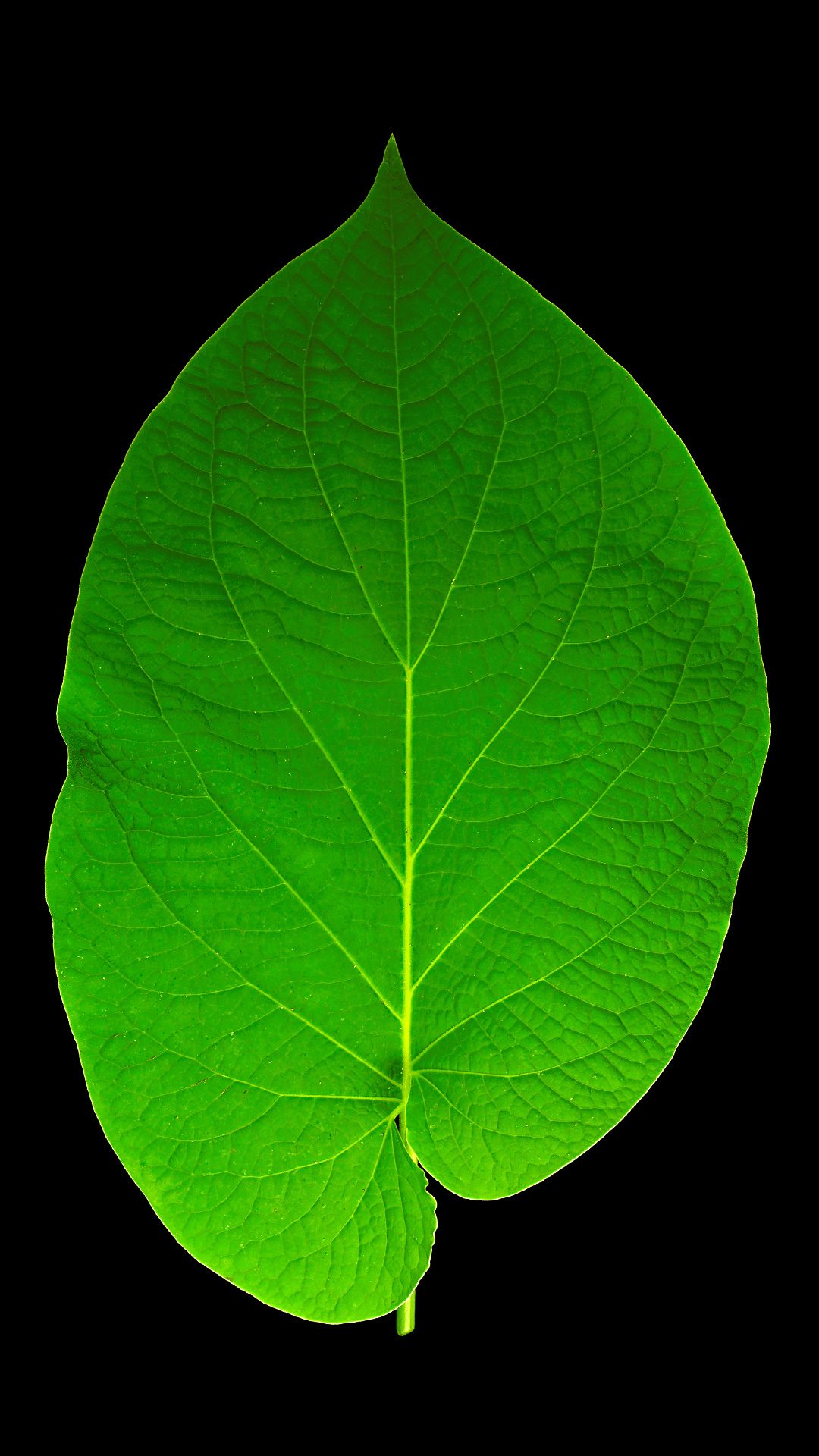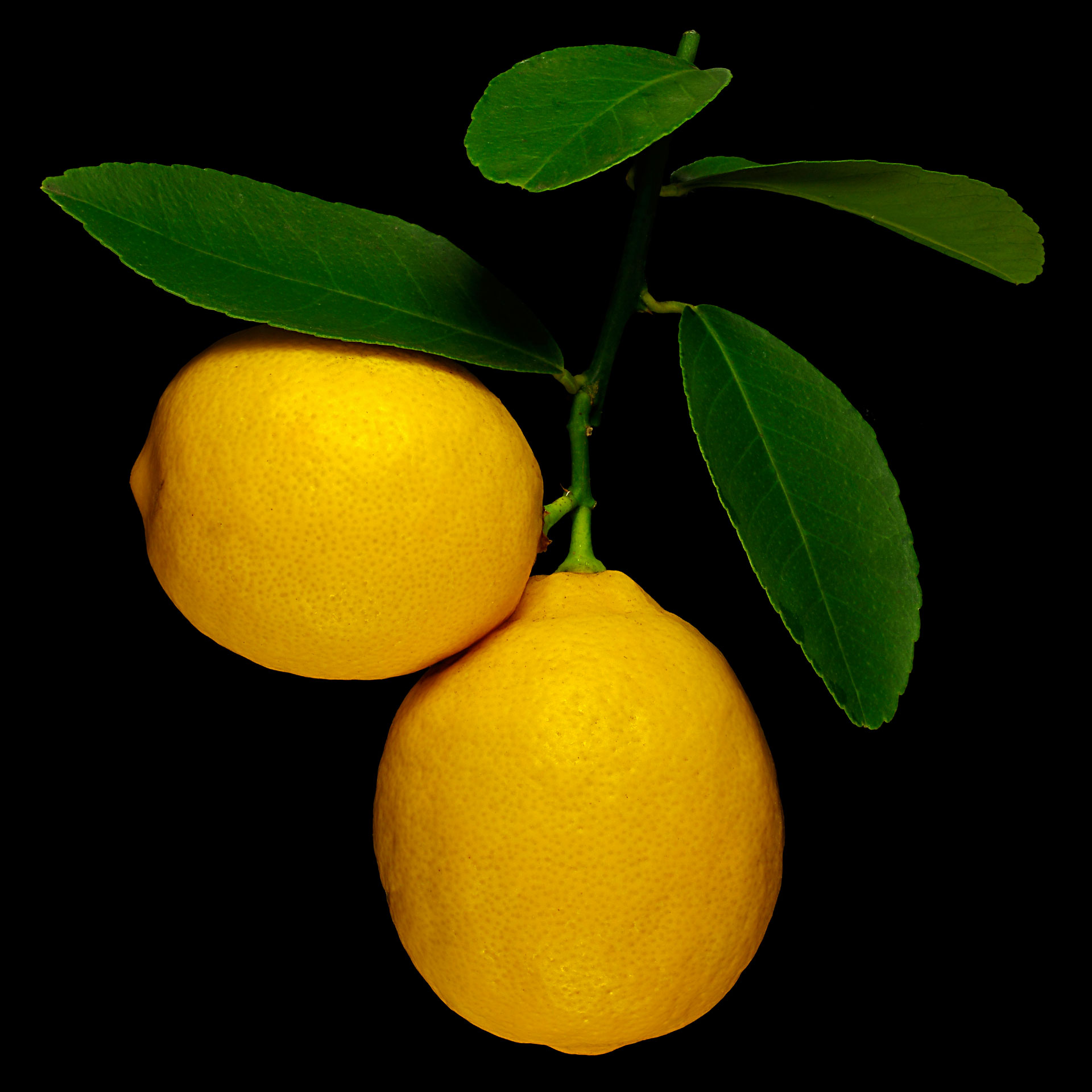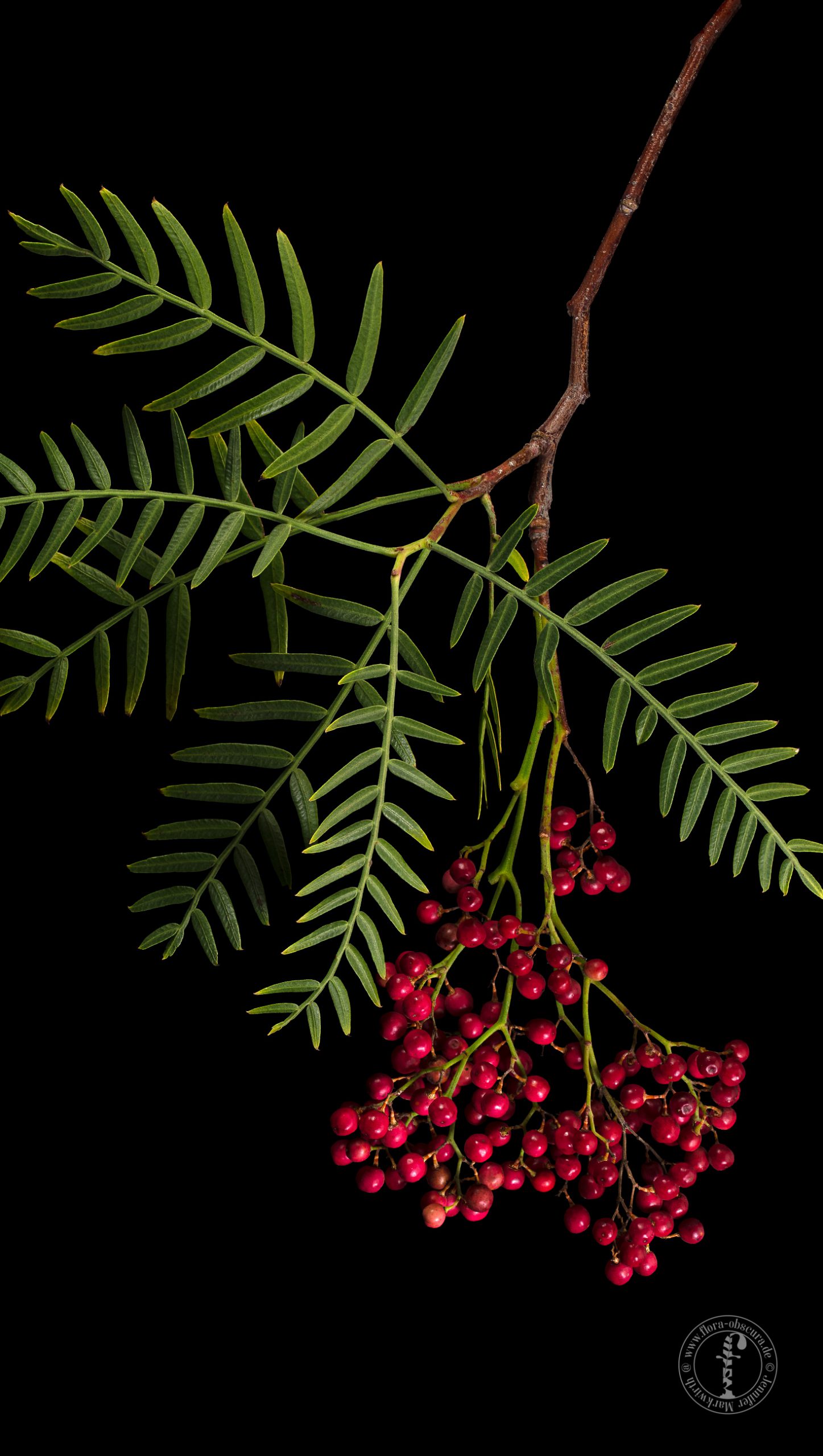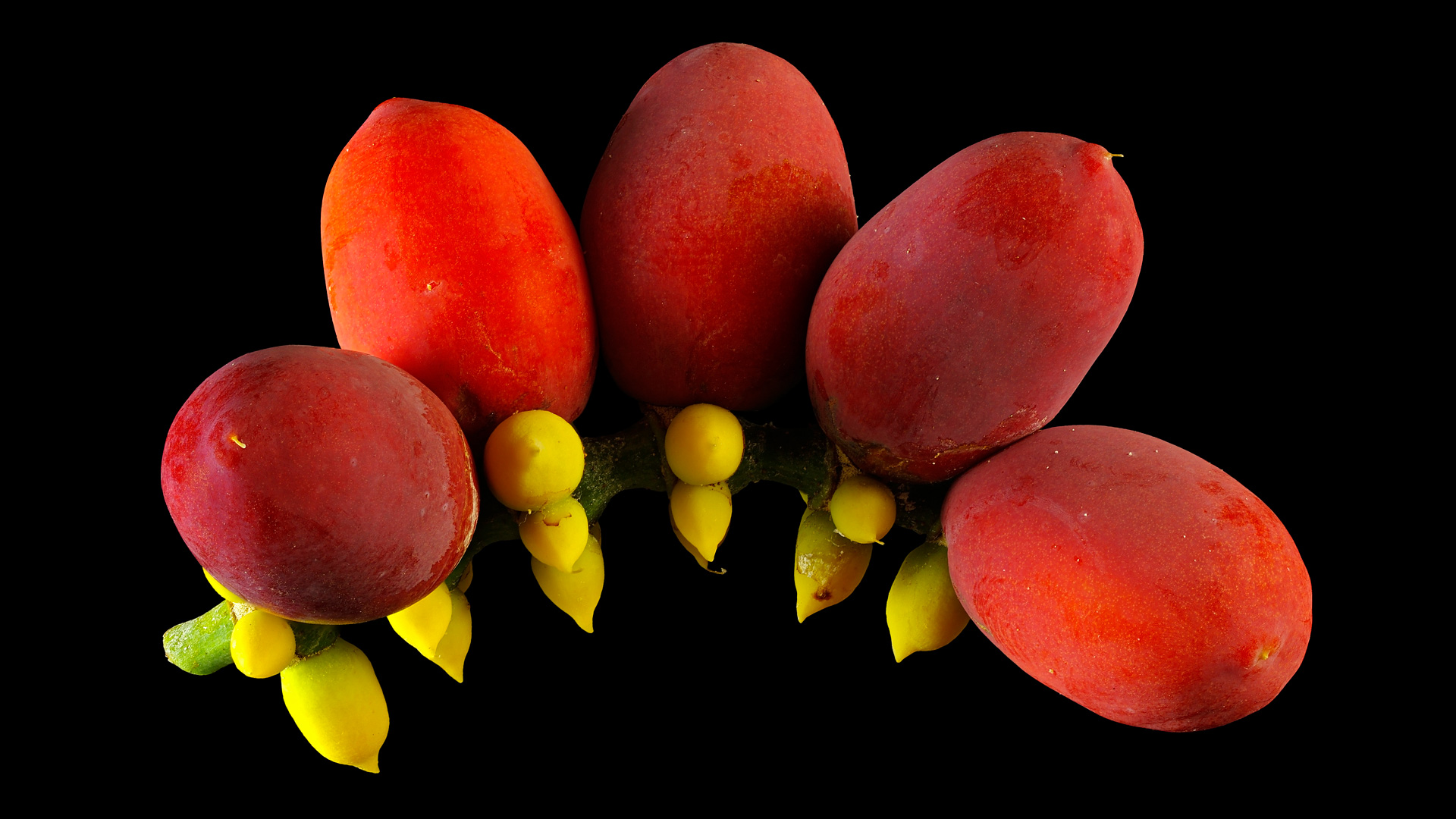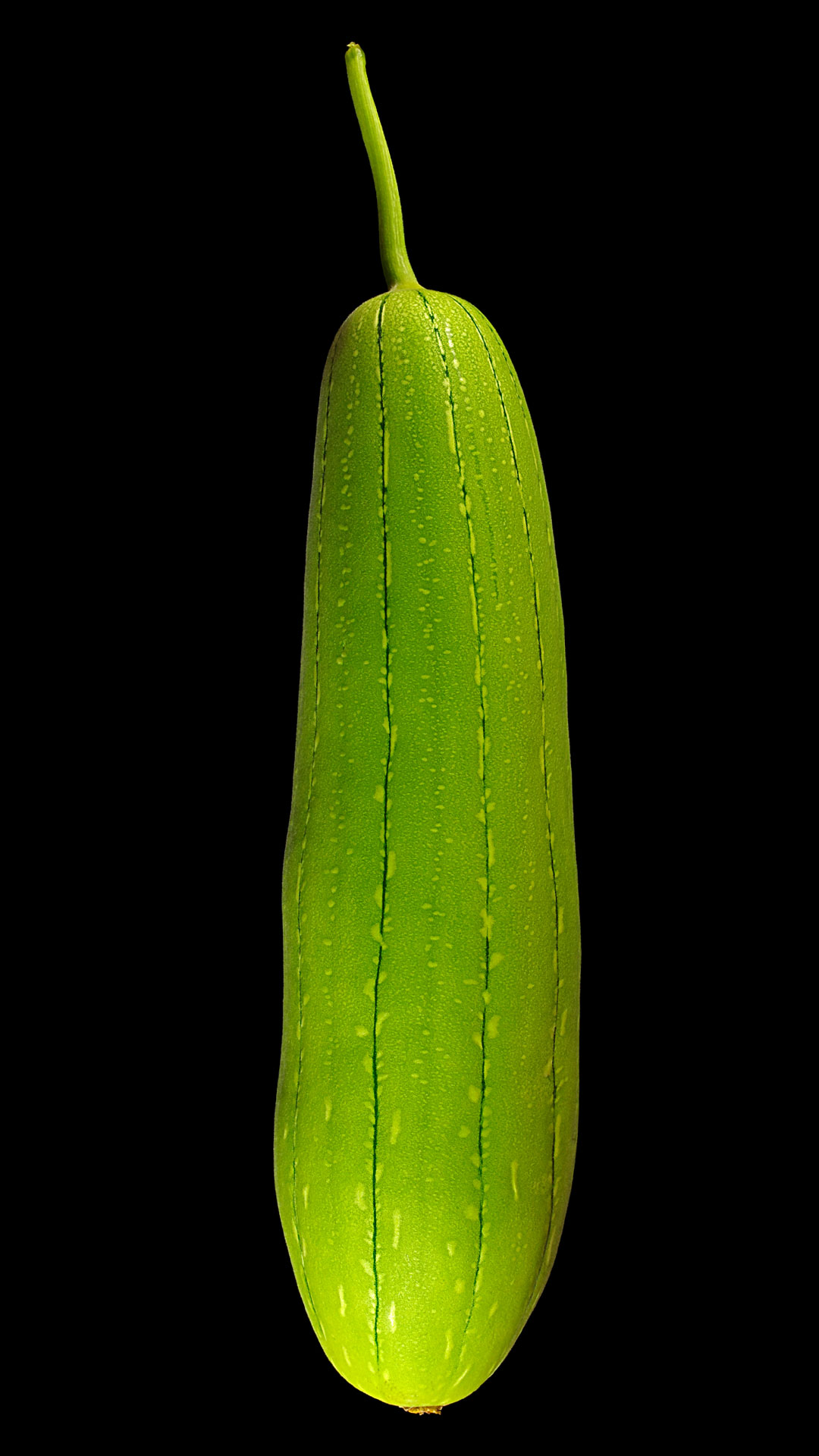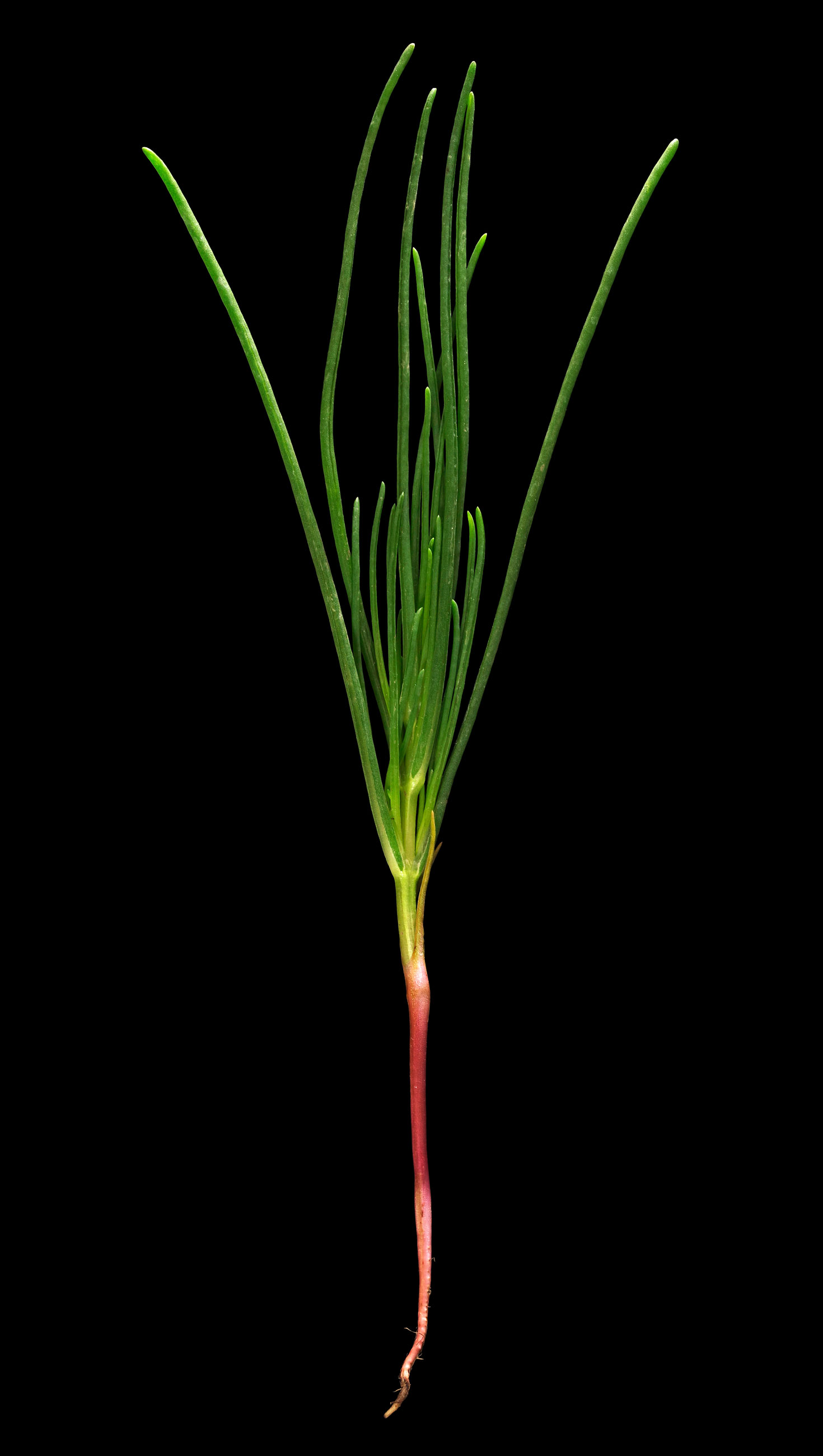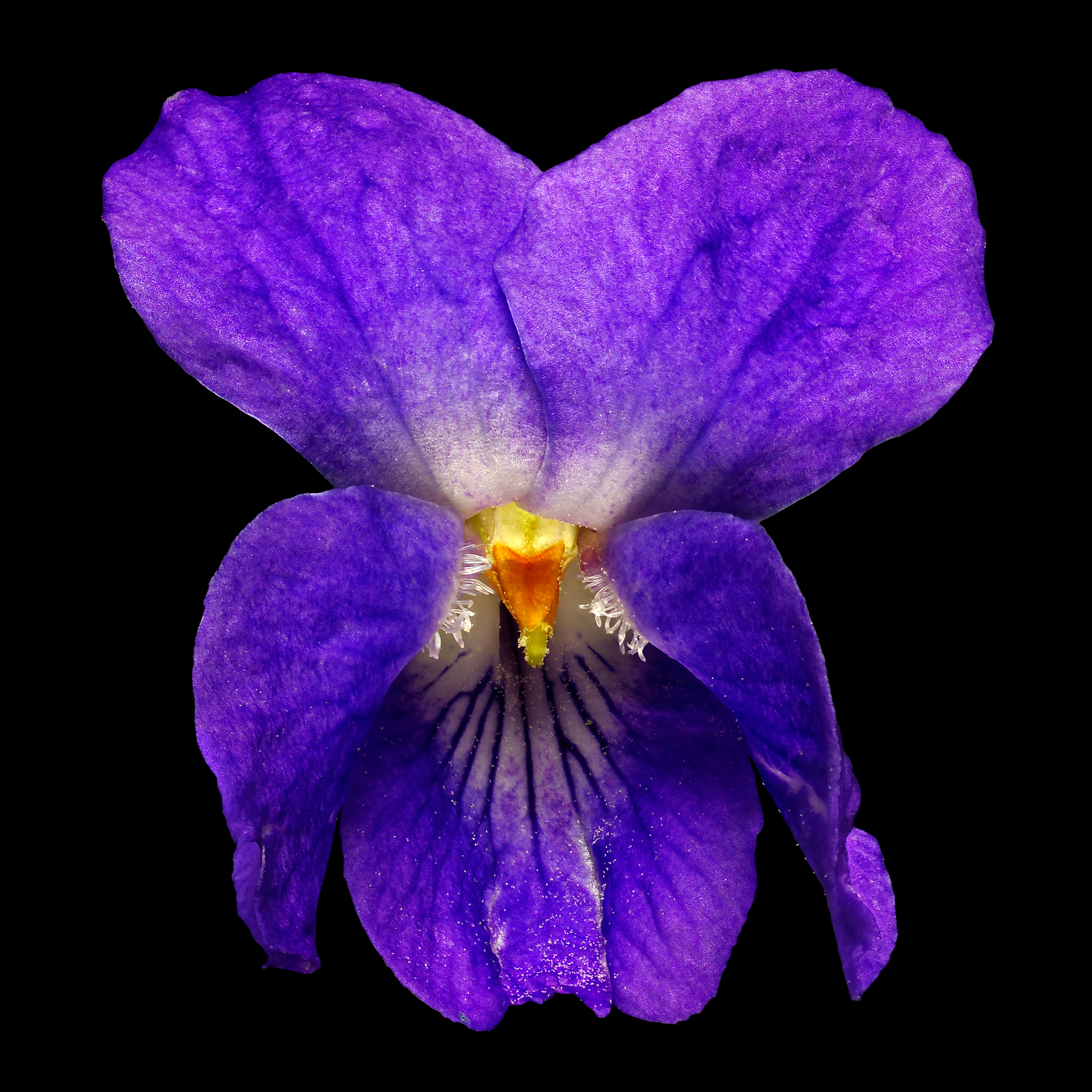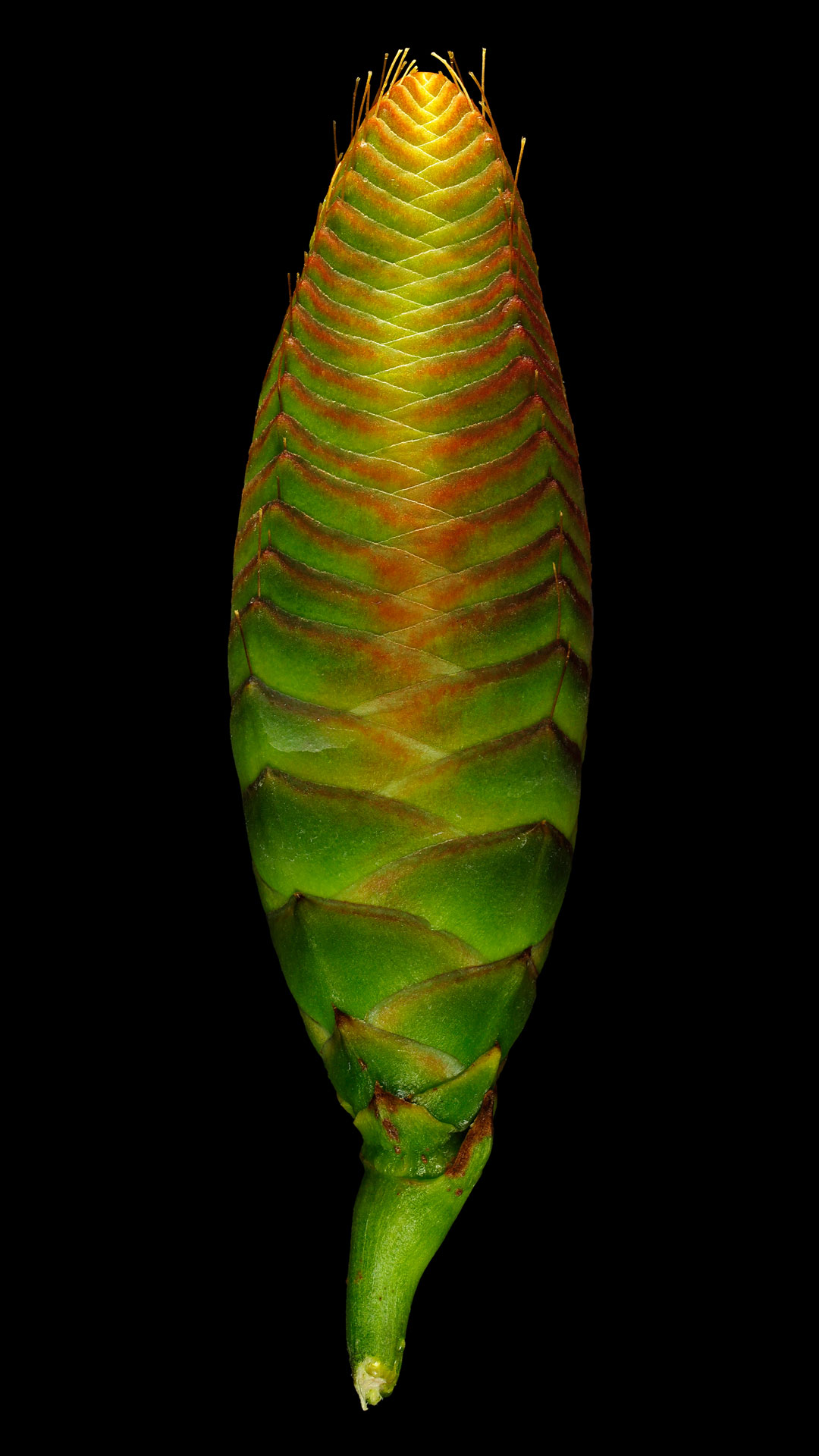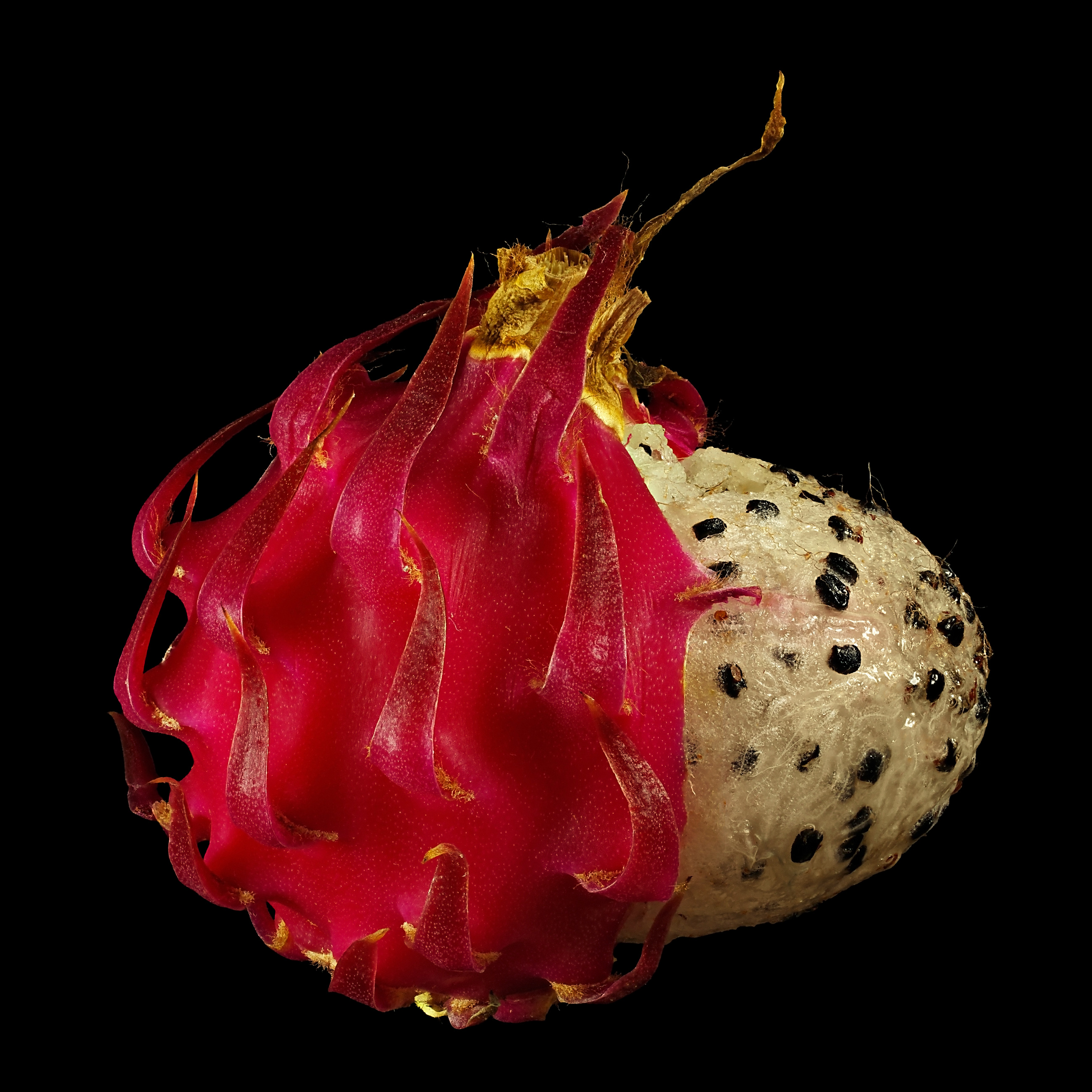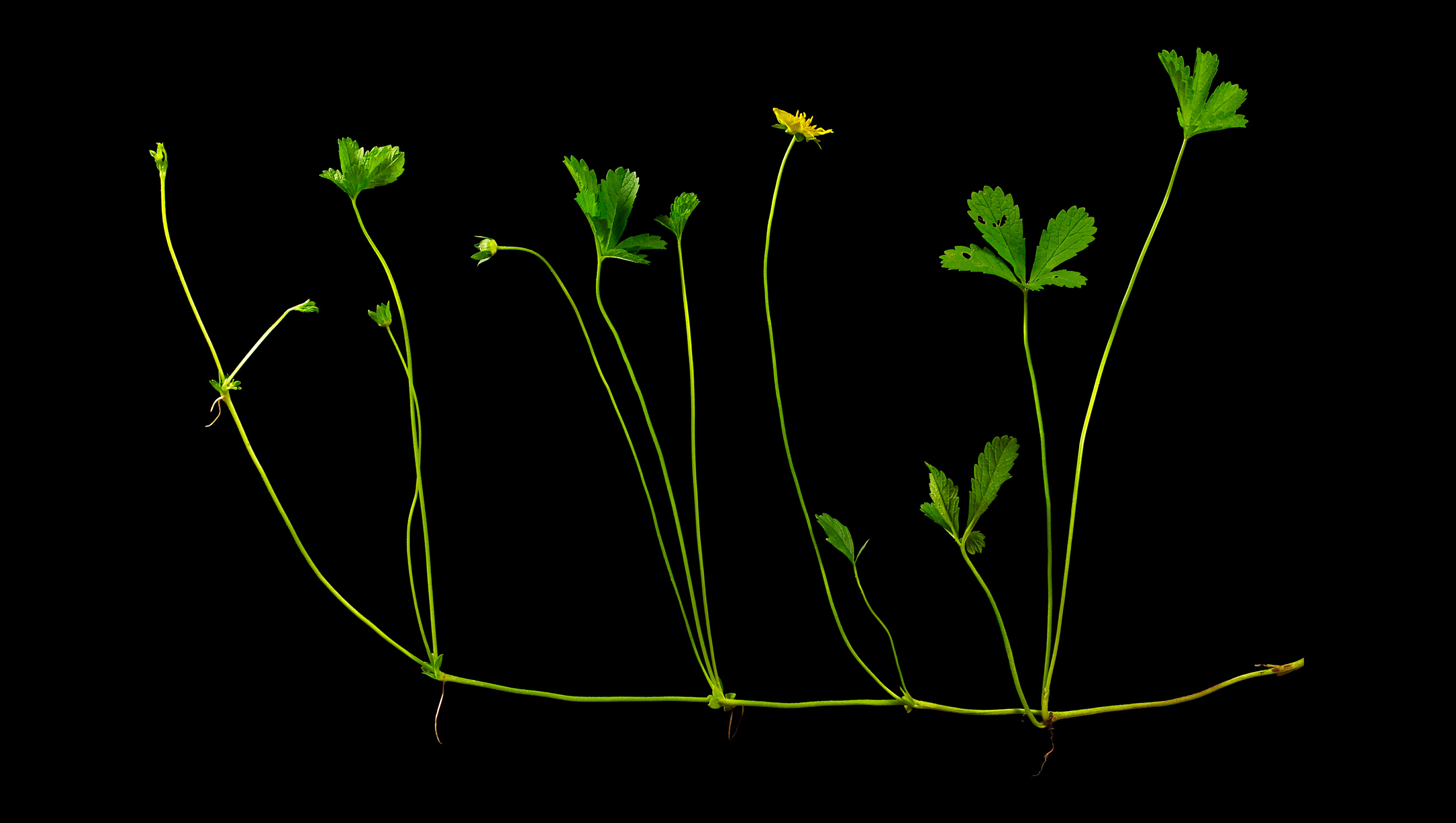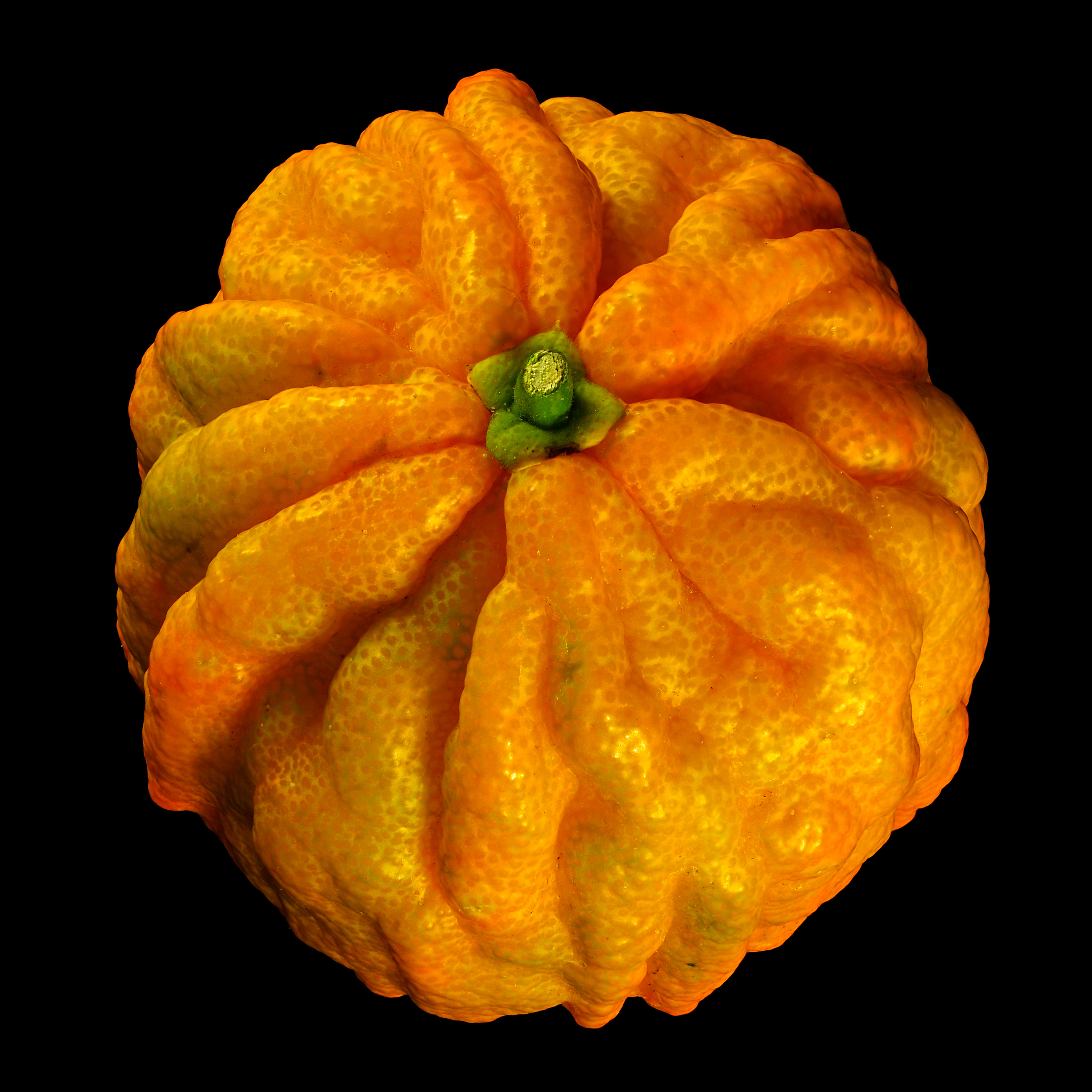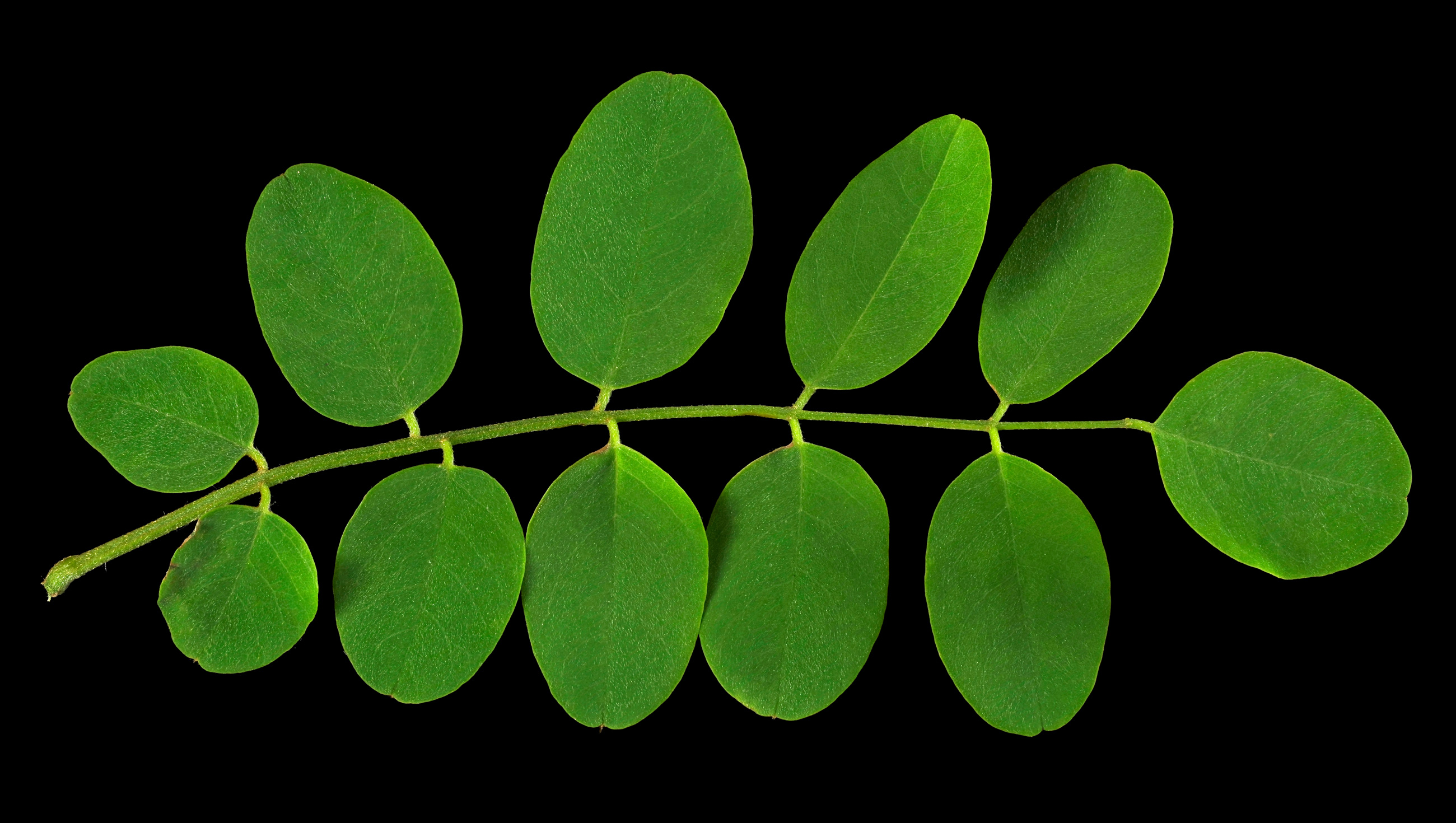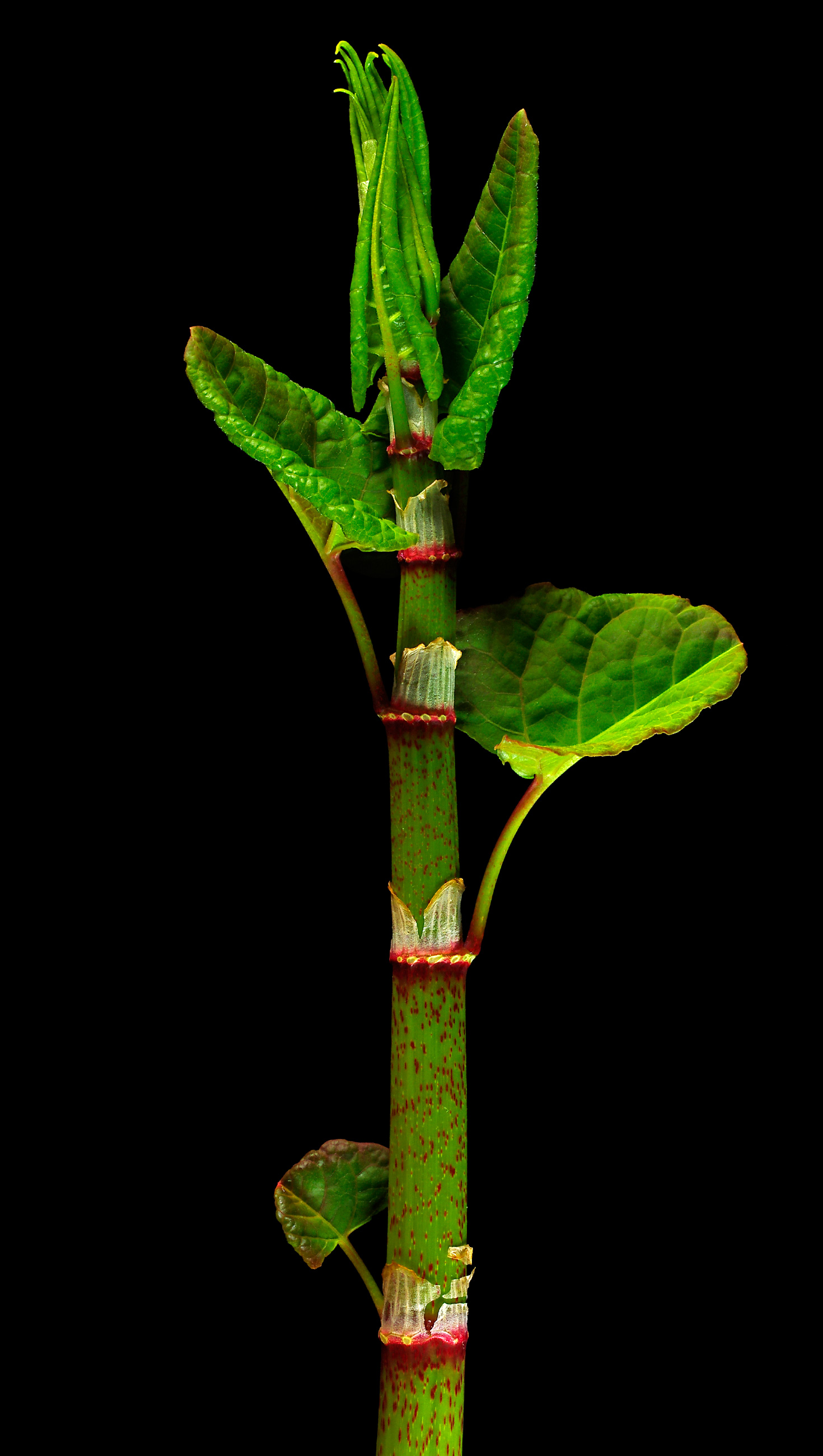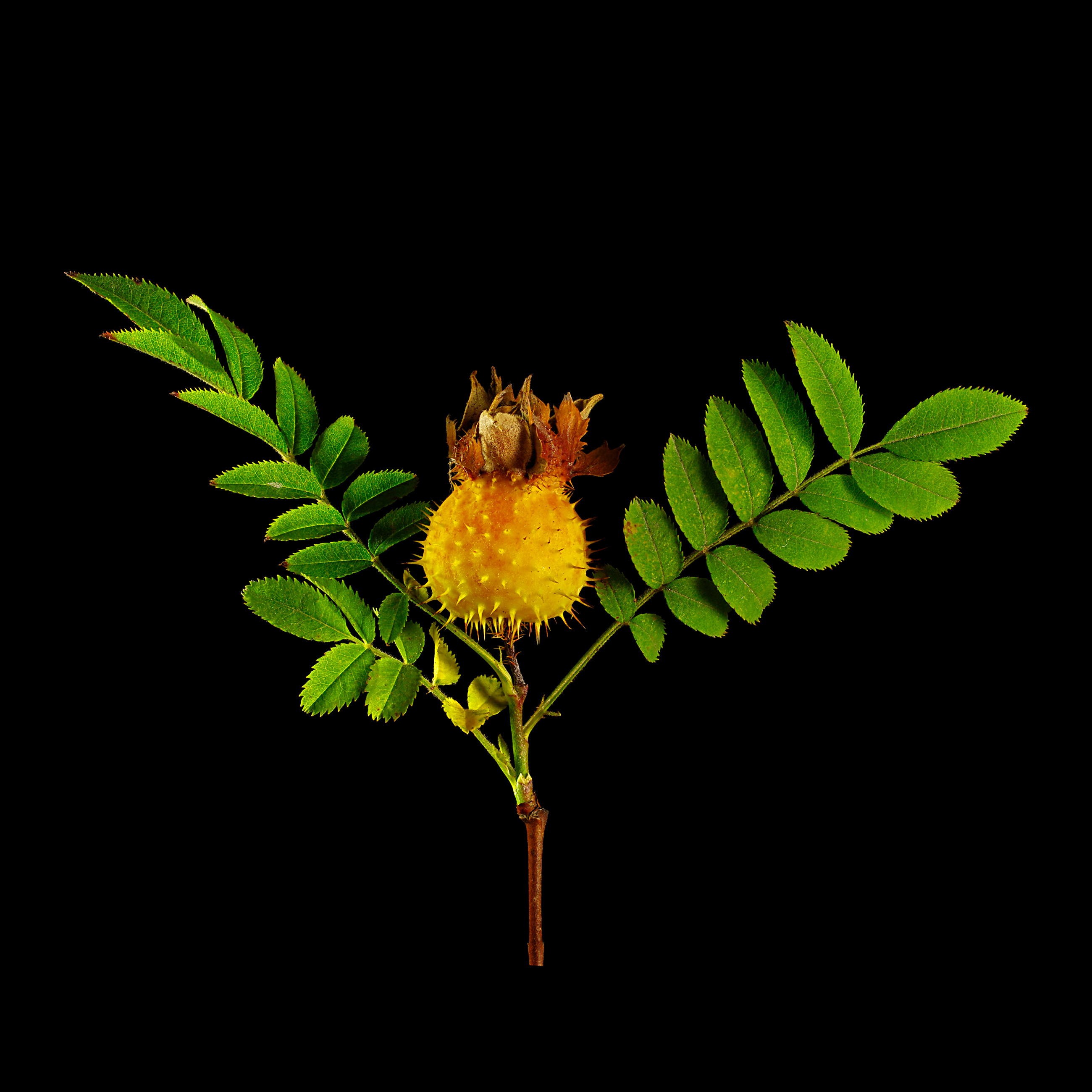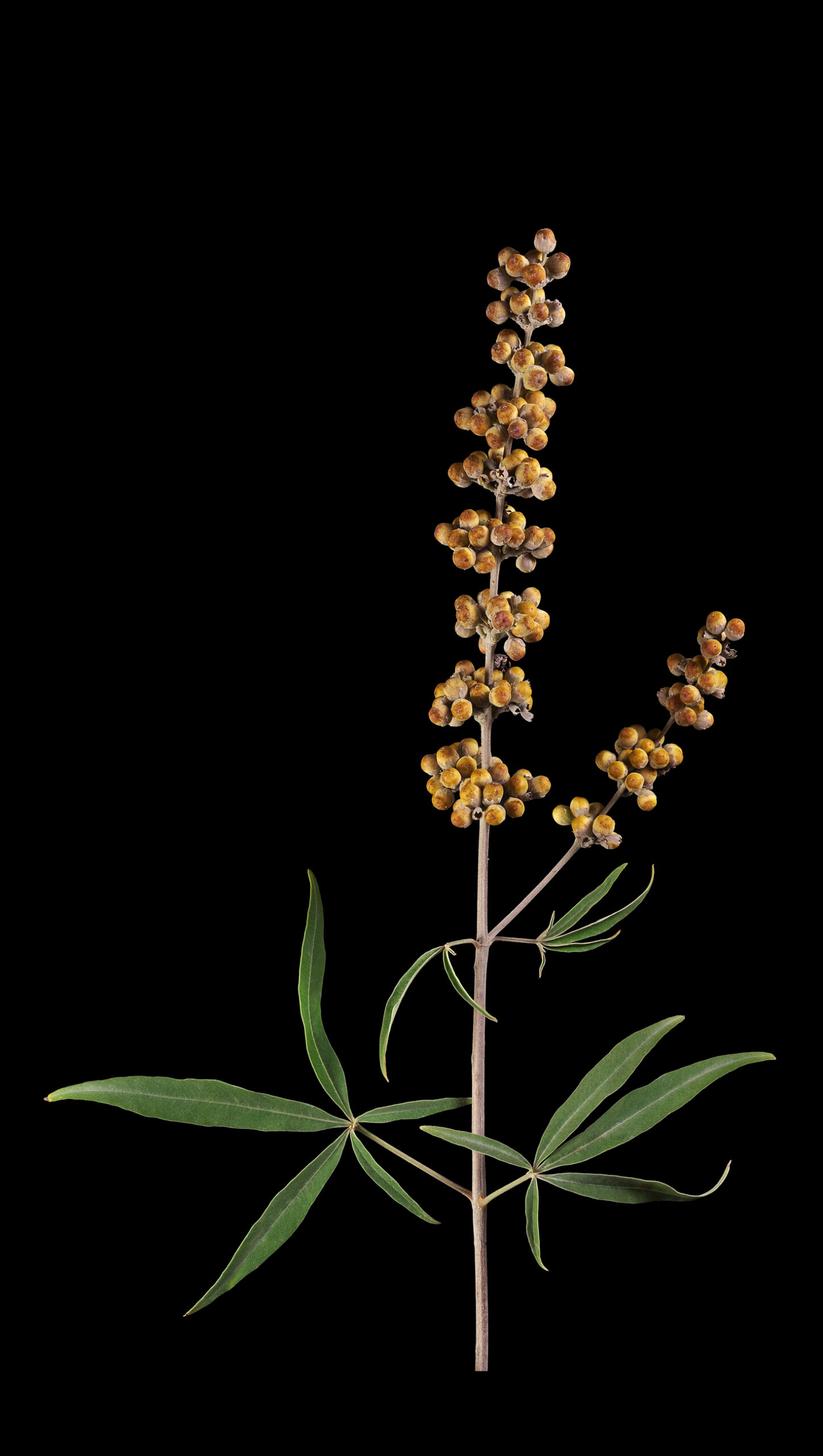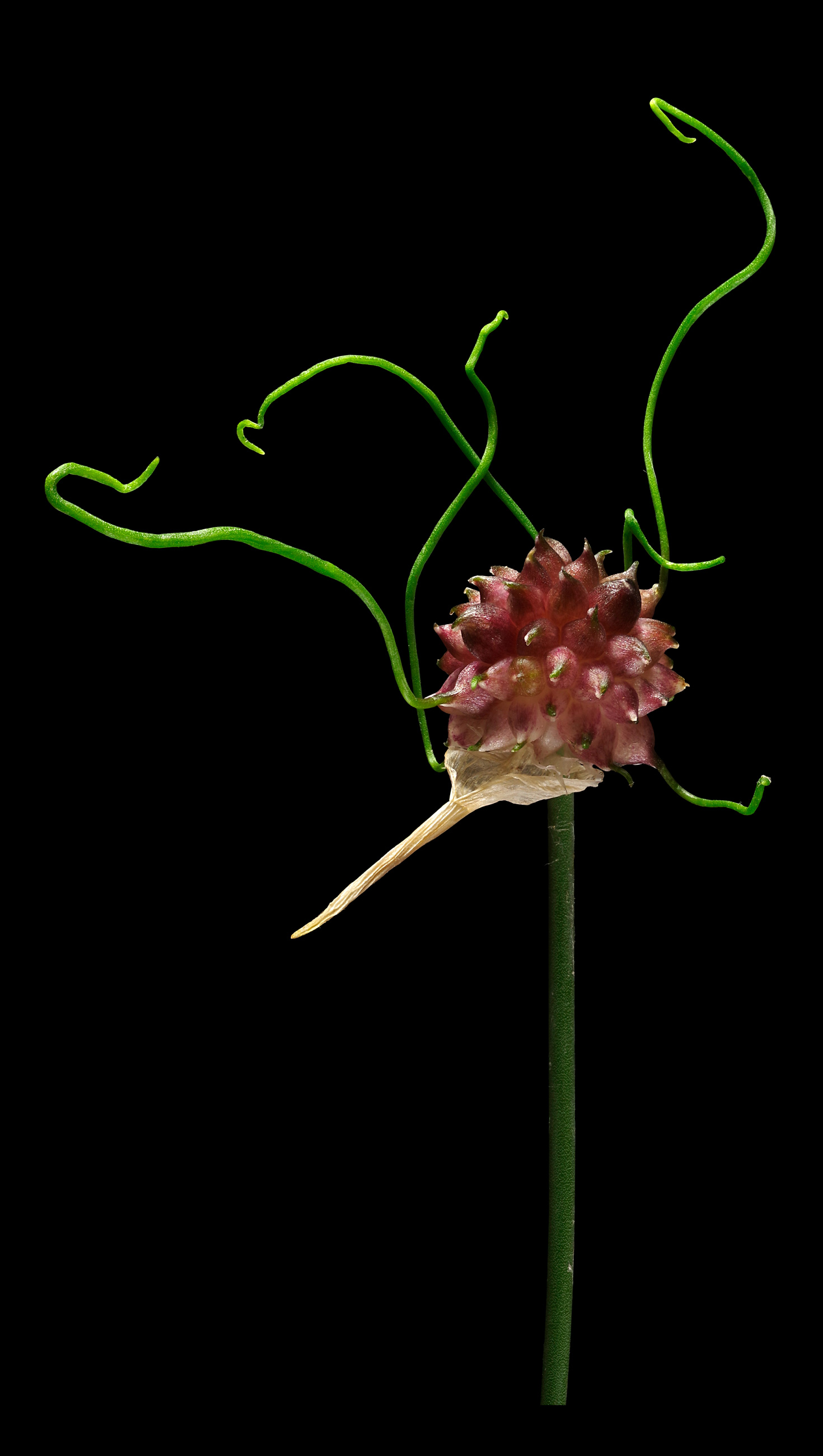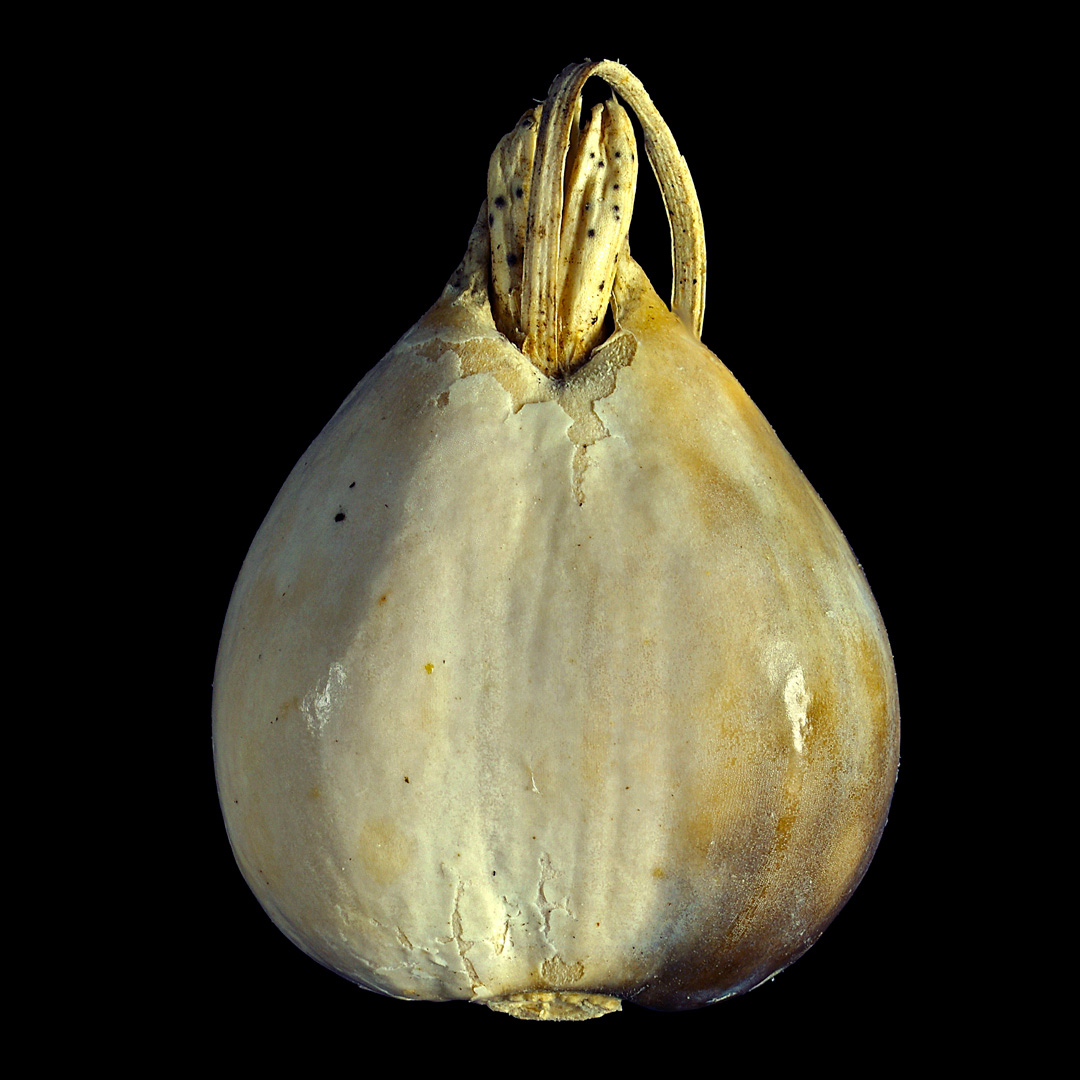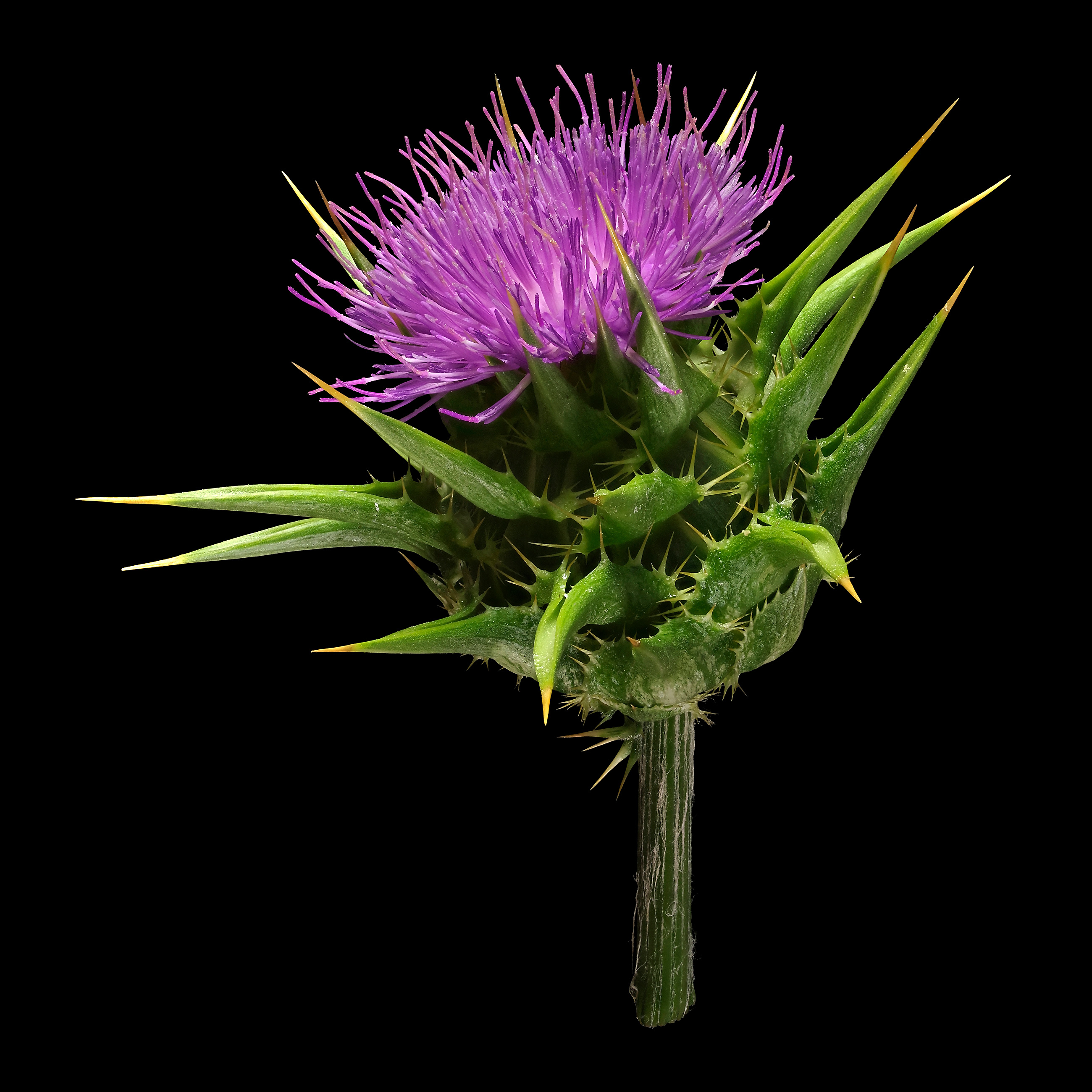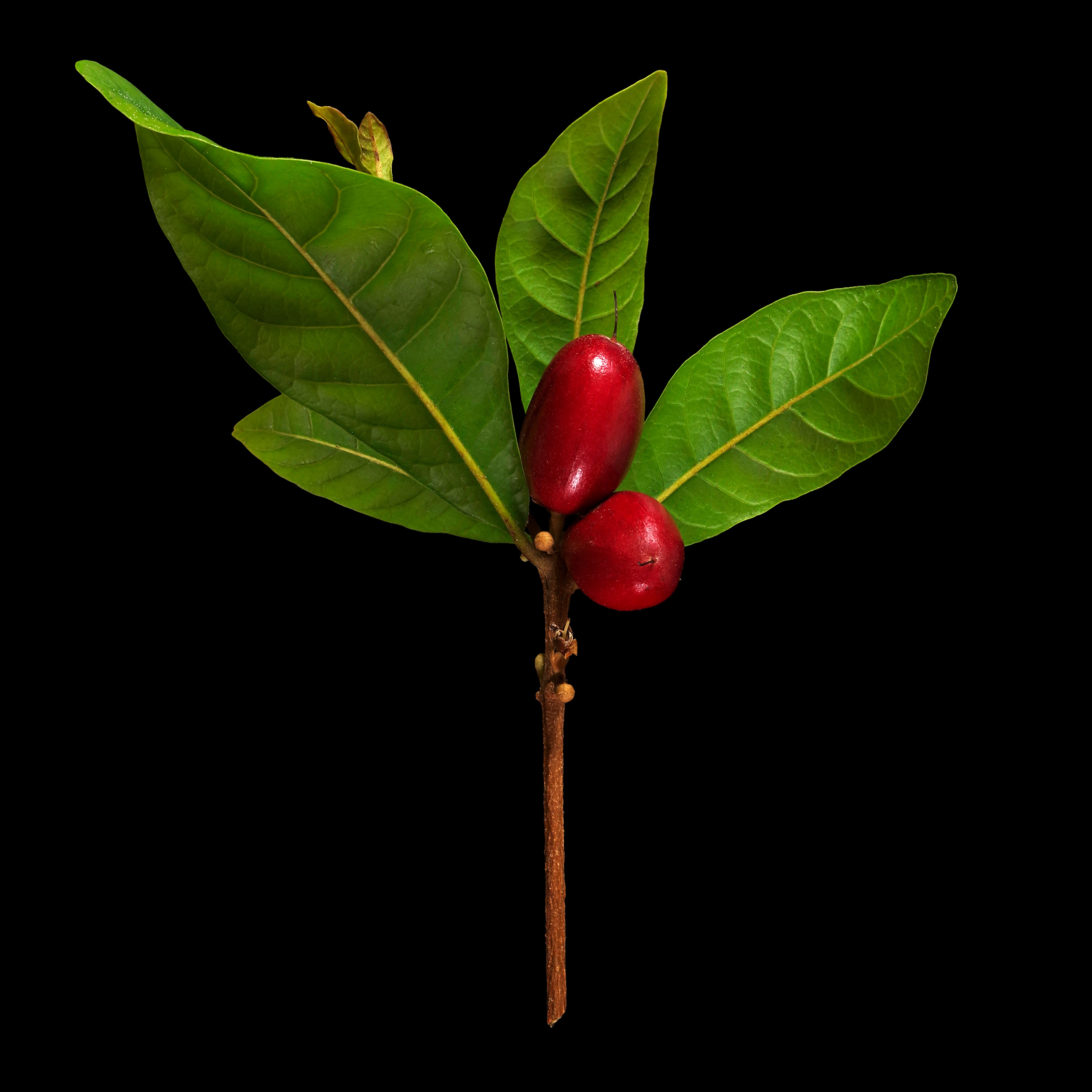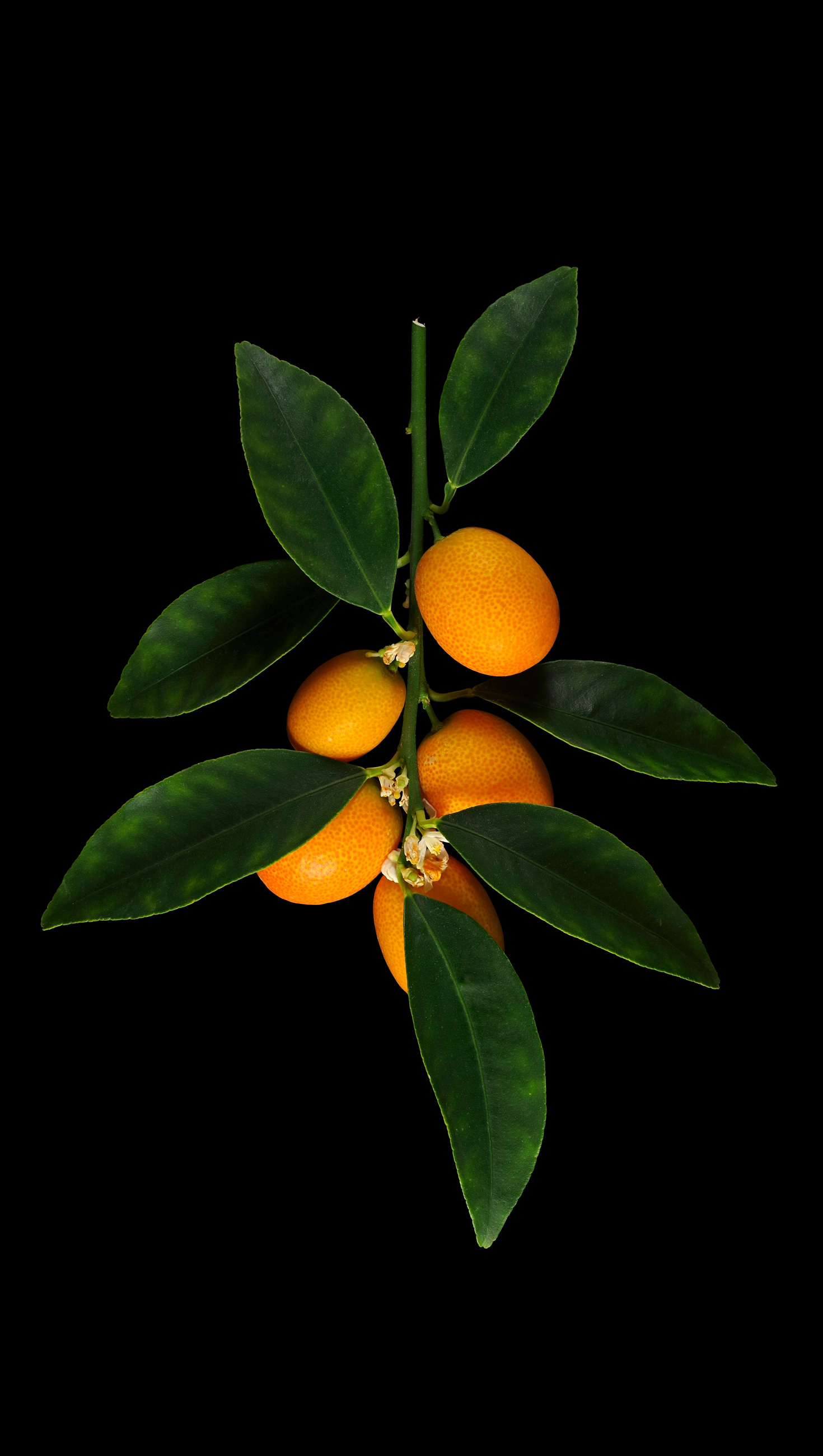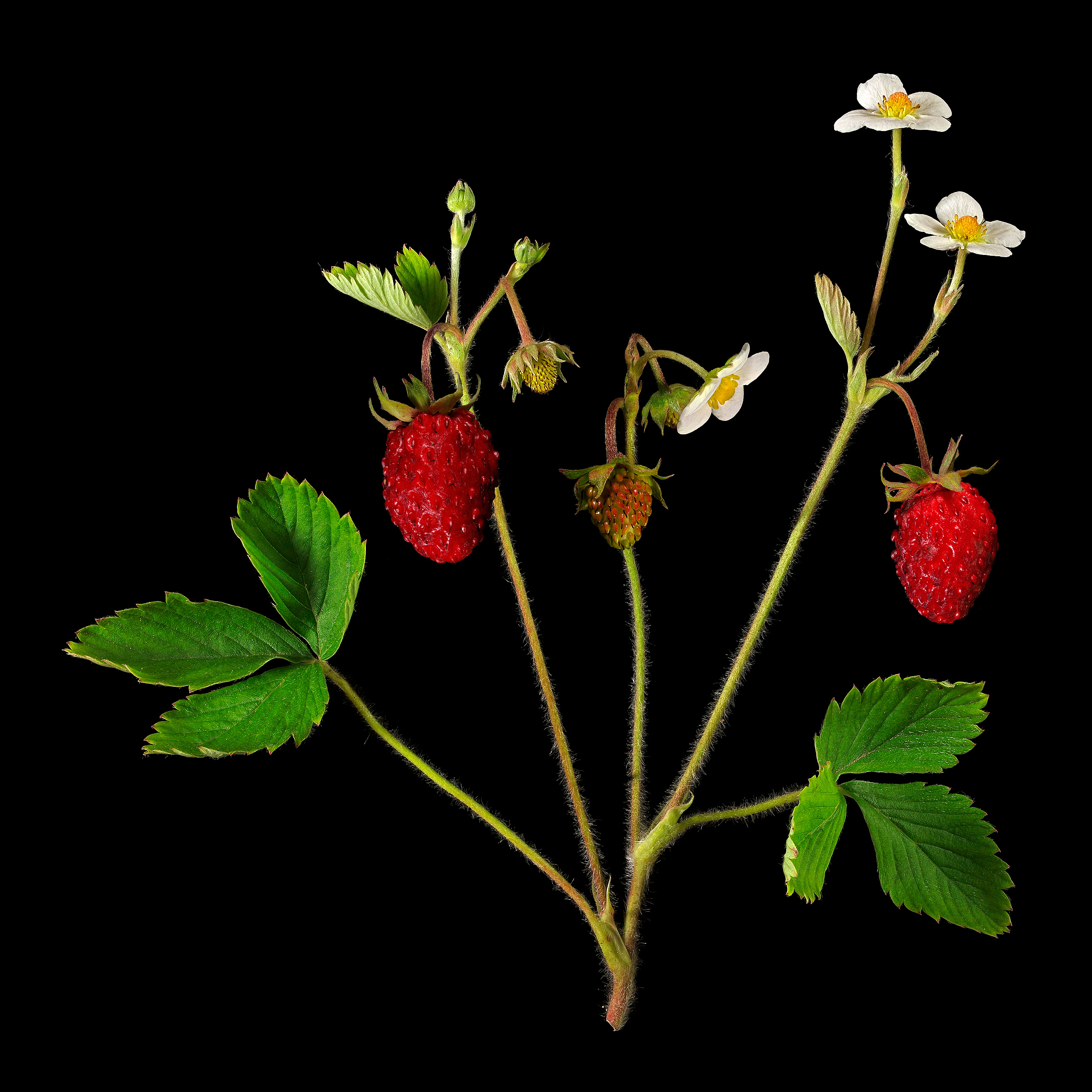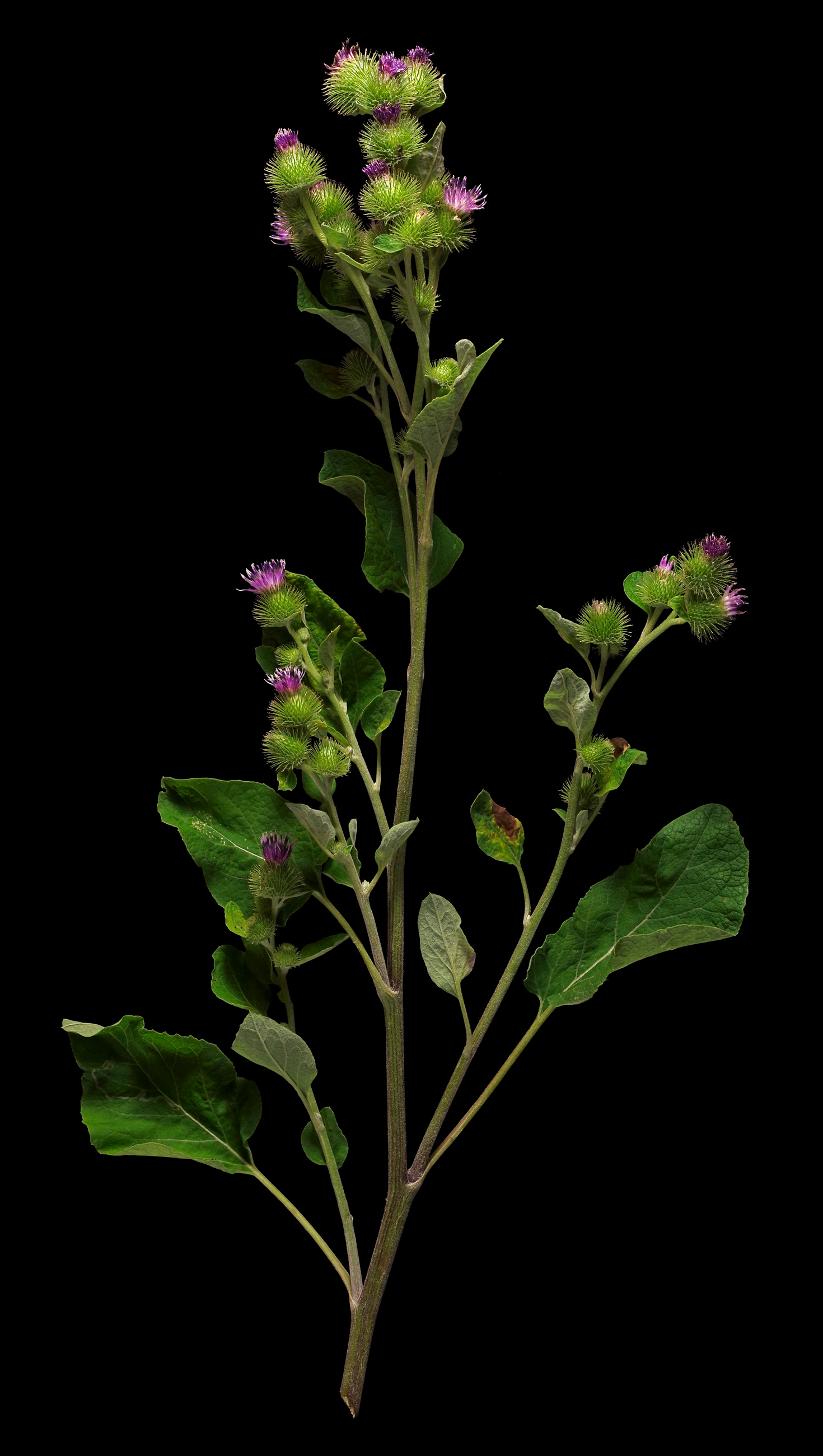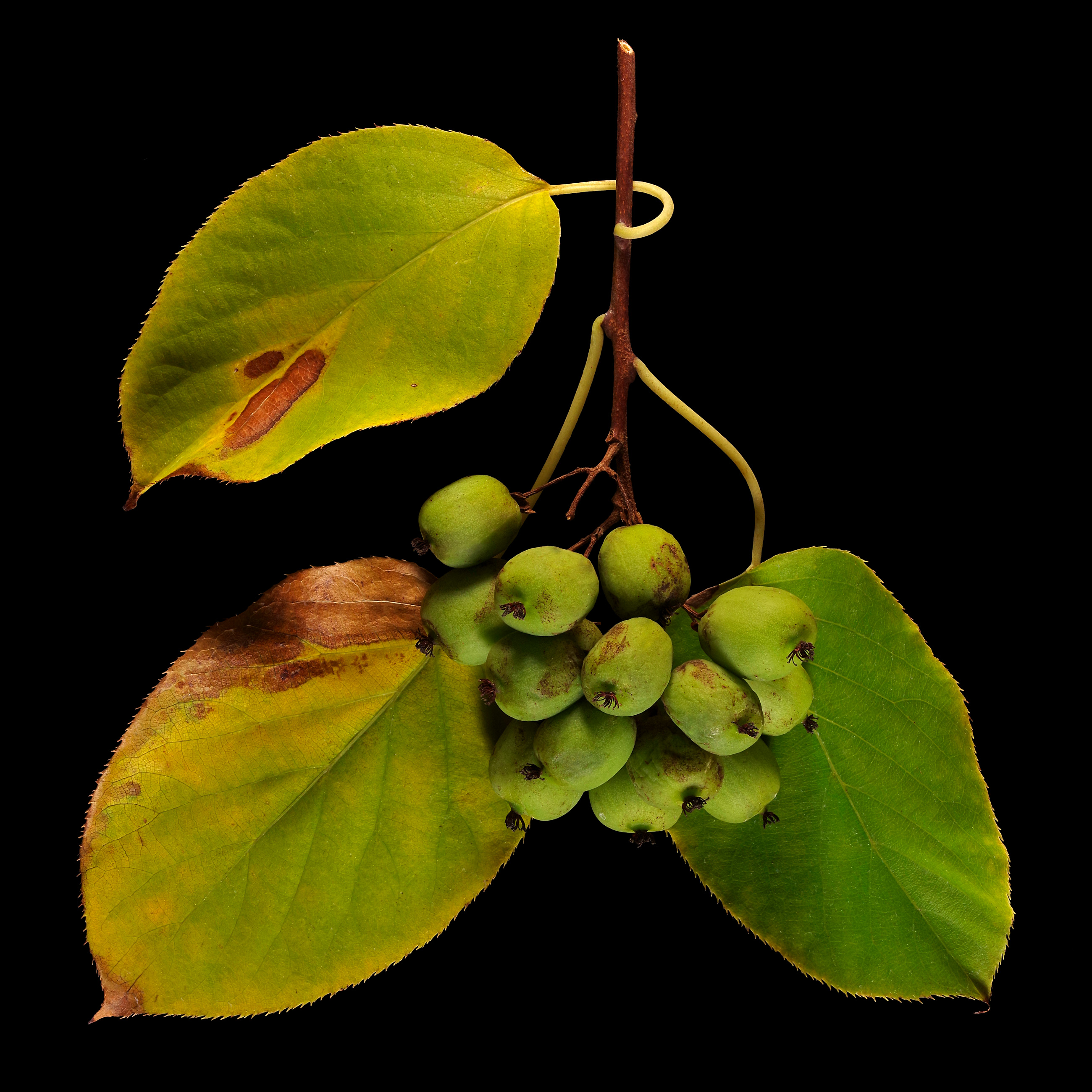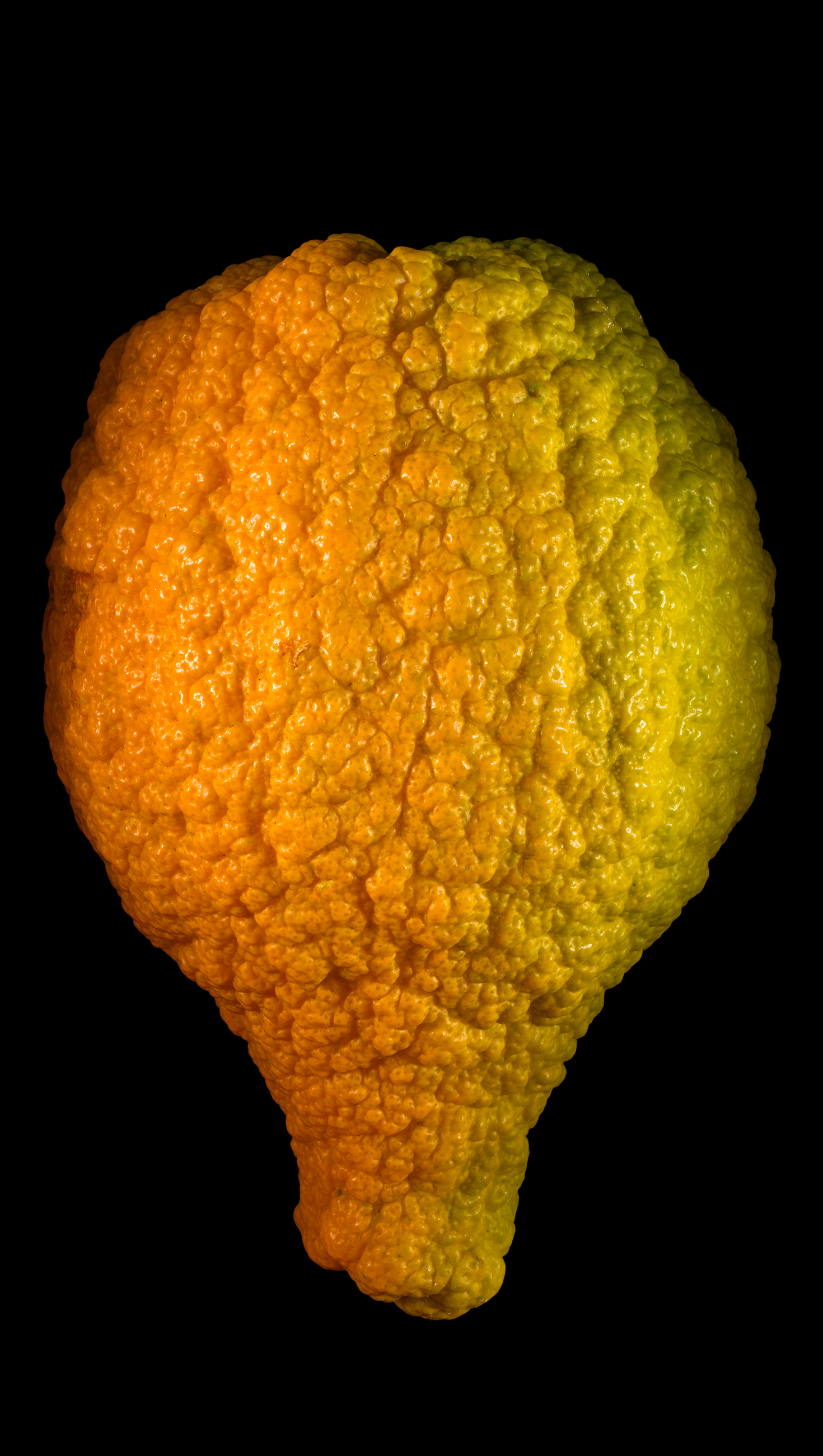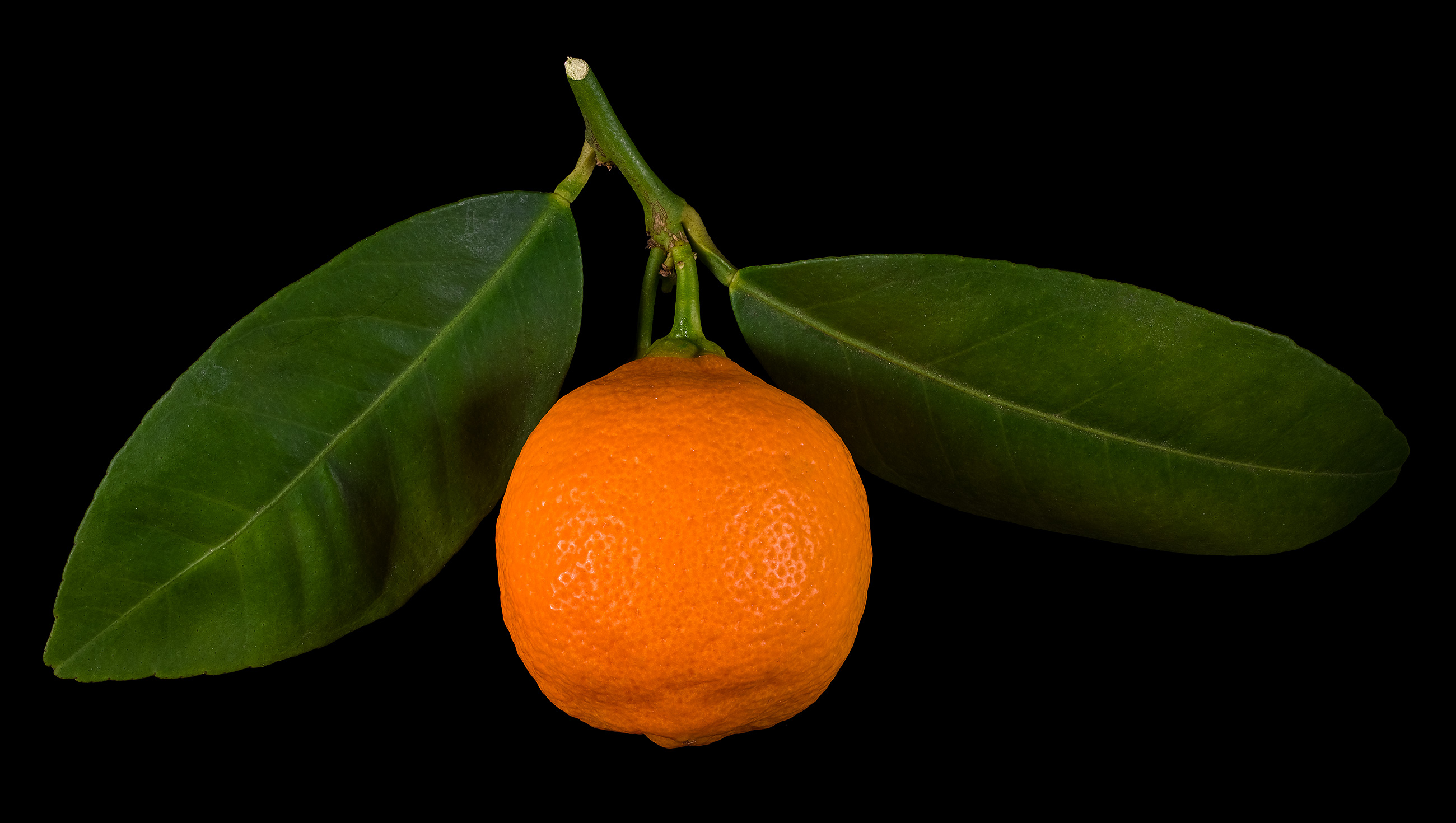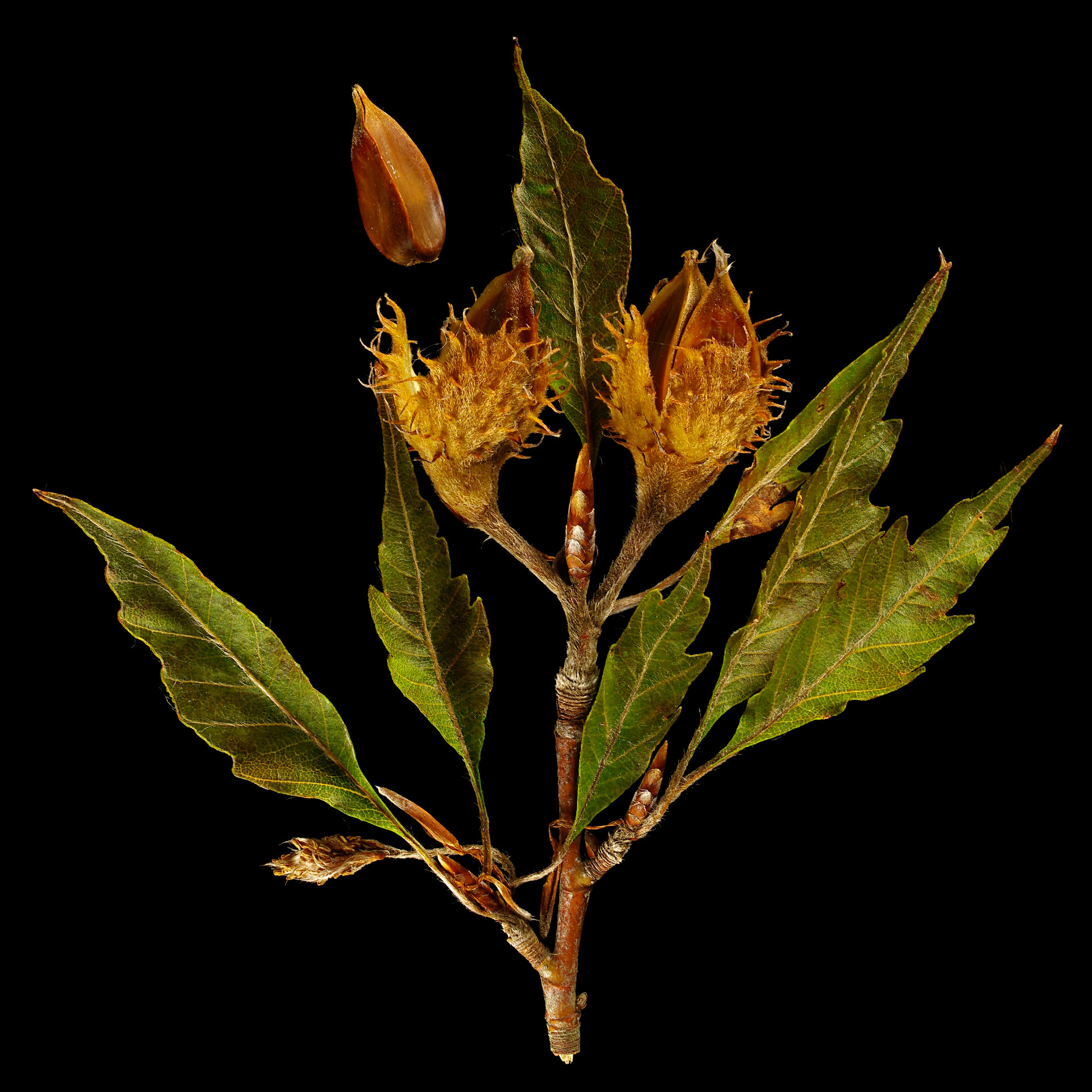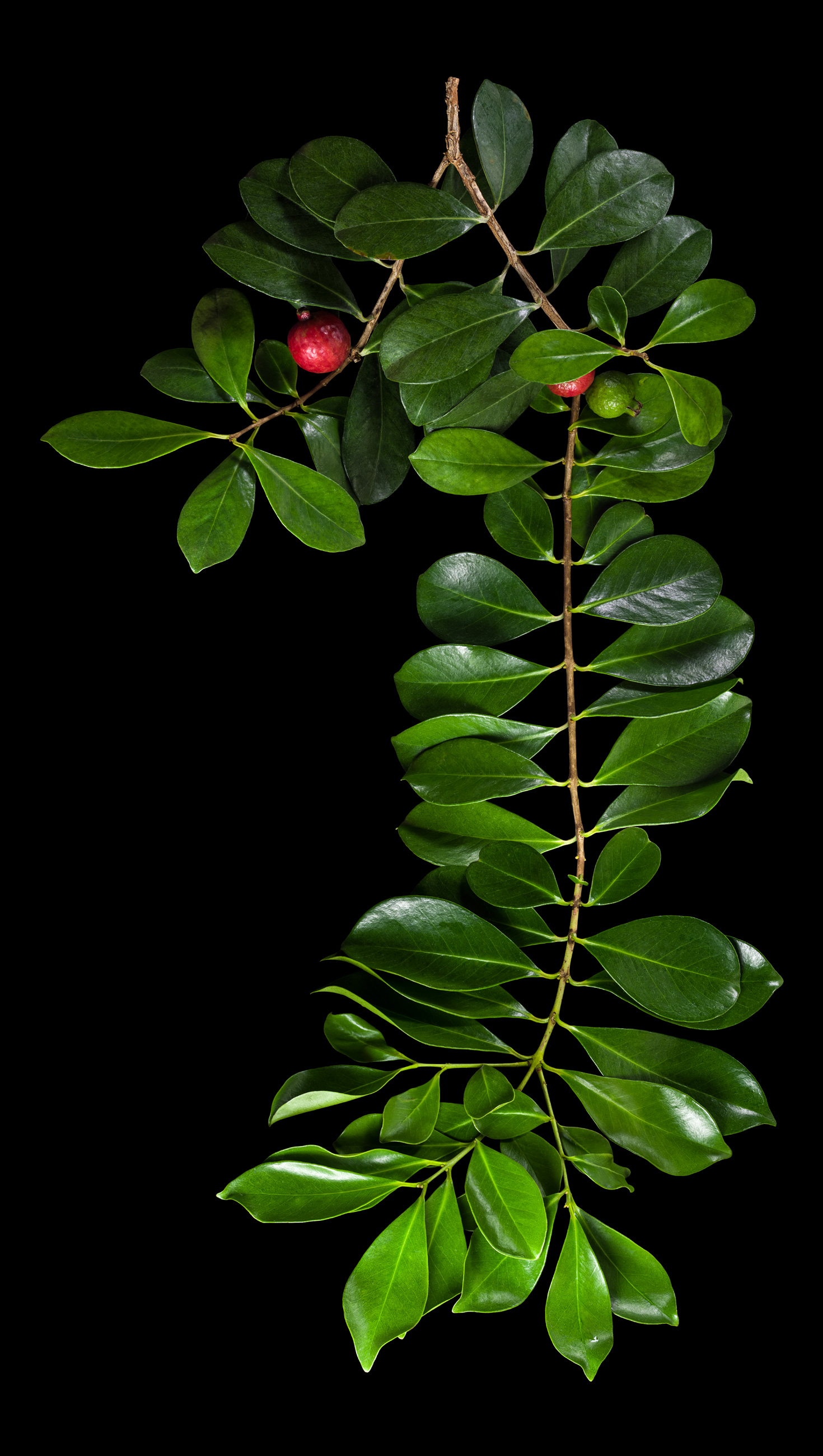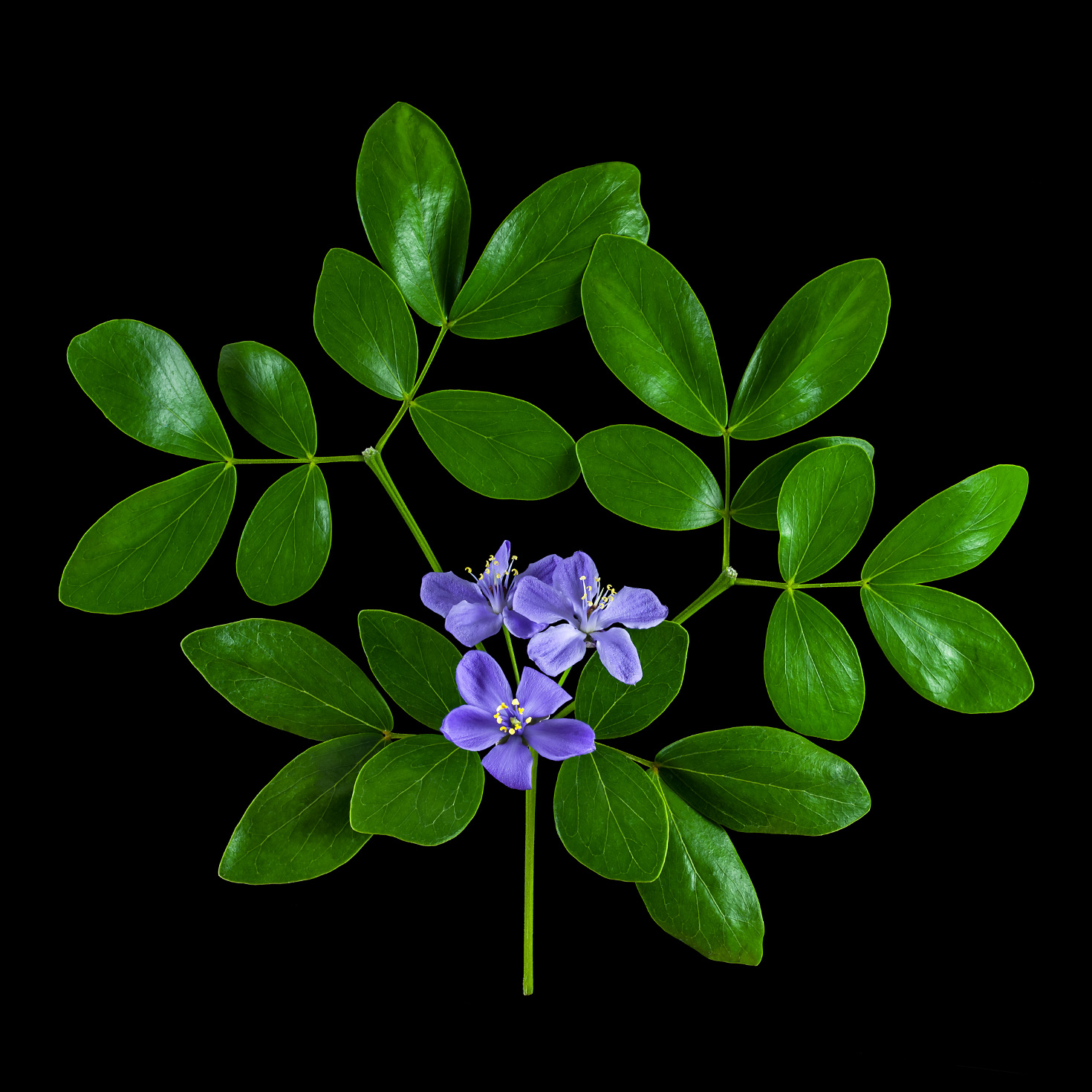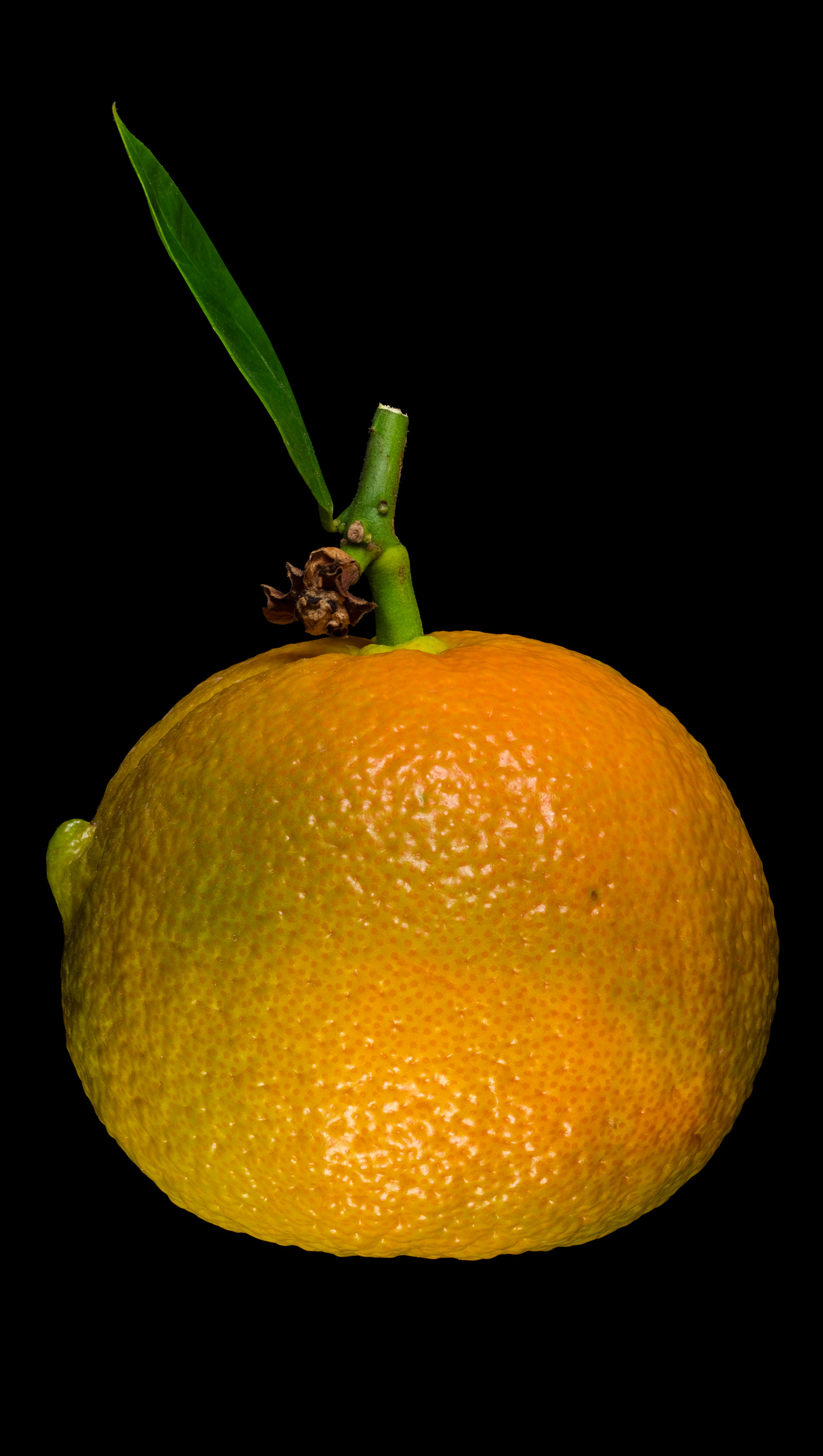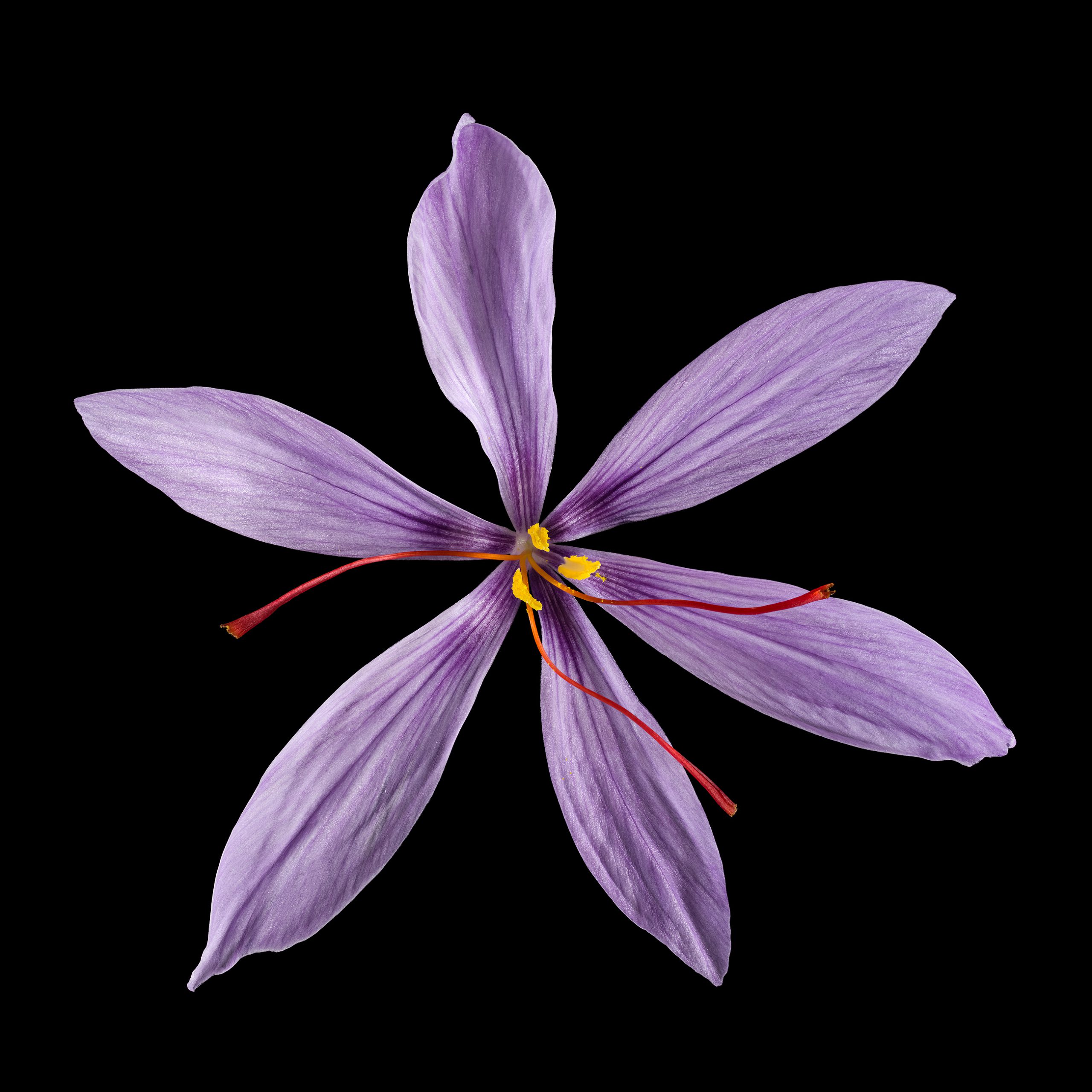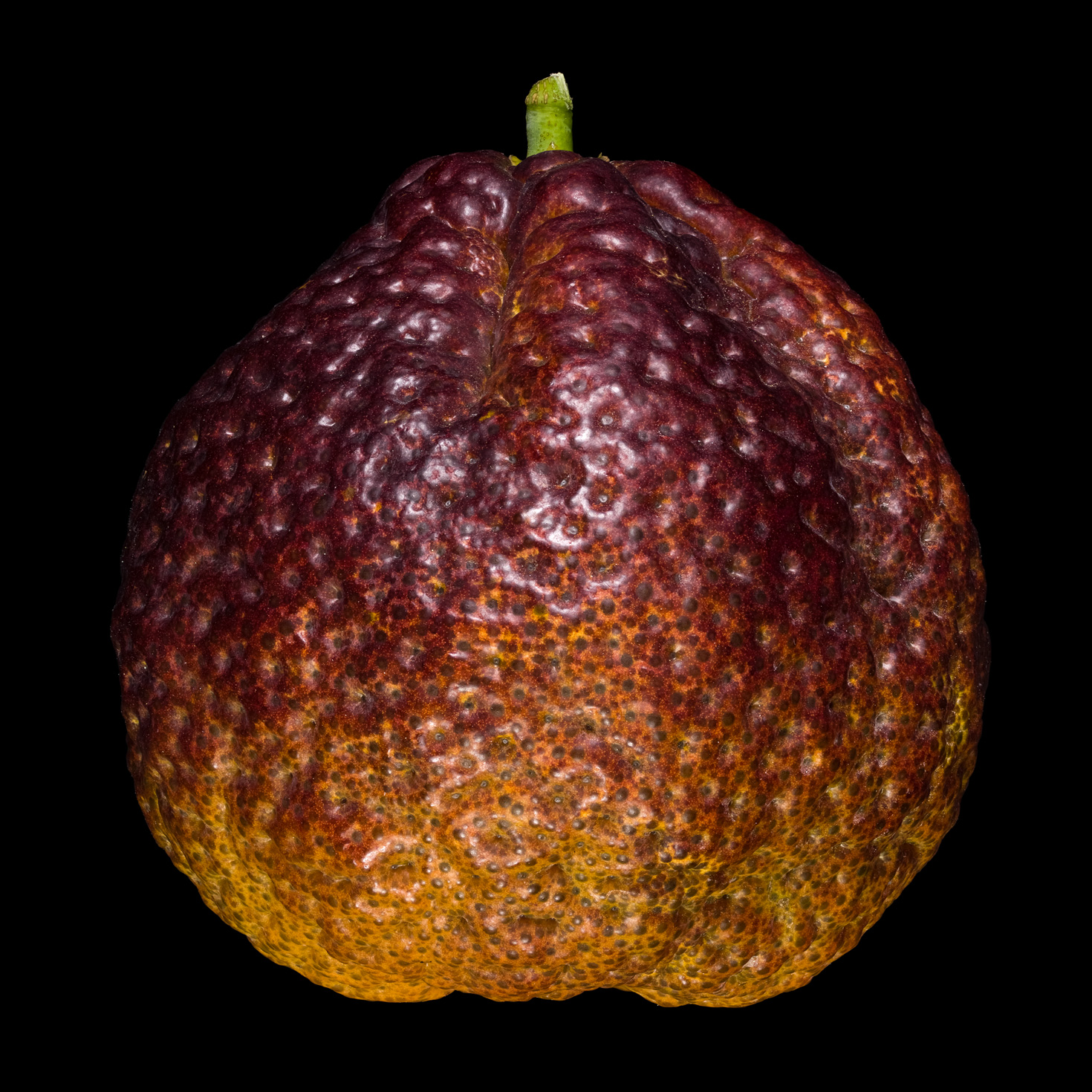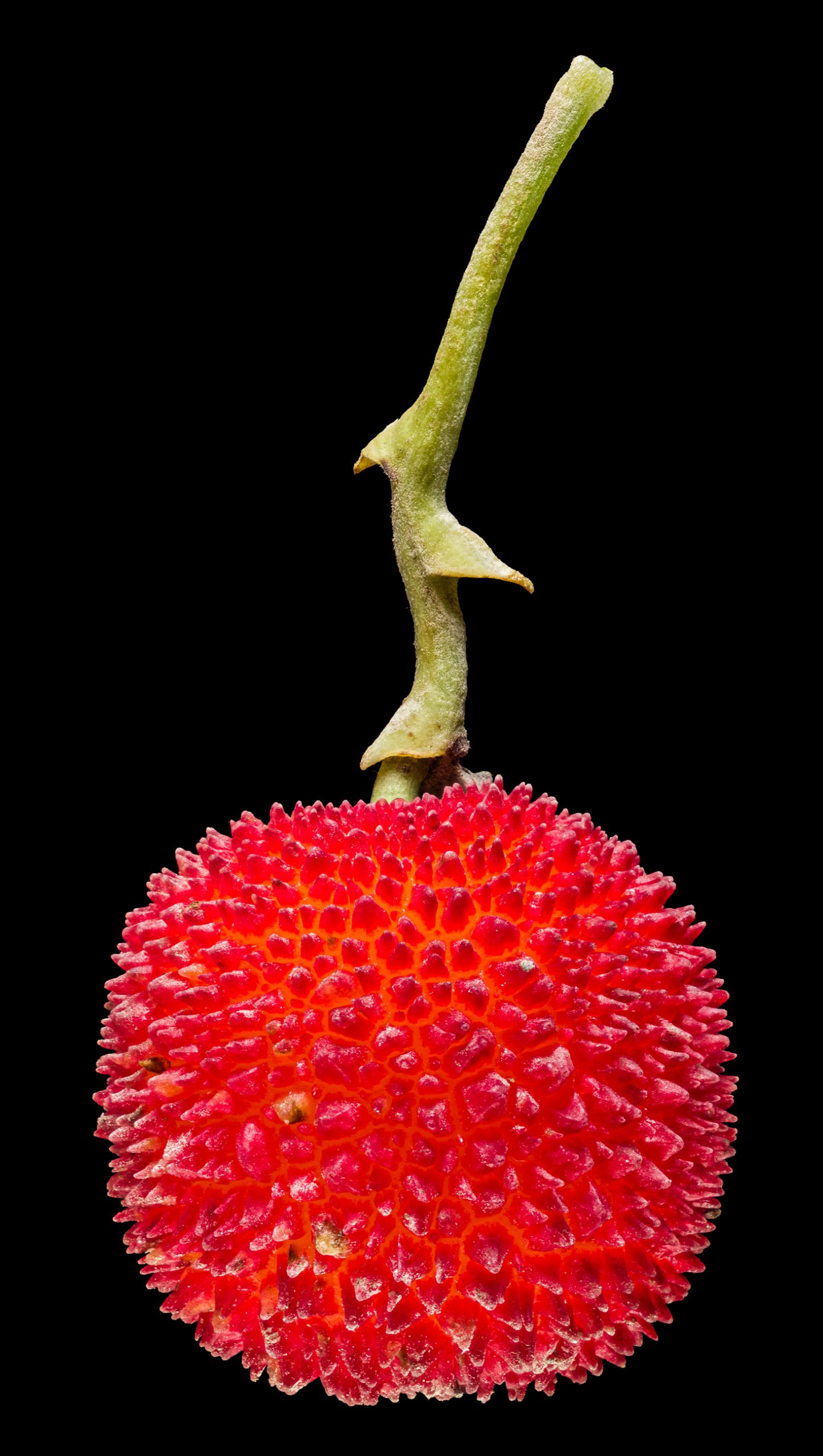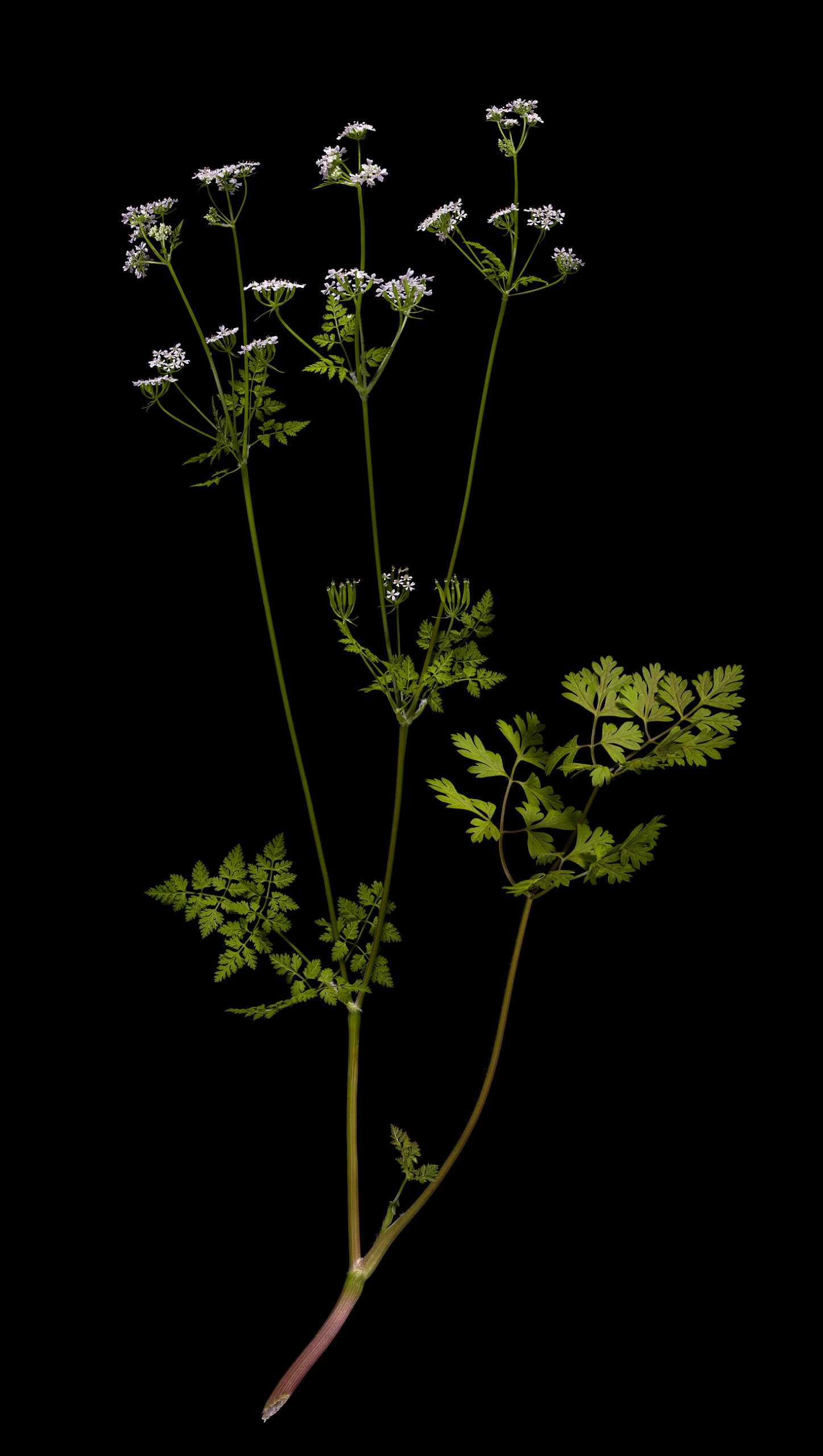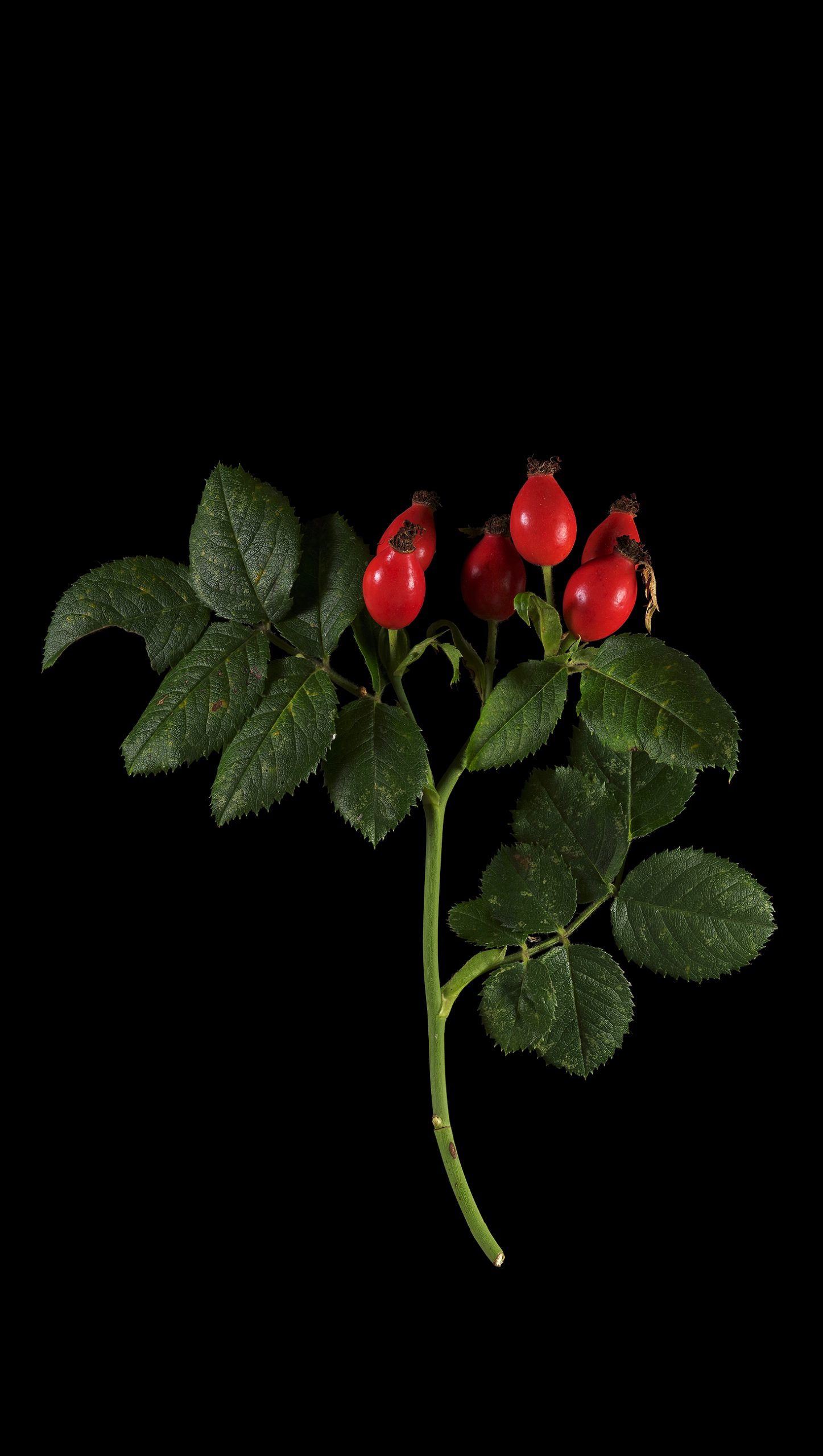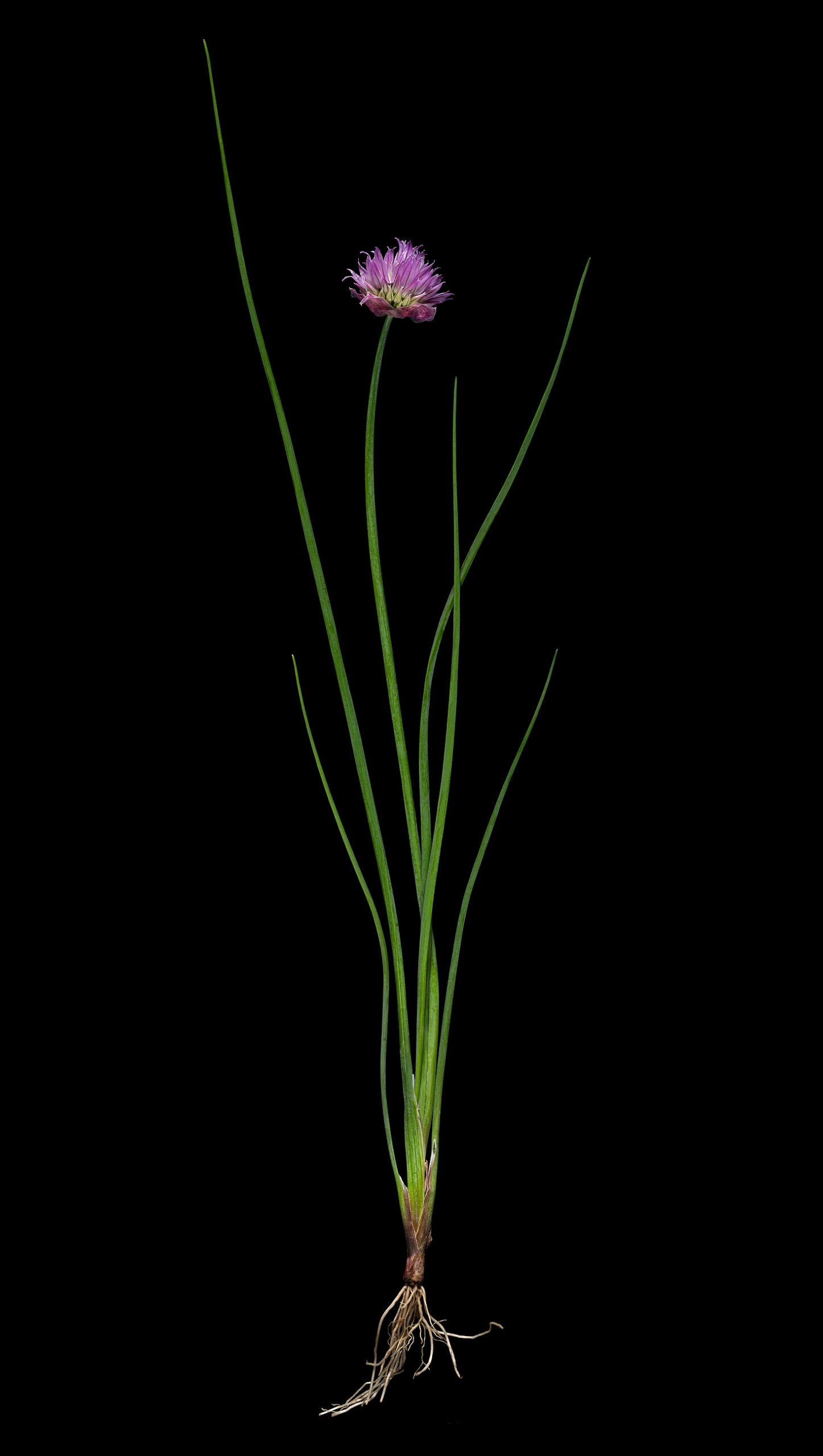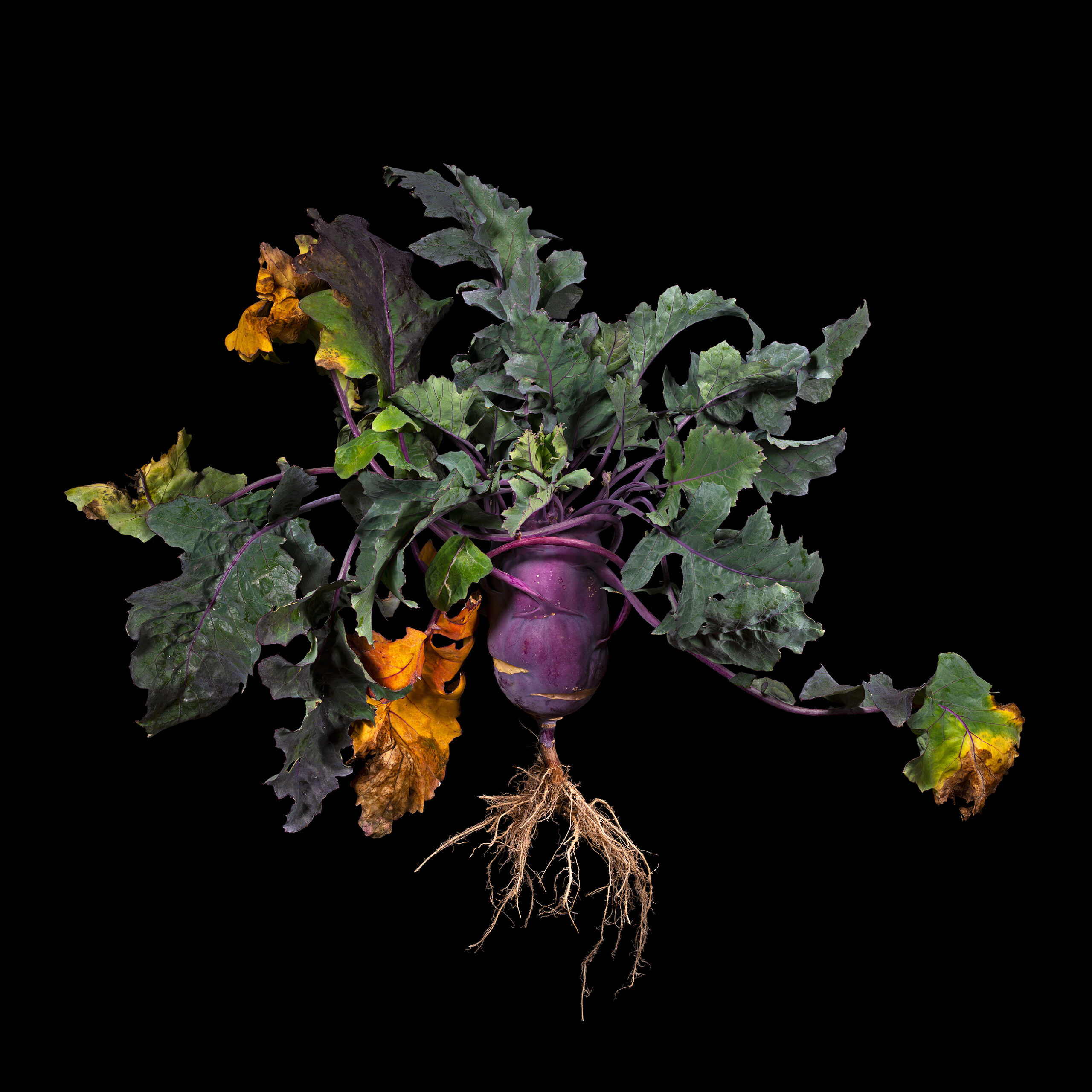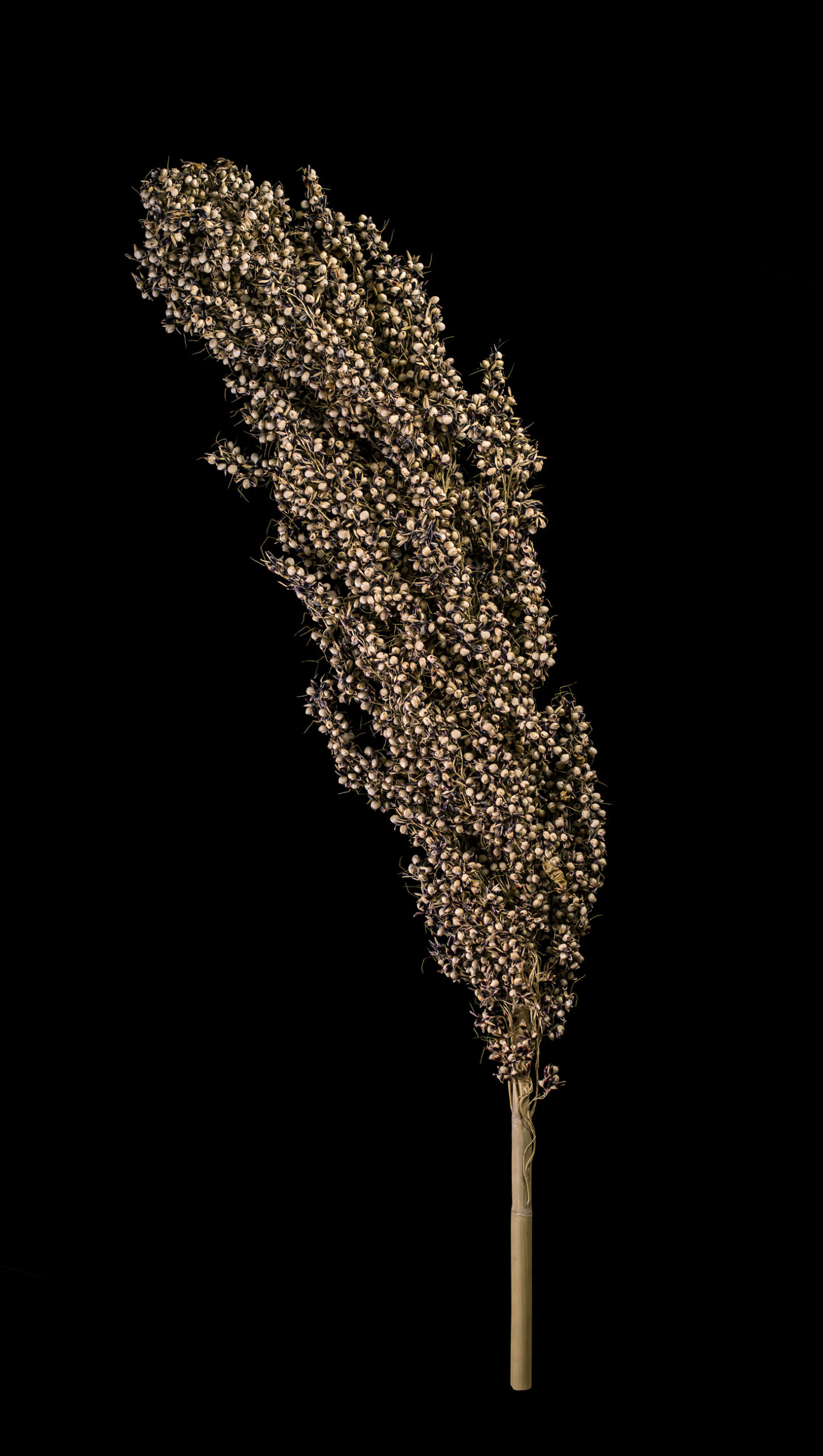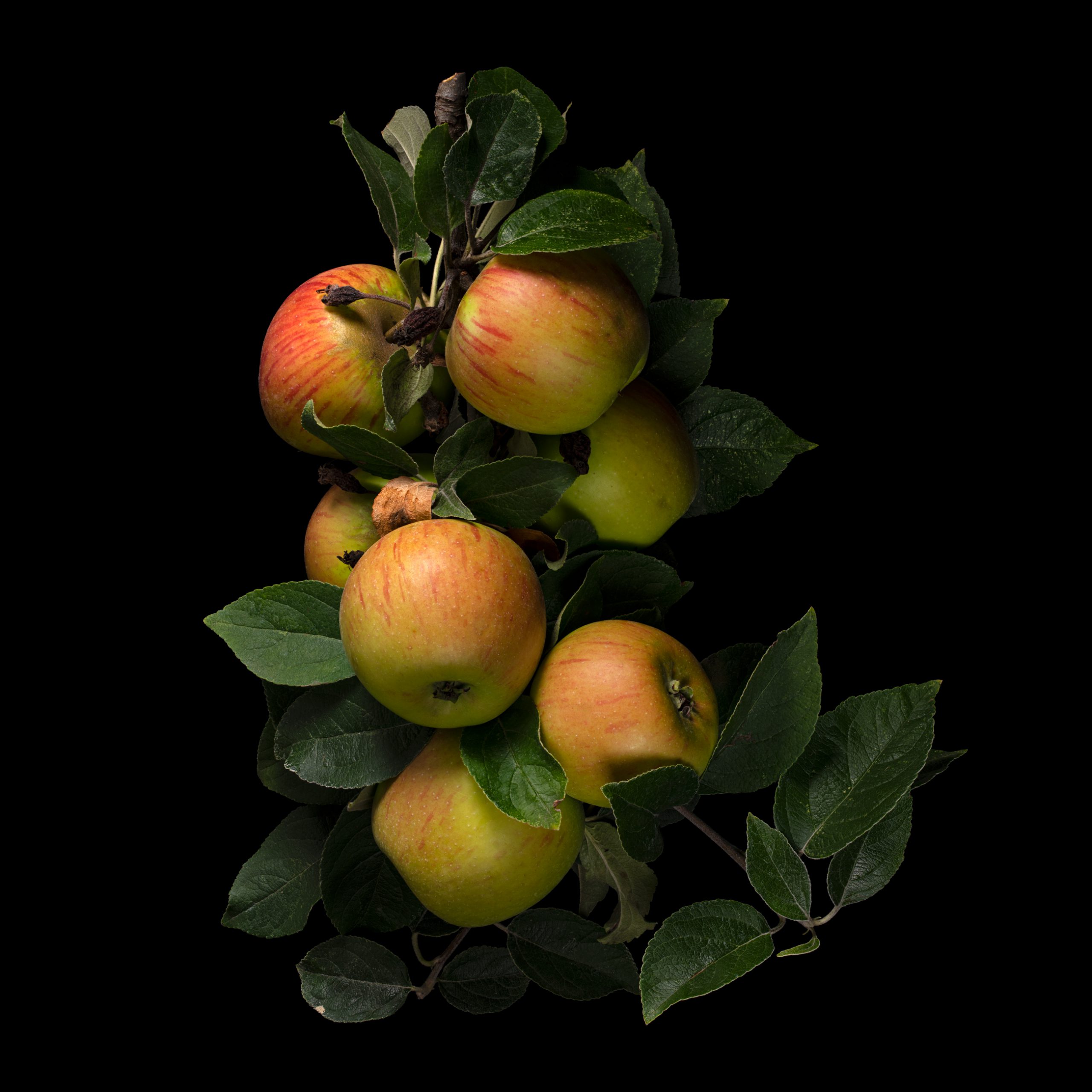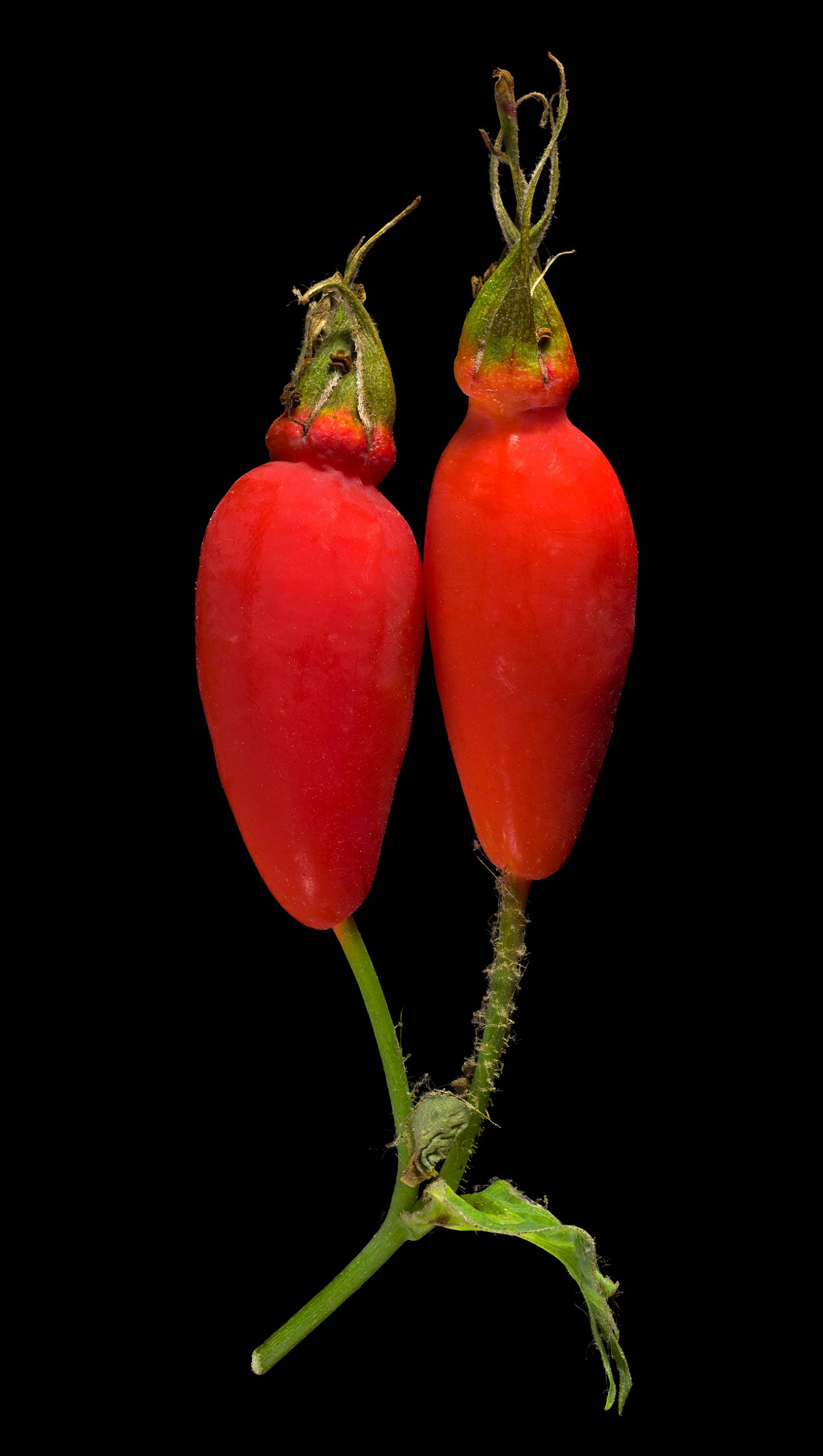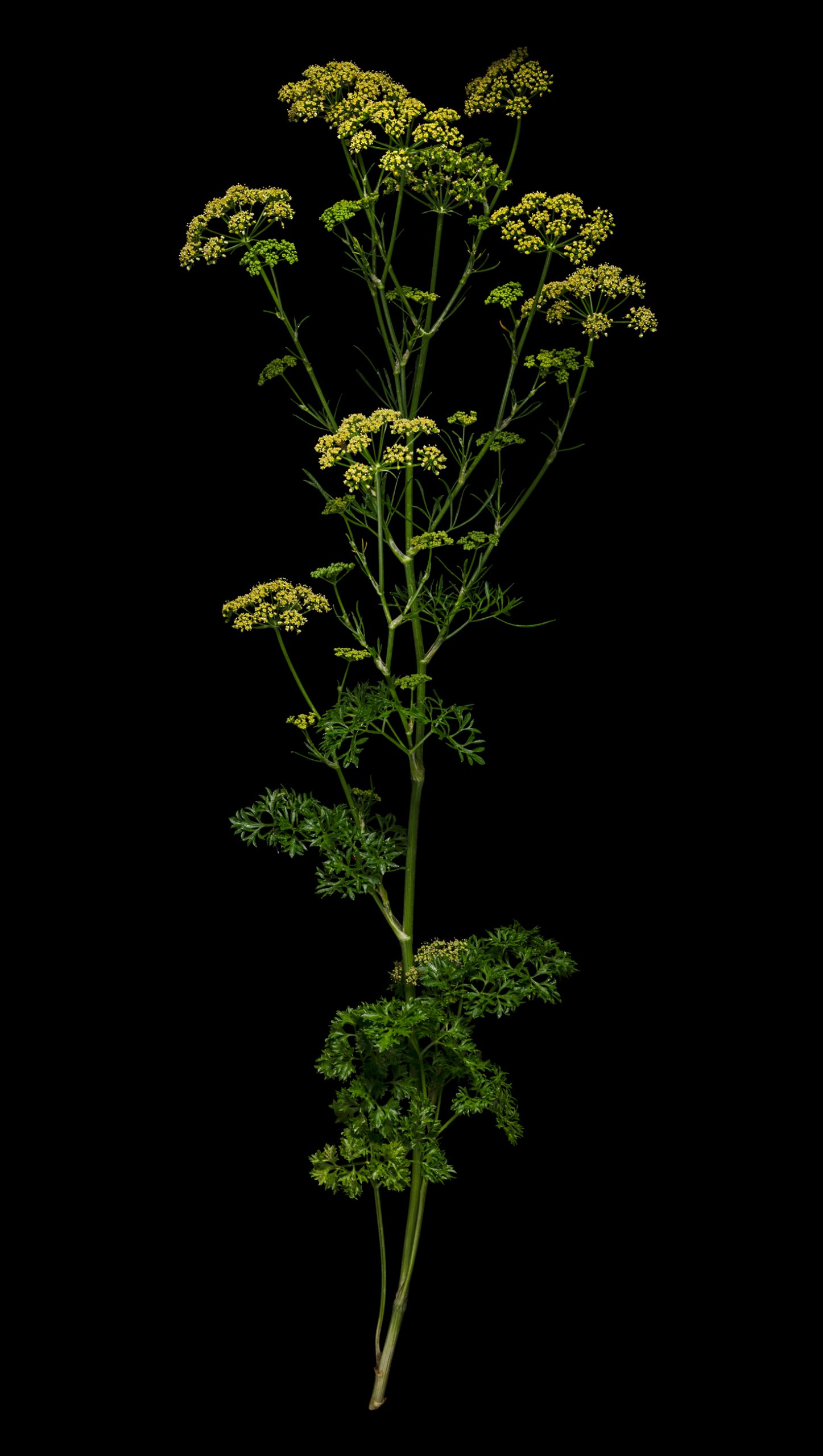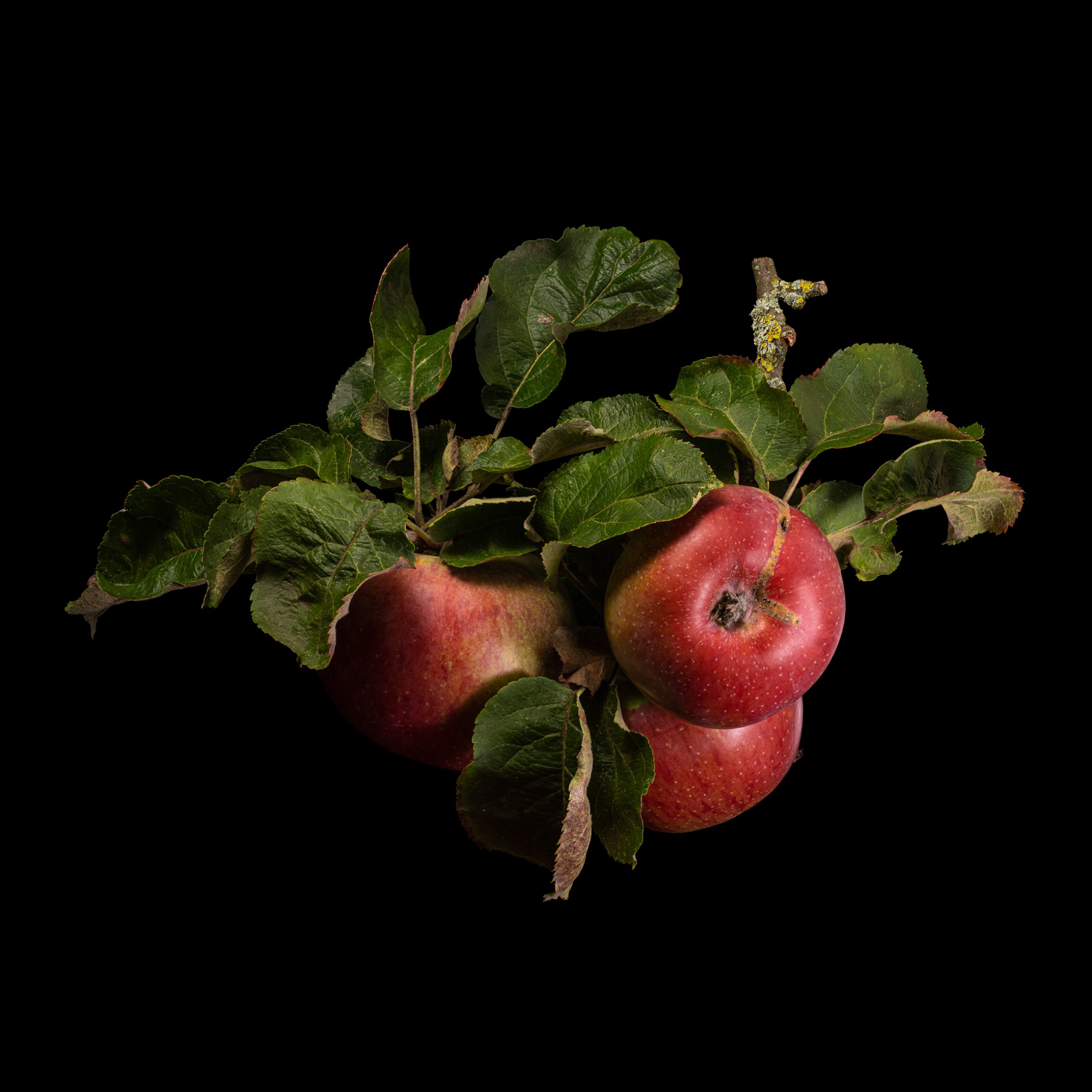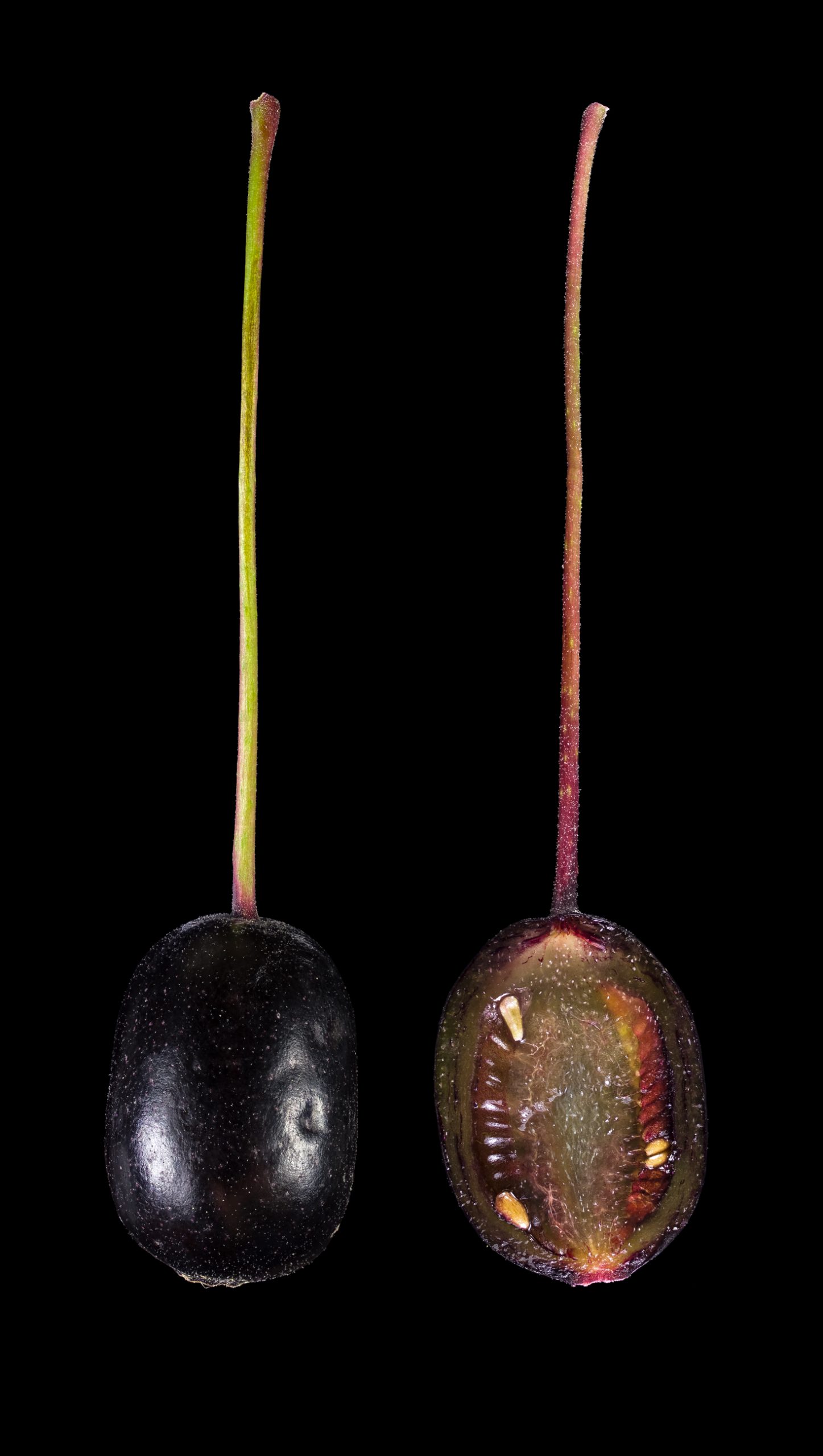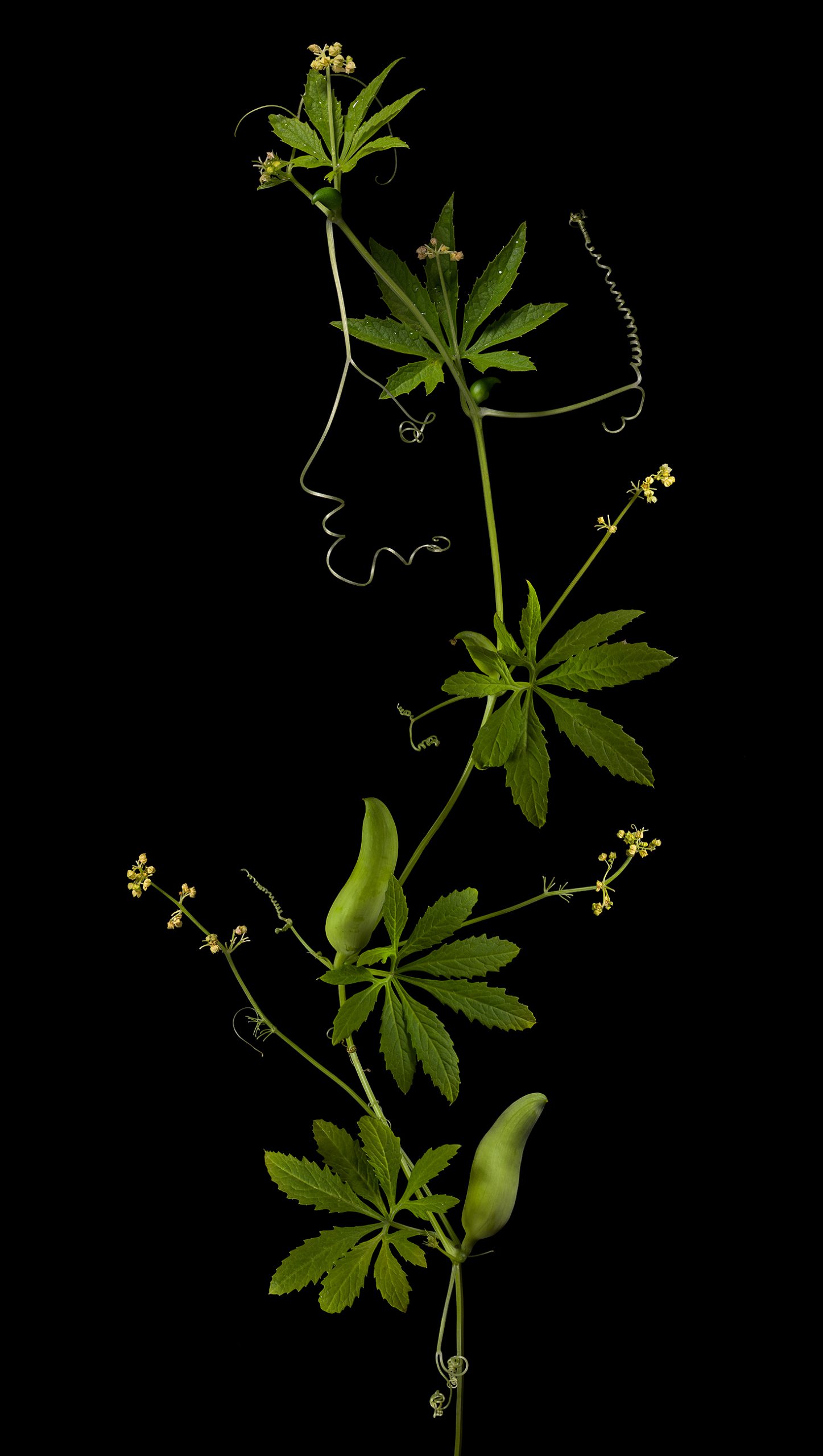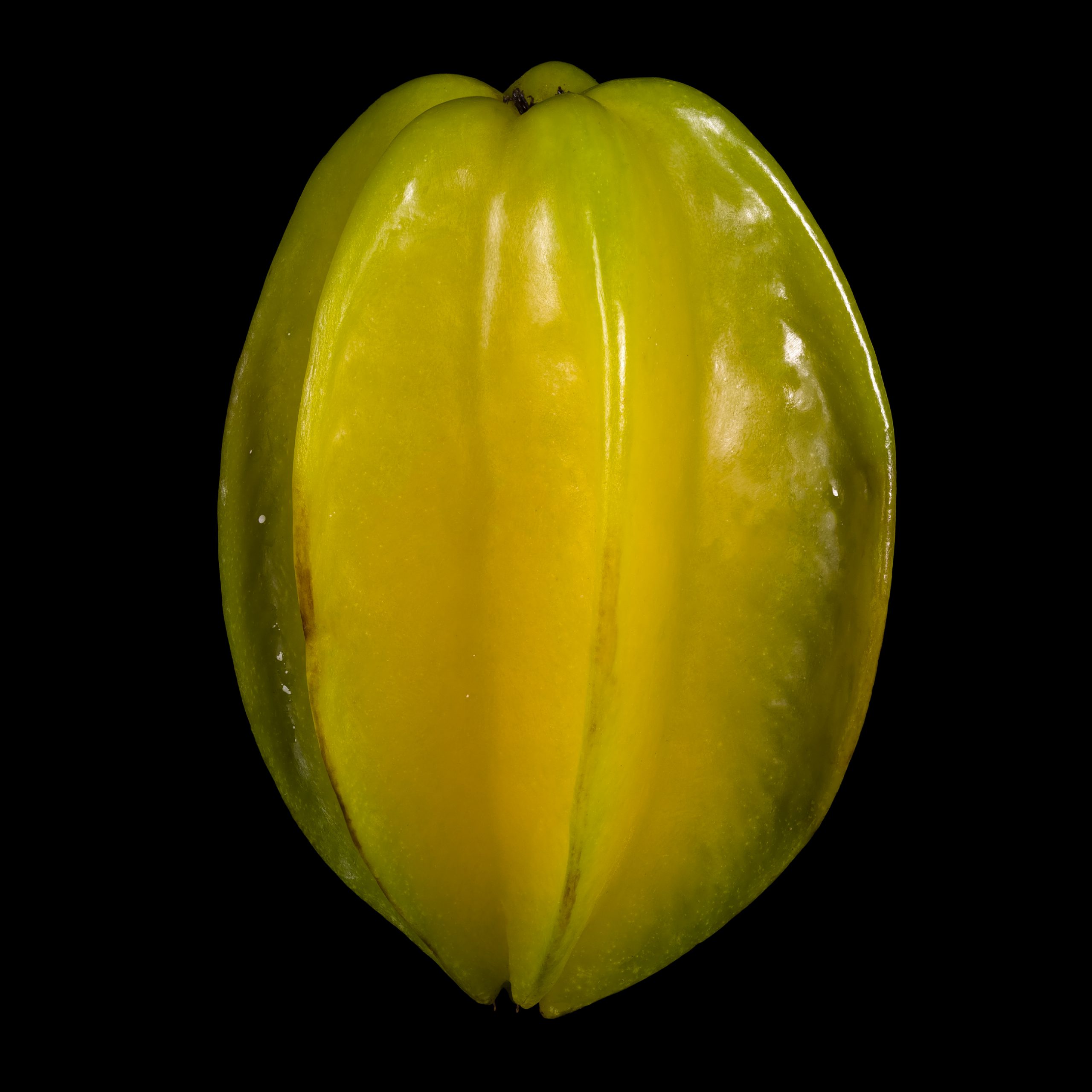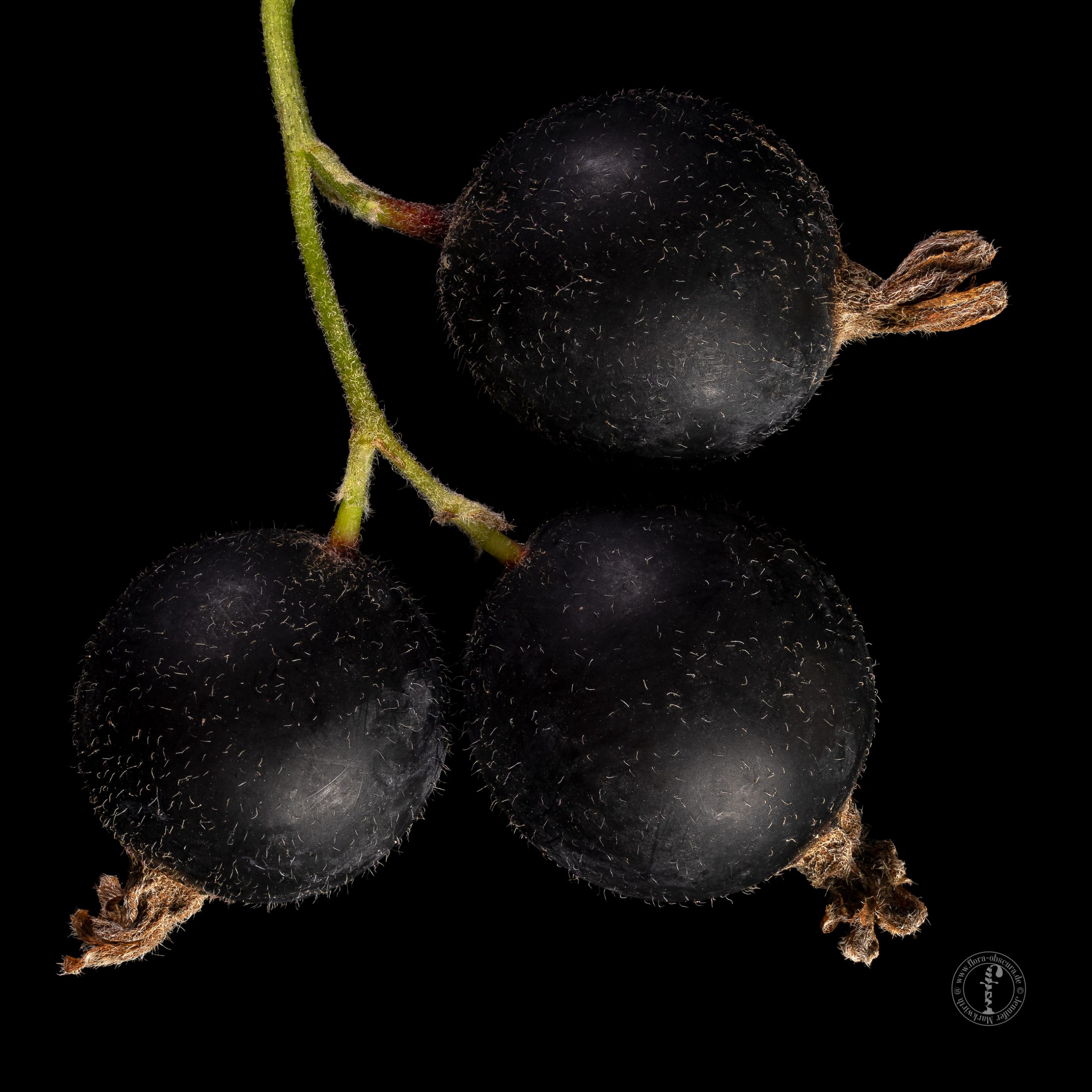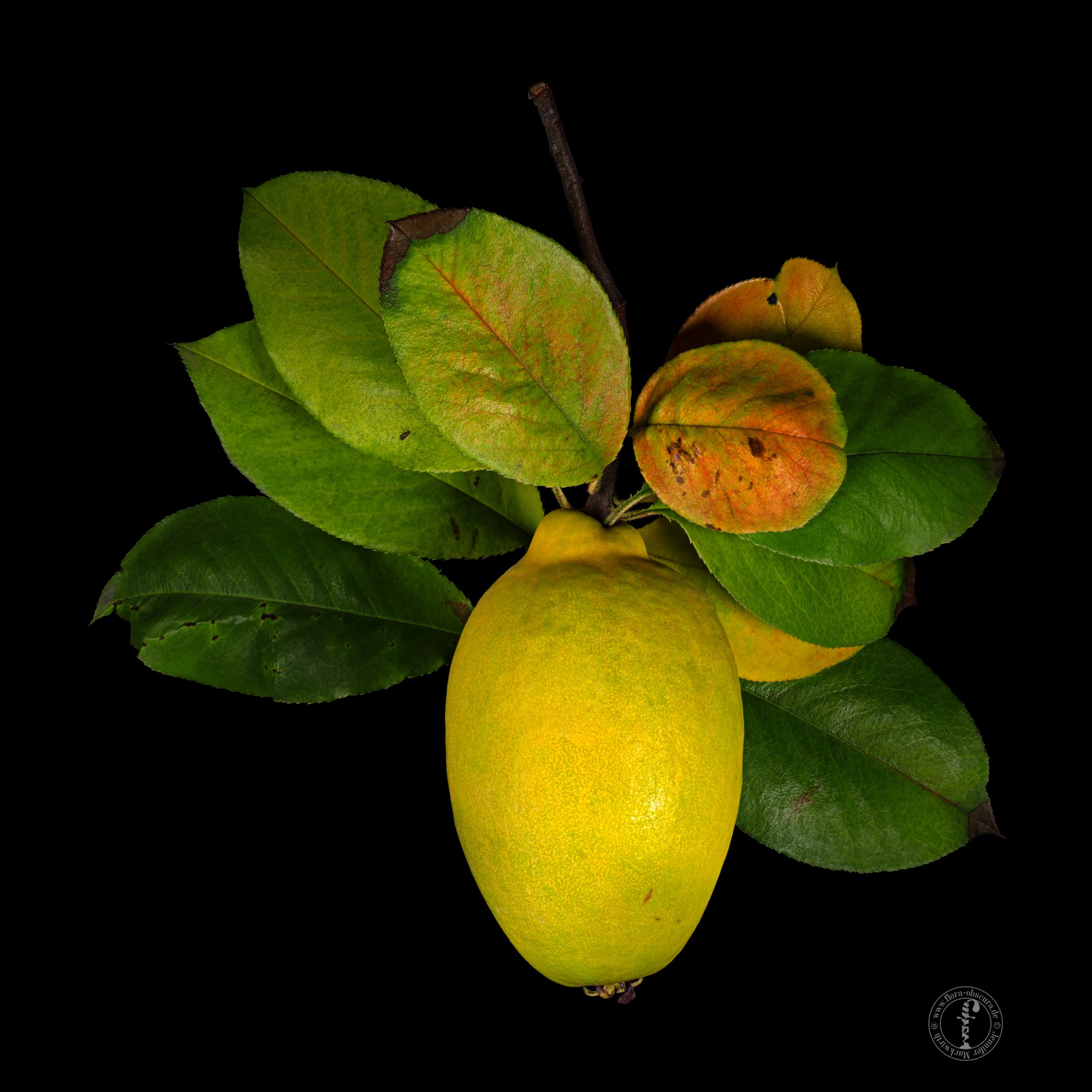Search Results for Botanischer Garten Frankfurt (FRT)
The red stone fruits can be processed well to juice, jam and syrup.
The small black seeds in the capules can be used as spices, they taste like a mixture of nutmeg and woodruff.
Under the slightly leathery skin is a soft, mealy pulp with a flavour reminiscent of mango and pineapple.
Hardy Begonia: Begonia grandis x Begonia evansiana Kitchen herb and decoration The pink flowers of Hardy Begonia are a pretty decoration in salad or - sugared- on confectionery. They have a lemony flavour. The yellow stamens of the male flower
The edible fruits of Sinofranchetia are very similar to grapes, but less sweet and with a little leathery skin.
The flesh of this persimmon reminded me of a dried date: it was brown and soft, tasted sweet, perhaps caramel-like, but unfortunately also „not quite fresh“.
The fruits are small, not particularly juicy and decompose easily, which is why they have not become established as a fruit plant.
The jelly-like fruit content, which surrounds the disc-shaped seeds, tastes sweet and is a small snack for anytime.
The seeds of the Black-caraway are mostly roasted. They are slightly bitter and spicy, with an unobtrusive aroma of cumin and roasted sesame seeds.
The “conspicuous” blackberry can be consumed directly from the bush as a soft fruit or processed into jam, jelly, liqueur, compote, sorbet and juice.
As soon as the small fruits of pheasant berry are ripe and therefore dark brown and soft, they taste intensely like slightly burnt (bitter) caramel.
Bog bilberries can be freshly taken from the shrub or processed into jam, compote, liqueur and wine.
If the seeds are not used for jewelery, they can be eaten like nuts. They are supposed to taste like pistachios.
Date plums can be eaten raw after frost destroyed their adstringency, but they are most eaten dried.
The local people like the fruits directly from the shrub, but they can also be processed to confectionery and fruit schnapps.
Winter’s Blackberry: Rubus winteri Not a winter crop Winter's blackberry, often called "winter blackberry", probably has nothing to do with the cold season. The "i" at the end of a botanical name usually refers to a surname and I suspect
The black chokeberry contains many vitamins and other important substances in such large quantities that it has also medical significance.
In Tibet, the roots are supposed to be eaten comparatively frequently as a nourishing root vegetable. They can be processed fresh or dried for later use. The leaves can be chopped (because they are very fibrous) and added as wild herbs in salads or steamed in oil.
This wild vegetable, which tastes like a mixture of celery, carrot green and parsley, is particularly popular as an ingredient for green smoothies. The tender leaves also refine salads or stews and spinach.
The crushed leaves of oregano should not be missing on any pizza and give many other dishes of Italian cuisine an unmistakable aroma.
The Ligiri, native to East Asia, carries clusters of small berries that taste bitter and tangy. They can be eaten raw or cooked.
The soft, juicy pulp tastes aromatic of fir, it is tart and resinous, yet very sweet.
After thorough cooking and rinsing, the flowers are also edible and are served with oil and salt.
Young leaves and stems are edible as vegetables, the small flower buds can be prepared like artichokes.
The flower bases of the buds can be eaten like an artichoke, but those of the carline thistle are much smaller and hardly productive.
The hairy fruits, which grow on very short stems almost directly on the branch, are juicy and soft, slightly sweet and tart.
Quinces are rarely eaten raw. They are mainly consumed as jelly, stewed fruit, mush, chutney, schnapps and „dulce de membrillo“.
The white, sweet-tasting pulp inside the pink five-leaf akebia fruits is best eaten while the fruit has not yet opened by itself.
Selected motifs in limited editions My hand-signed, limited edition fine art prints and other murals are best viewed at my exhibitions, listed below. Studio sales and shipping are also available upon request. The current list of works with prices can
Jennifer Markwirth Botanical Fine Art Photographer. Digital Artist. Writer. Inspired by the (ethno-)botanical collections entrusted to her care and supported by the botanical gardens of Frankfurt, Jennifer Markwirth has dedicated herself since 2013 to botanical object photography with the theme
Of all the yellow cherry varieties, this one is probably the best known and most common throughout Germany.
The tiny, lenticular amarant-seeds are extremely nutritious and contain a lot of protein. They can be processed into mash and various bakery products.
The whole herb is used with flowers and stems, both fresh and dried. It goes very well with potato dishes and legumes.
Redcurrants are processed to red fruit soups and summer pudding, juice and ice cream. And many more…
Like their red relatives, white currants are popular garden plants, but their fruits are sweeter.
Green Luobo can be eaten raw and when cut into thin slices is a decorative addition to a salad.
The last meeting with the botanist of Frankfurt botanical garden was in October, early in the morning at the entrance of the garden. Only the gardeners and botanists are allowed to pick plants here. It was cold, but the sun was shining.
The black skin is tough and tastes astringent, but the white, firm flesh inside is sweet and reminds of a grape or gooseberry in taste.
The purple or reddish, brittle cocoa beans are first fermented with the help of the sweet pulp for about 10 days, which reduces the bitter substances and slowly develops the typical cocoa aroma.
The fruits are juicy, which suggests a use for lemonade, marmelade and jelly.
Like many other mushrooms too, the coral tooth fungus is best fried and subtle seasoned with salt and pepper.
Larch liqueur or larch spirit can be produced from the pink, female flowers of the European larch.
Boiled, fried or filled and baked, the immature fruits are very appreciated because of their bitterness.
Pomegranate juice is obtained from these fruits, which is then processed into pomegranate wine and grenadine.
The unique taste compensates for the painstaking production of jelly and compote.
The fruits will probably only turn beautiful red when exposed to sufficient cold, otherwise they can remain yellow and look like ordinary lemons.
Cornelian cherries taste sweet, but also quite astringent when picked and eaten fresh from trees or hedges.
The finely chopped leaves of borage even taste good in fruit salad or can be made into a kind of spinach.
The highest importance has the aromatic oil, of course, in the perfume production, but also tea (Earl Gray and Lady Gray), confectionery and Lokum are flavored with bergamot oil.
The multiform Buddha’s hand is a special kind of citron.
Wild garlic can be collected in the spring from March to the end of April in many places in the forest. There it grows as a dense, dark green carpet.
In Italy, it is best roasted and spiced with Epazote.
Malabar spinach: Basella alba A rambling leave vegetable and thickener As the name suggests, the malabar spinach can be cooked like spinach. The leaves are used for this purpose. Since the cooked leaves assume a viscous consistency, they can be
Kumquats are eaten as a whole. They are sweet and tangy and very aromatic.
Specially from the immature fruit (as well from the leaves) of the bitter orange the aromatic oil „Petitgrain“ is won.
For lemonade, jam, sorbet, in dressings and as a spicy, souring ingredient in spicy as sweet dishes.
The abundant juice of unripe fruit is used for the production of lemonades or fruit juices.
Juice and fruit pulp can savoured fresh or processed to jelly and lemonade, if the bitterness is not unpleasant.
Peel and juice can be used like lemon, the firm flesh resembles the grapefruit, but somewhat more acid.
The Magenta Lilly Pilly is usually eaten raw, but can also be processed to a jam
If the rough leaves are rubbed, an intense, fresh lemon aroma spreads immediately.
Just like fruits, such arilli can be very fleshy and taste sweet.
Aloe vera has been used for some time past in green smoothies, shakes, cocktails, ice cream, desserts and for some other purposes, although the plant is said to be poisonous.
Dispite the striking strawberry-like fruits, the strawberry goosefoot is a leafy vegetable.
The intense pink color of this fruit, especially of the fruit flesh, is a challenge for the eye and for the camera sensor.
This cultivation of hemp is useless as a drug crop, but as a food plant the more valuable.
The tubers of this Yam grow far above the ground in the leaf axils of the liana. Nevertheless, these can be quite large and heavy.
The Shaggy mane is one of the few mushrooms for which no trip into the forest is necessary to collect them, because they are in our midst – even in big cities.
The black-brown seeds can be used as pseudocereals similar to quinoa, for example boiled as a porridge and grounded to a flour as addition to baking flour.
The fresh, yellow fruits still taste astringent. Only in the brown, overripe fruits are the tannins degraded and the honey-sweet, caramel-like taste dominates.
The list of preparation options for eating chestnuts is long…
Common buckwheat: Fagopyrum esculentum More than just ``Poor man's food`` An important identifying characteristics of the common buckwheat that differentiats from the other buckwheat species is the red stem. Because gluten is absent, buckwheat can not be used alone for
The shoot tips and the young leaves can be used raw in salad and boiled like spinach.
It is cut into small pieces for seasoning, especially for salsas.
In contrast to other types of lime, kaffir limes contain little juice, which is why the use of the essential oils in the dish is the focus.
They are mostly cooked along with the other ingredients as a whole, so that they release their abundant aromatic oil, but the leaves are too leathery to be eaten.
The approximately 3-4 cm long, round-oval berries of the mouse melon resemble tiny water melons with their light and dark green mesh pattern, but they taste intensive like cucumbers.
The Tartary or India buckwheat can be used like the common buckwheat.
The leaves of the meadow sage are used like the common sage, but they are milder.
The Eastern black walnut is used in the USA as in Europe the common walnut.
The calamondin has a thin, sweet peel and sour pulp.
The fruit is very thick-skinned and also resembles the size of a citron.
The perettone citron is certainly one of the ornamental varieties among the citrus plants, but the fruits should be candied or made into jam.
The small white tubers have boiled about the consistency of marzipan and a pleasant nutty flavour. They can also be eaten raw, roasted or pickled.
The extraordinary taste reminds of the resin from conifers compensates for the low yield.
The mature, fleshy single fruits of the infructescence is sweet and can be eaten directly or processed into jam.
In their original habitat, the immature fruits are eaten pickled or steamed.
The huge citrons have little fruit pulp and a thick peel (the white albedo), which is usually candied and added to bakery for seasoning.
The fruits of the Florentine citron are hanging on the branches like an upside down pear.
All parts of the tree smell of garlic and are used locally as a spice. Leaves are cooked as vegetables.
The leaves, which are used as kitchen herbs, smell and taste a bit like mint, parsley and tangerine.
The approximately 1 cm small fruits of the Hong Kong kumquat are the smallest citrus fruits in the world. In principle, they are edible, but they have little to offer because there is almost no flesh.
The field or meadow mushroom is spread around the world in temperate areas and likes to grow in fairy rings on meadows and fields.
The leaves can be eaten raw or cooked as leaf vegetables such as spinach. The black-brown seeds can be used as pseudocerals.
Mainly, the bizarre fruits of the bitter melon are used, but the leaves are also edible…
The red tissue, which encloses the poisonous seeds, tastes very sweet.
The very firm, pleasant-smelling and astringent tasting fruits can be cooked and then juiced. For example, a jelly can be prepared from the juice.
The fruits of the childing orange are “pregnant” with another fruit: in the interior grows a smaller fruit, along with a peel.
Brown gram: Vigna mungo (seeds) Used since ancient times The small, dark Brown Grams have been cultivated in India for 3000 to 4000 years. They are cooked in a whole, halved (separate cotyledons) or sprouted. Dried and processed into flour,
The horned cucumber or african horned melon is indeed related to cucumbers and melons. The green jelly inside tastes like a mixture of both, it is a bit sweet and has little acidity.
The name „Amanatsu“ means „Sweet Summer“. The sun-yellow fruit is about the size of an orange. In Japan iIt is eaten fresh or processed into jam, juice, ice cream, liqueur and wine.
In addition to the small, dark black grams, the immature, green pods are also edible as fruit vegetables.
Strong fragrant rose varieties have long been cultivated for the production of rose oil, which is not only used in perfumes, but also in some liqueurs and sugar confectionery.
The variety ‘Rotonda bianca sfumata di rosa’ is found in the trade quite rare, typical in our (European) view are the black varieties.
Flowers and leaves give a good, fresh and decorative kitchen herb in salads, whose taste is not particularly reminiscent of the flowers odor.
A mash can be prepared from green rice and it is used as a coating for frying. With sugar, green rice can be cooked to brittle.
The beads refine or decorate sparkling wine, desserts, sushi or wherever a sour, fresh citrus flavour is welcome.
This red-fleshy variety with the reddish peel is very delicious!
The leaves taste like a mixture of caraway, mint and lemon.
The Pear lemon is a Lumia cultivar and therefore a hybrid of Pomelo, Lemon and Citron.
The cross section shows that ripe fruits of this variety no longer contain fruit juice.
Even if the fruits are not productive, they can be eaten fresh from the tree or processed into jam, compote and liqueur. The beautiful flowers can decorate dried tea mixtures.
This crab apple can be used in a similar way to most mealy and low acid apples, but above all it can be eaten fresh from the tree.
In times of need, the seeds were used to produce a flour substitute.
The flower sprouts of bath asparagus, which look like green corn ears, are edible and are prepared like green asparagus or eaten raw.
Dried seeds are ground into a brown paste, mixed with cassava flour to form “Pasta Guarana” and sweetened as a stimulating drink, similar to coffee or cacao.
The large, delicate leaves of the Mexican pepper tree have a complex aroma that is reminiscent of the berries of black pepper.
The smaller, thin-peeled fruits of Meyer lemon taste very intense and are not as sour as many other varieties. At the same time, they are very juicy.
In addition to pepper mixtures, pink pepper berries are sometimes found in chocolate, which gives them a slight pungency and a peppery aroma.
The kernel (nucellus) contains a lot of starch (and vitamins), so that a flour can be obtained from them after roasting, with which flat bread is baked or crackers called „emping“ are fried.
Billberry cactus has an impressive growth height of up to 4 meters, and yet it produces only very small, sweet tasting fruits.
If the sponge gourd, which is also called vietnamese luffa, is still immature, its net-like tissue is not yet lignified and therefore soft and edible.
This huge citrons have little pulp and a thick peel (the white albedo), which is usually candied and added as “succade” to pastry.
Only the green, knitting needle-like leaves are used. These can be eaten raw or blanched and fried. The leaves remain crisp and taste slightly salty and very aromatic.
The grains are edible raw and cooked: crushed into porridge or ground into flour from which bread can finally be baked.
Together with extracts of other flowers, violets form the basis of the violet liqueur “Parfait Amour”.
Welwitschia is not a real food plant, but in emergency situations (getting lost in the Namib desert) the core in the flower axis can be eaten raw or roasted.
The value of the furrowed lemon does not lie in their yield, they are more regarded as ornamental fruits. Nevertheless, this variety is edible like common lemons: as lemonade, jam and much more.
This berry of Harrisia pomanensis is not only visually reminiscent of pitayas, but also in taste and consistency.
Finely chopped, creeping cinquefoil is suitable as a seasoning herb in salads or dried in herbal salt. In summer the fresh flowers can be used as edible decoration.
This strange bitter orange variety stands out for its furrowed skin, but is consumable like most other bitter orange varieties.
The fresh flowers are often used in different countries as aromatic inflorescence vegetables or for jam.
The leaves of the black locust contain toxins, which is why they should only be eaten properly cooked!
As long as they are very tender and have barely broke through the soil, the shoots can be prepared as bleached vegetables such as asparagus. Aboveground shoots can be eaten like rhubarb as long as they are not too woody.
From rose hips a fruit tea can be prepared as well as jam („hagebuttenmark, buttenmost“) . Dried and ground, they even can be used as a flour substitute and can be mixed with flour.
The deep purple, black-looking flowers, however, taste very sweet due to the rich nectar they contain, so that they can be nibbled or used well in tea and on desserts.
Fruits and leaves of „Monk’s pepper“ work as spices. Especially the hot tasting fruits can be used as a pepper substitute.
The bulbils are only about 5 mm in size and the onion is edible (stems and leaves are too tough) and taste like chives, often the taste is described similar to garlic and can replace it.
Despite its numerous uses, which are also used for medical purposes, Job’s tears are not very popular compared to other cereals. The cultivation is even declining.
The milk thistle is extremely thorny, but culinarily it is like a small artichoke: The base of the bud is edible.
In addition to the flower buds of milk thistle, which are comparable to artichokes in culinary way, the large, wavy leaves with numerous thorns are also edible.
The jelly palm has delicious orange fruits with a seed that looks and tastes like a mini coconut.
The green walnut is the unripe walnut fruit (J. regia) harvested before St John’s Day on 24 June which is processed into a delicacy.
The fruits grow in compact bundles and have a leathery, pale brown skin. The flesh is mainly eaten raw, but can also be processed into compote and canned foods.
The plant with the beautiful name „fish mint“ has a quite unique, strong taste, which certainly not everyone likes.
Miracle berry has a unique effect on our sense of taste: it superimposes taste impressions in a way that everything is perceived as being sweet.
Kumquats are eaten as a whole. They are sweet and tangy and very aromatic.
The whole herb, including the deep purple flowers, can be eaten raw as a salad or cooked as leaf vegetables.
The fruits are sweet and have a very aromatic taste. They are best eaten raw.
The flower buds or flower bottoms of the burdock are edible like the artichoke. The young leaves are edible as wild vegetables.
The small kiwi berries are in their anatomy miniature editions of the common kiwifruit (A. deliciosa) and also have the typical aroma of the large fruits.
Despite its higher juice content, Chinese citron can be used in the kitchen like other varieties of citron, such as succade or jam.
The cultivar ‚Santa Barbara‘ is orange in colour and has a perfume-like aroma and a slightly soapy taste.
Beech can be used in many ways: the fruits called “ beechnuts “ as nuts or oil fruit and coffee substitute, leaves as salad, wood as smoke aroma.
The lanceolate, small leaves with the silver hairs can be prepared as tea, which is said to be more delicious than the classic tea.
Cattley guava has spherical, red berries that can be eaten fresh or processed into juice, jam and sorbet.
The fruits of the horned bitter orange bear one or more conspicuous bulges that can look like horns.
If the myrobalan plum is not eaten raw, it can be processed into compote and jam.
Zwetschgen are eaten fresh, processed into zwetschgendatschi tart, schmootsch and as dried fruits.
Saffron, the „red gold“, is a spice extracted from the flowers of the saffron crocus.
As with blood oranges and the red lemon, there are also red pigmented variants of mandarins and clementines.
Eat the young leaves and the unopened flowers, which can also be used as a substitute for capers.
The round fruits of the Turkmen pear look more like small apples, but the flesh contains the stone cells typical for pears
All parts of meadow clover are edible, and a flour made from the ground leaves tastes of vanilla.
Rosemary is an important kitchen herb and spice. It is a component of the herb mixture „Herbs de Provence“.
The berry tastes sweet, hardly sour and has no characteristic aroma.
Chervil tastes like aniseed or tarragon. It is used to season soups, salads, sauces and herb butter and is one of the seven herbs in Frankfurt’s green sauce.
Rosehips can be used to make fruit tea and Hagebuttenmark.
Chives are finely chopped or cut with scissors, and are used in herb butter, sauces and various other herbal preparations.
The kohlrabi stem can be eaten raw and cooked, for example diced and steamed or boiled.
The protein (gluten) it contains is not said to have good adhesive properties, but black emmer wheat is nevertheless suitable for baking bread and pastries.
Sorghum is a staple food in parts of Africa (especially West and East Africa) and India.
The King of the Pippins is low in acidity and tastes sweet, and for a long time this cultivar was considered one of the best apples in the world.
North American natives made tea from the leaves and also ate them as a salad. The inner bark was smoked like tobacco.
The colourful fruits of Amur peppervine taste predominantly sweet. They have no intense taste and no acidity.
Parsley is used as a fresh, aromatic kitchen herb, added to savory cold dishes or stews and sauces just before the end of cooking.
The ‚Anhalter‘ apple variety is classified as a cider apple. It has a high tannin content and is therefore particularly suitable for the production of cider and apple juice.
The fruits of the scarlet fuchsia are edible, taste sweet and a little pungent.
Almost all parts of the beautiful and fast-climbing stuffing cucumber are edible
This is FLORA OBSCURA "I think that edible plants - whether wild or cultivated - are the most valuable treasure of humanity. And that's how I want to present them: like precious jewels on black velvet." How are the images
The carambola or star fruit is often used for decoration at buffets or in cocktails.
The black, round berries with white little hairs are best eaten fresh as soft fruit, but they are of course also suitable for making jam, jelly, juice and liqueur.
In their East Asian origin, the fruits are chopped up and drunk as fruit tea, or they are made into canned goods.



